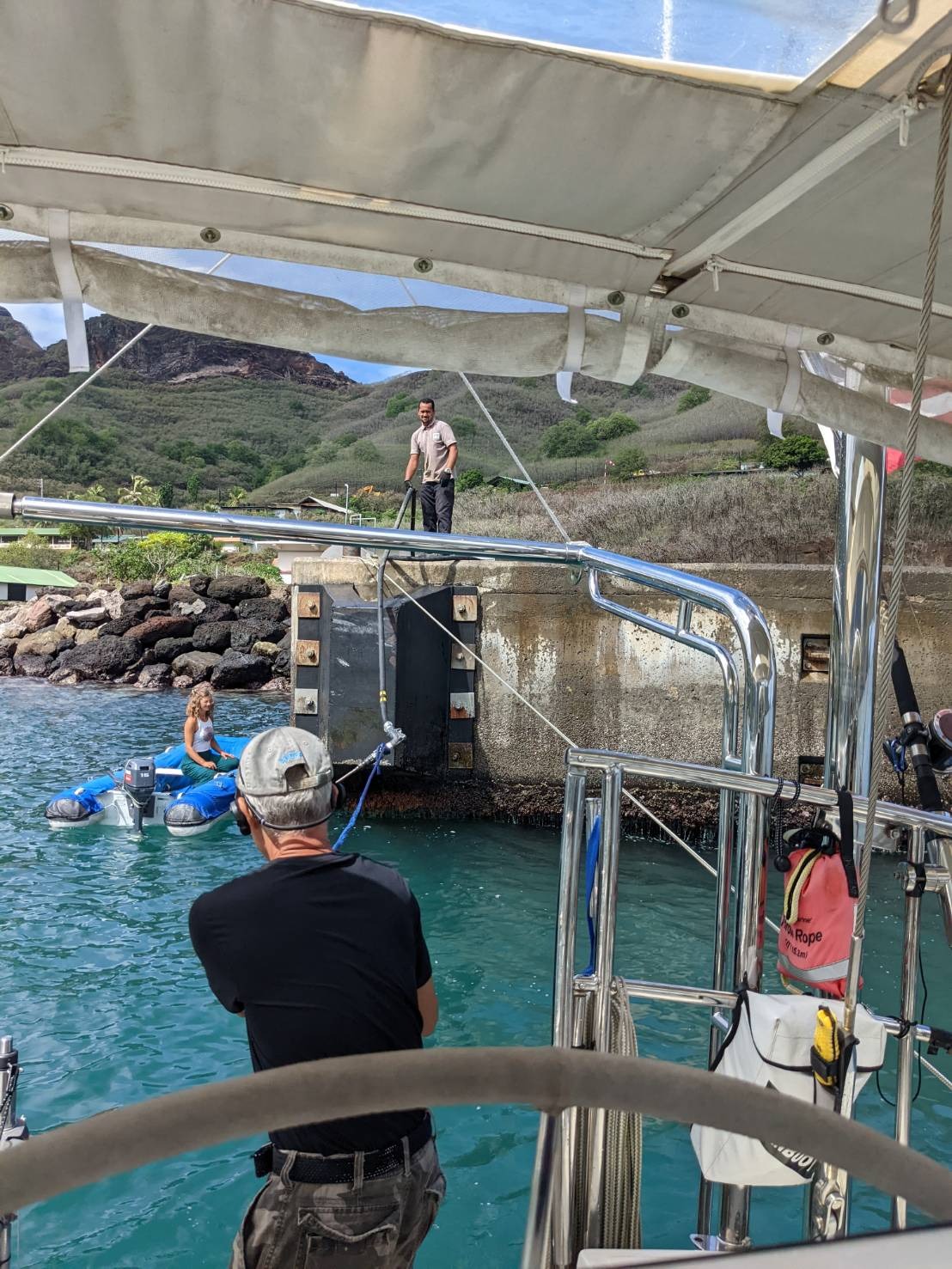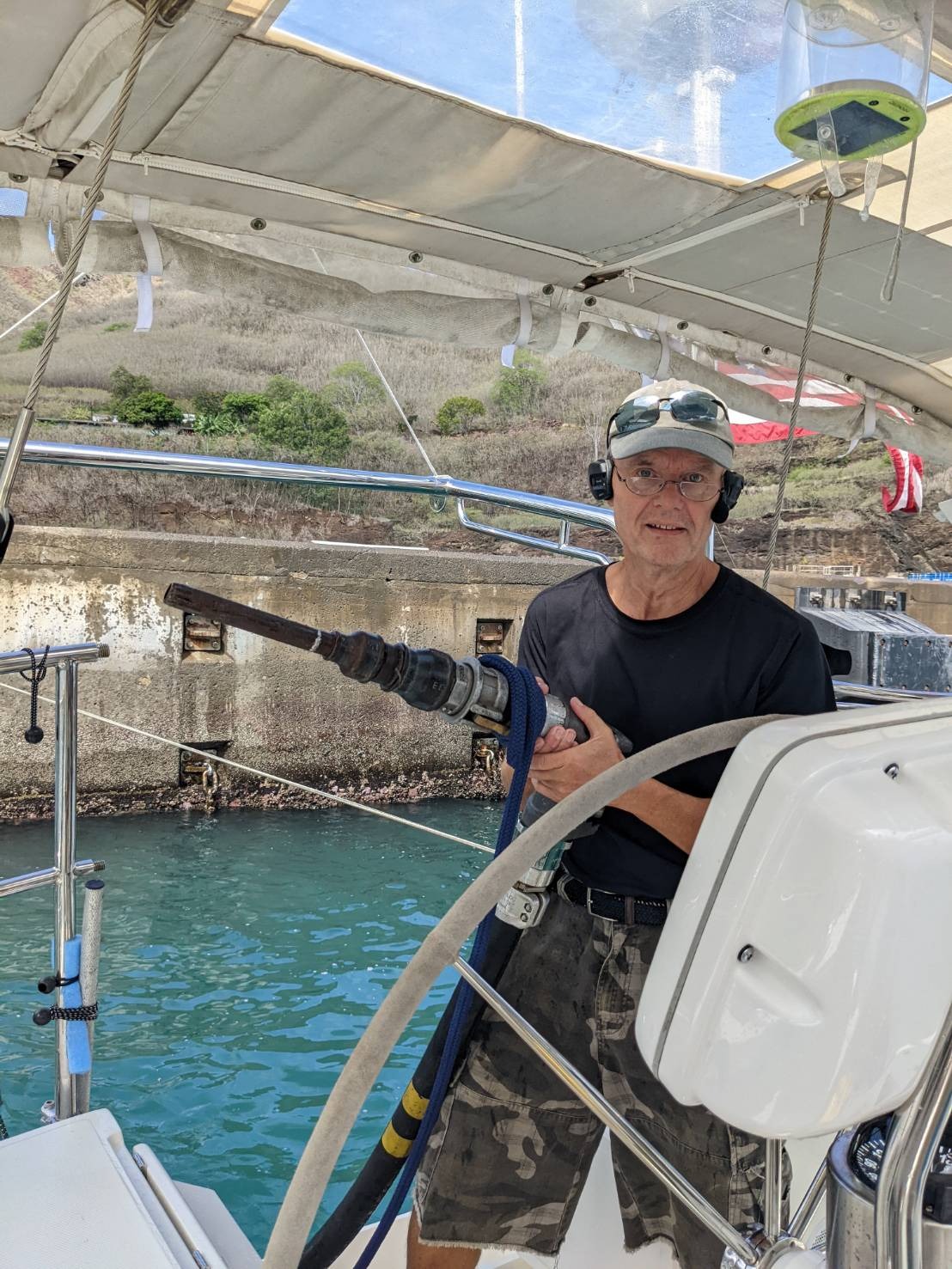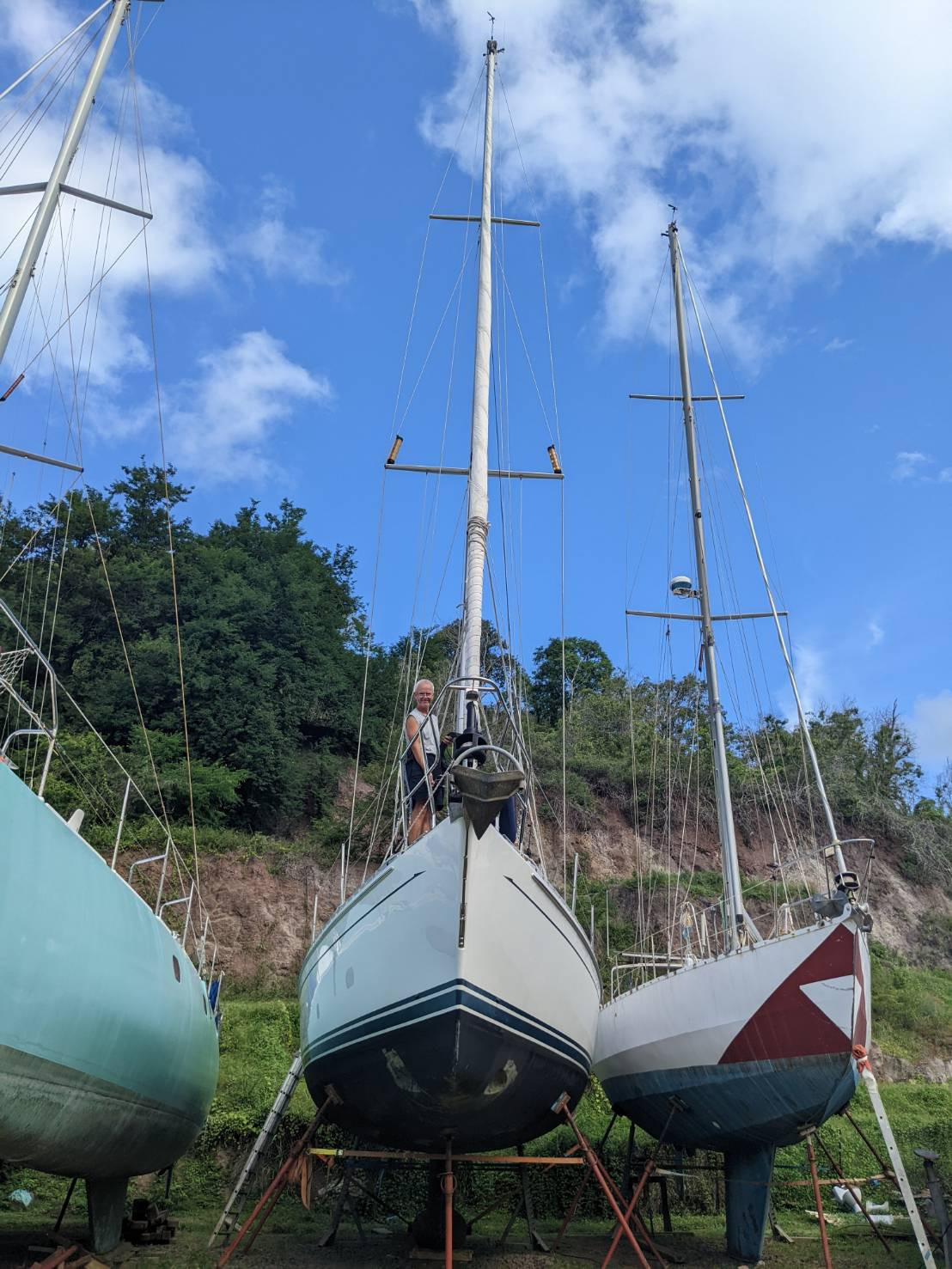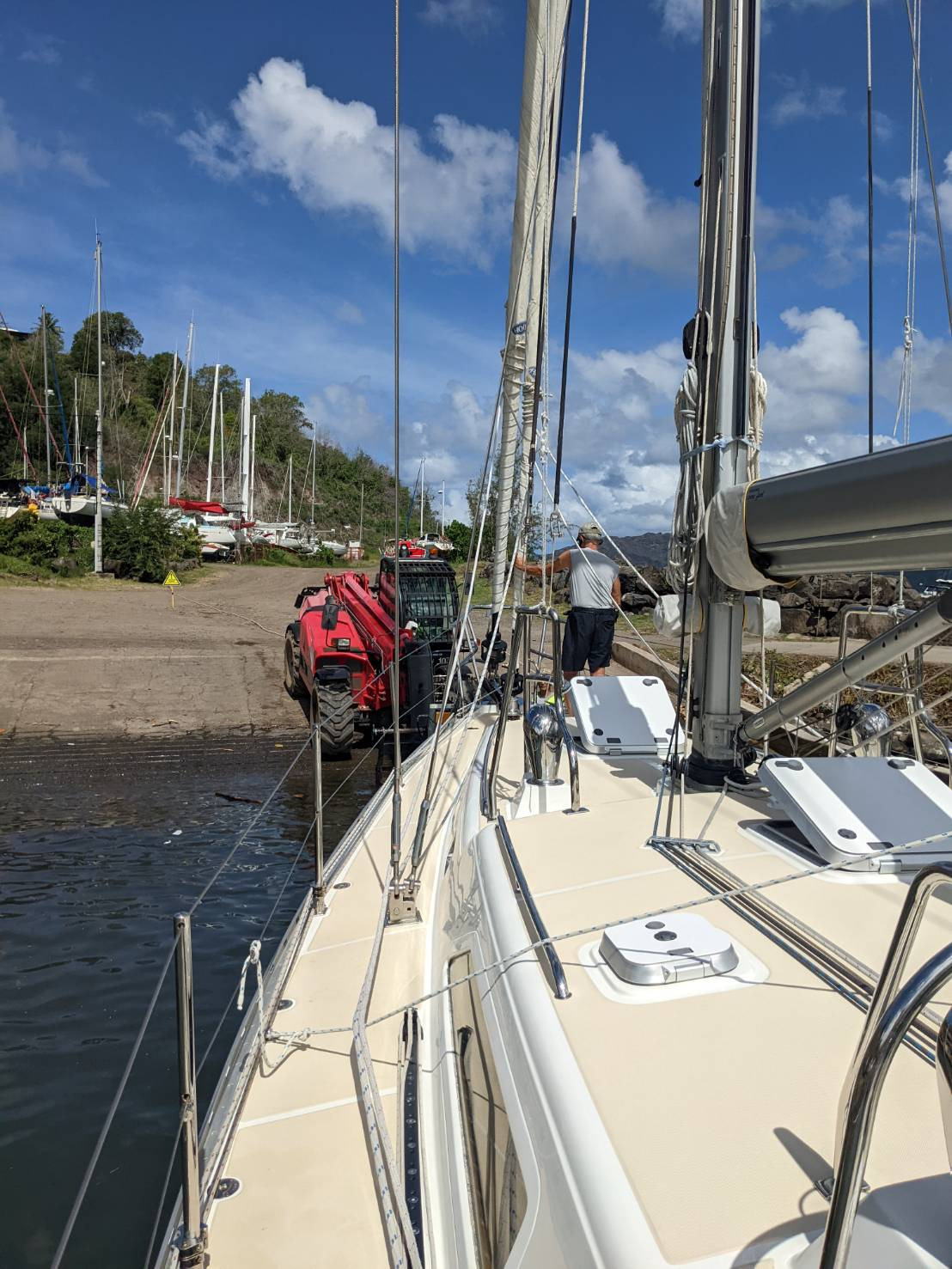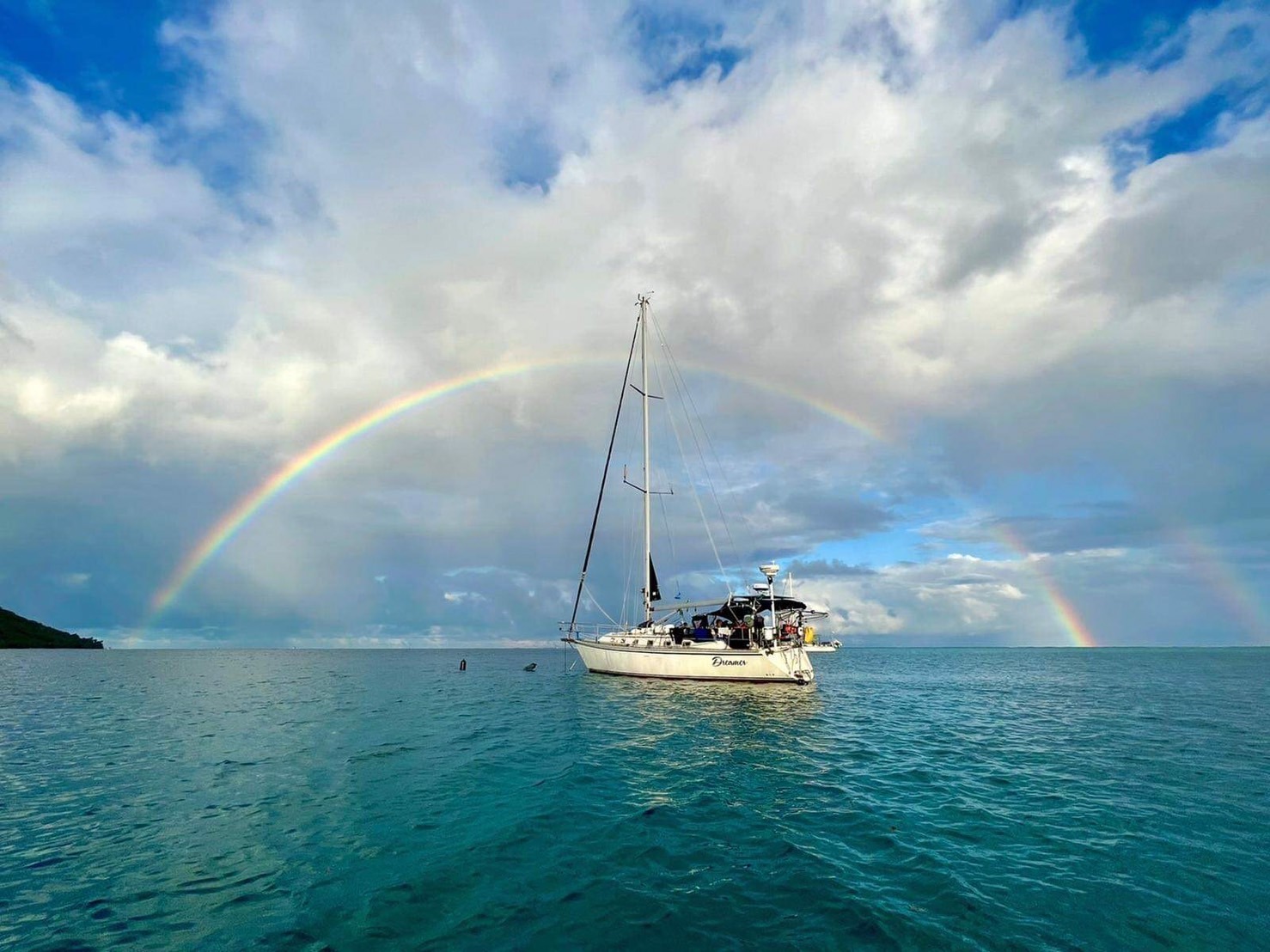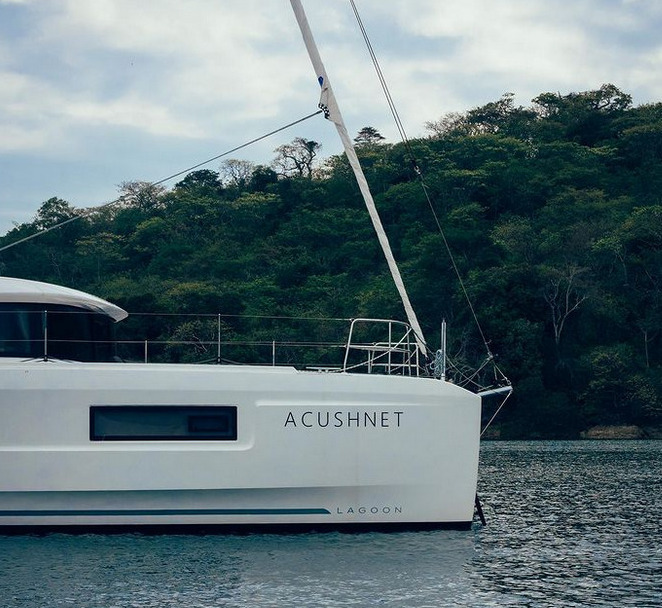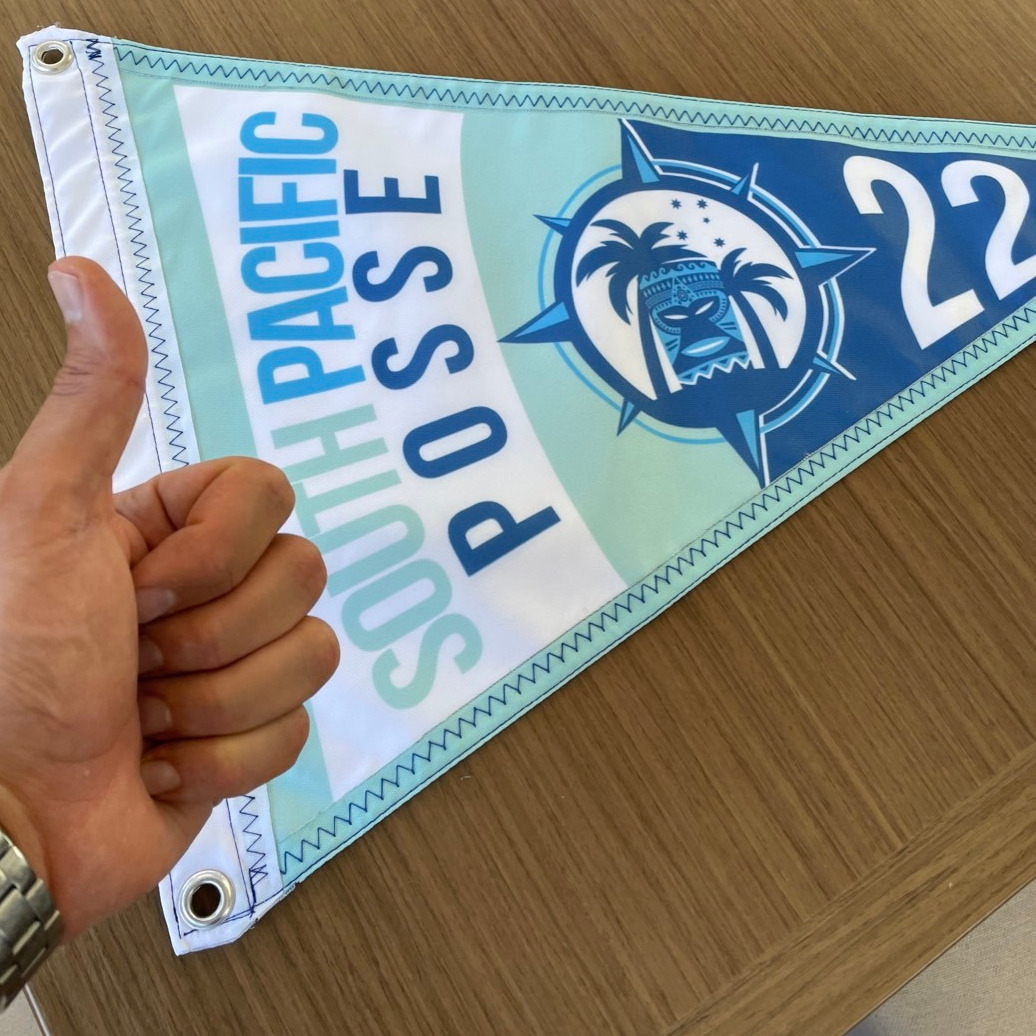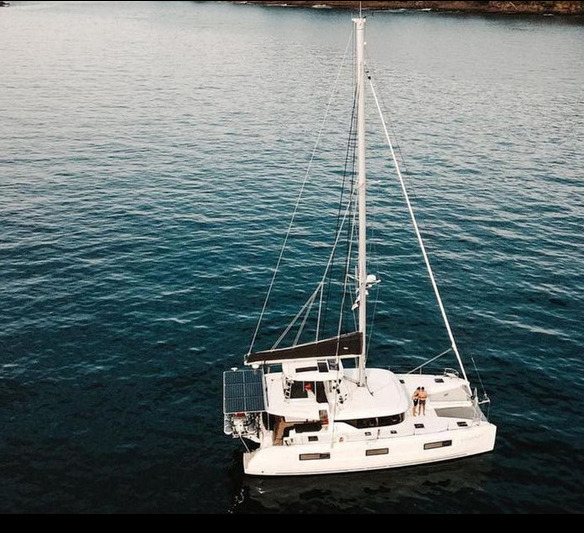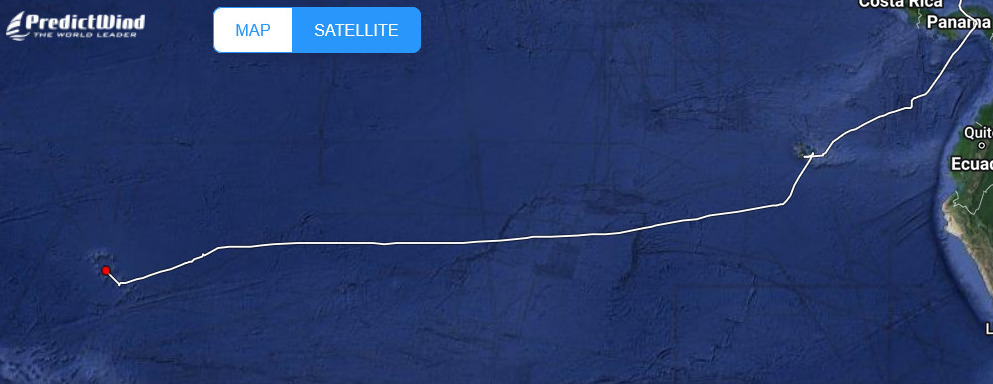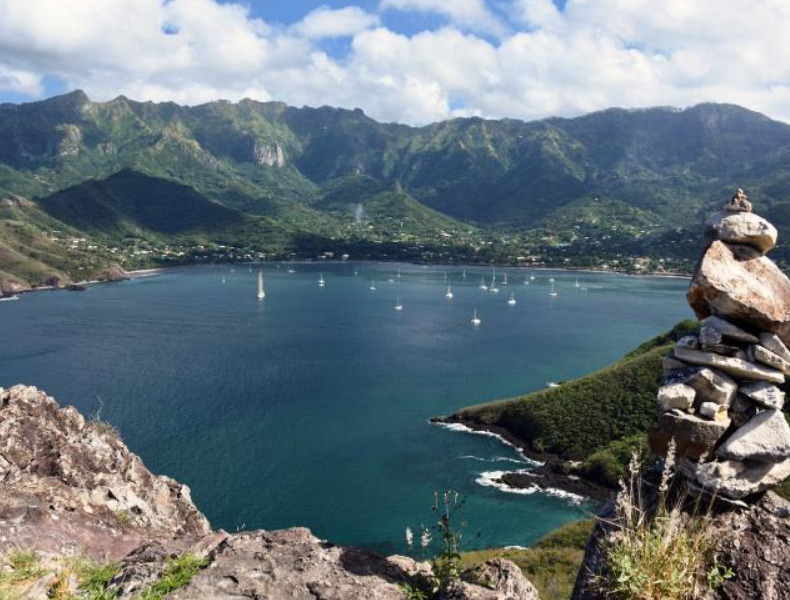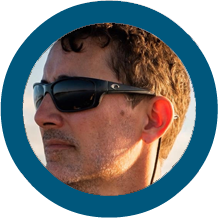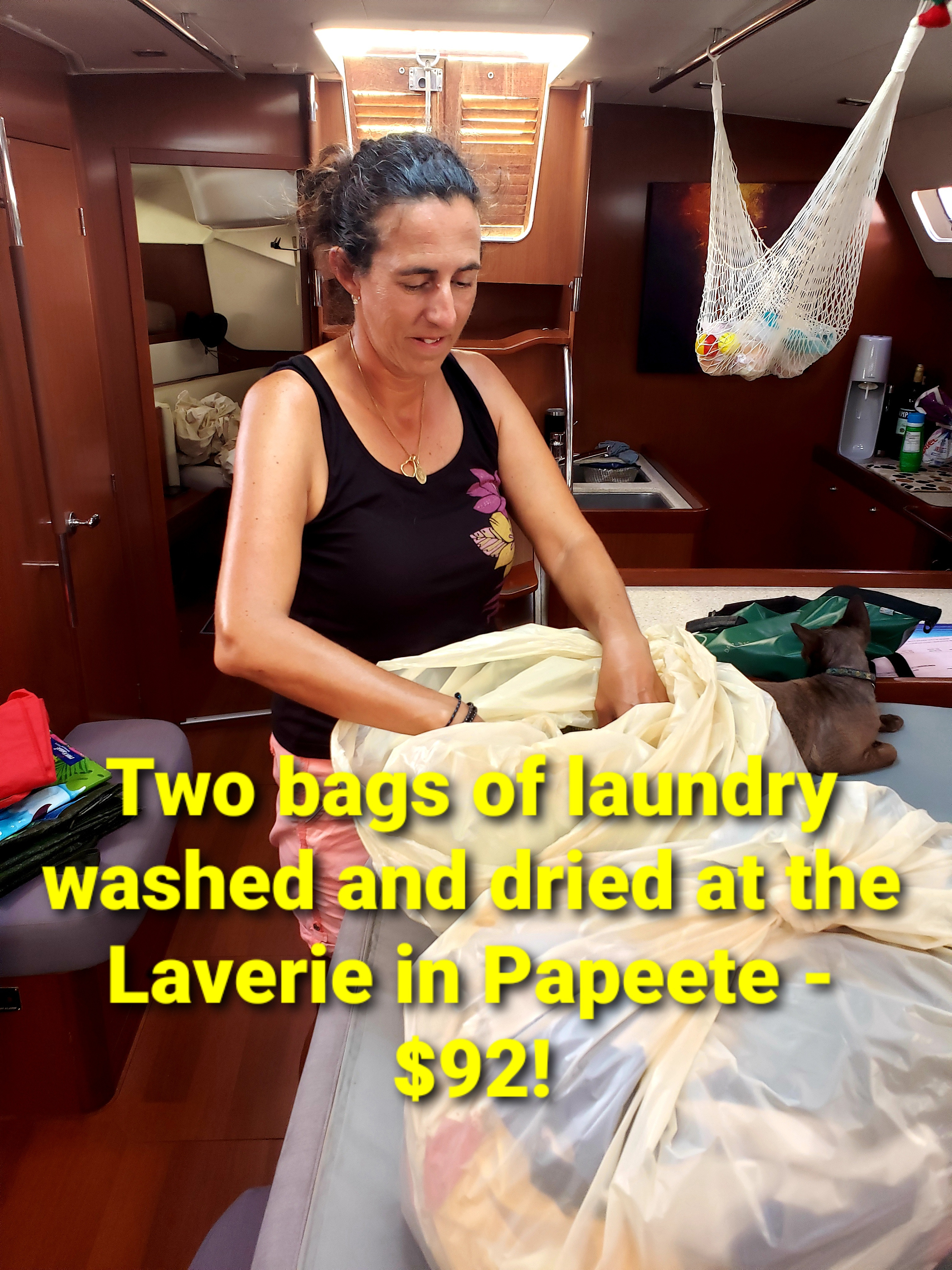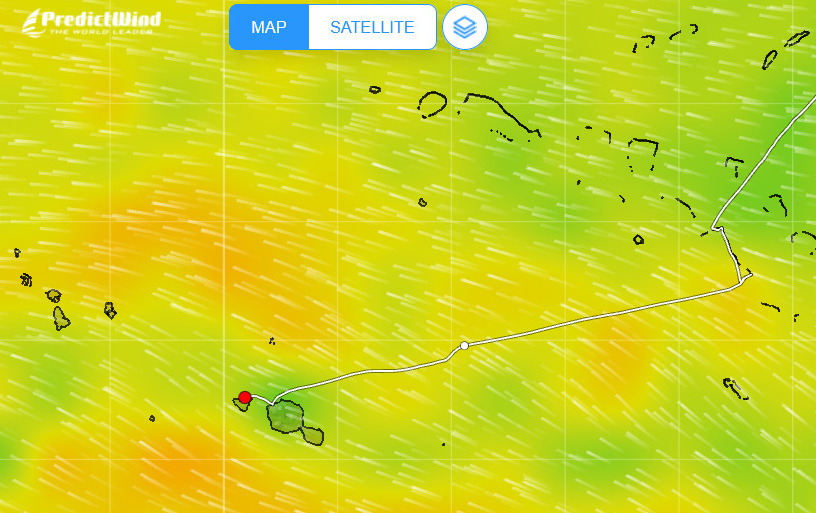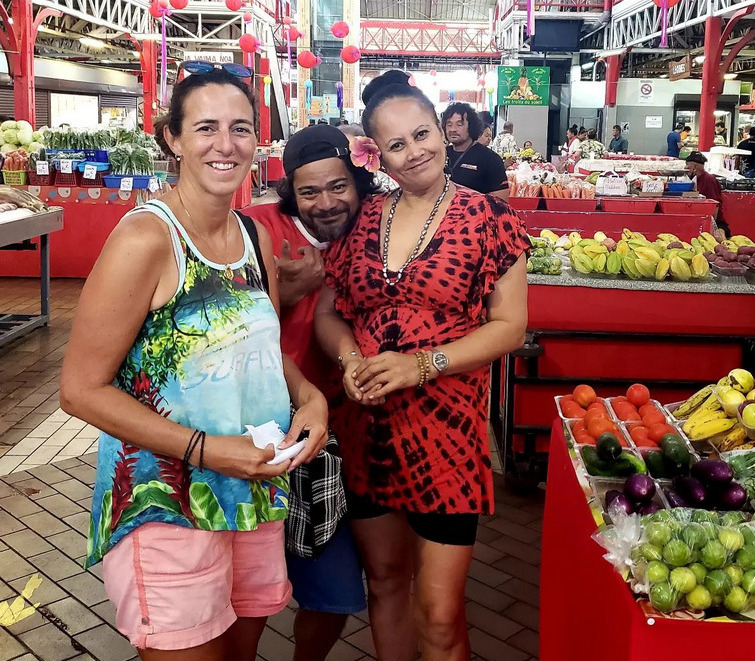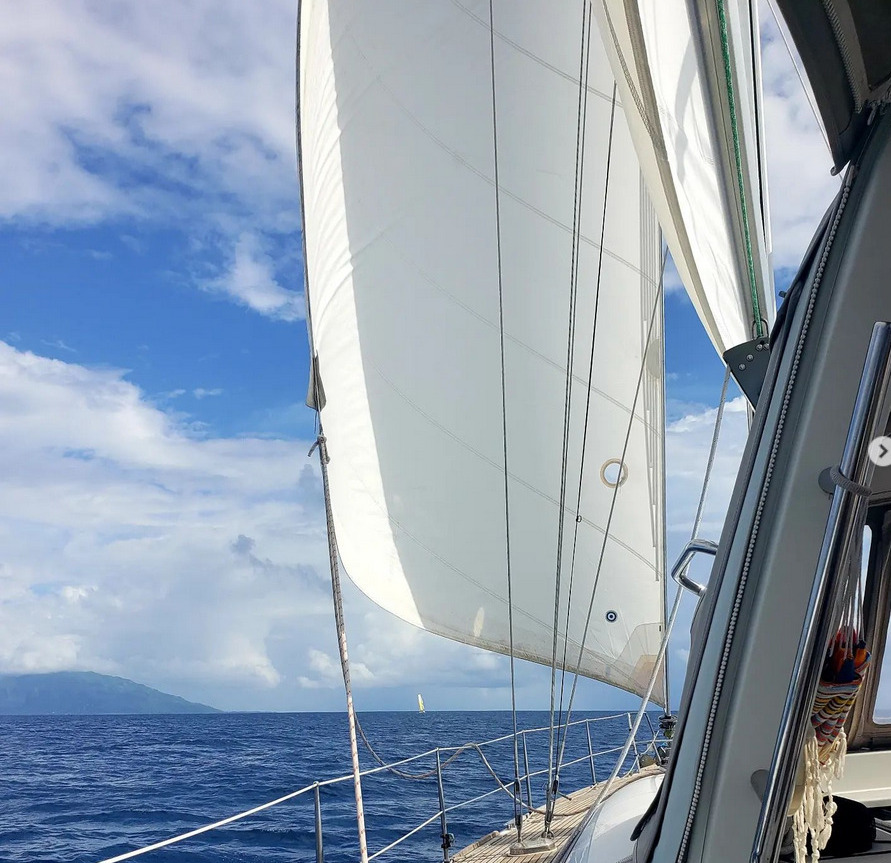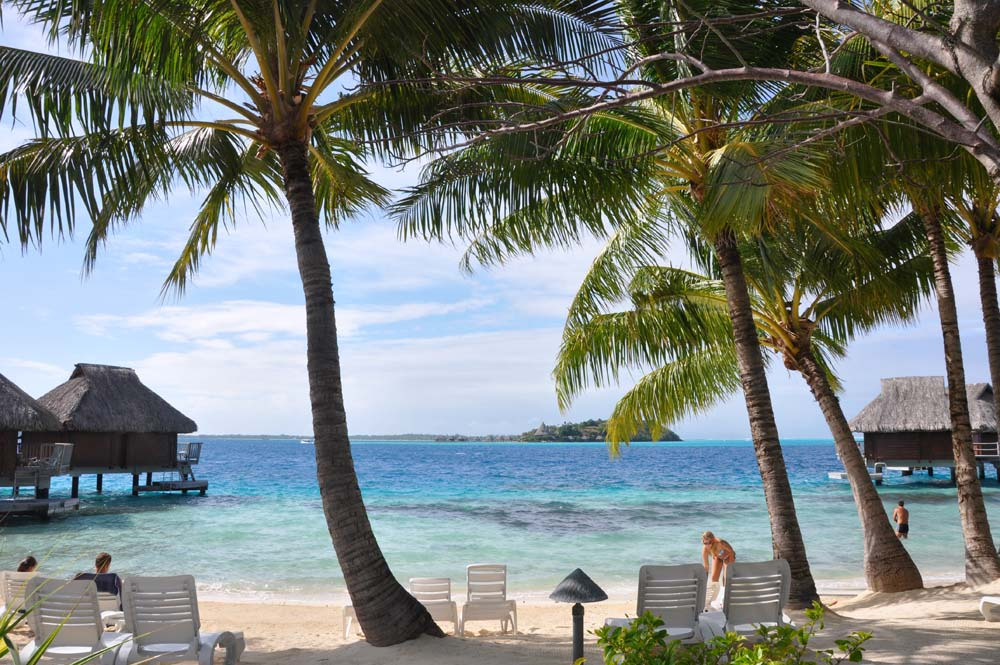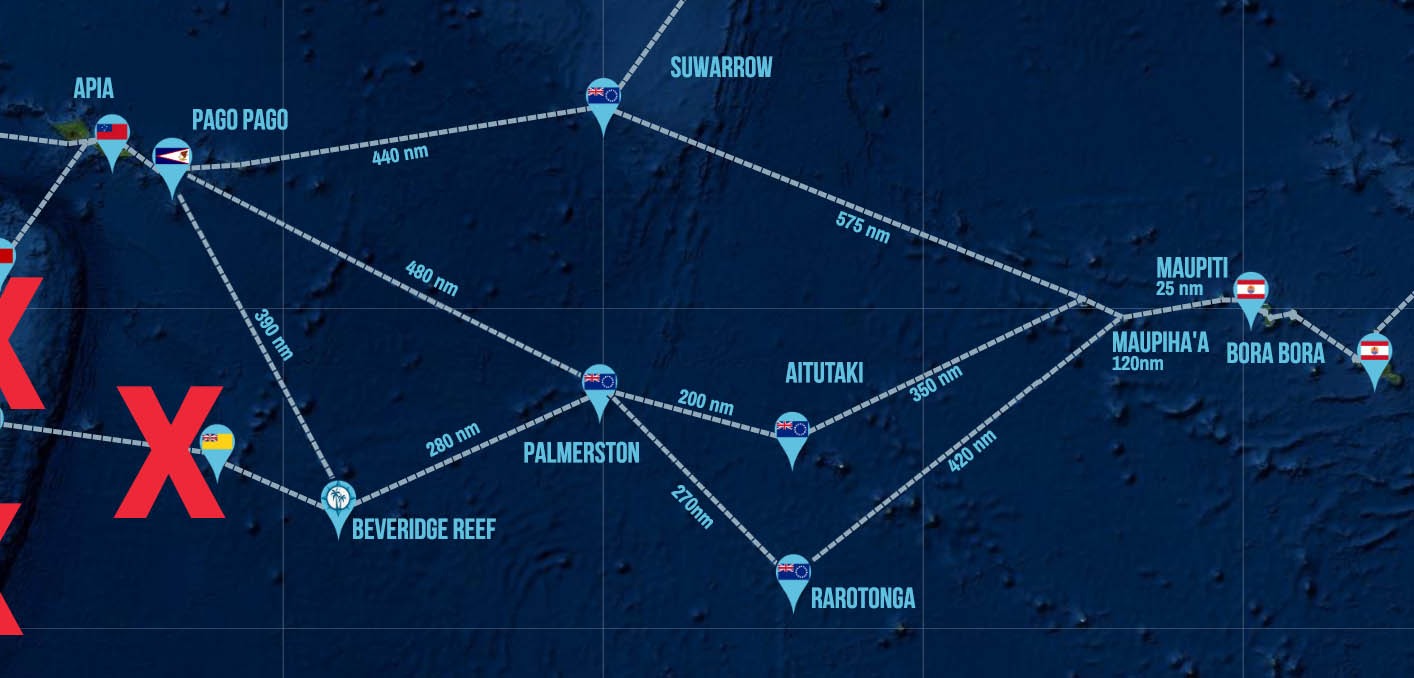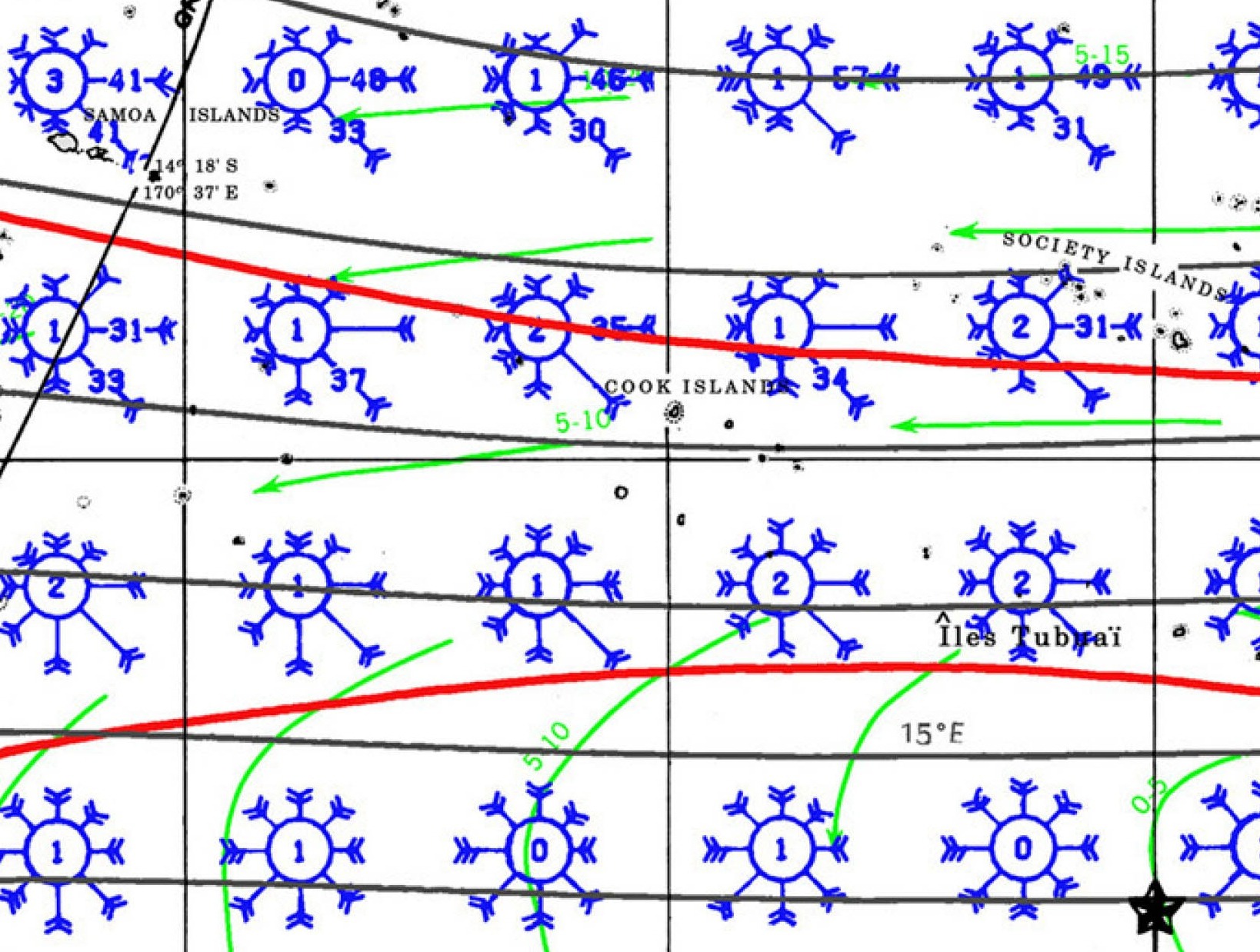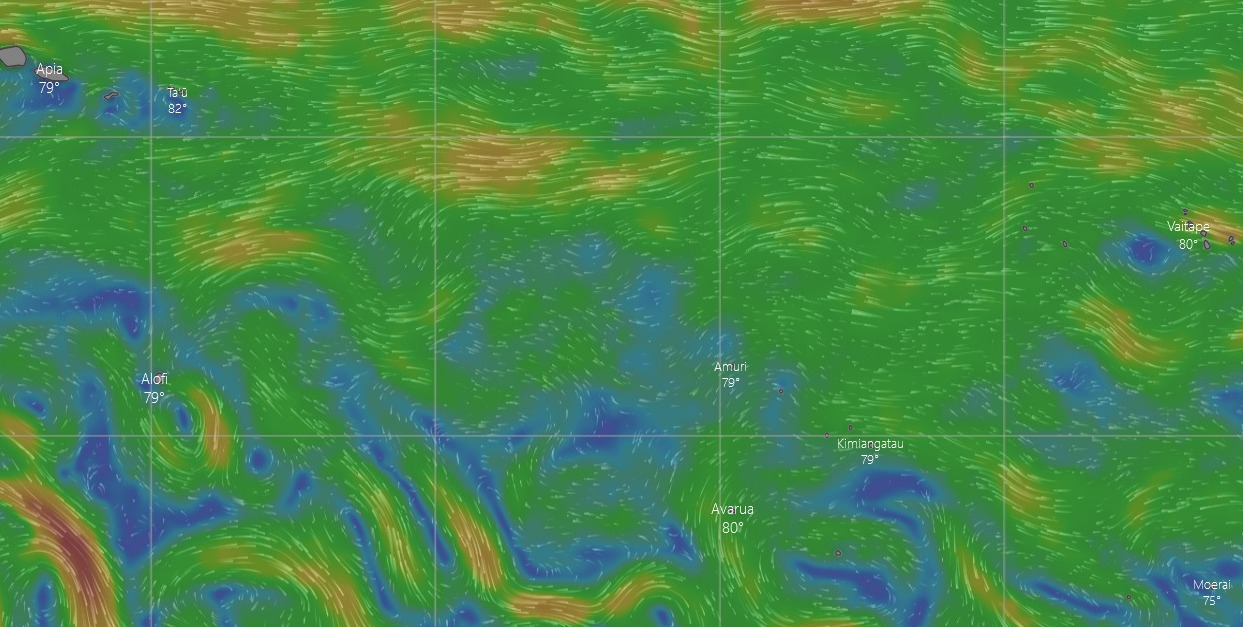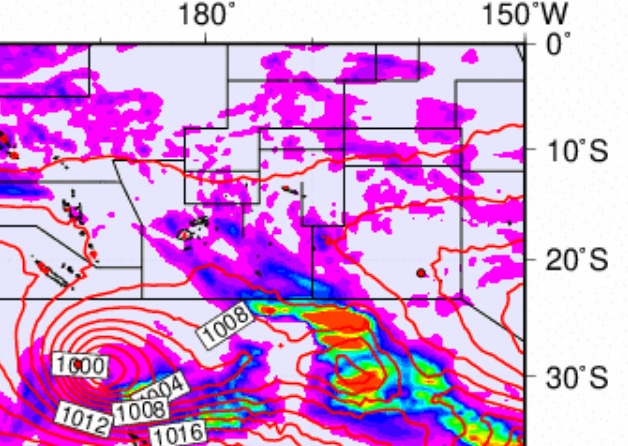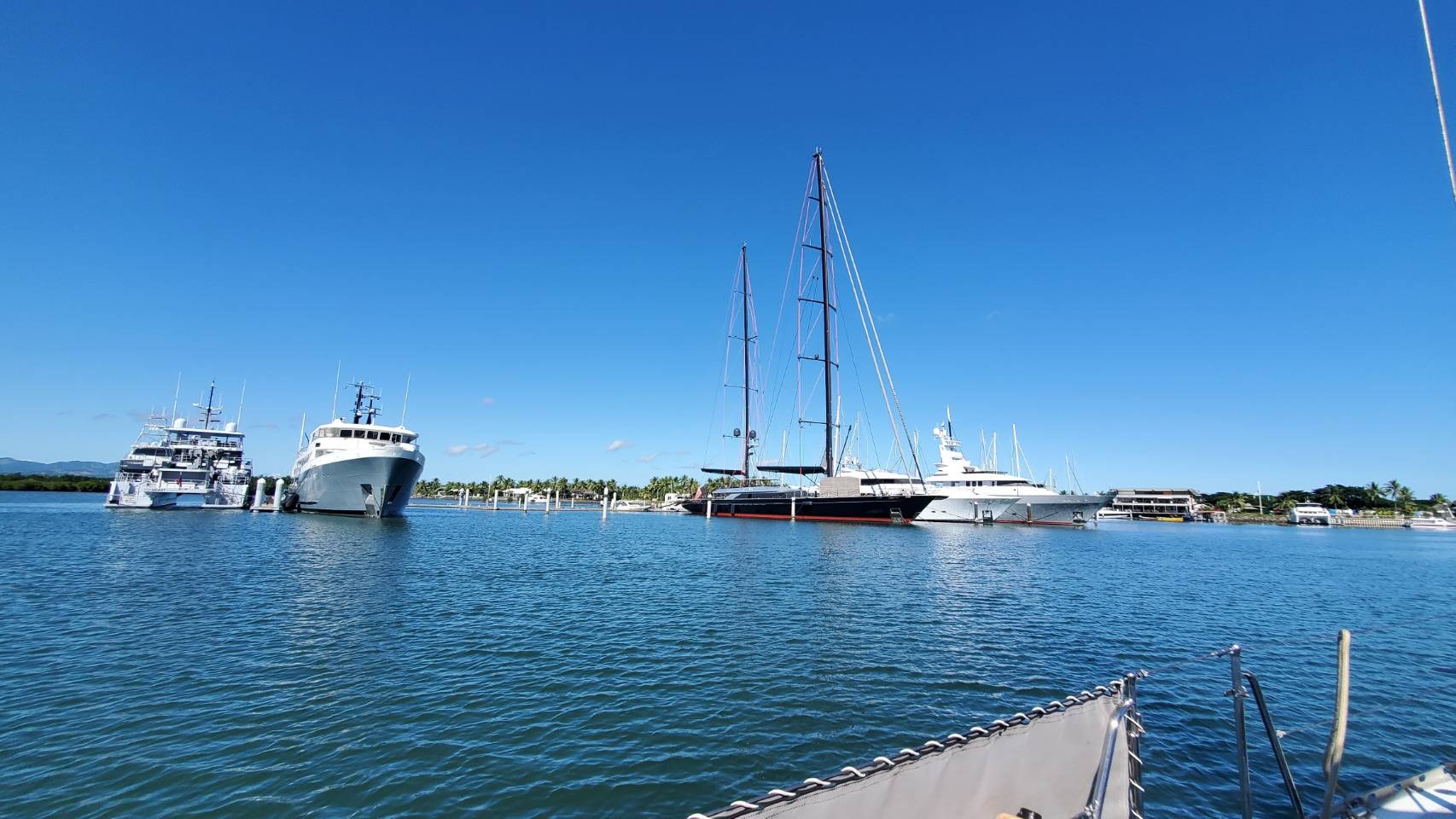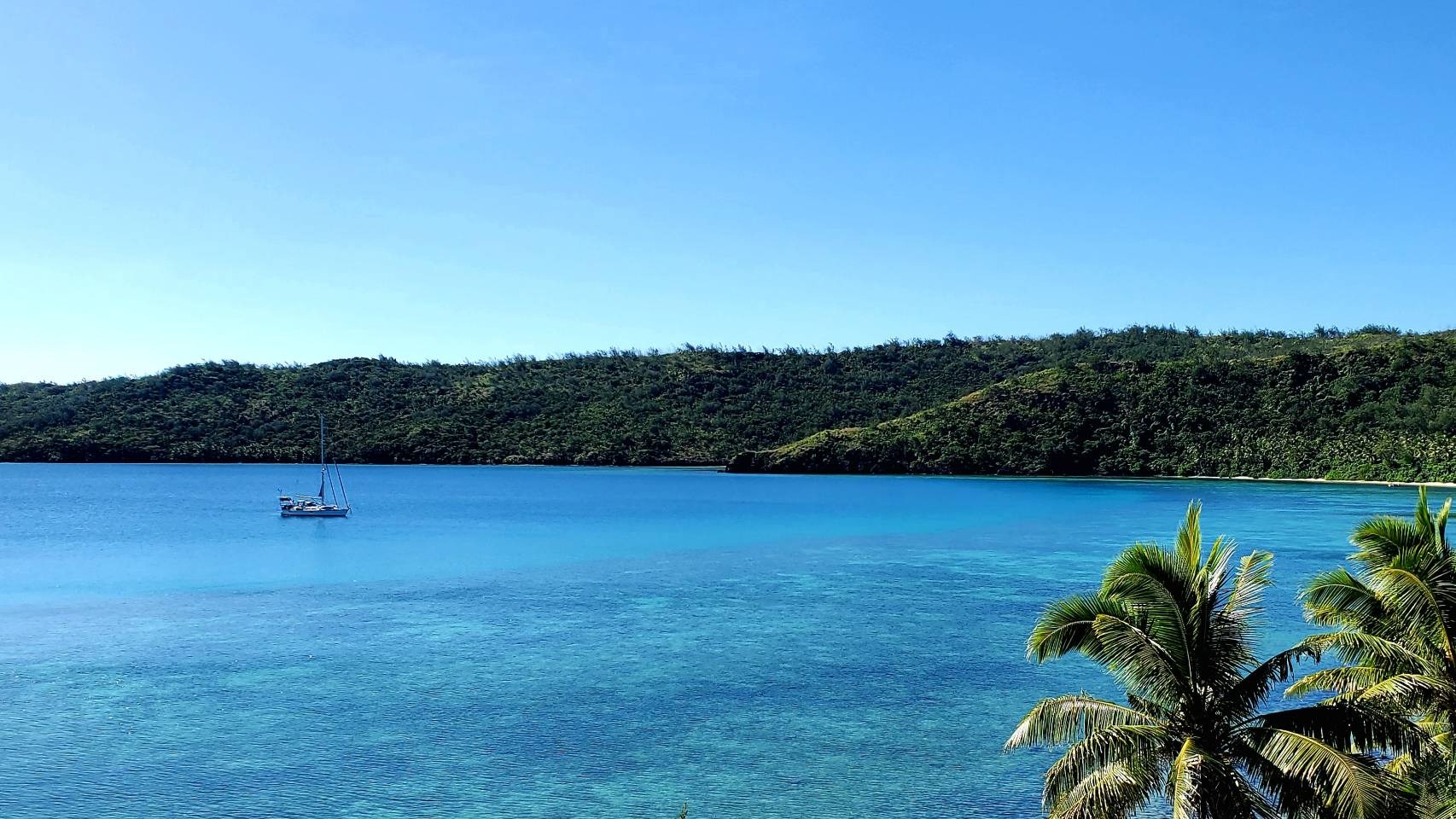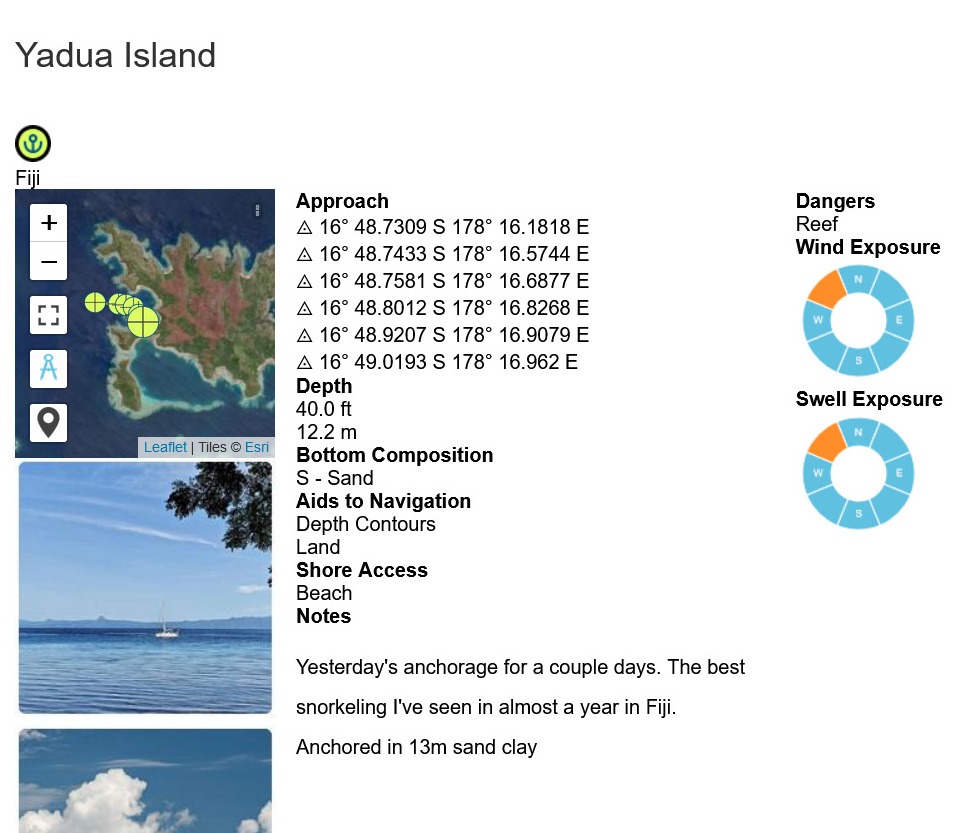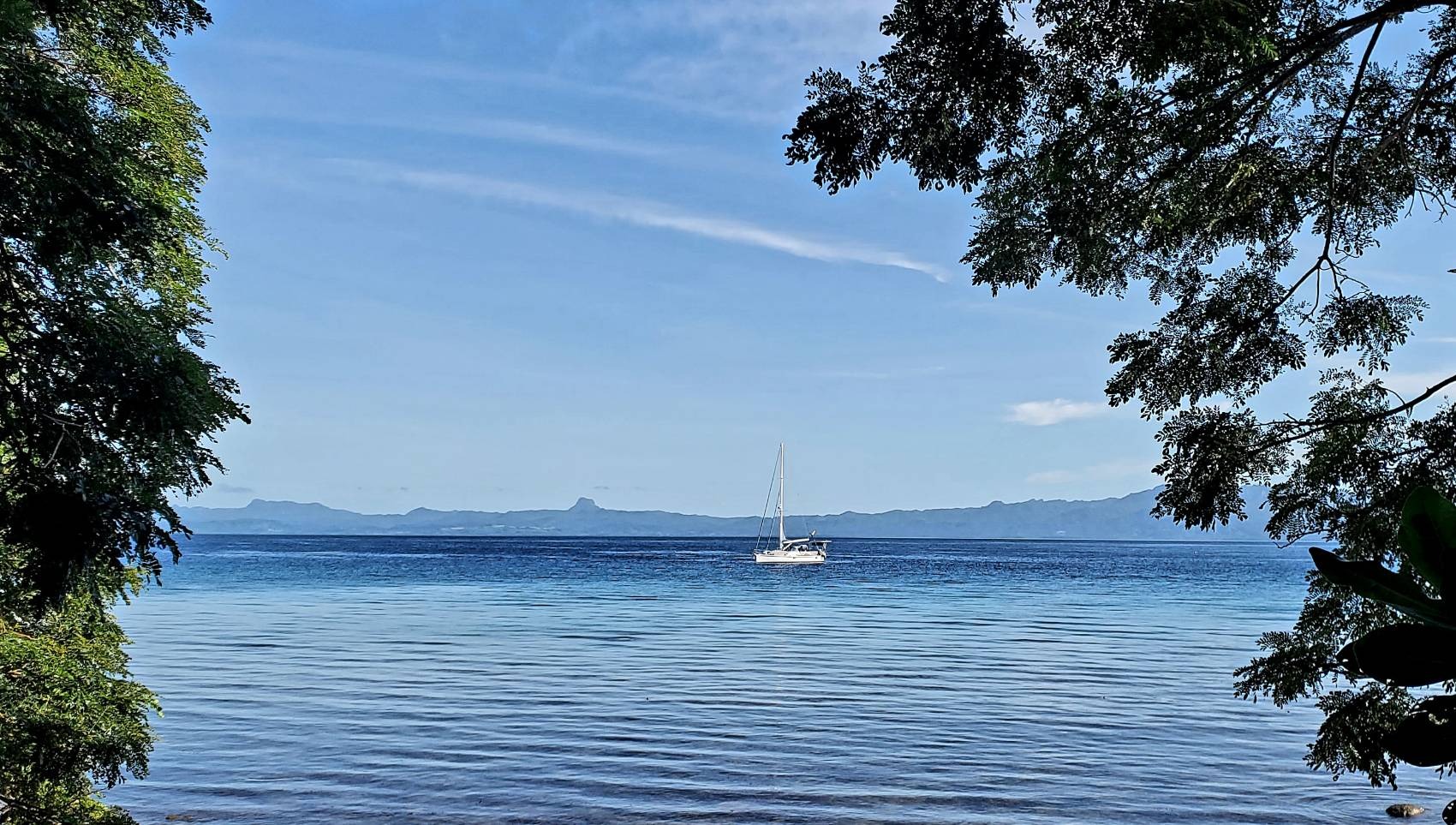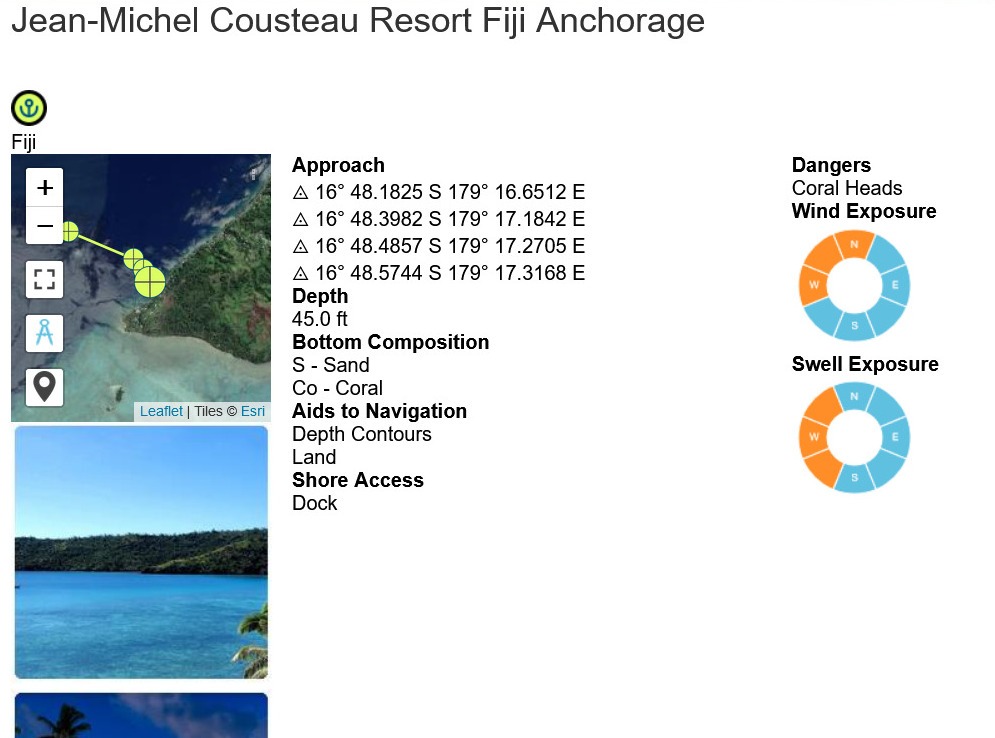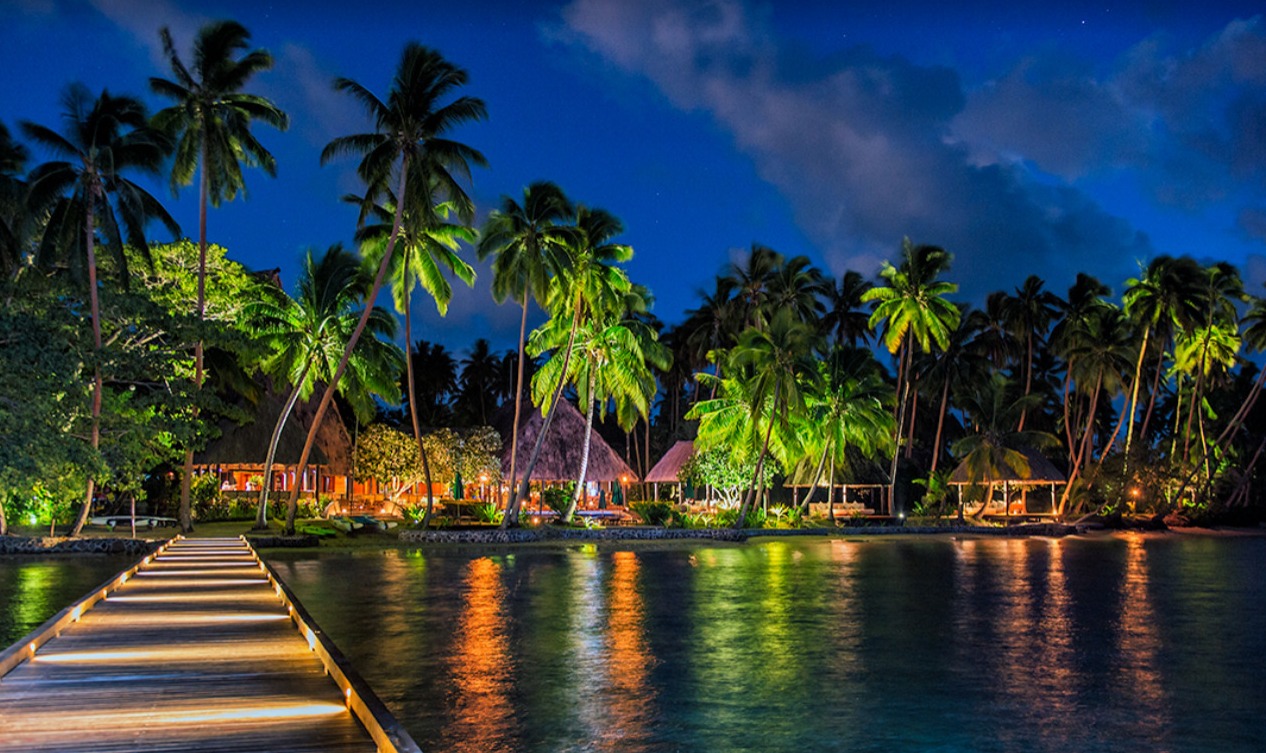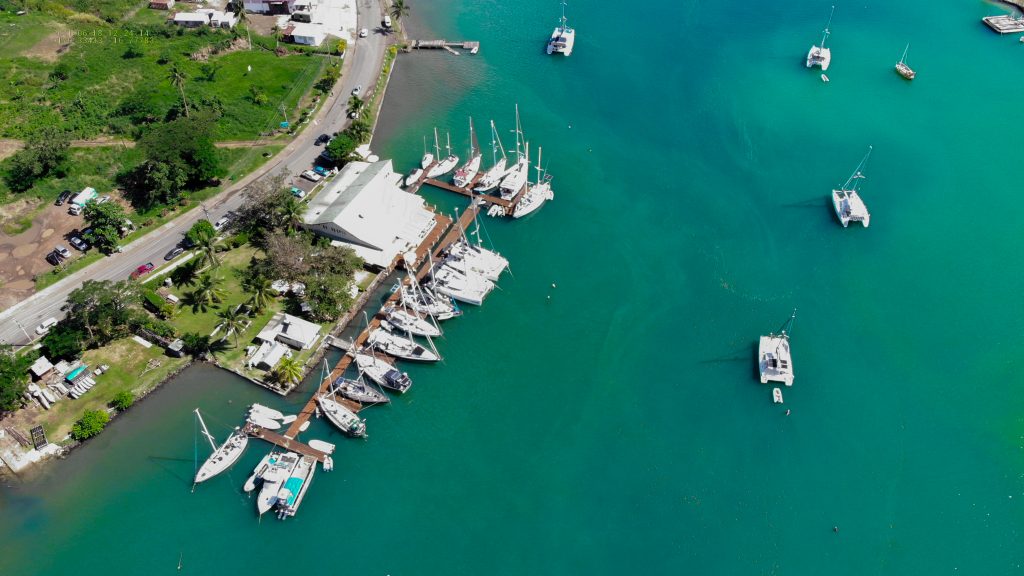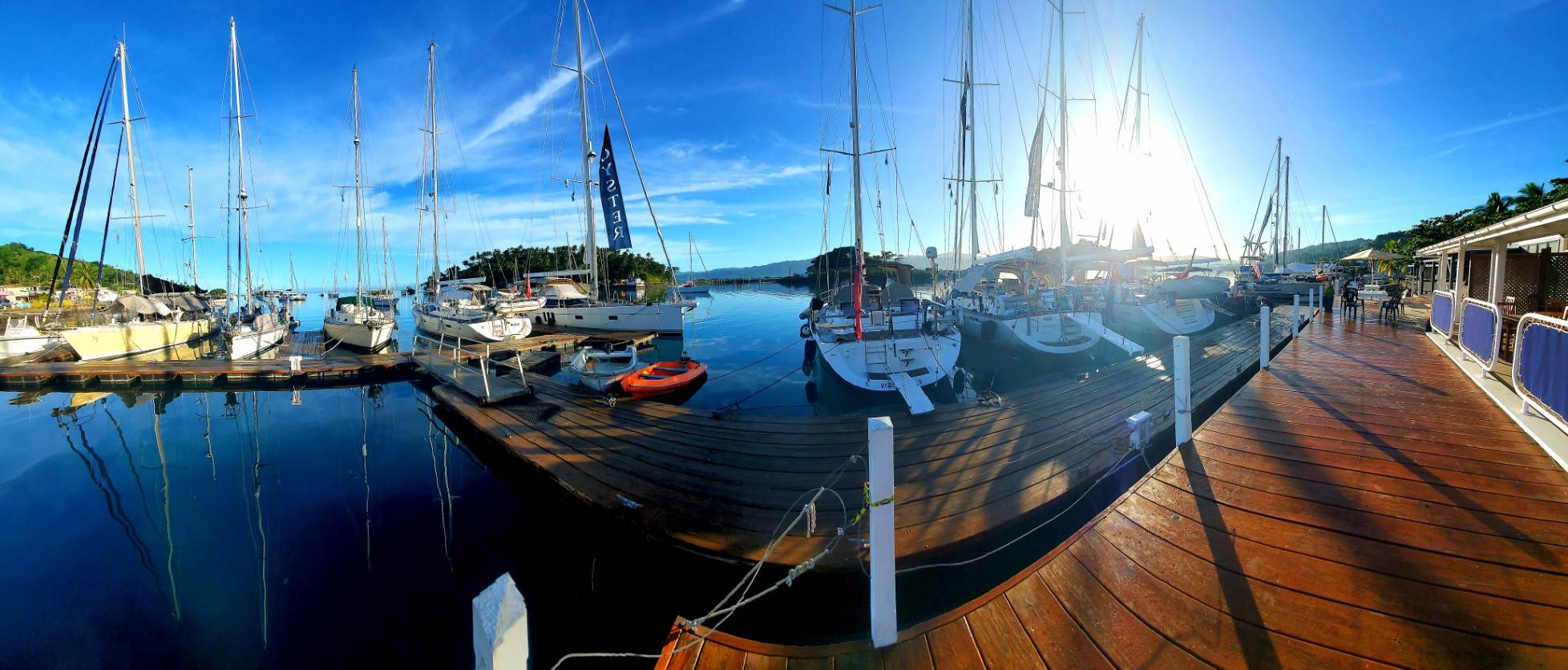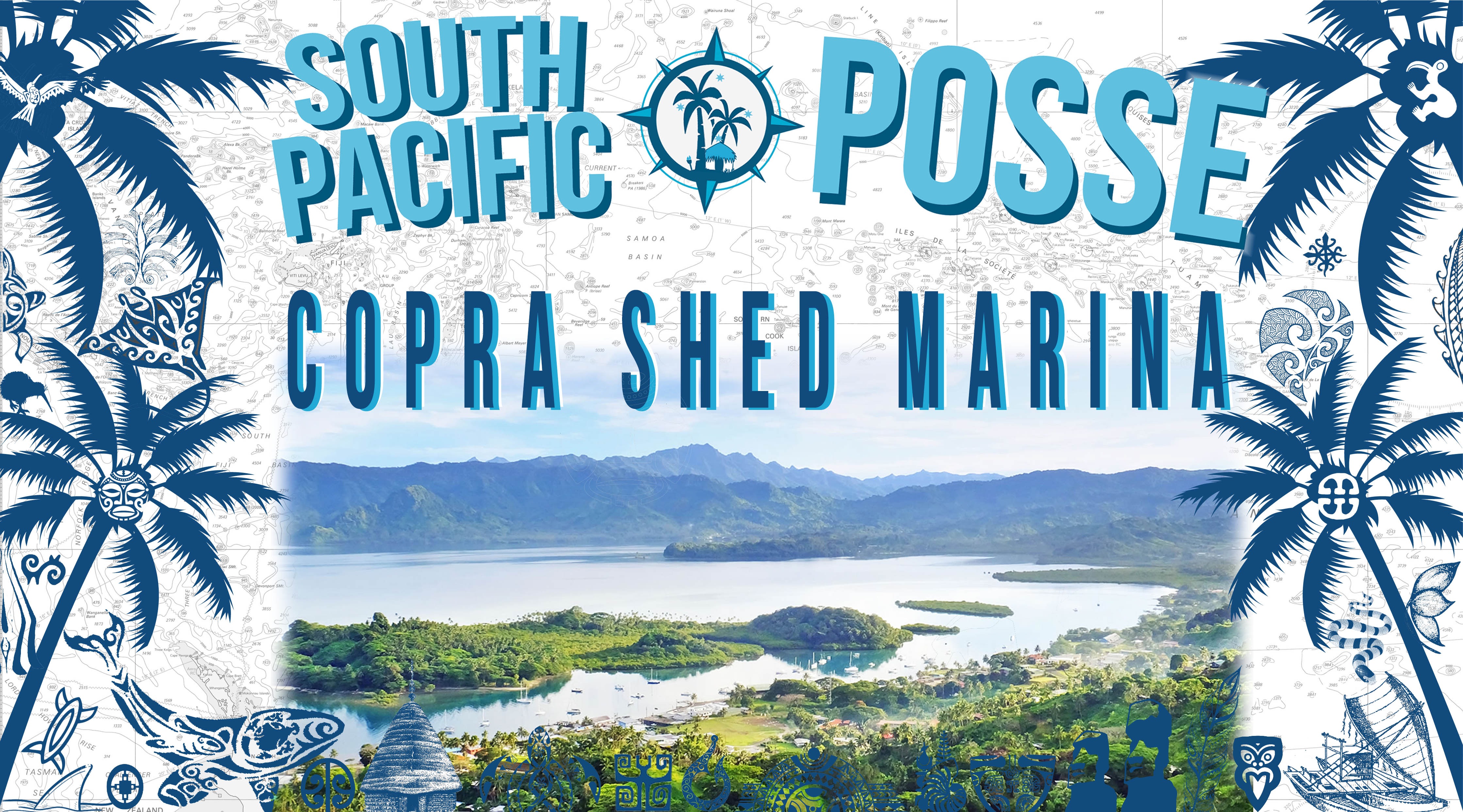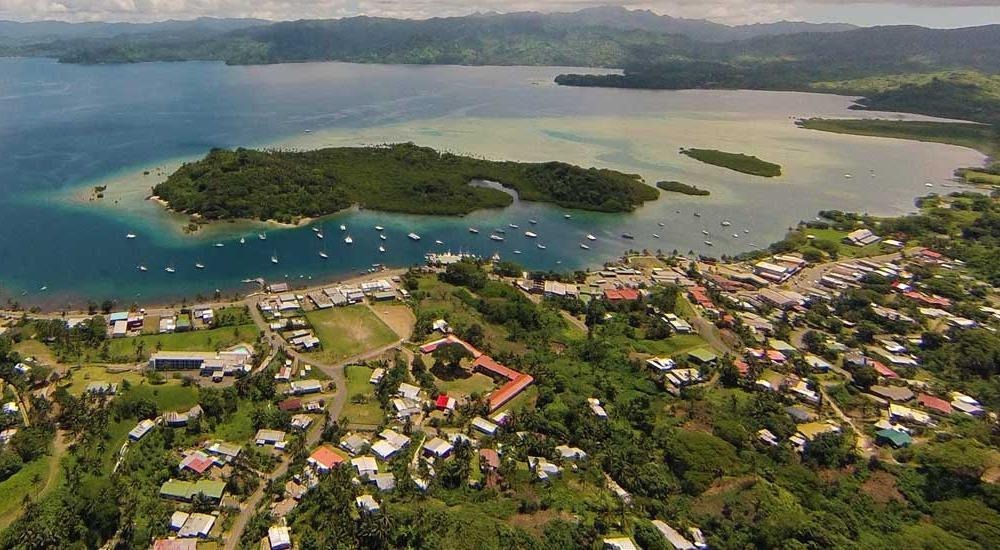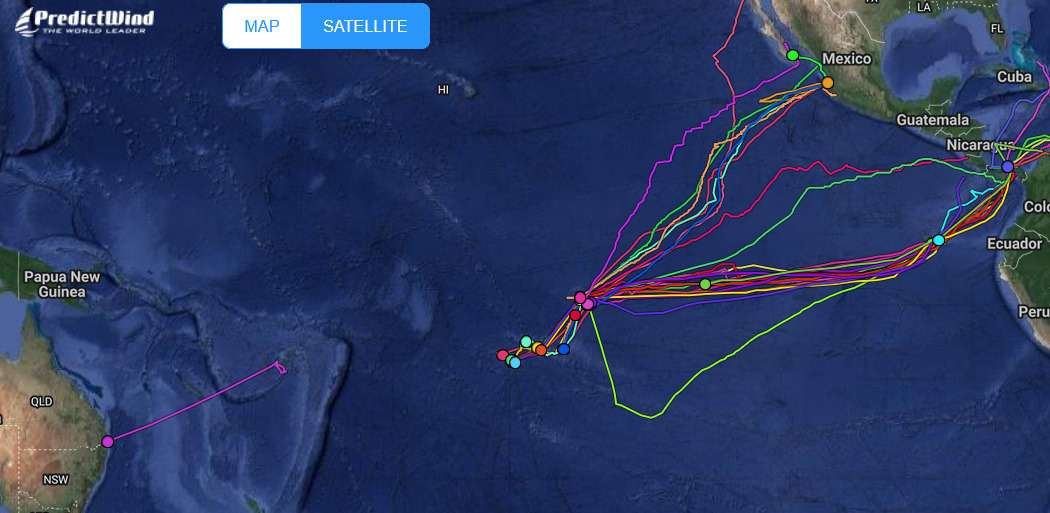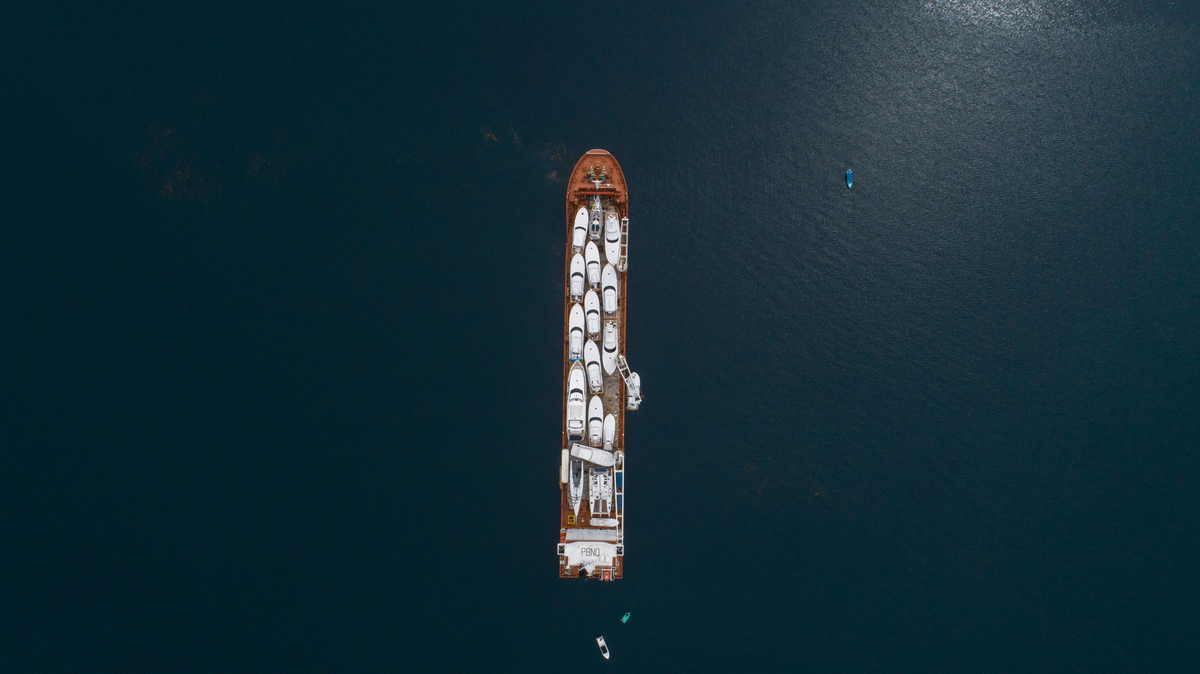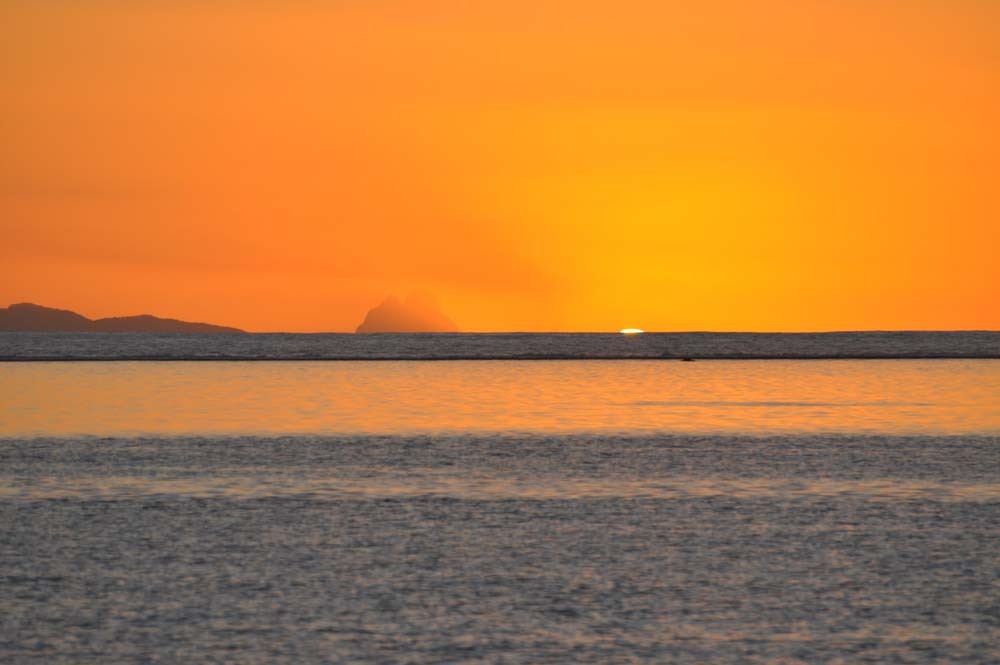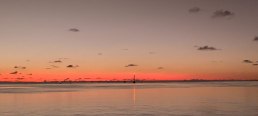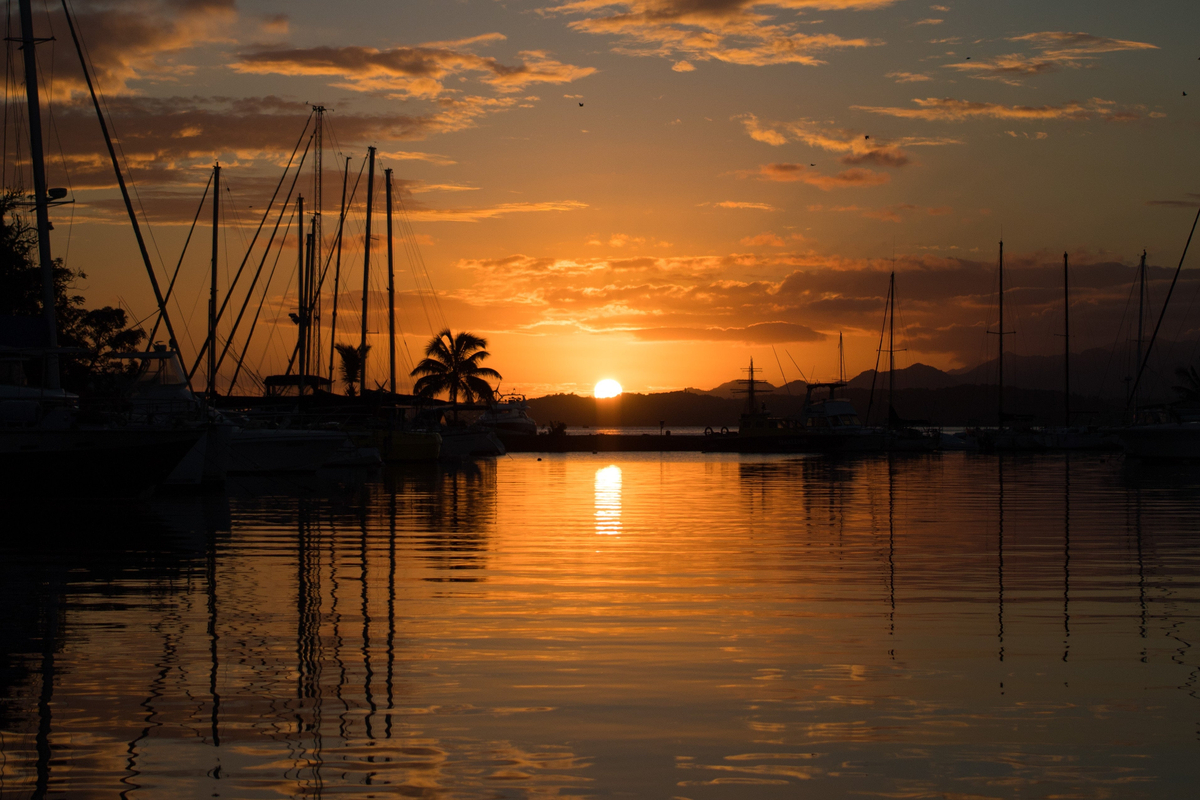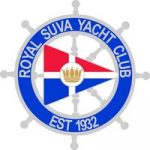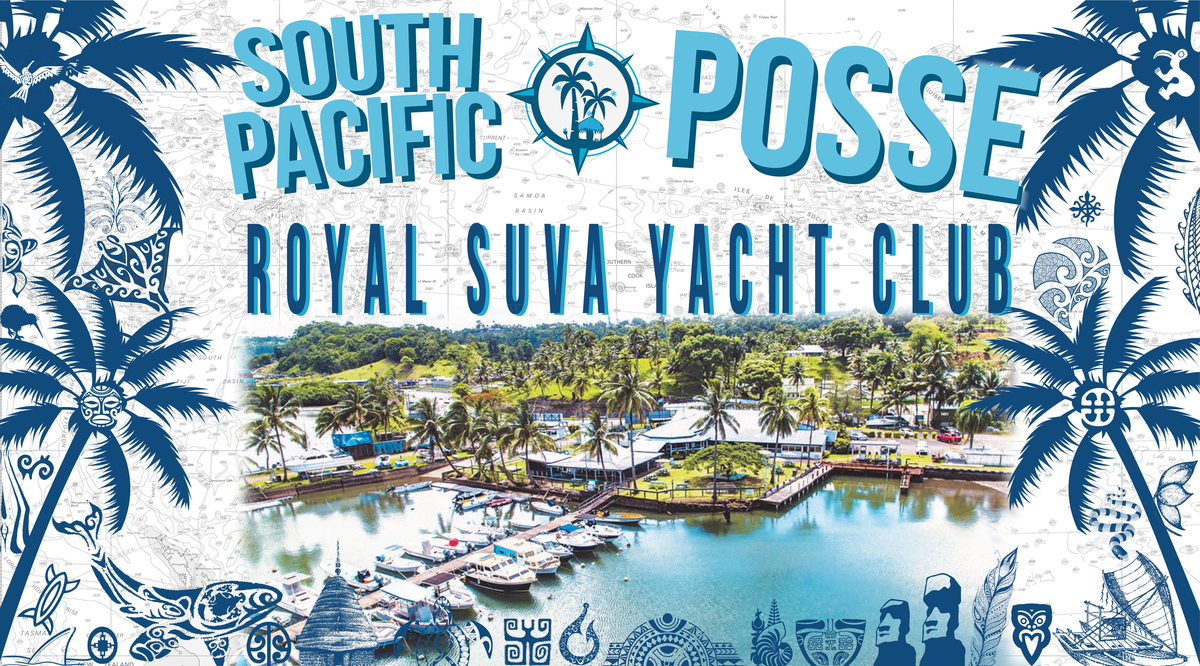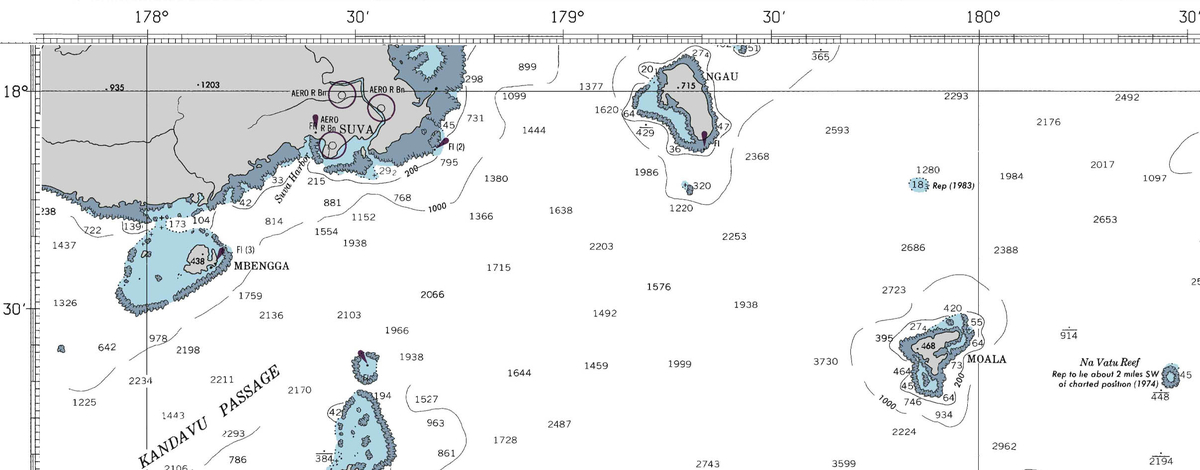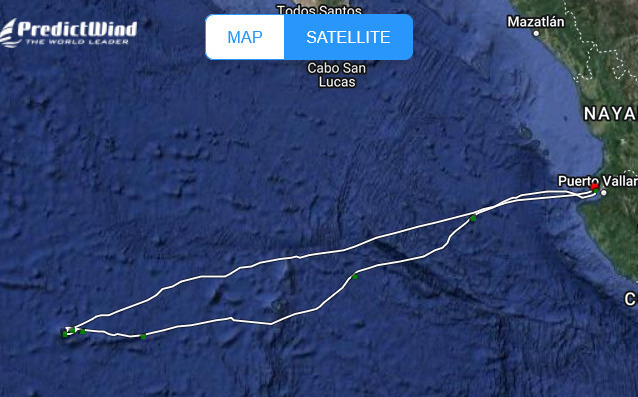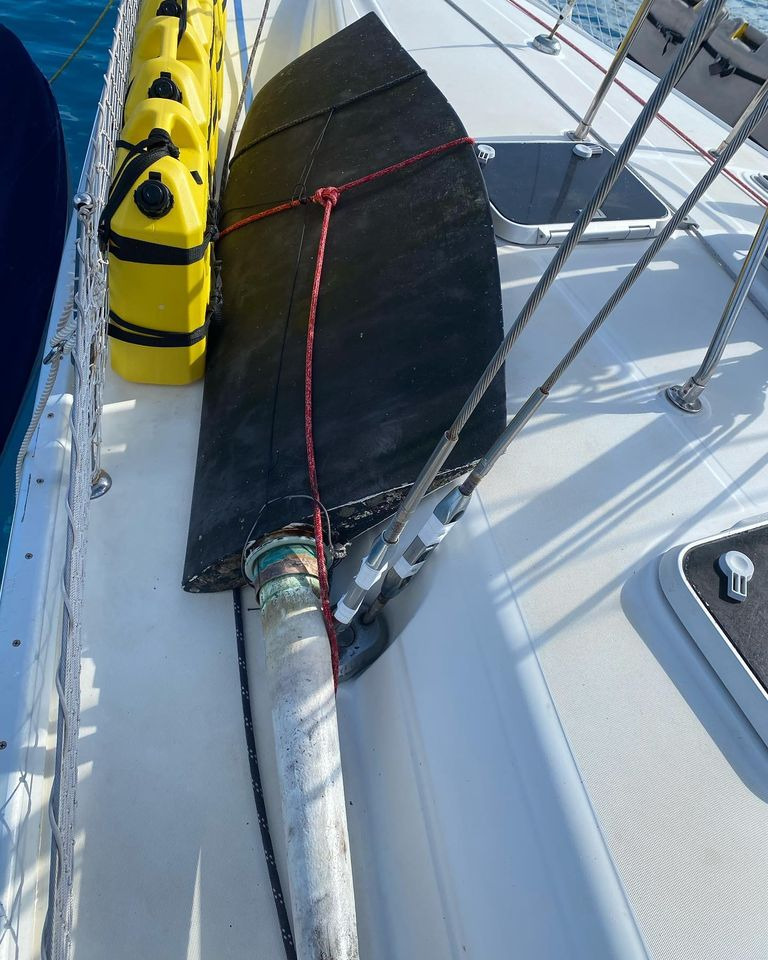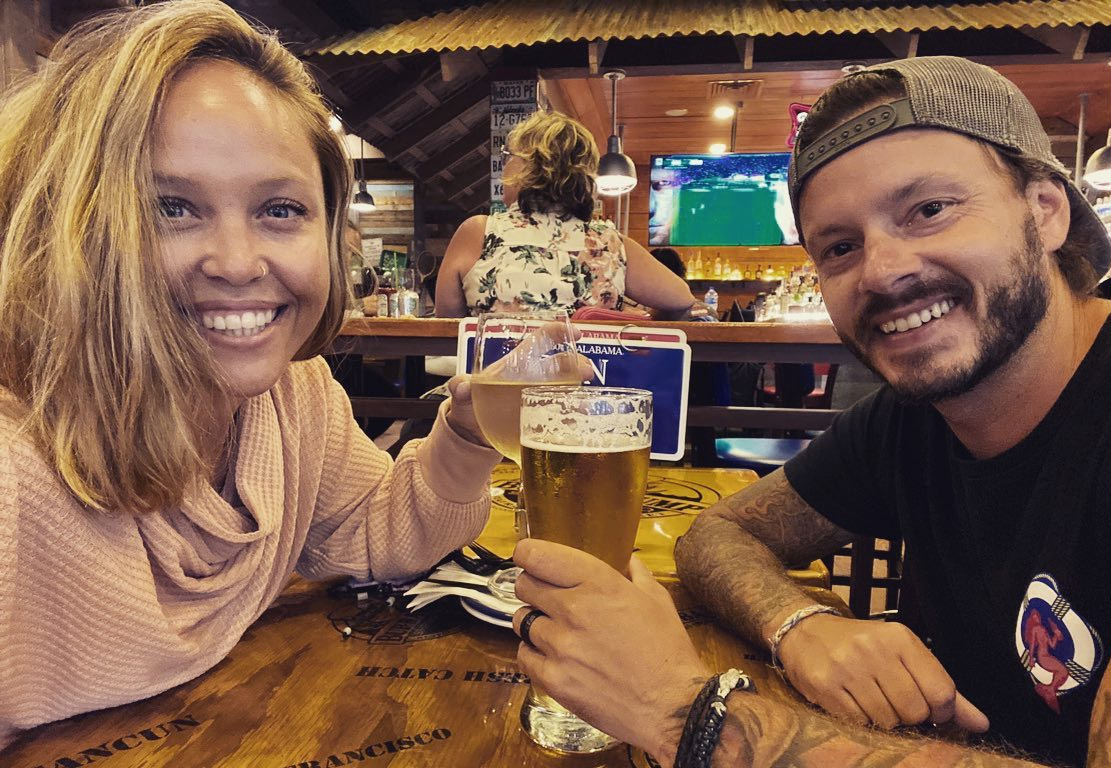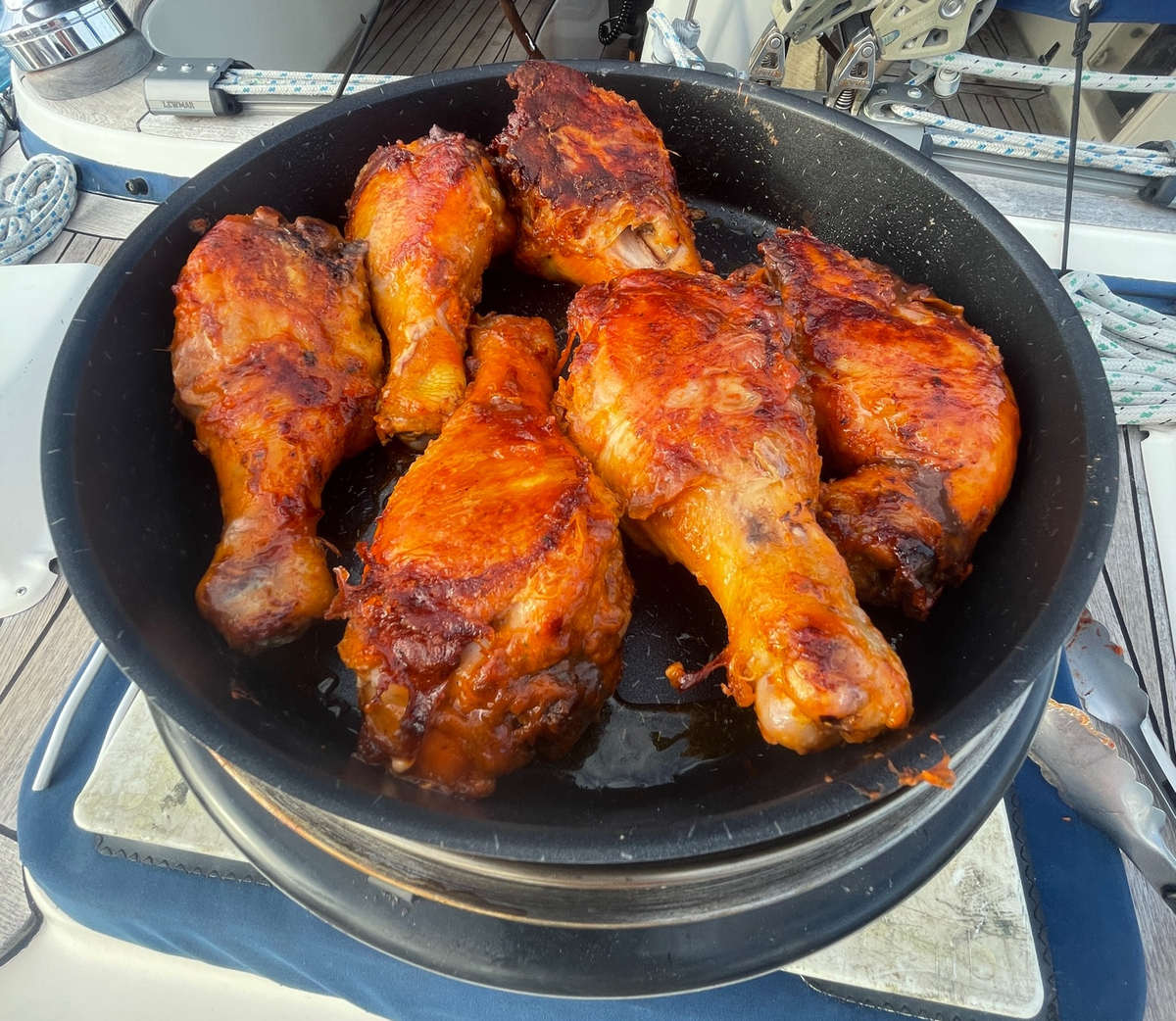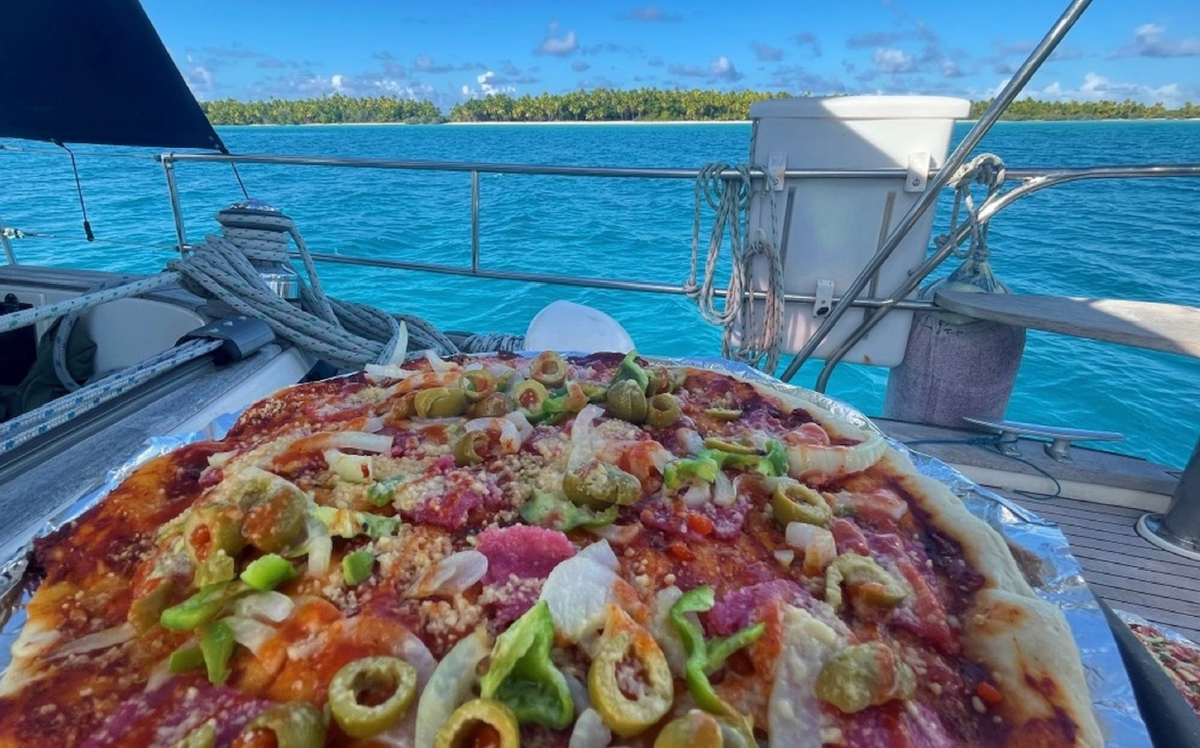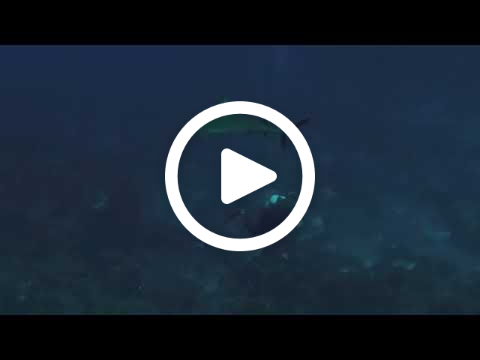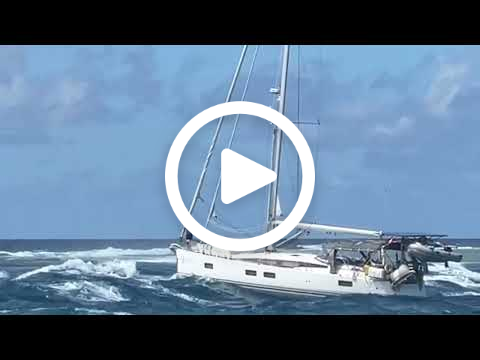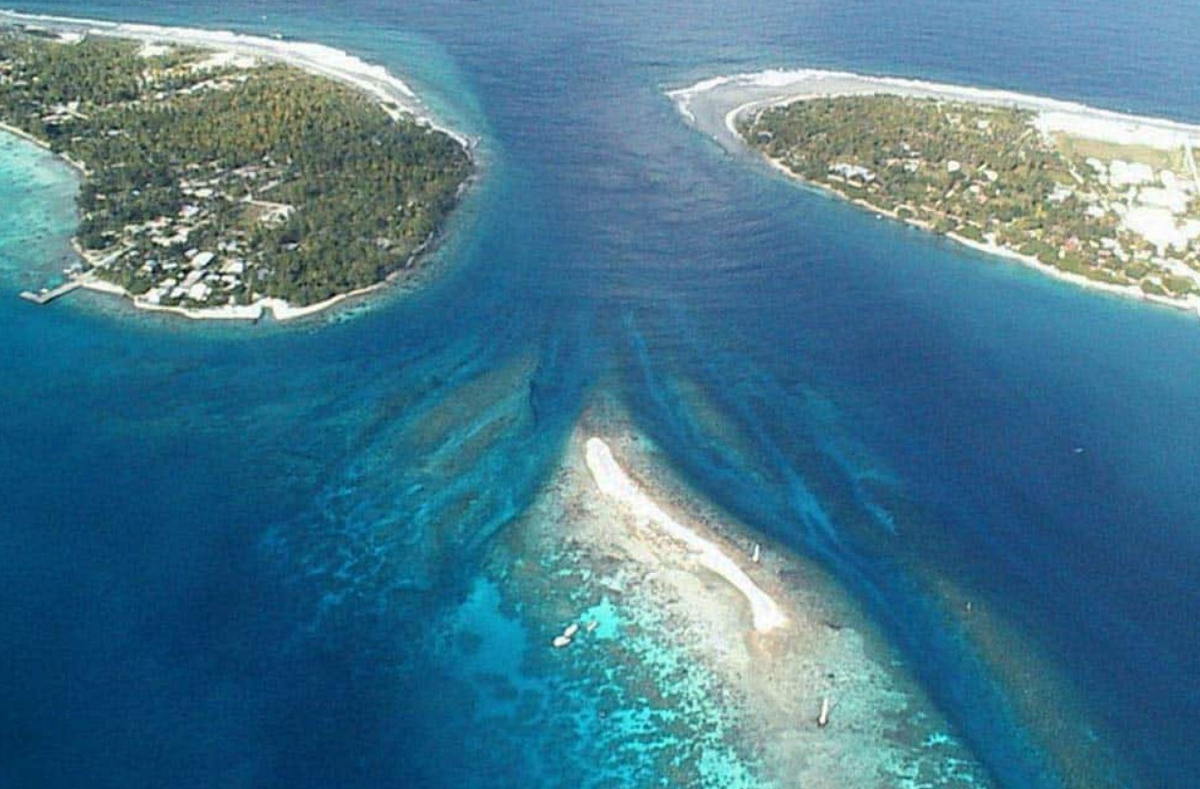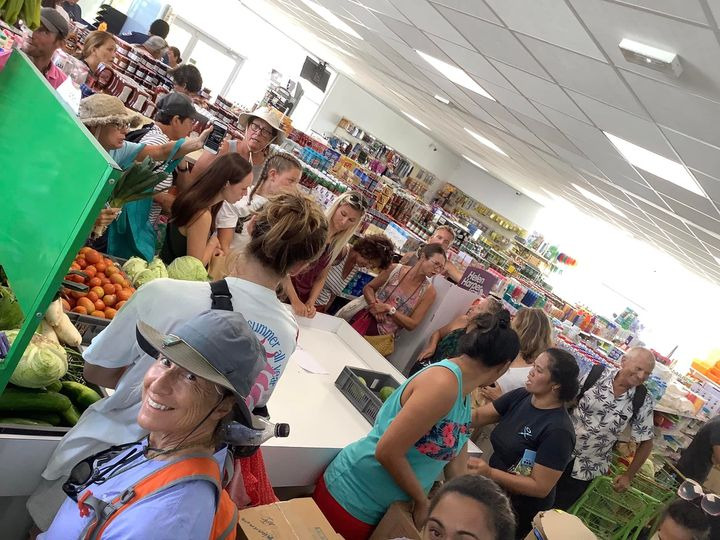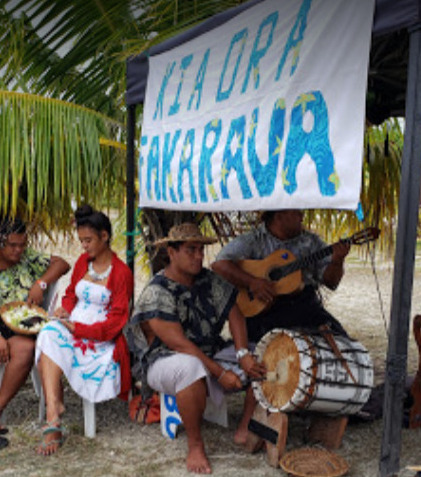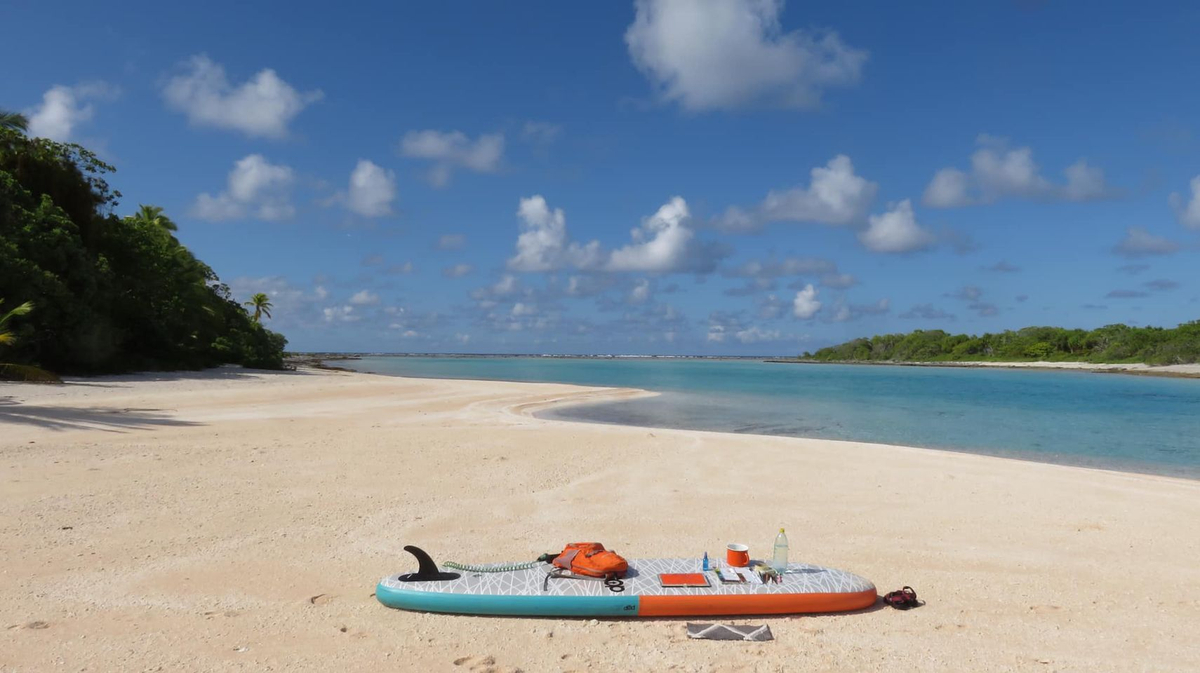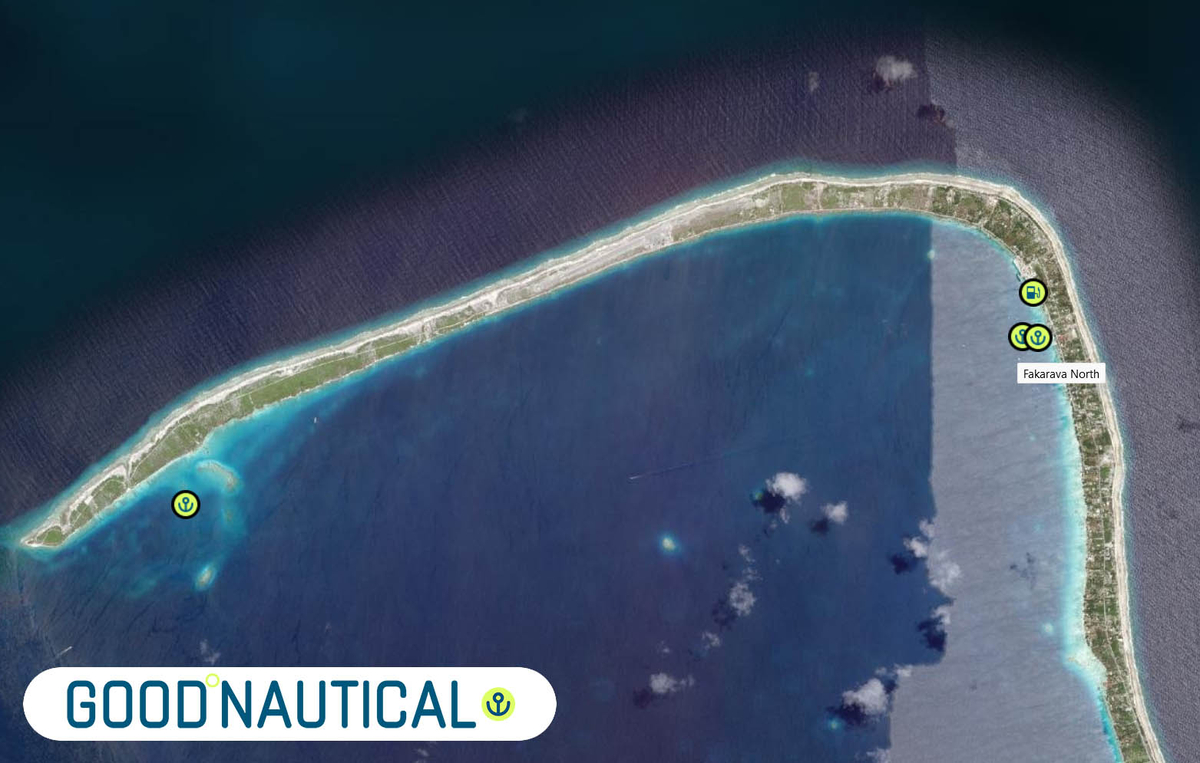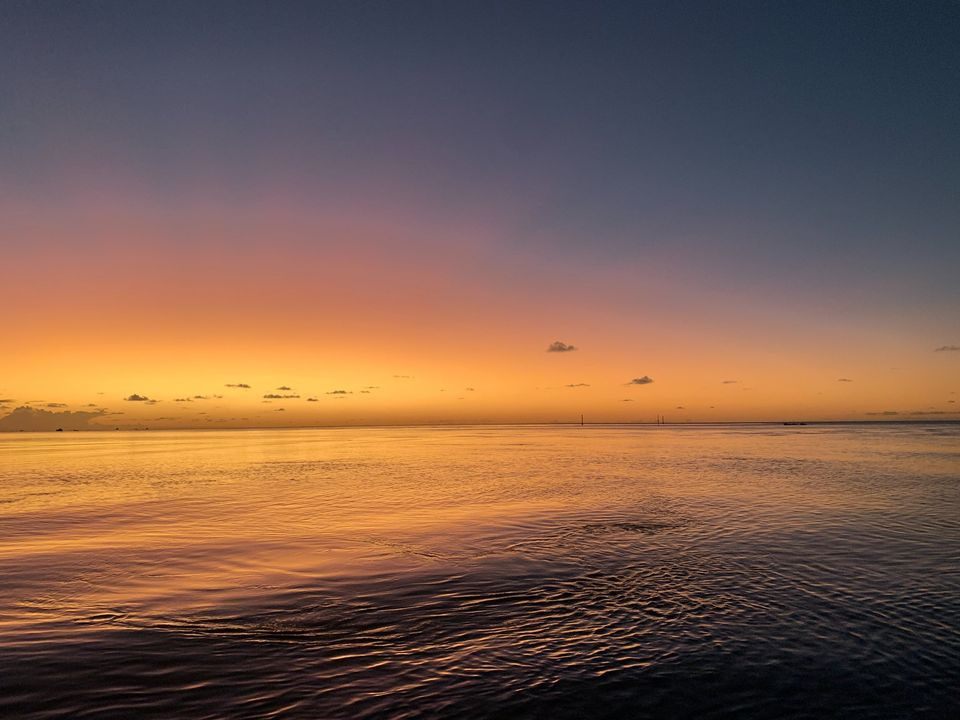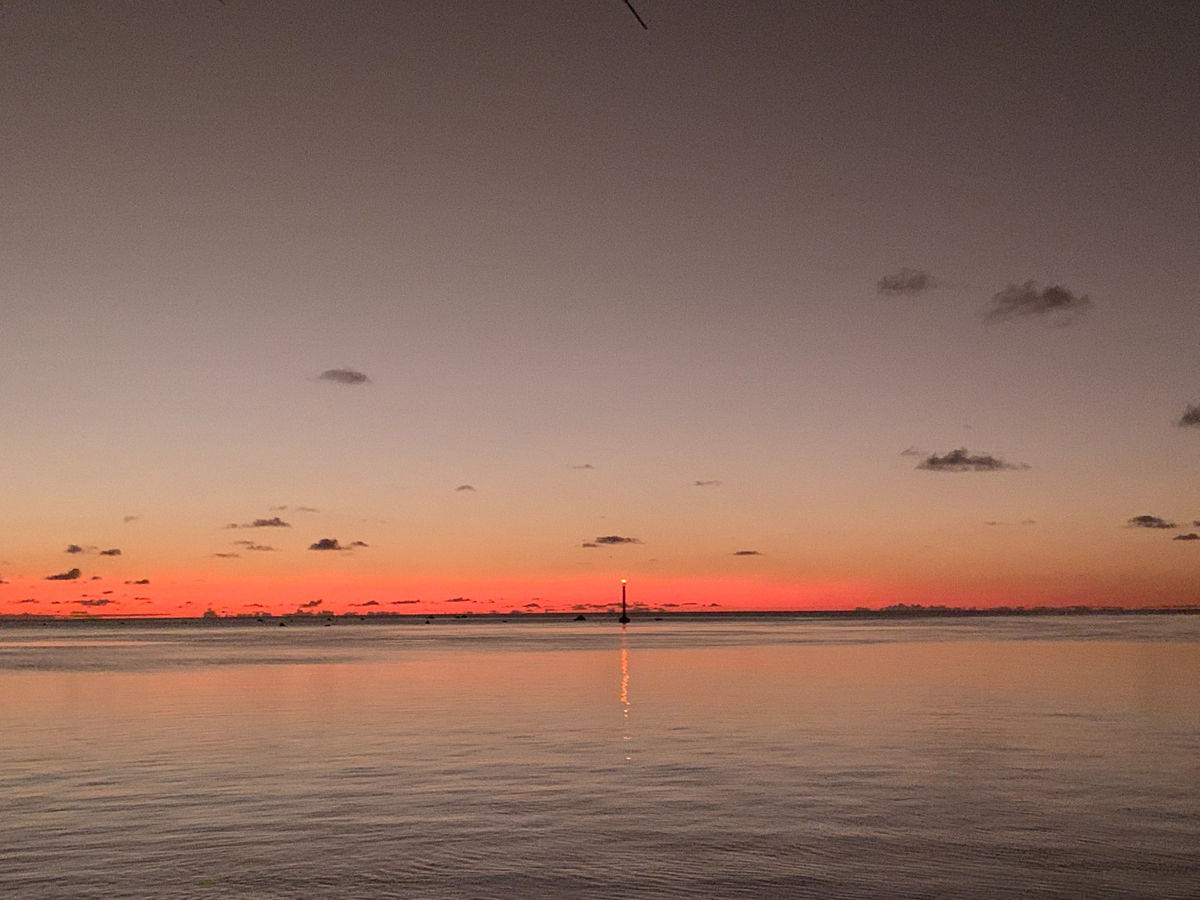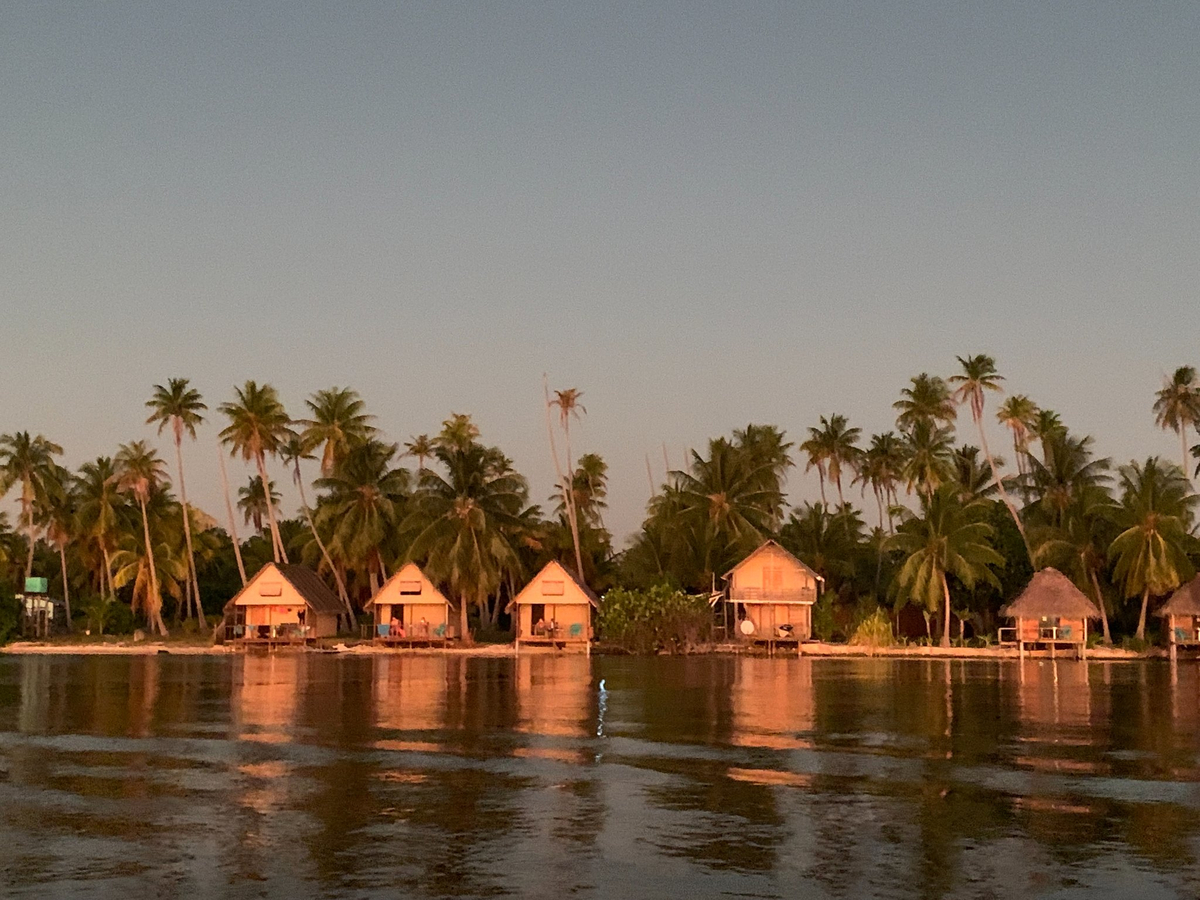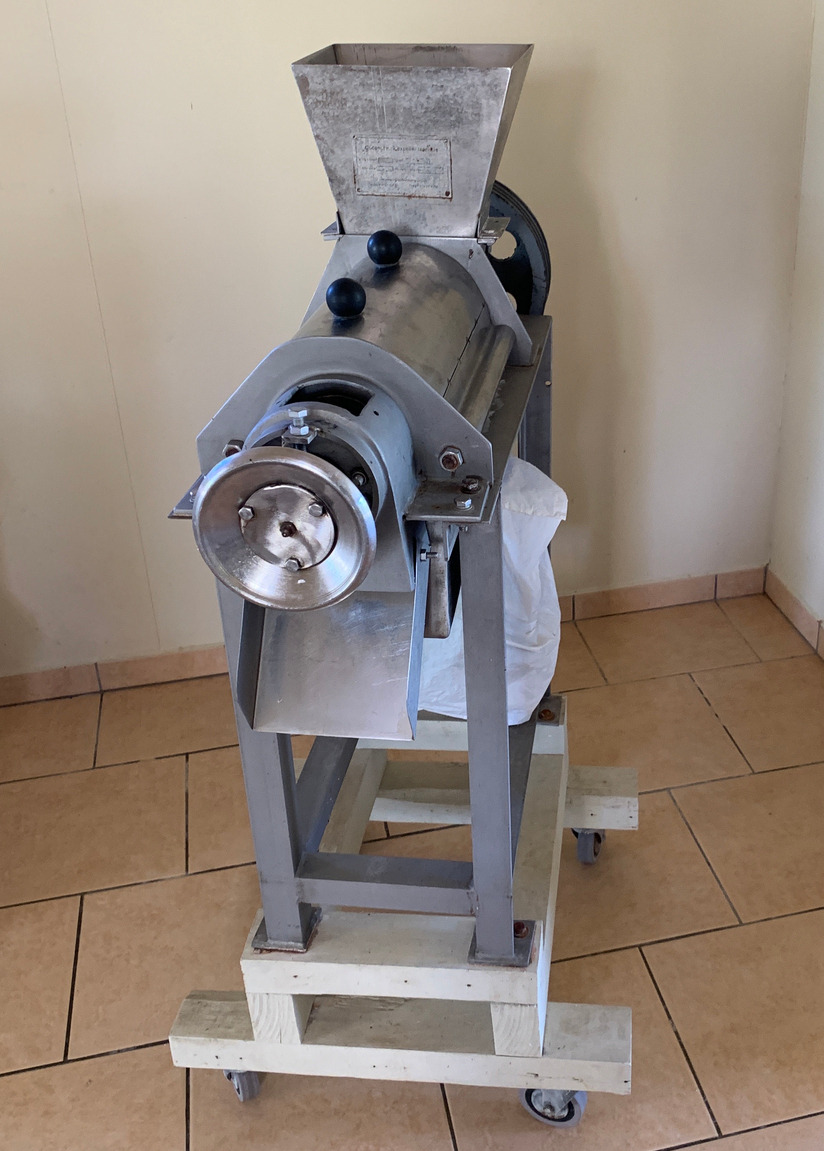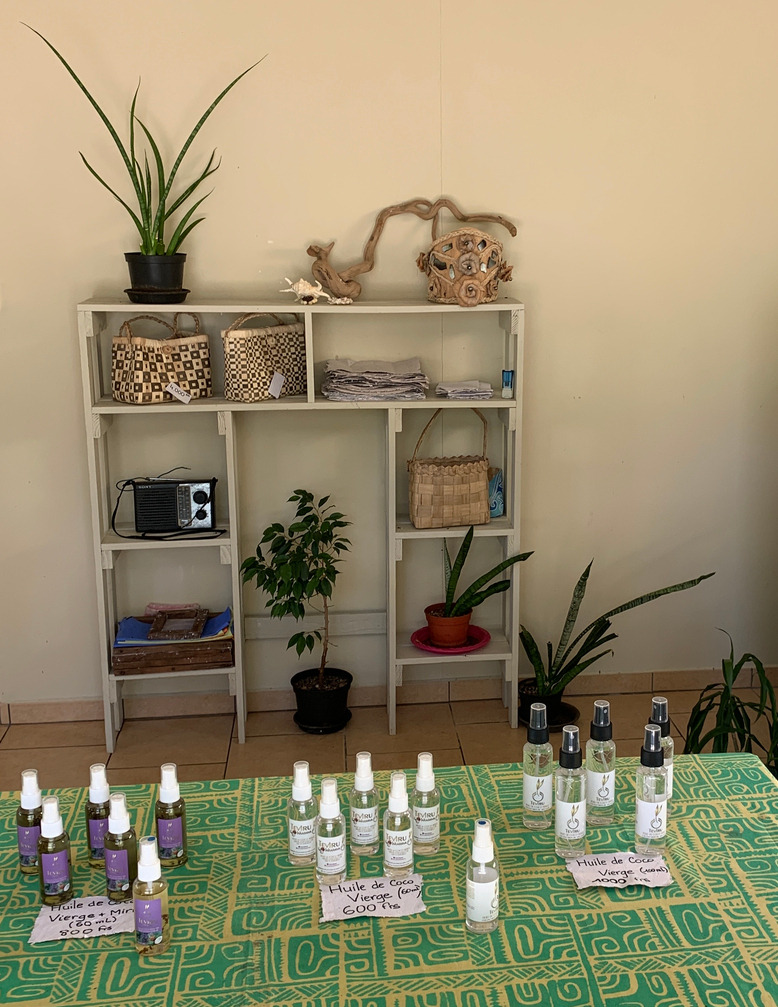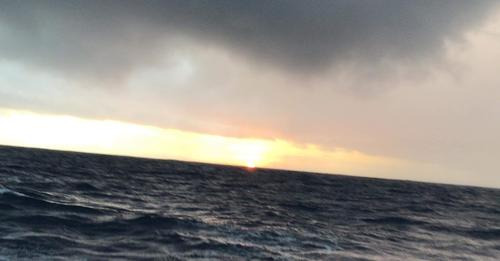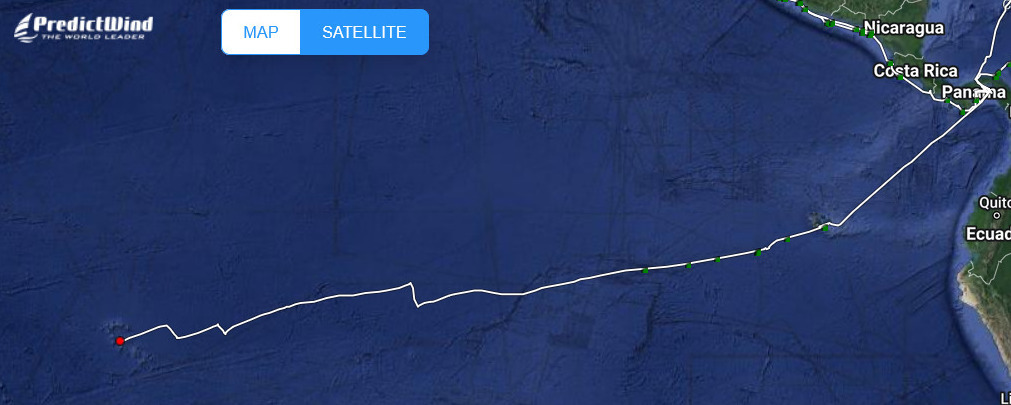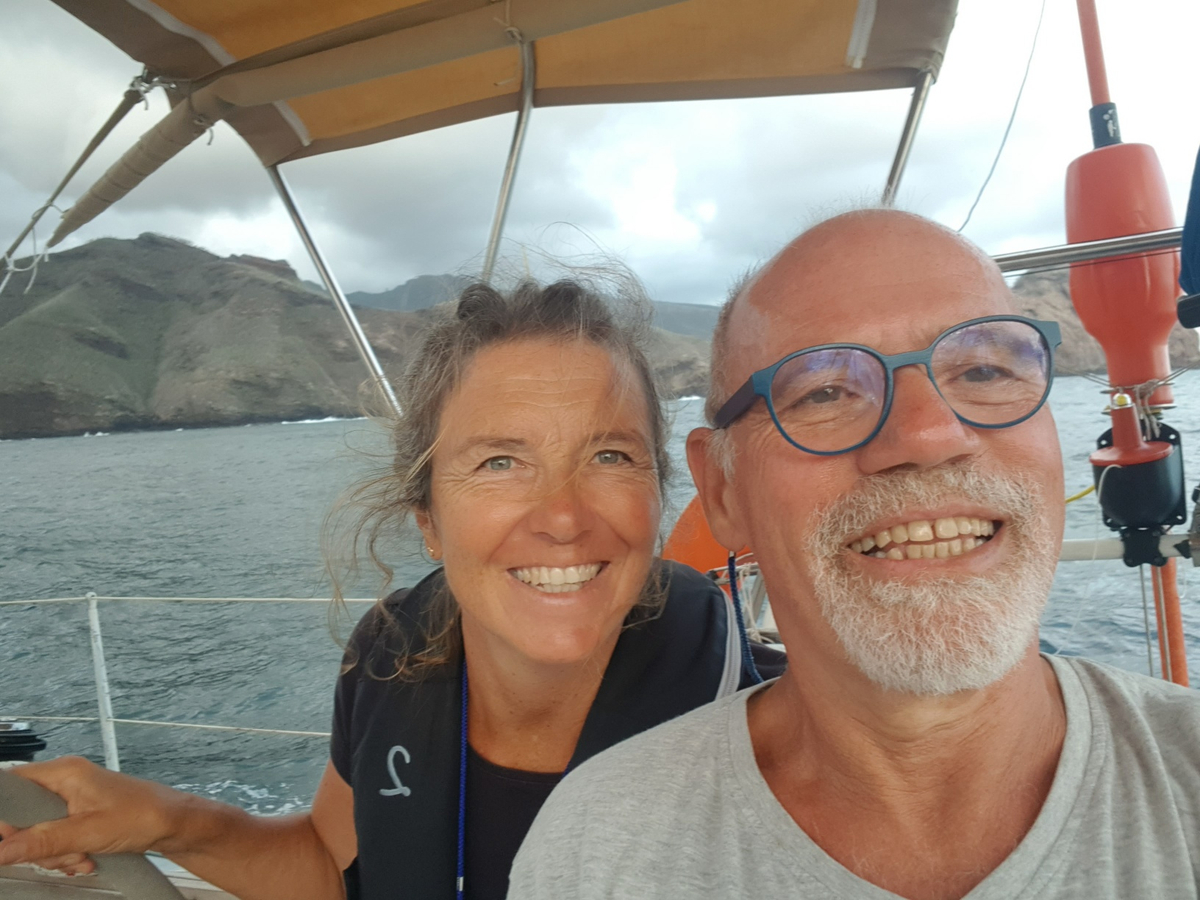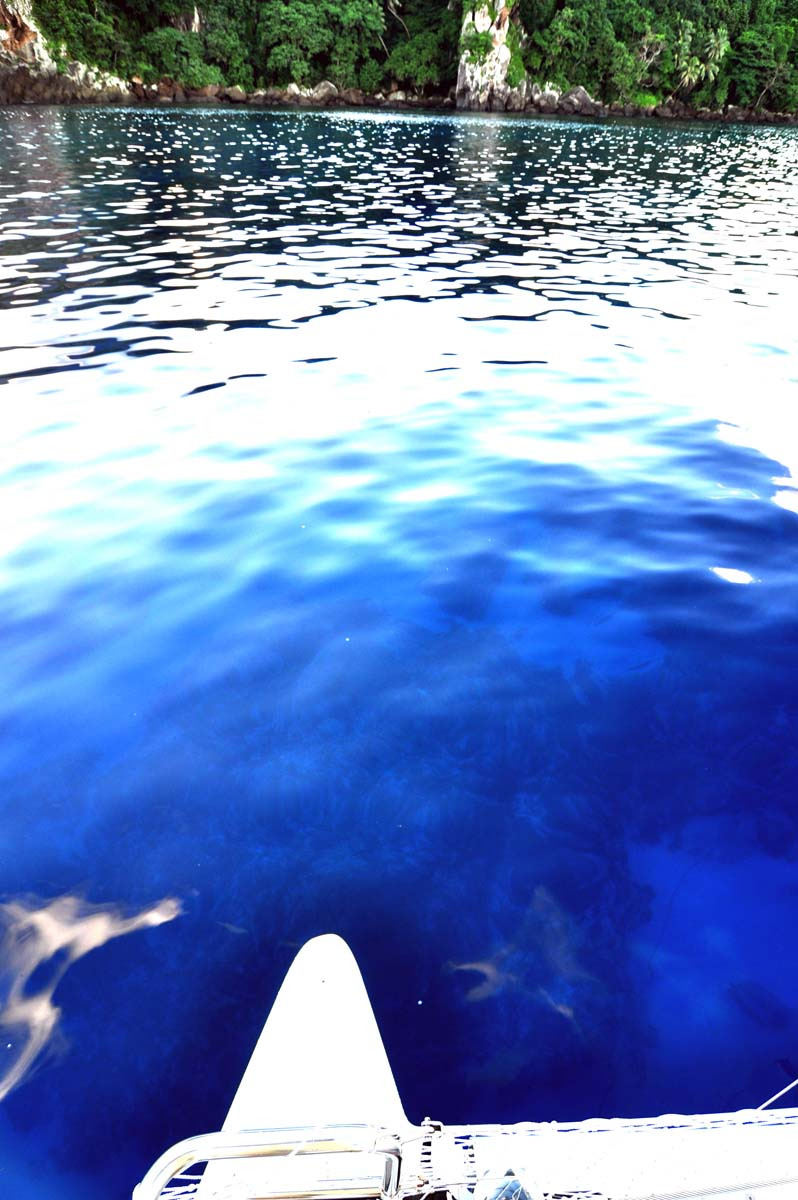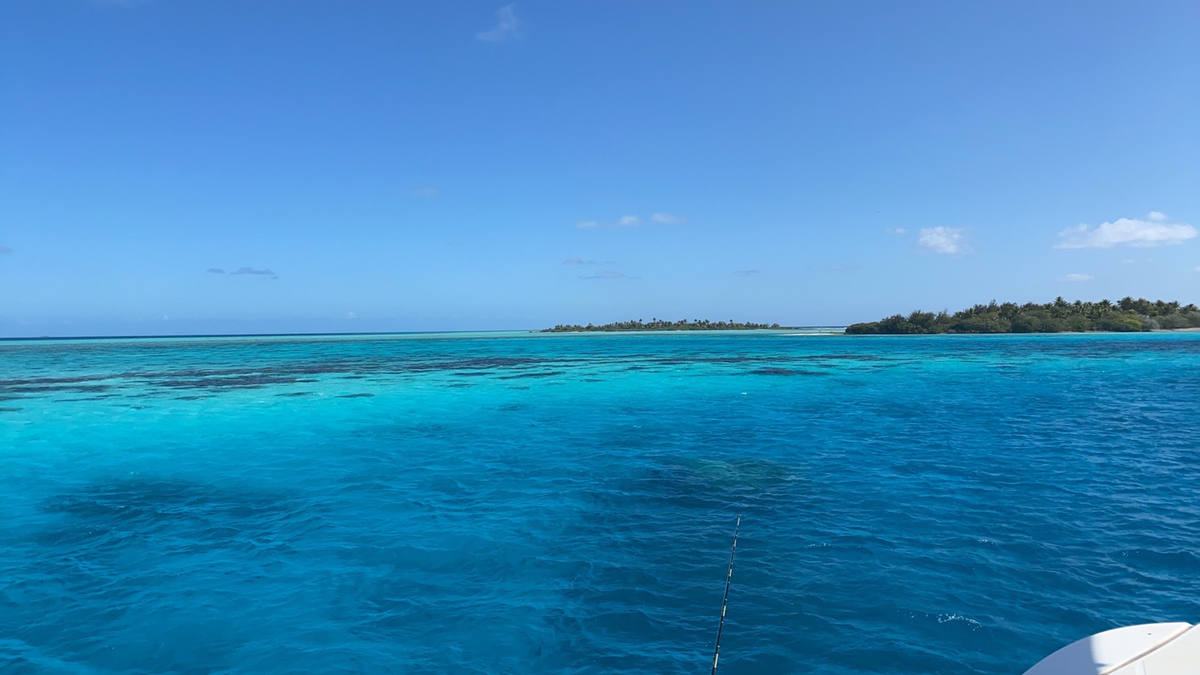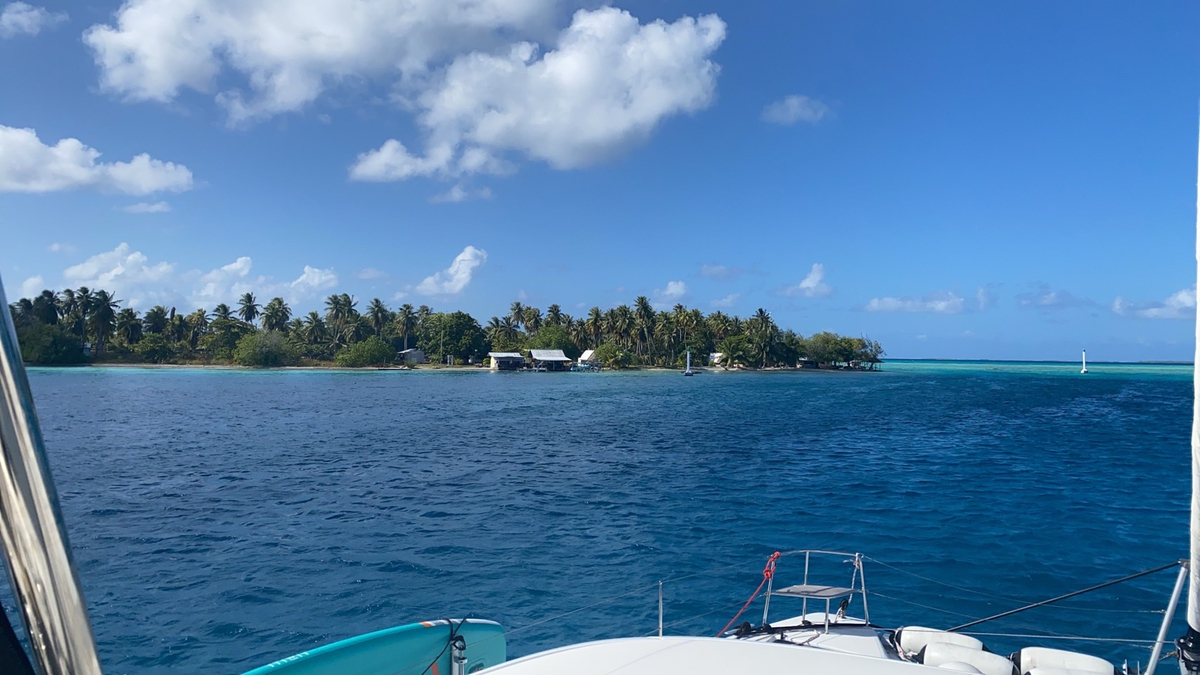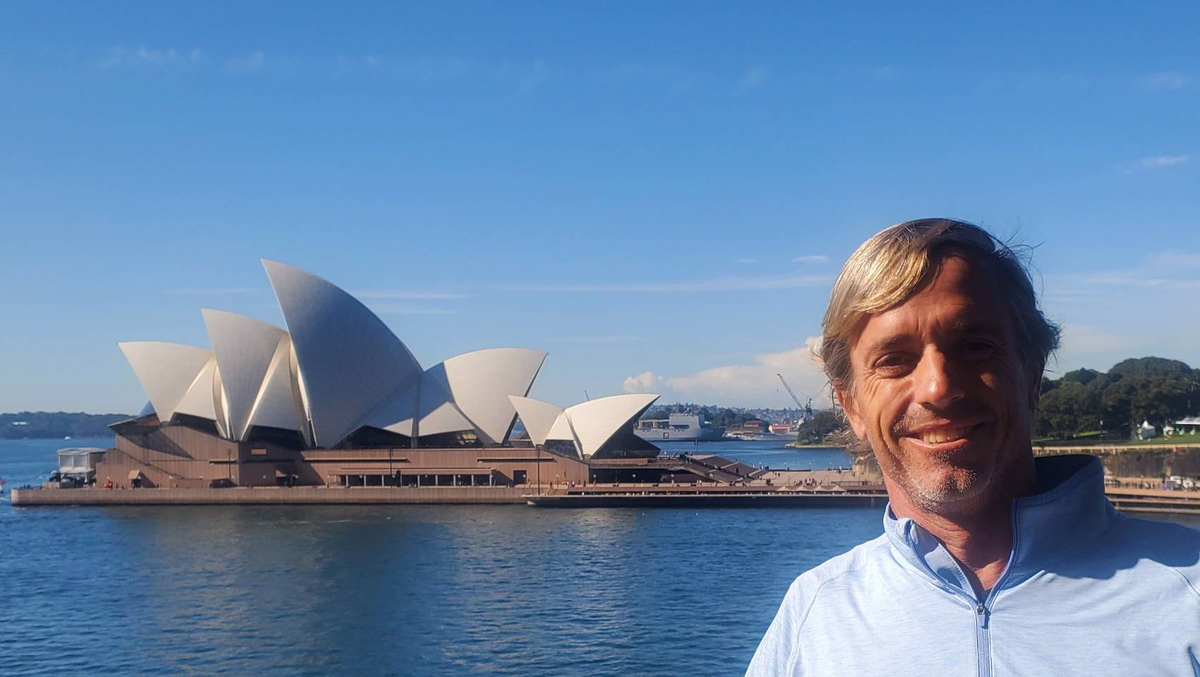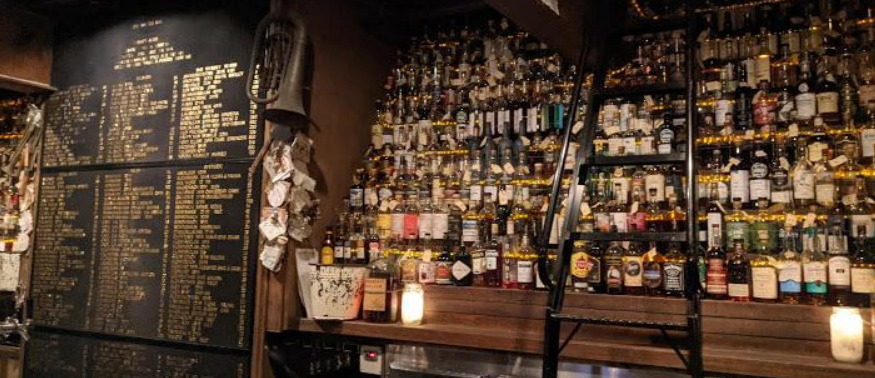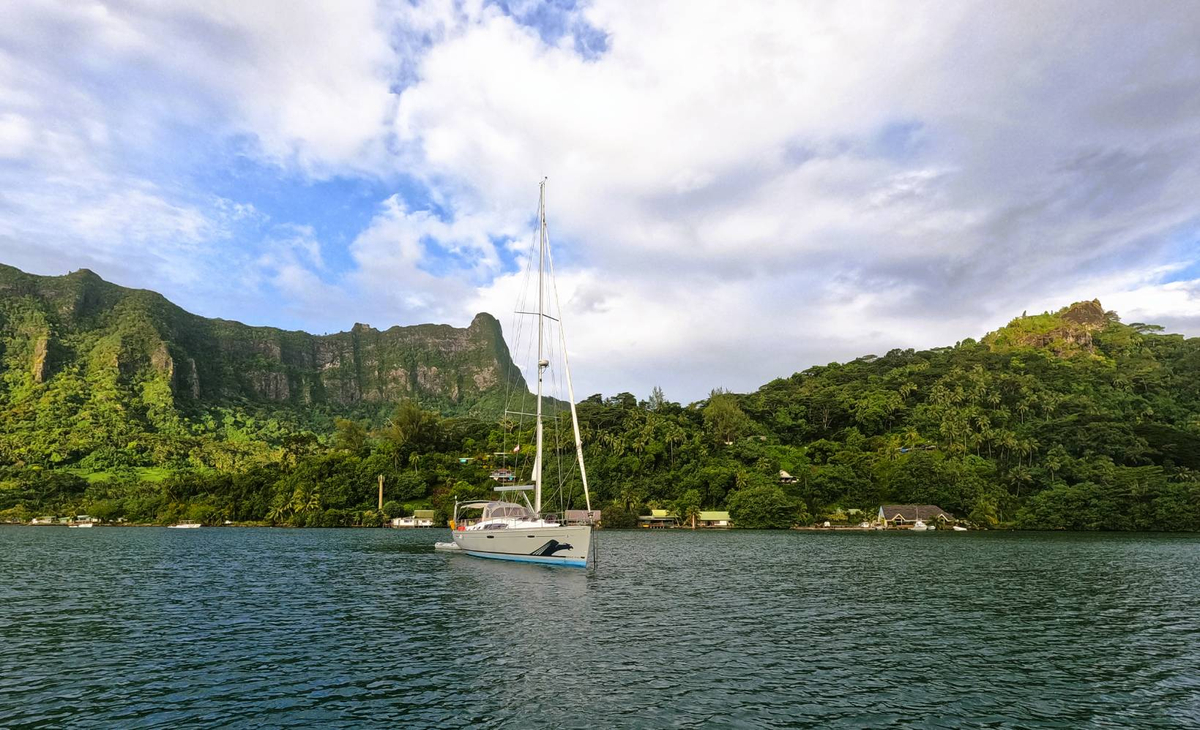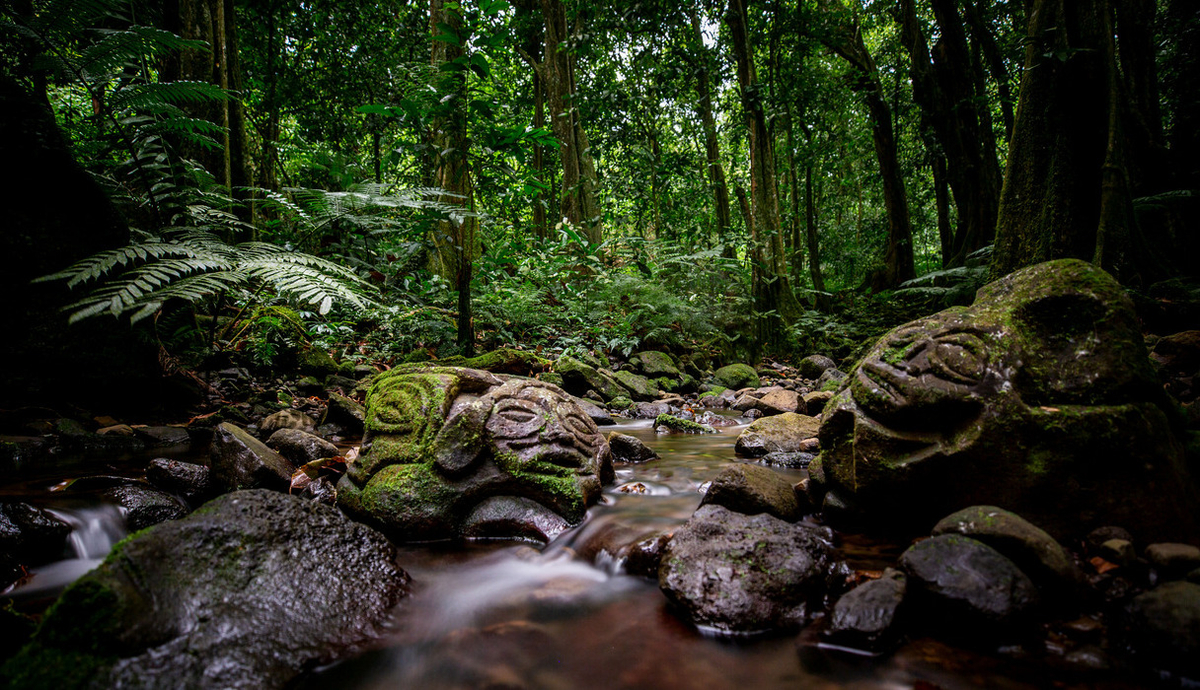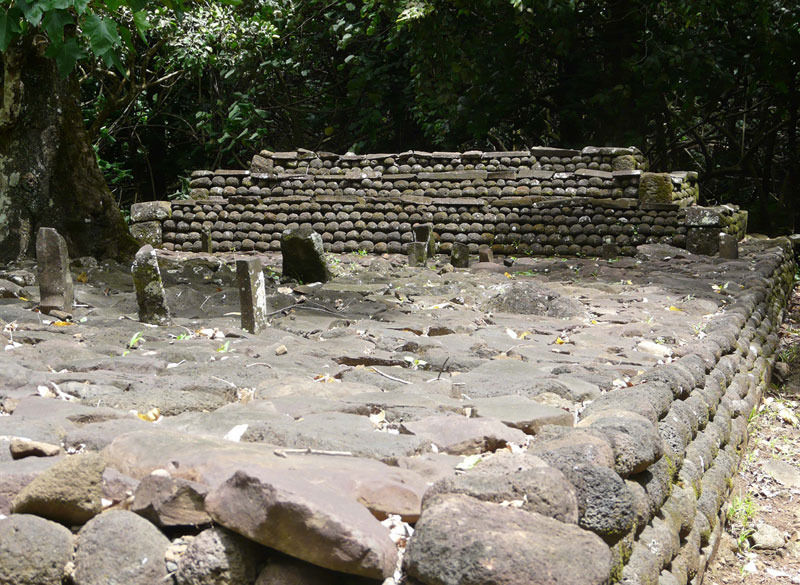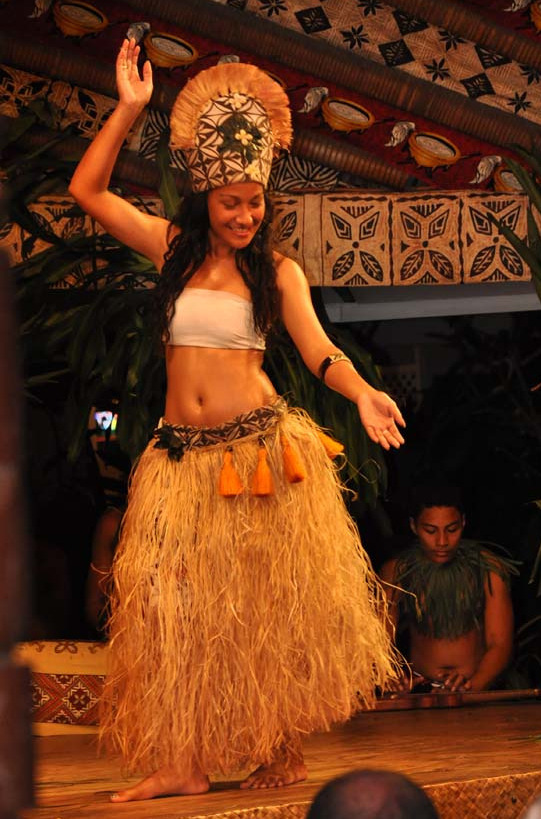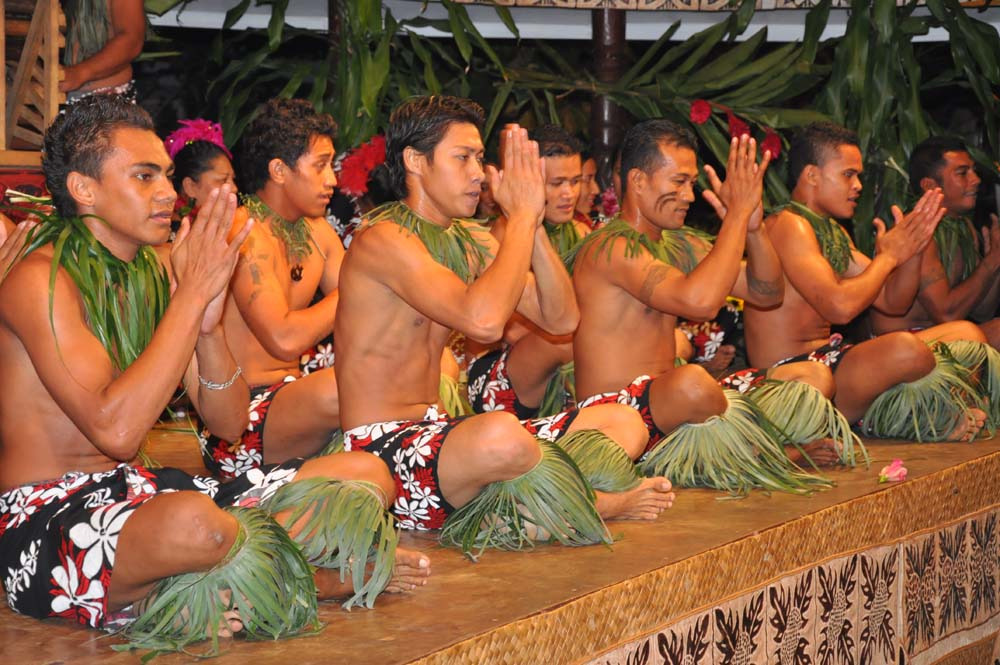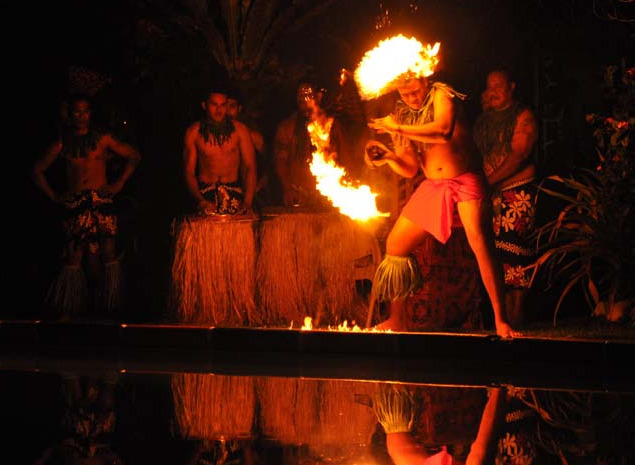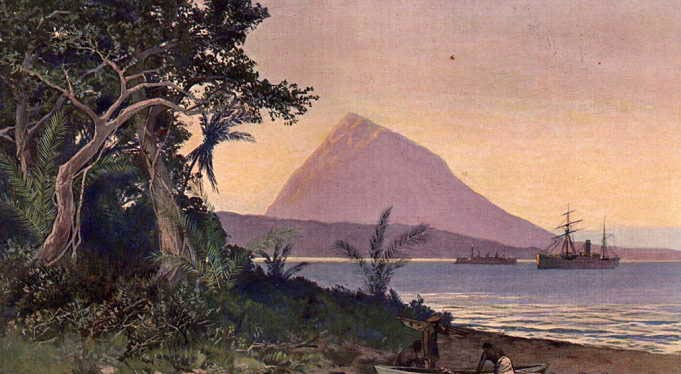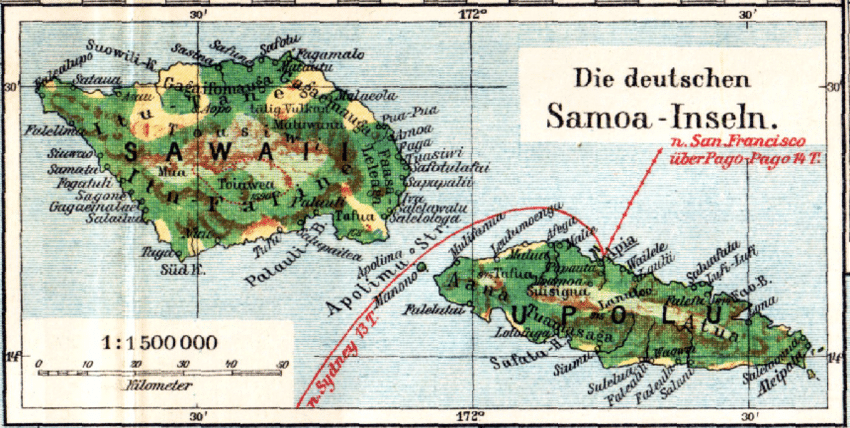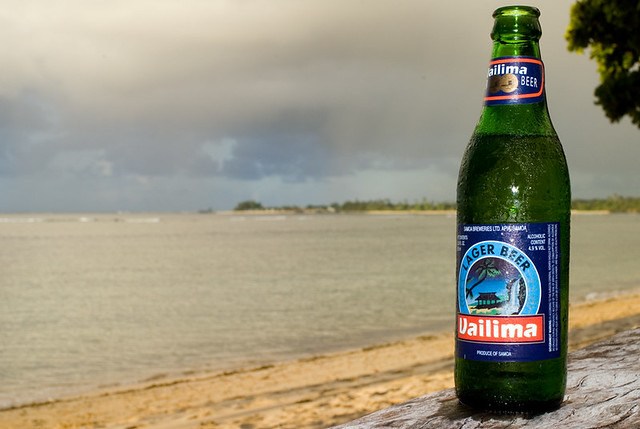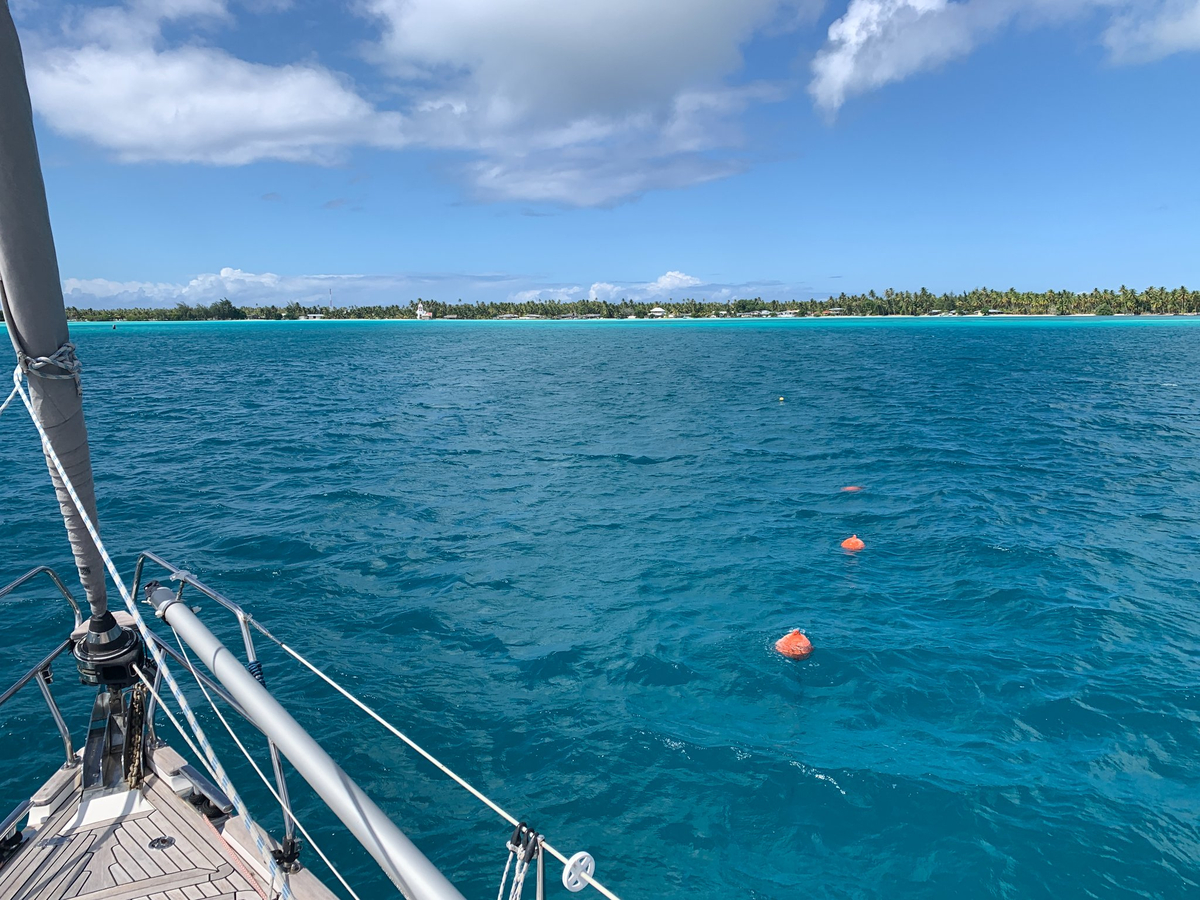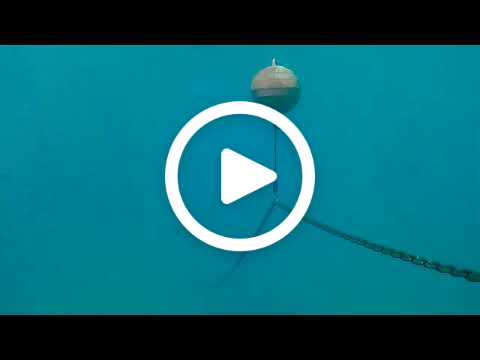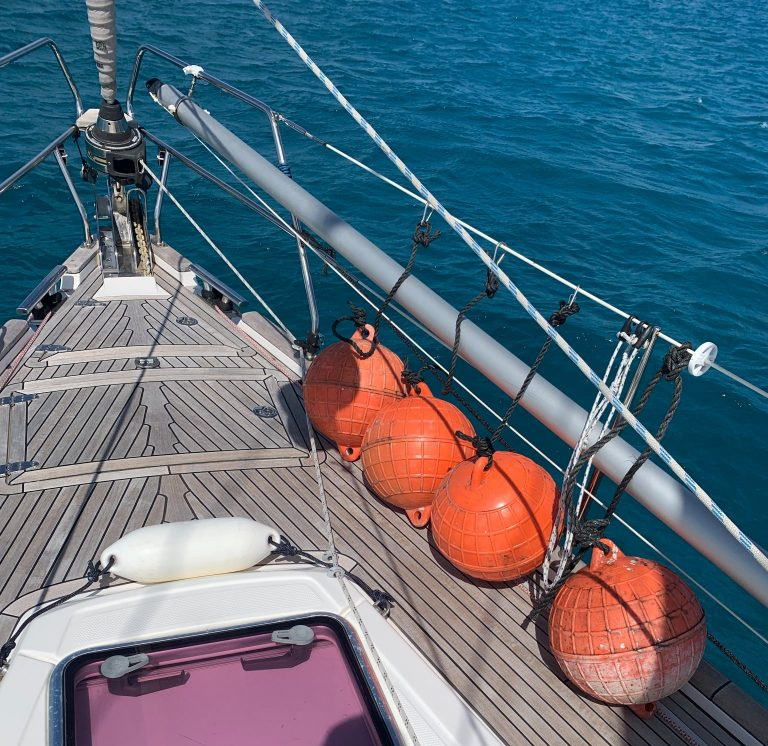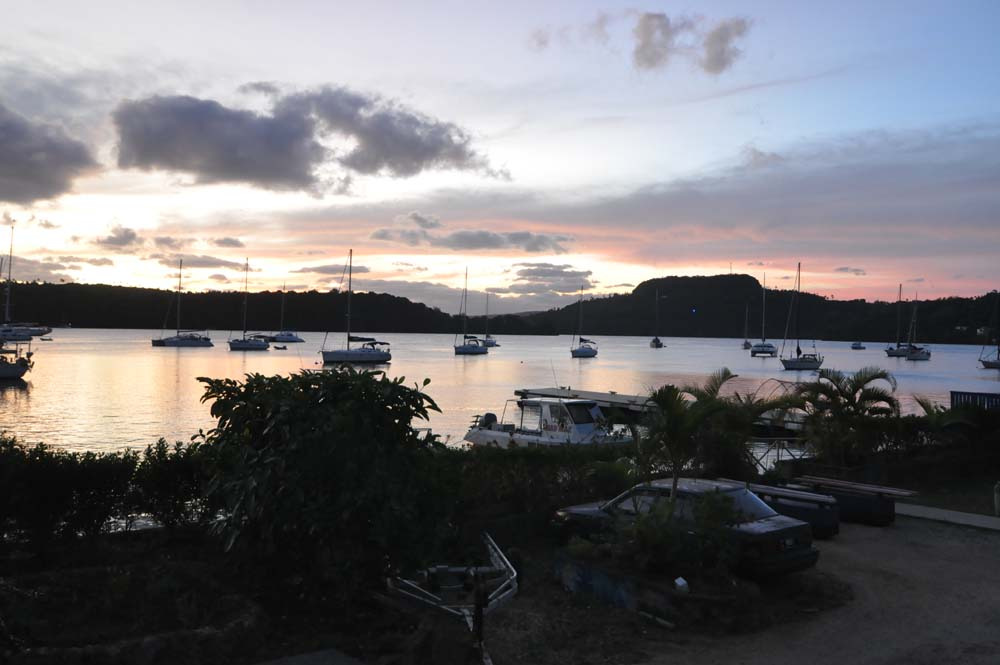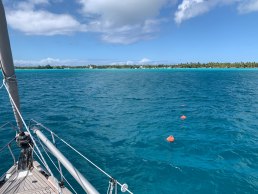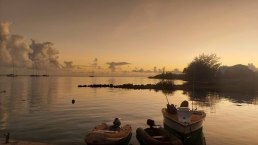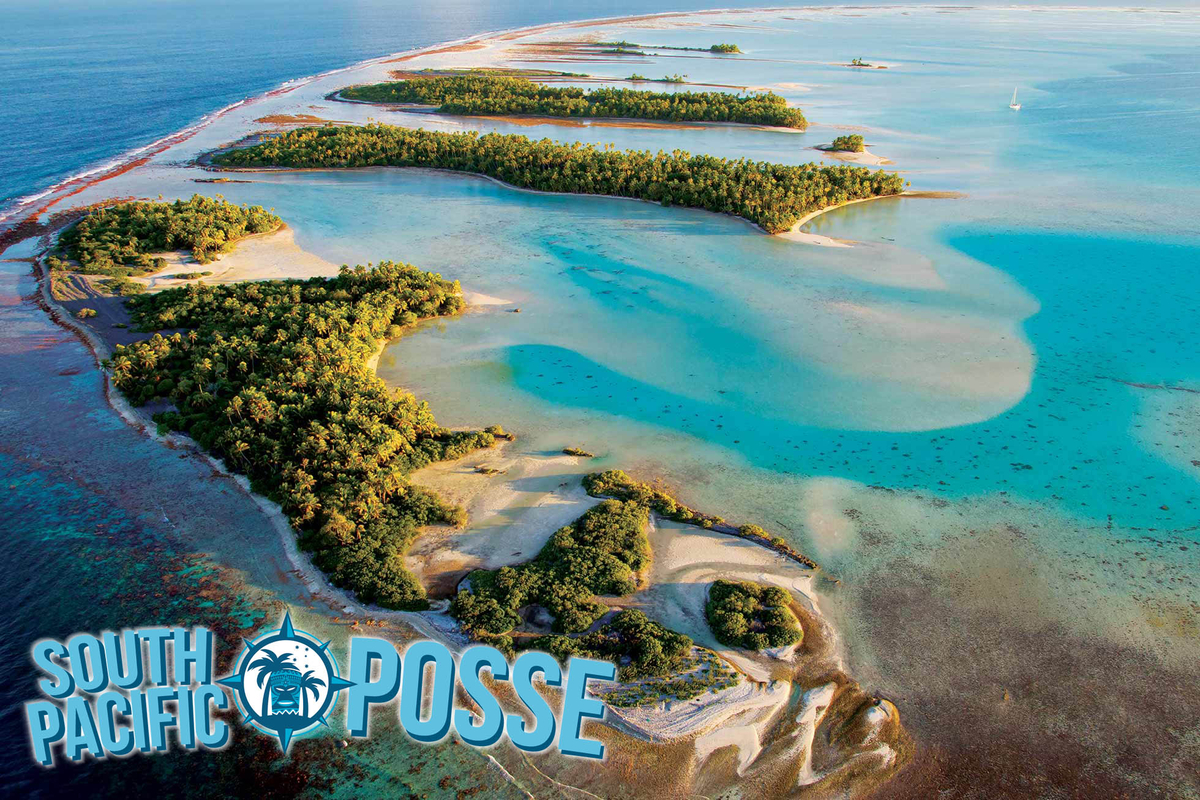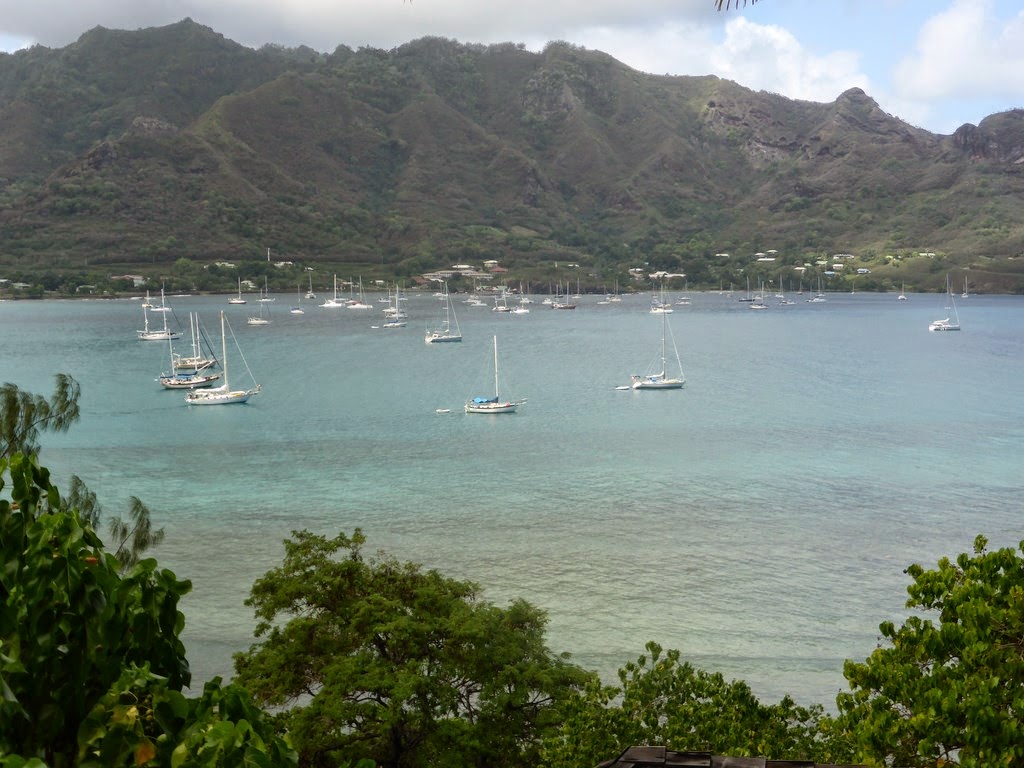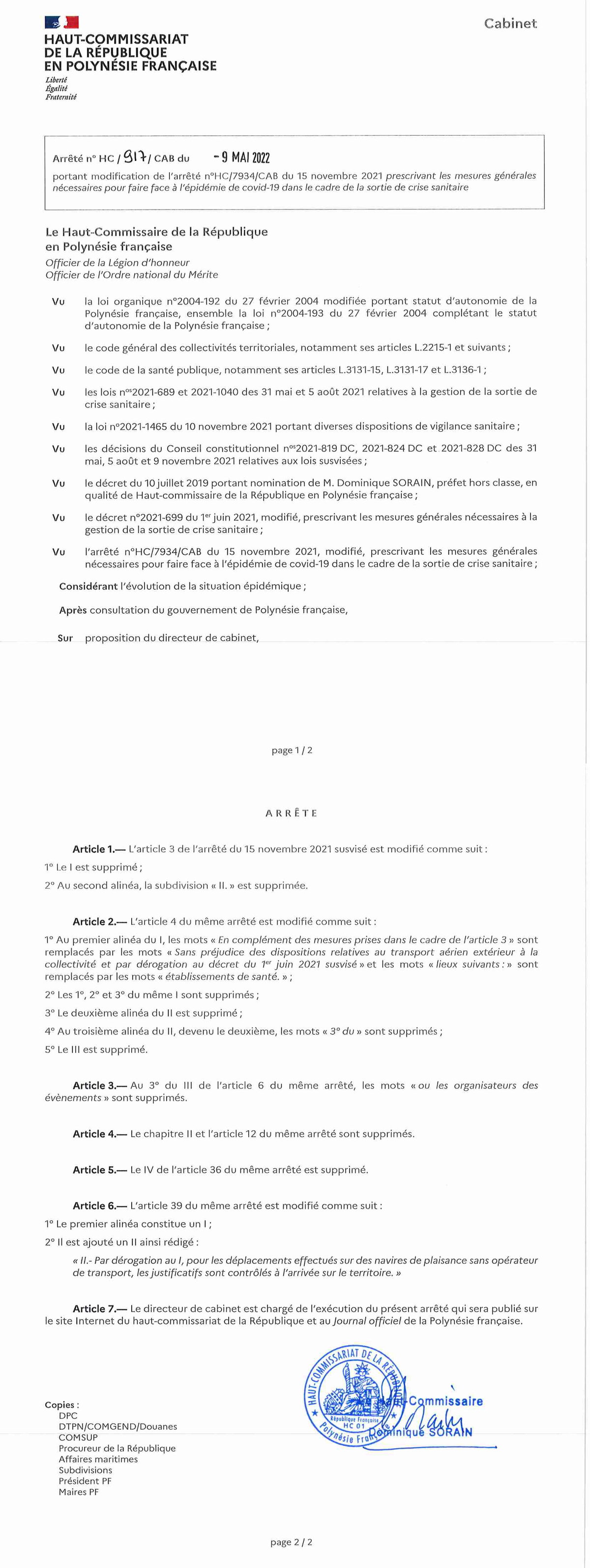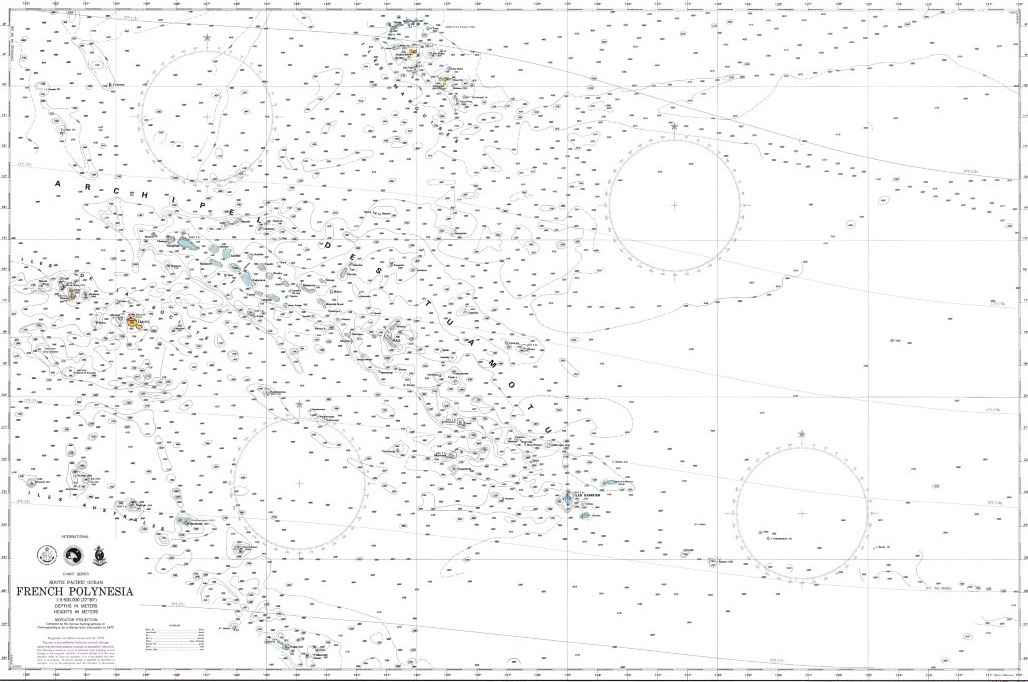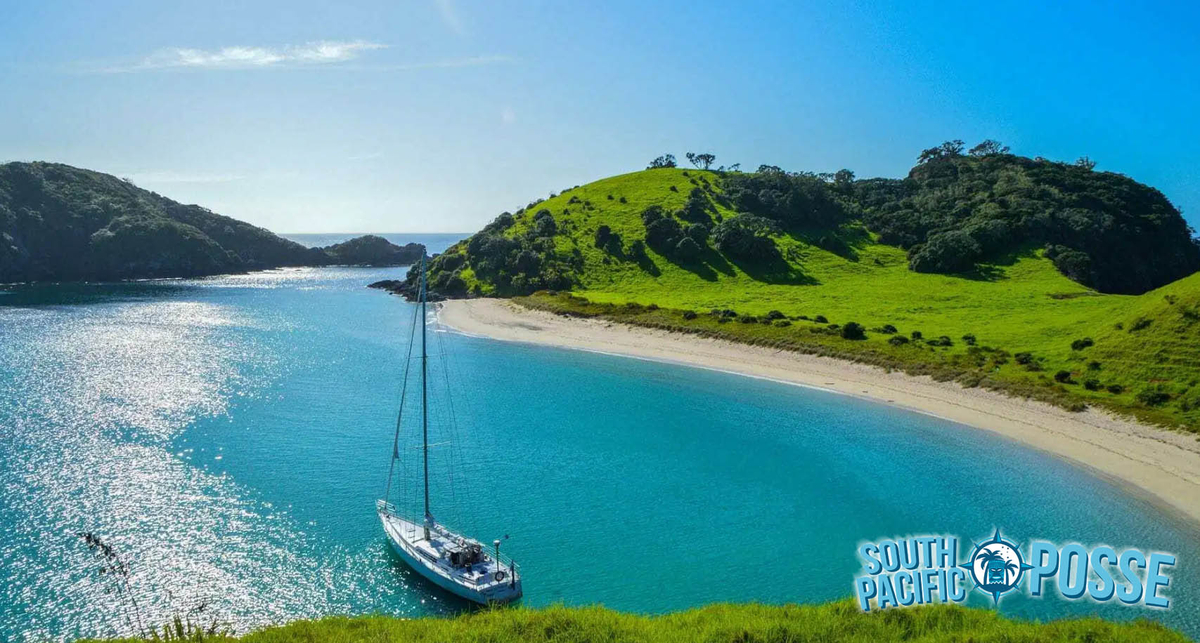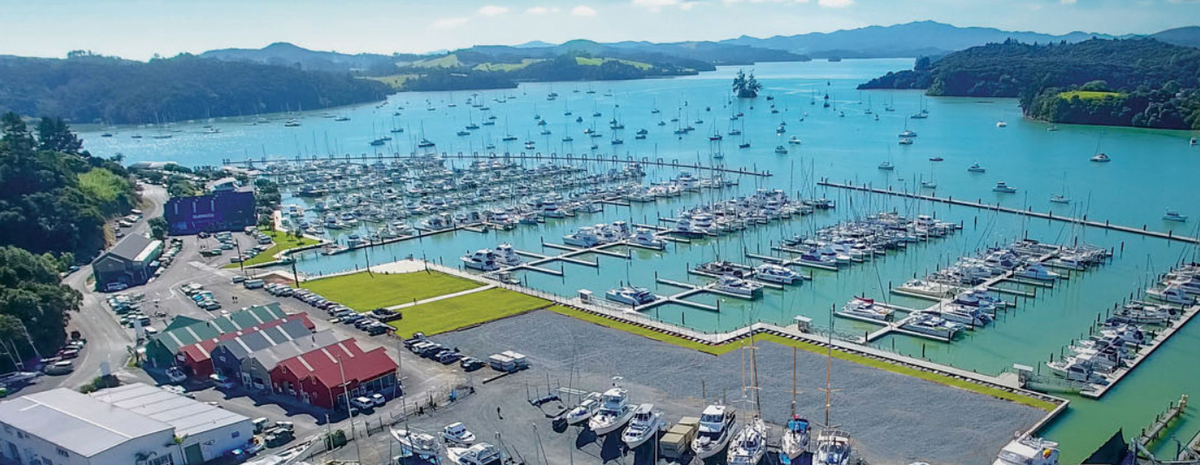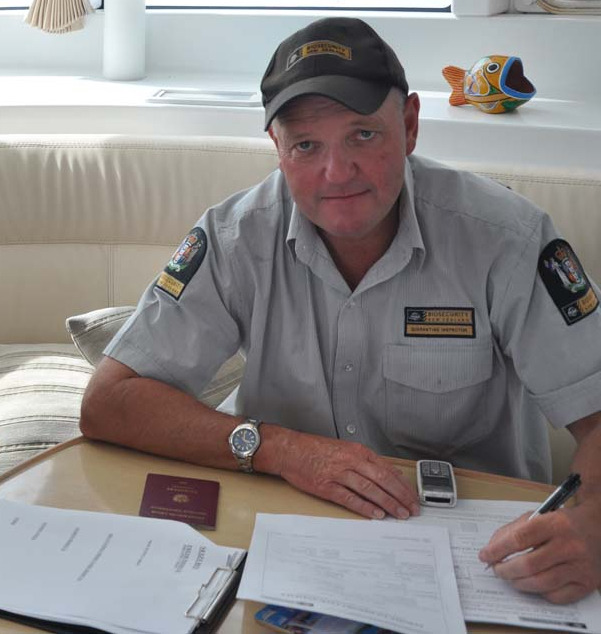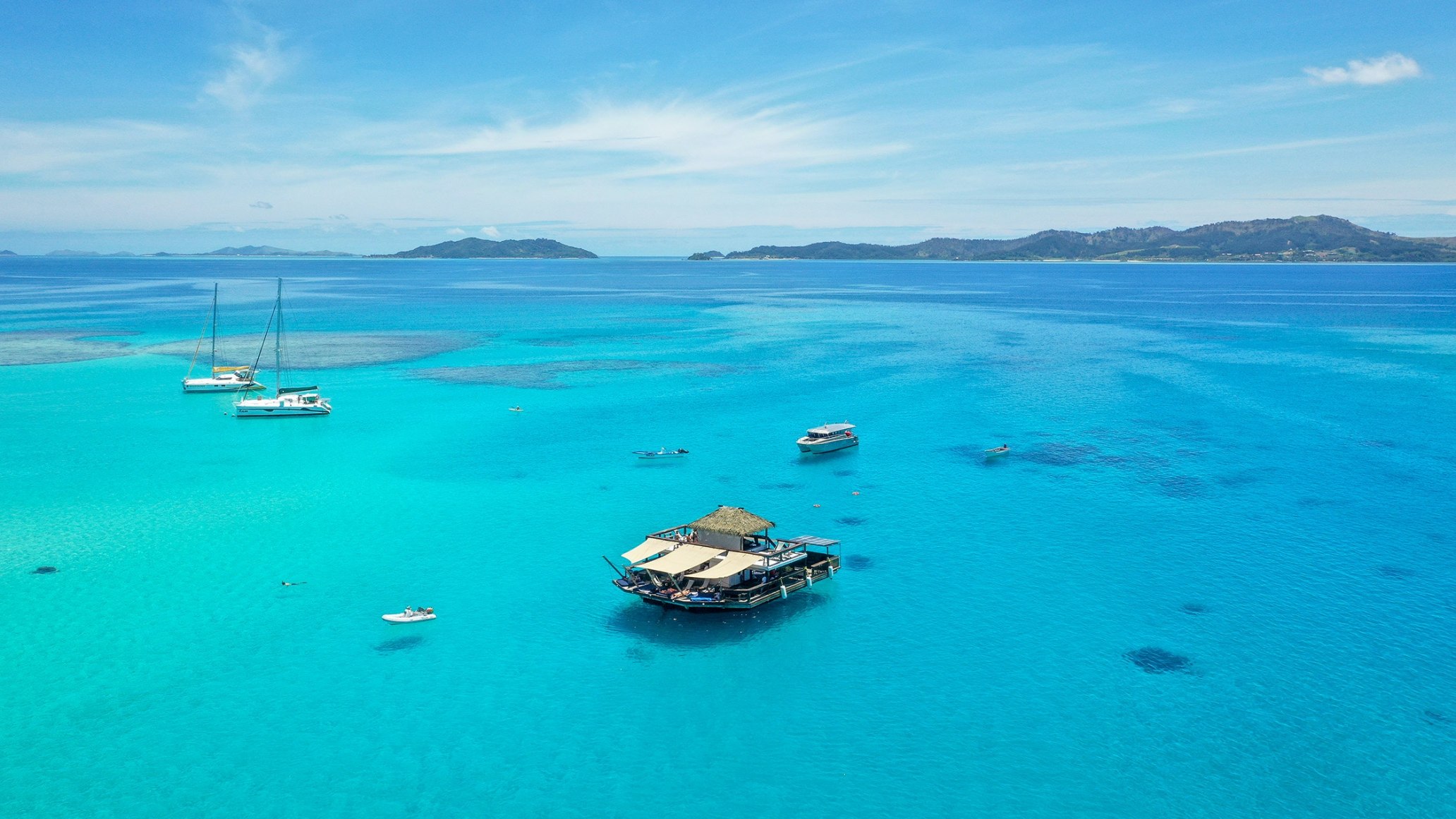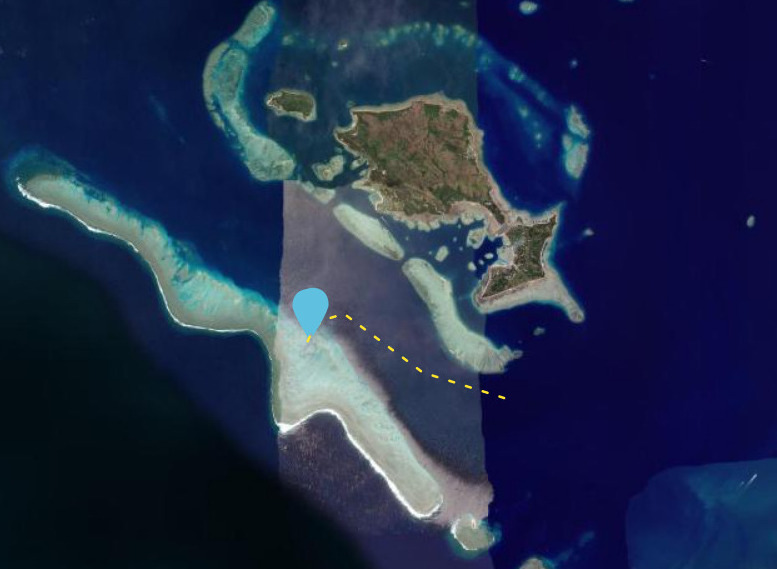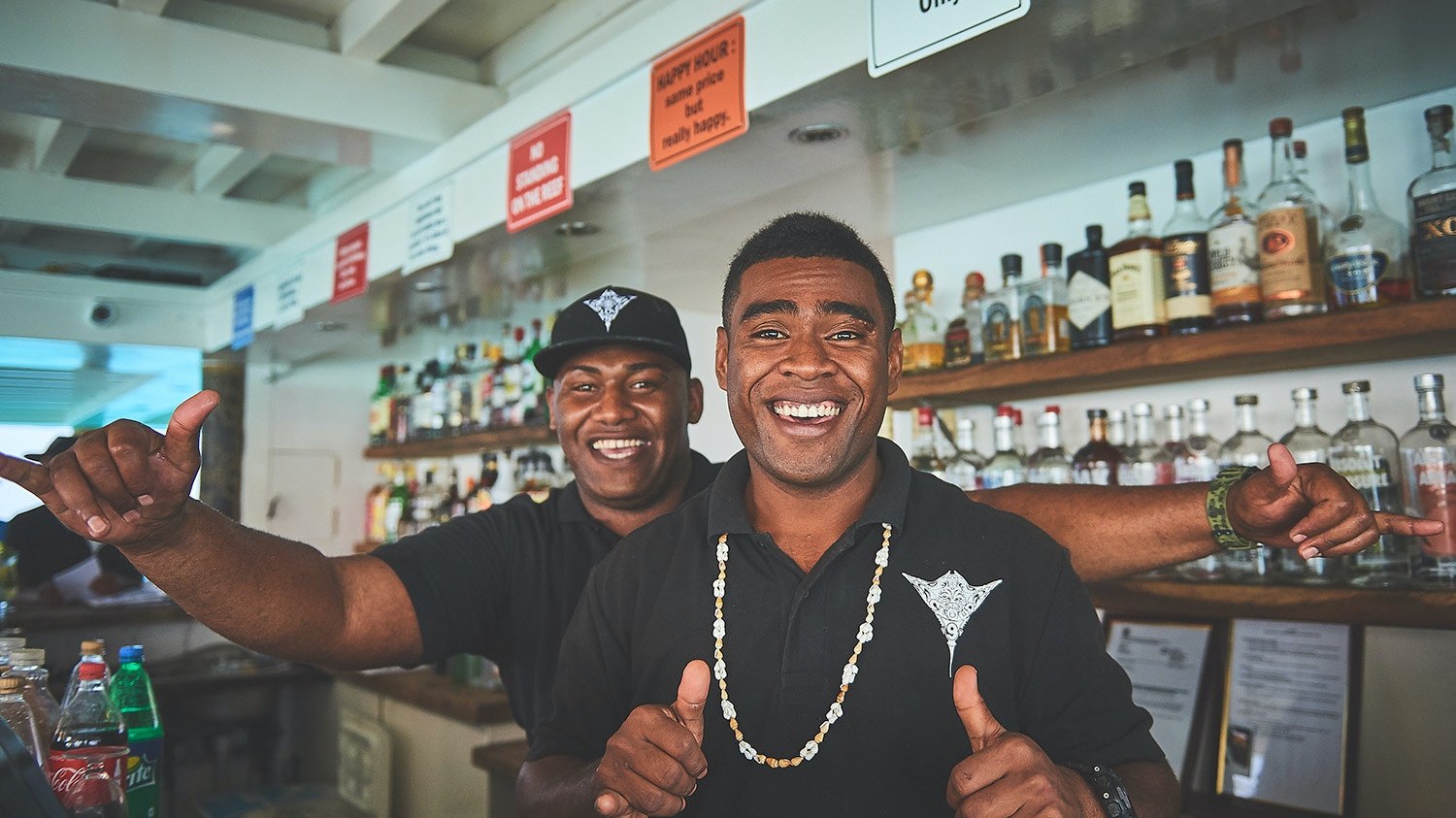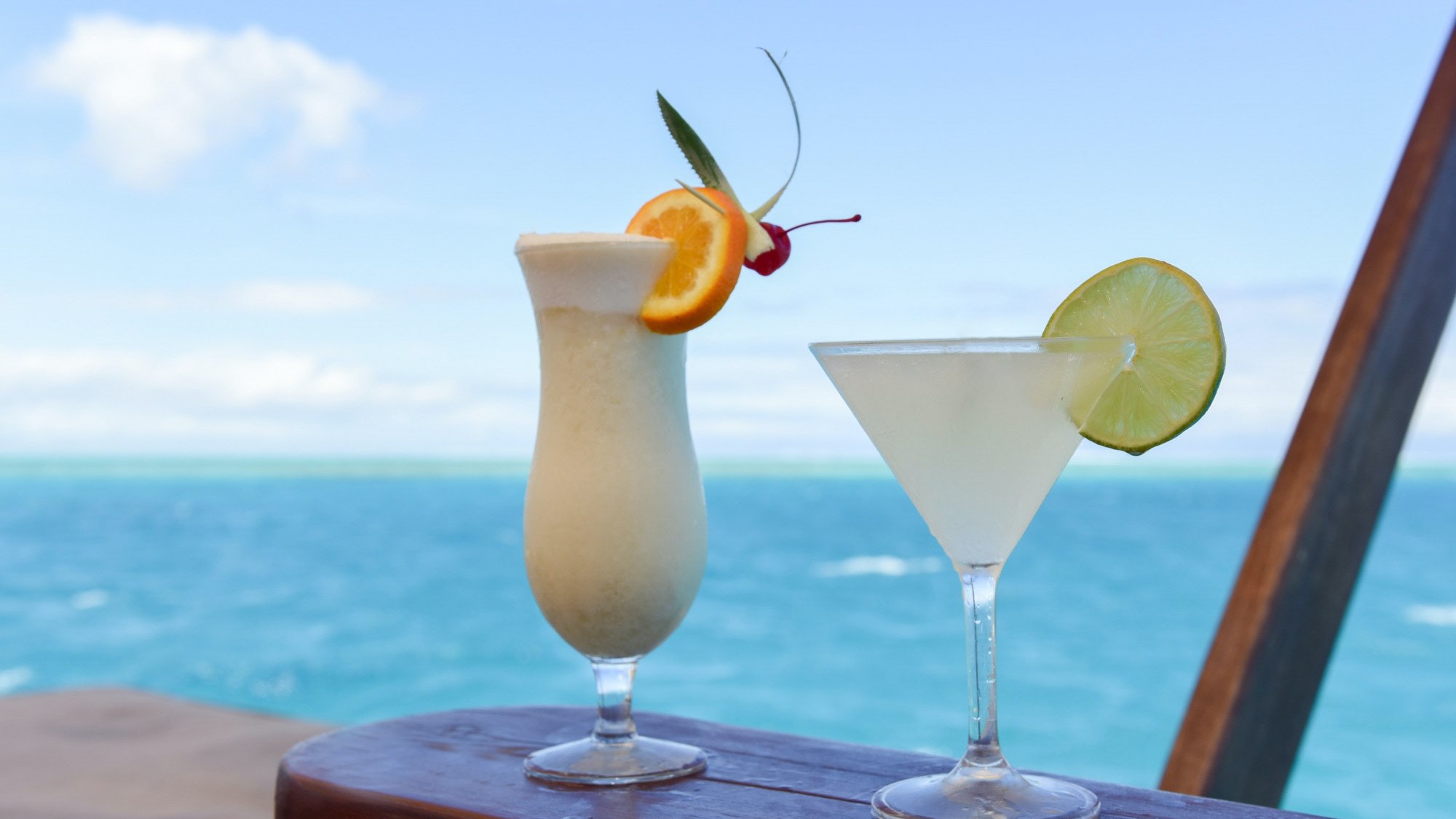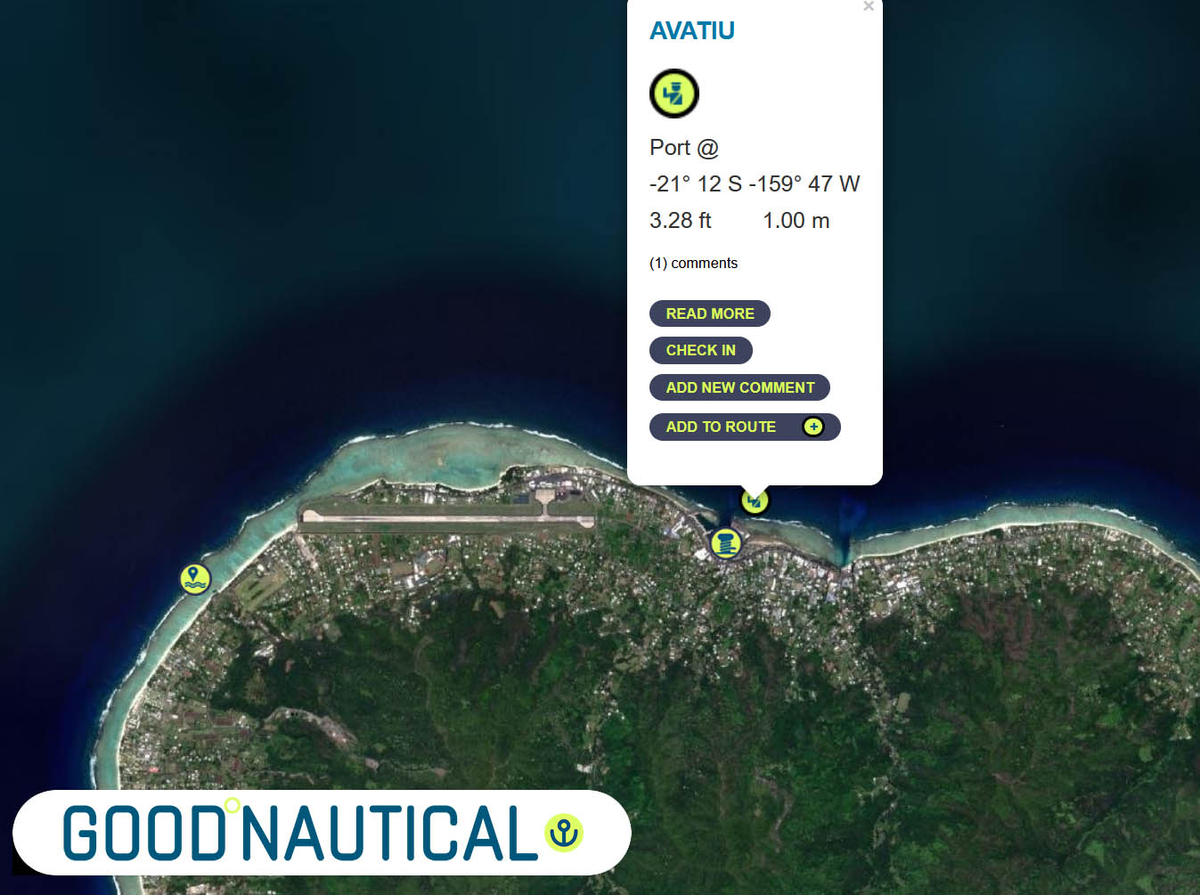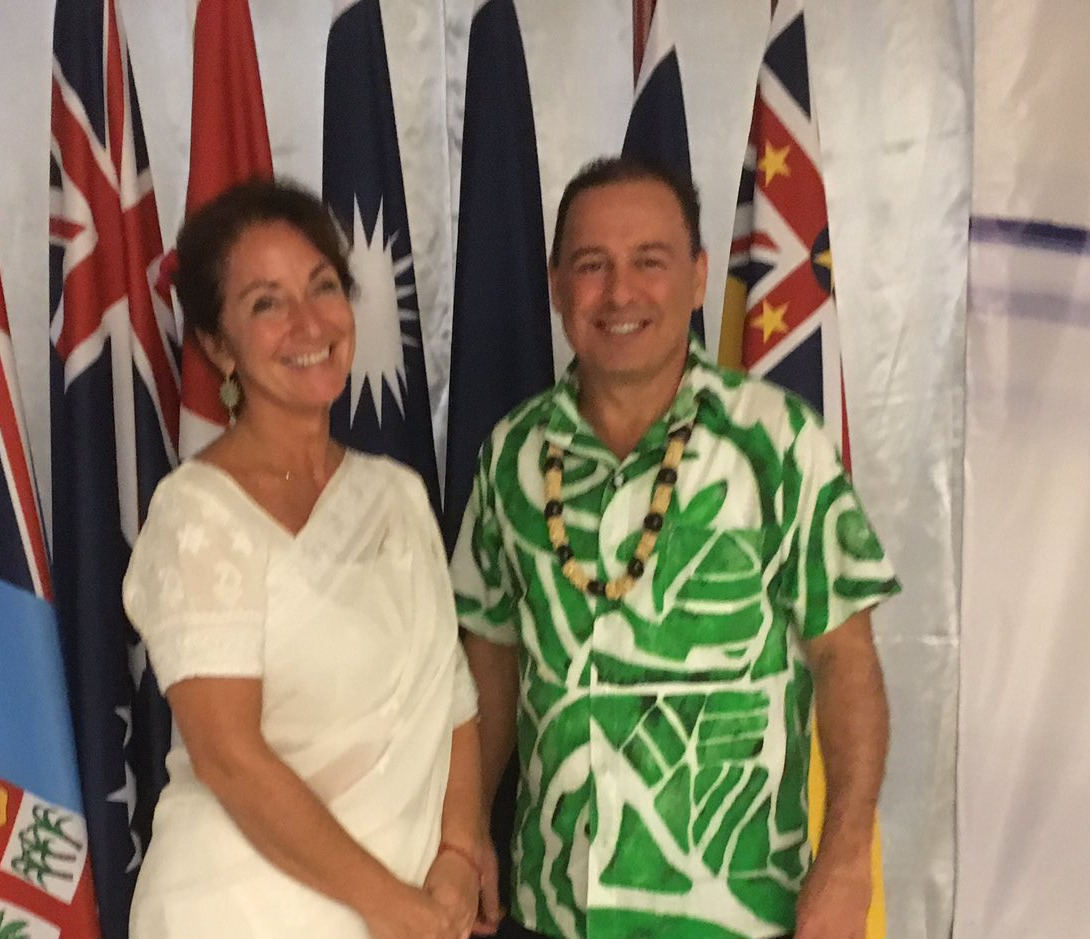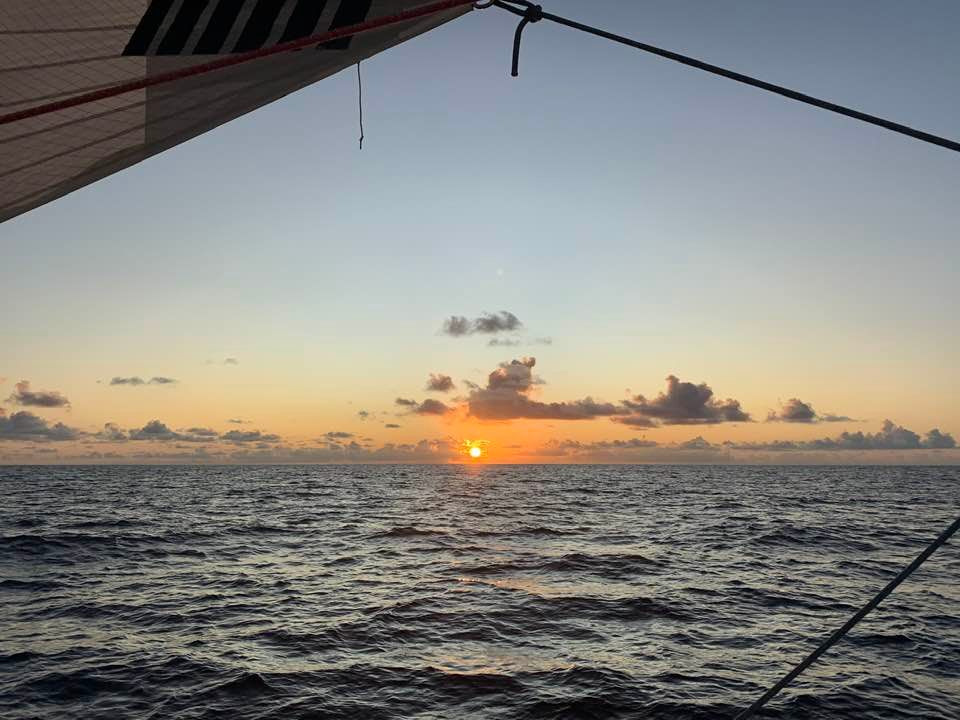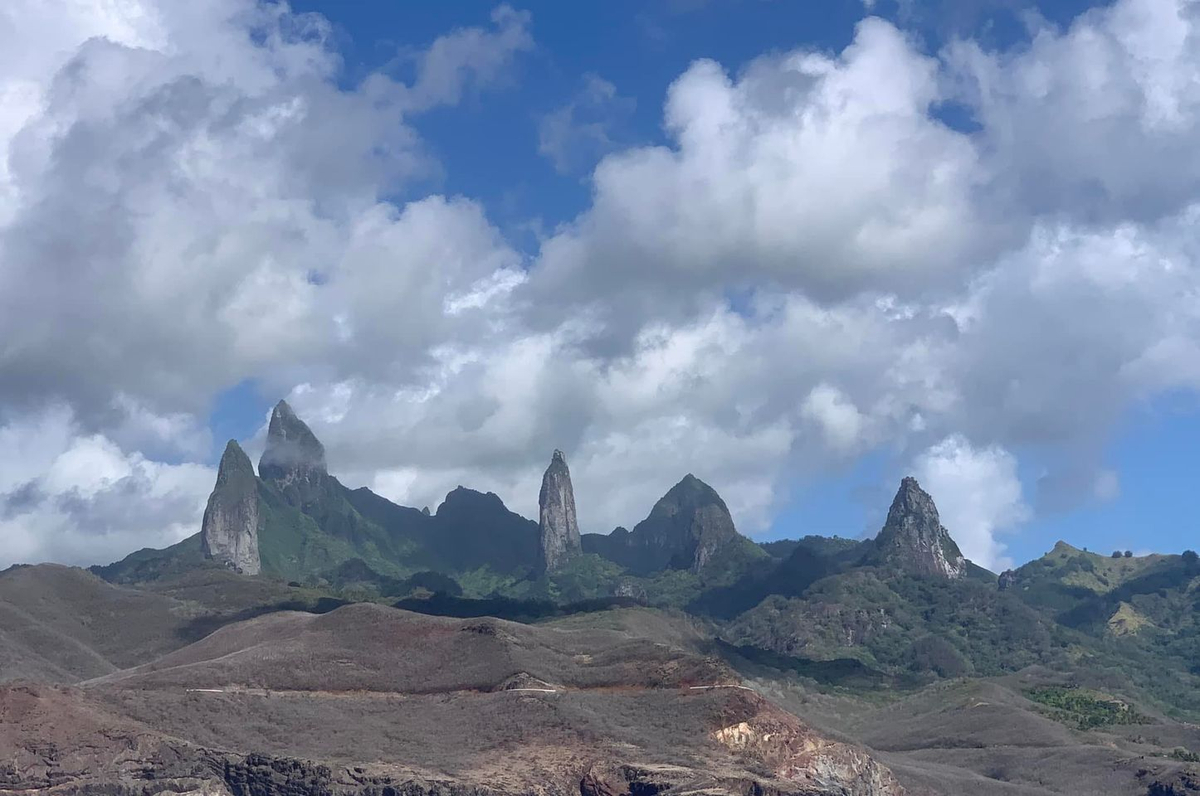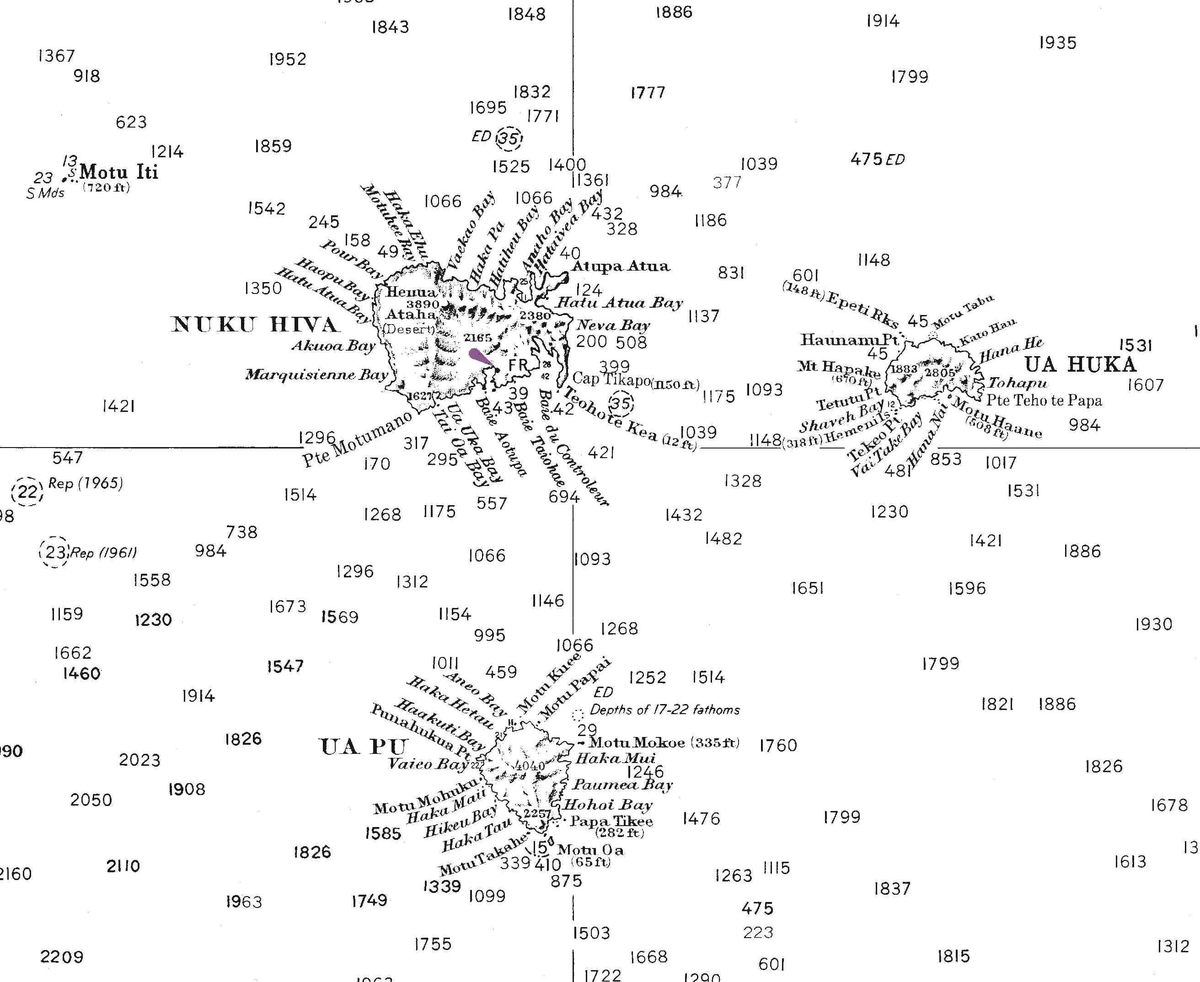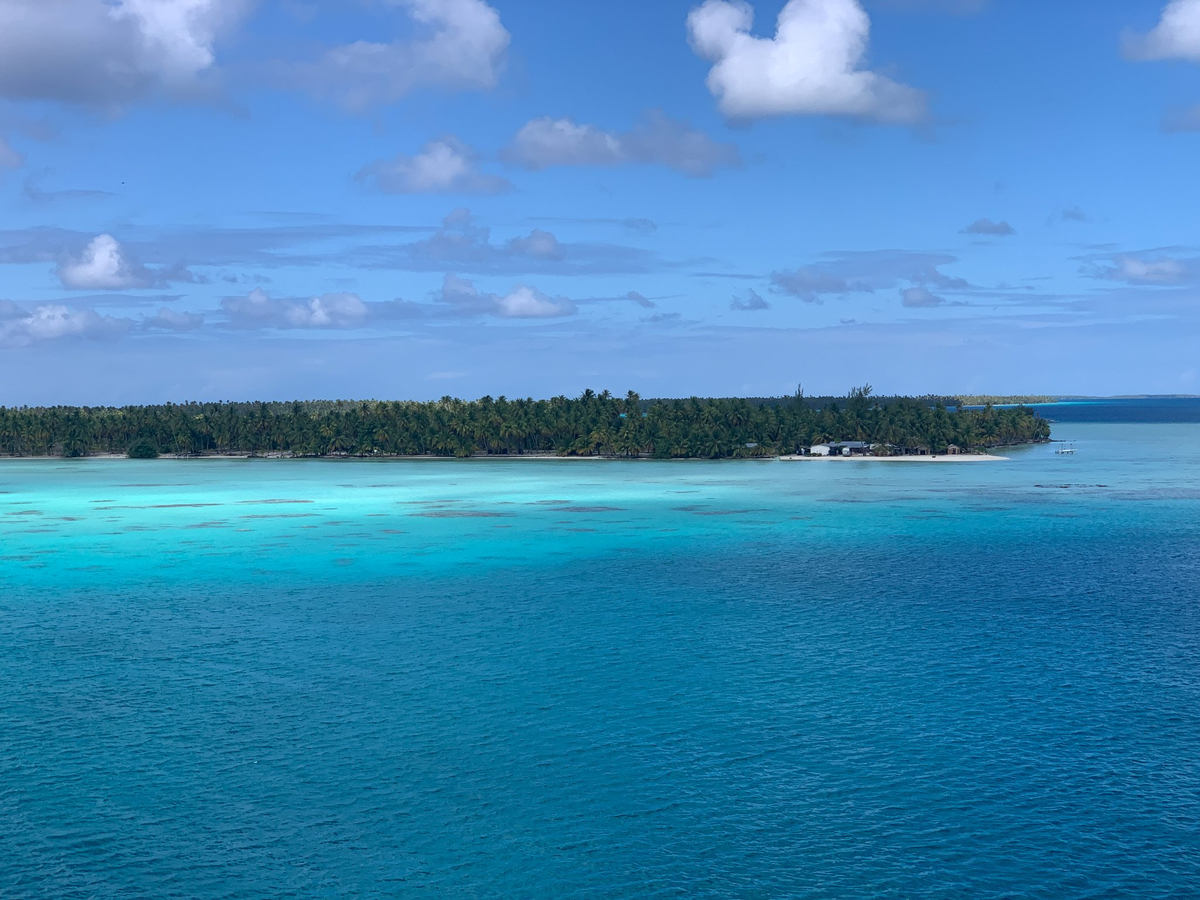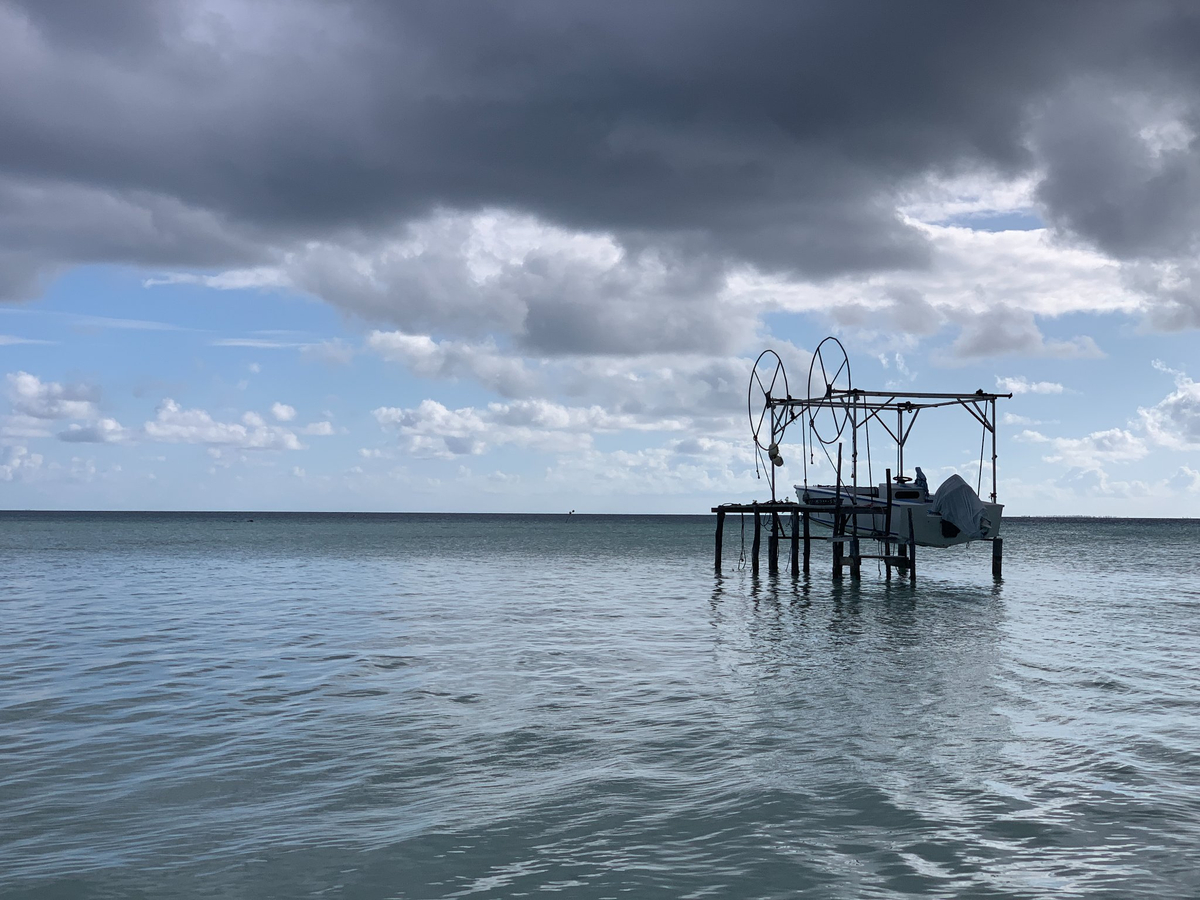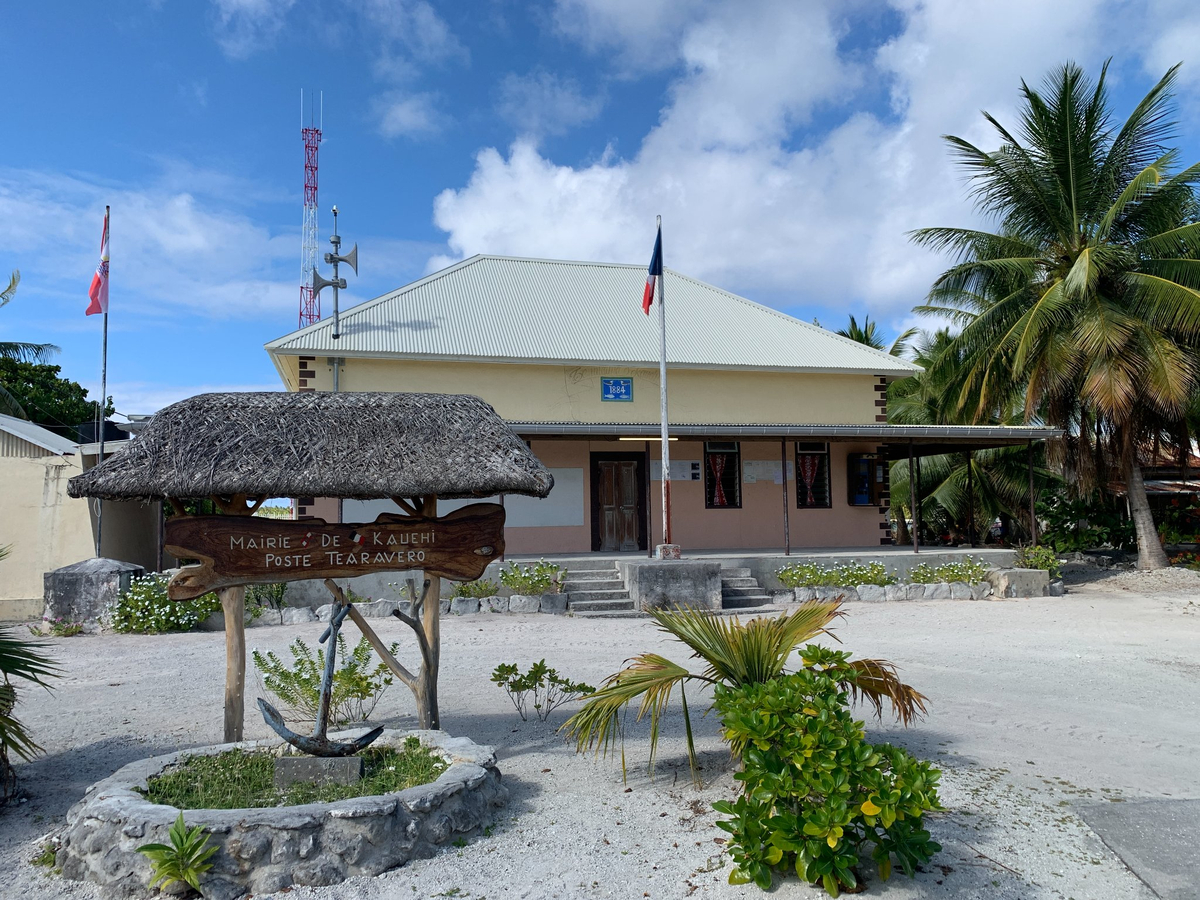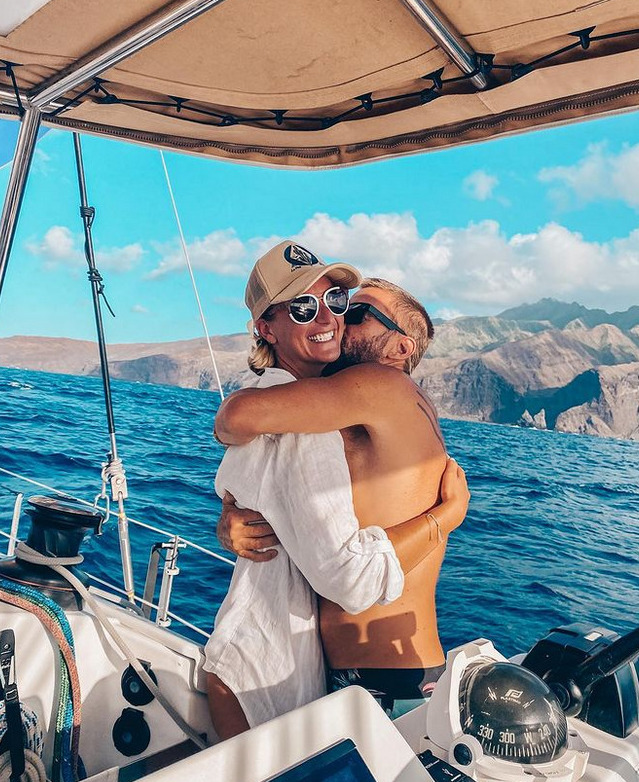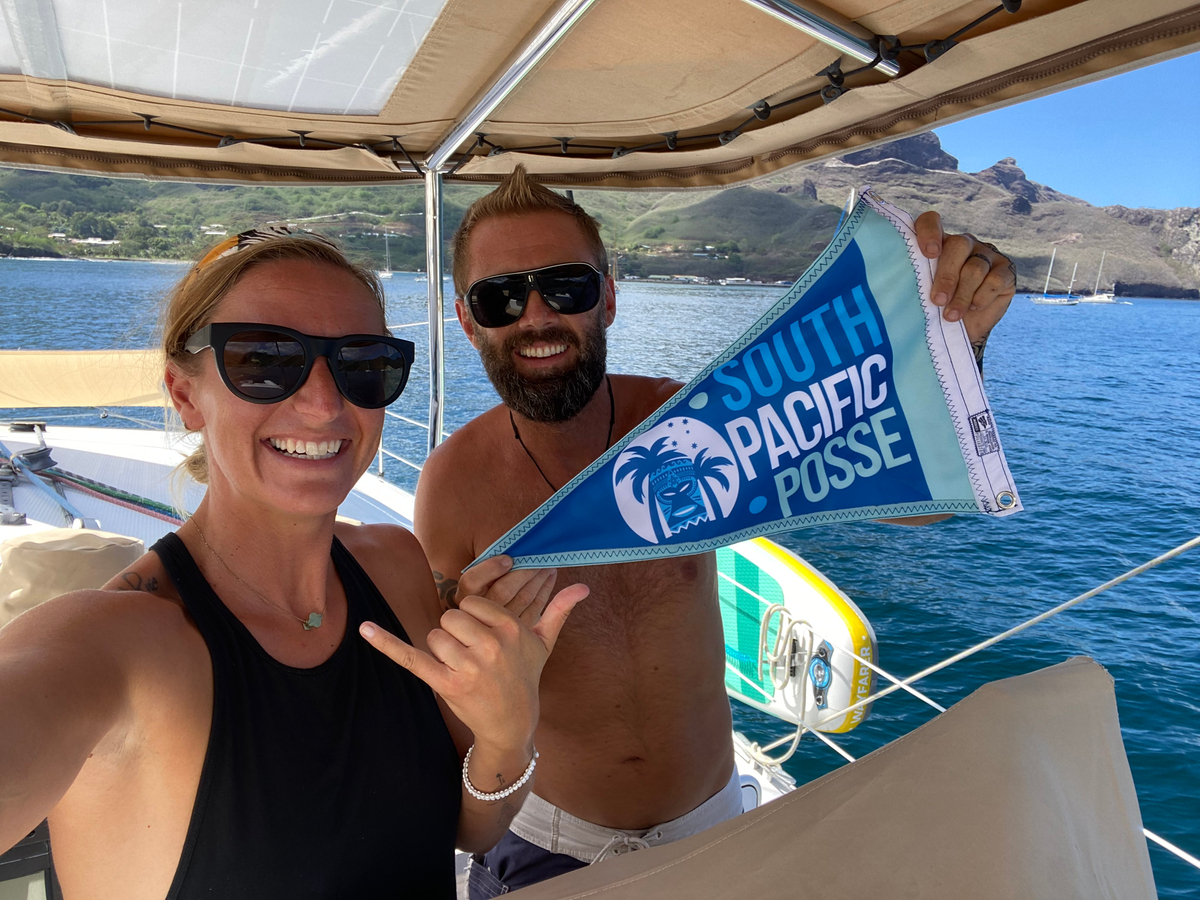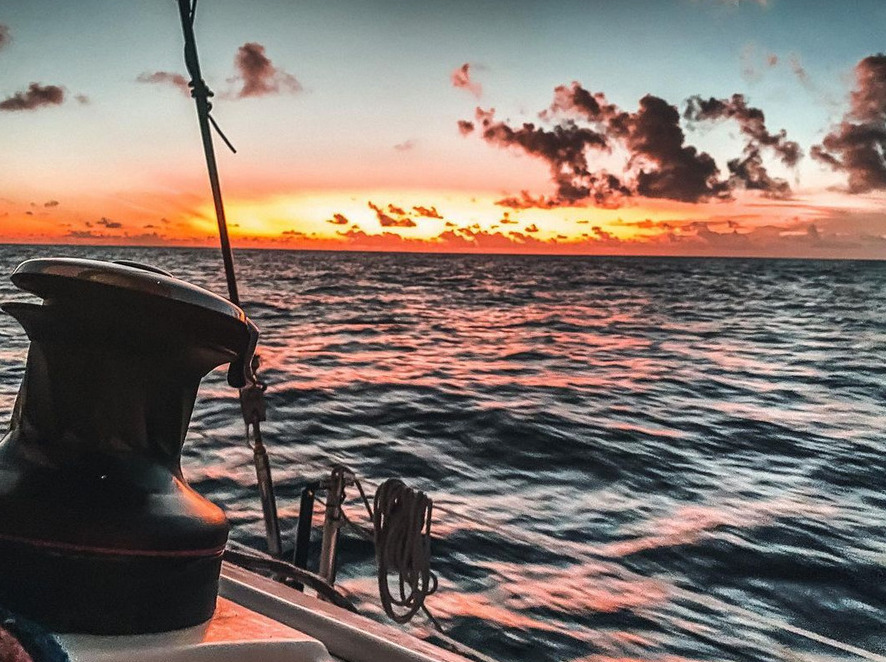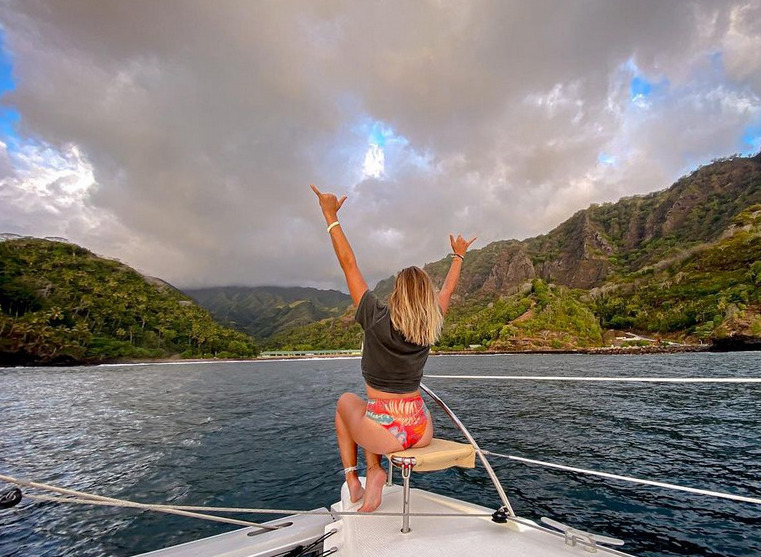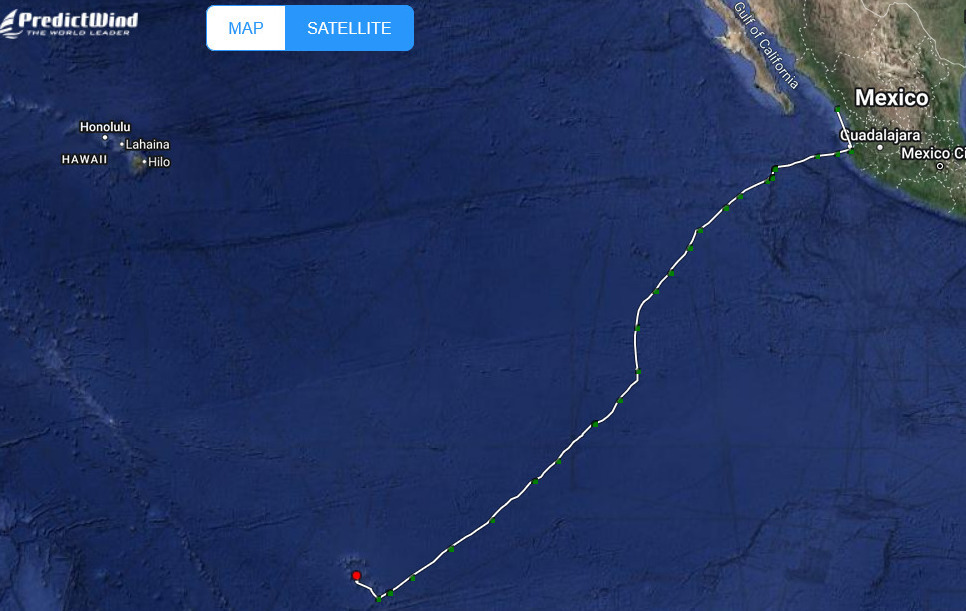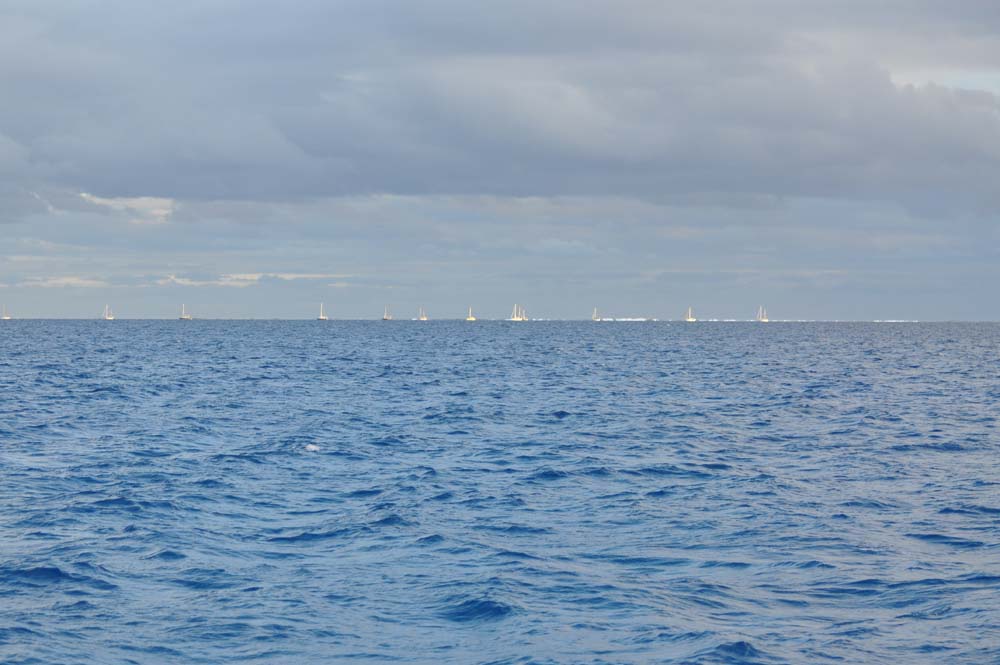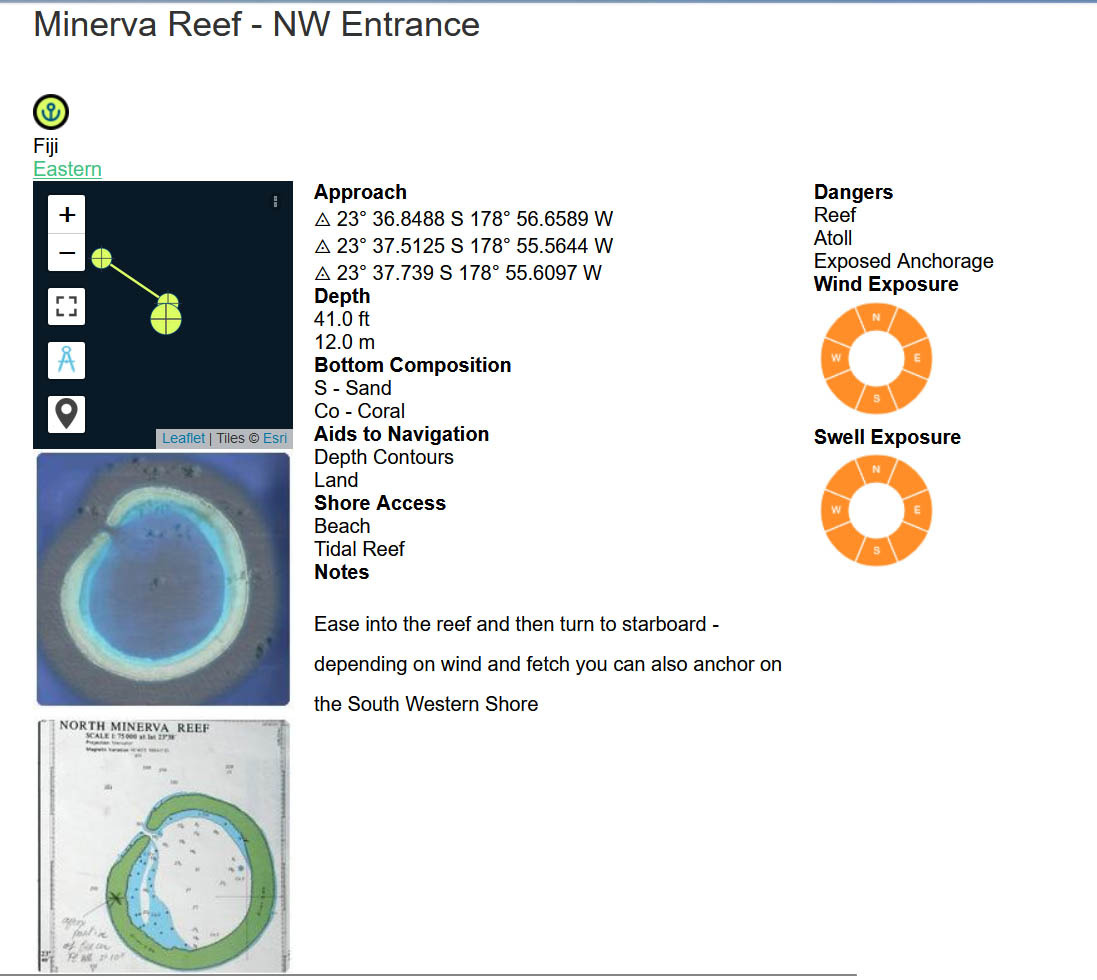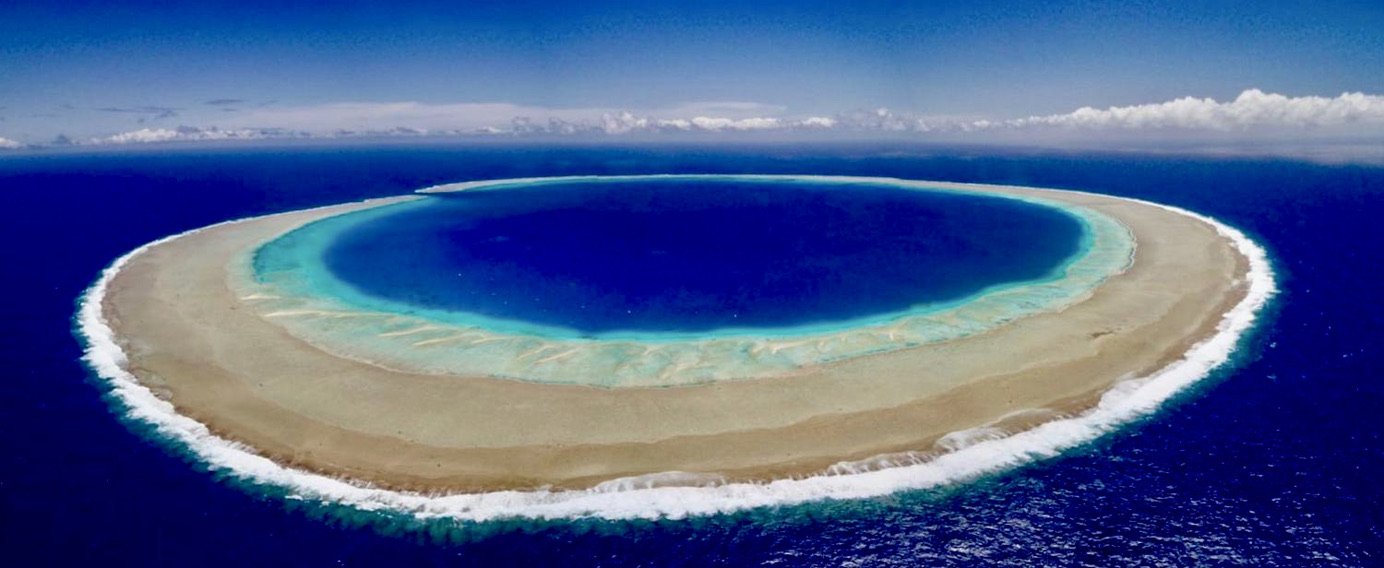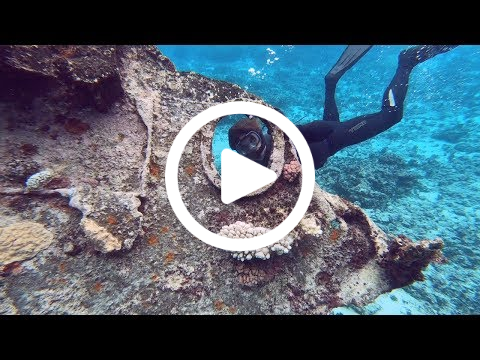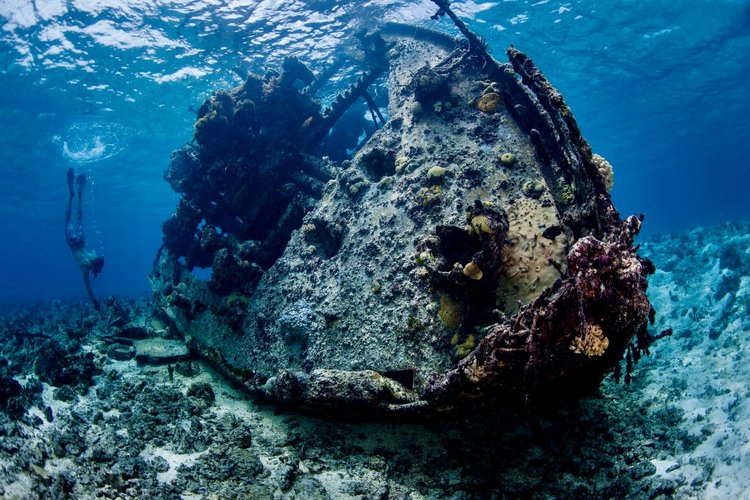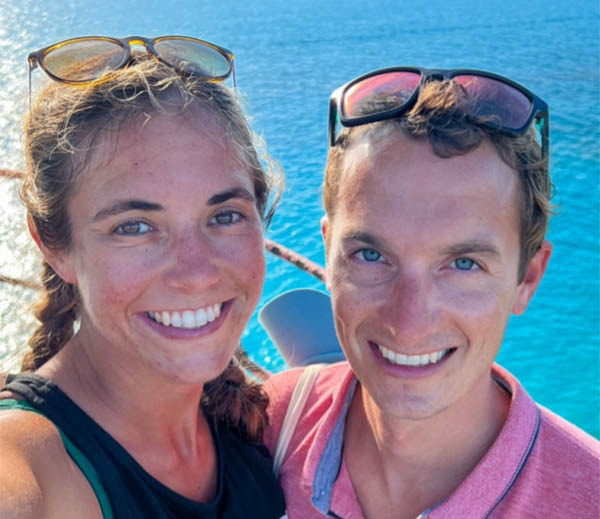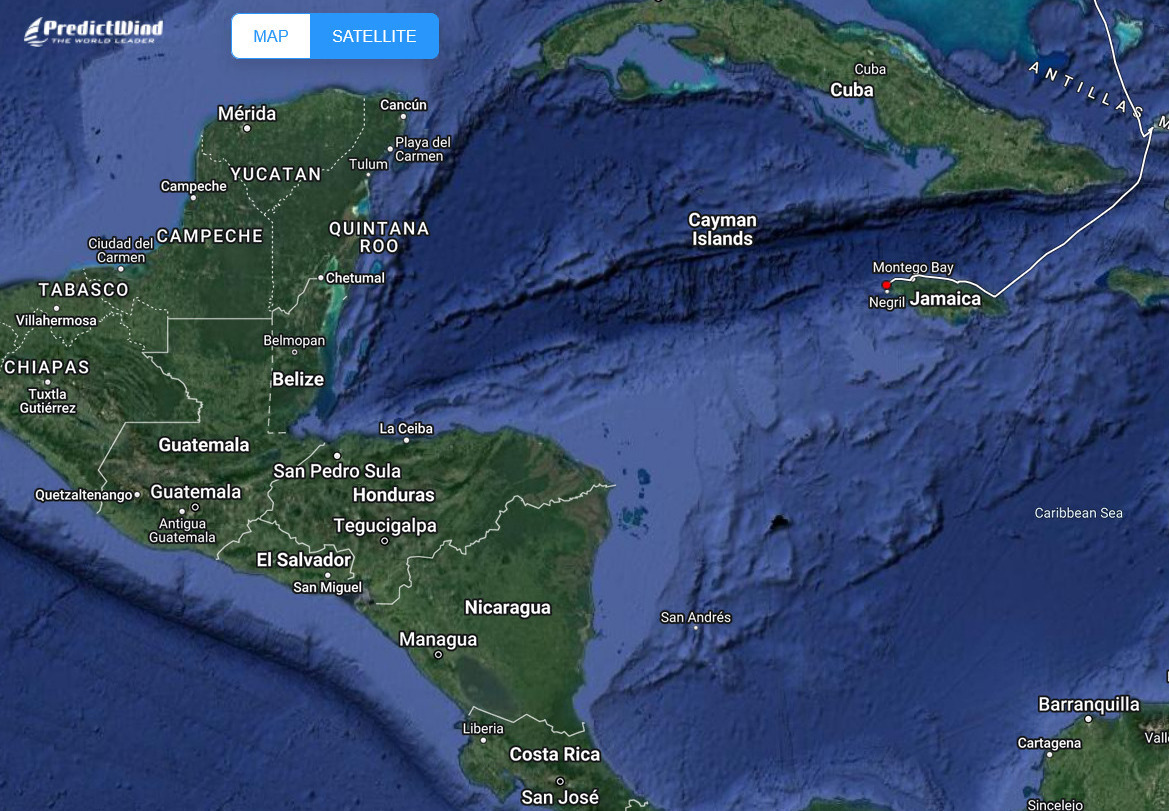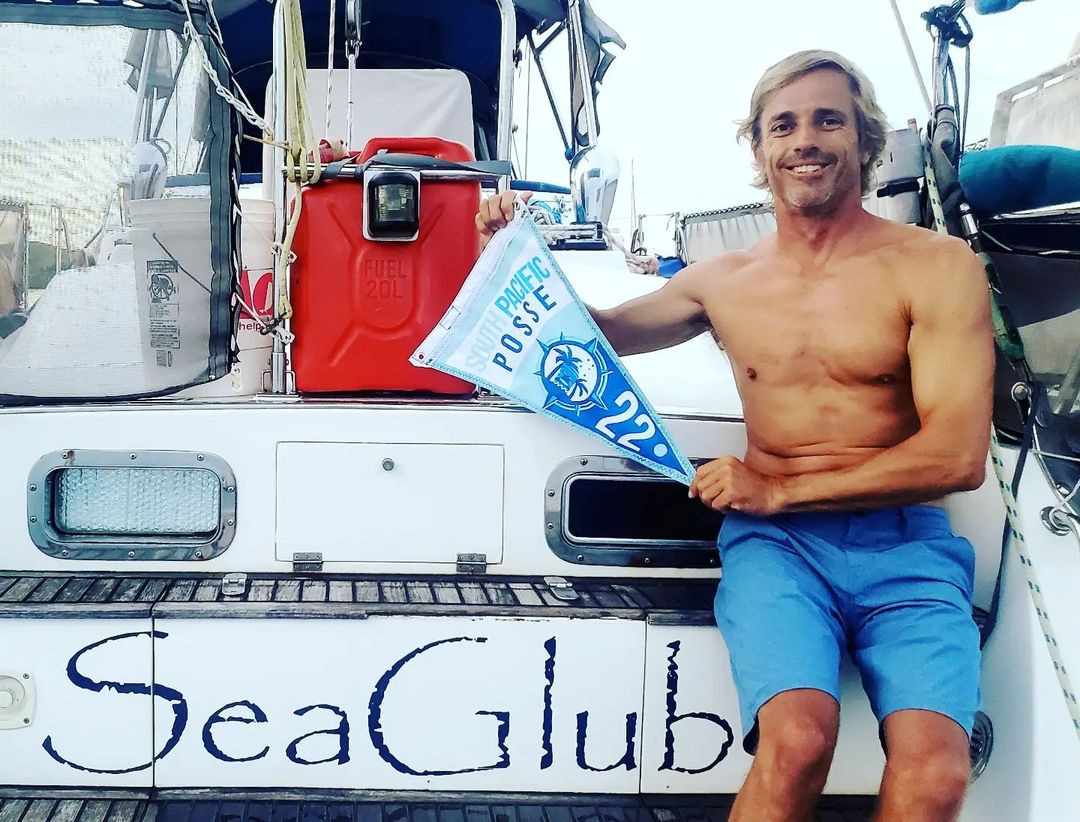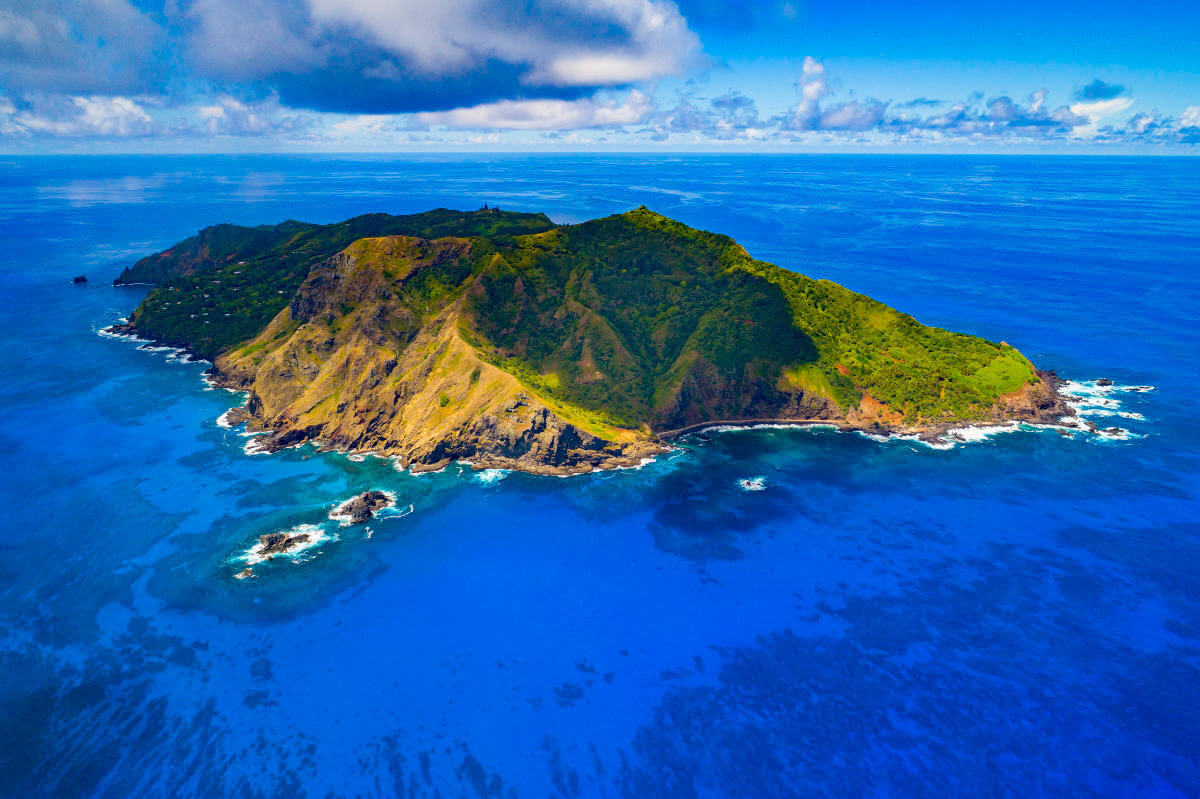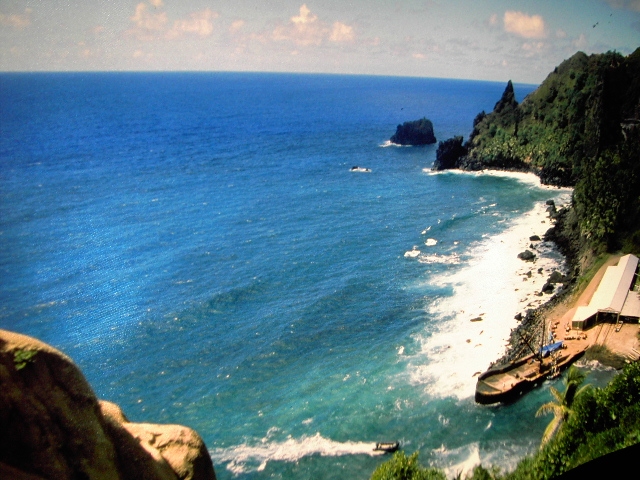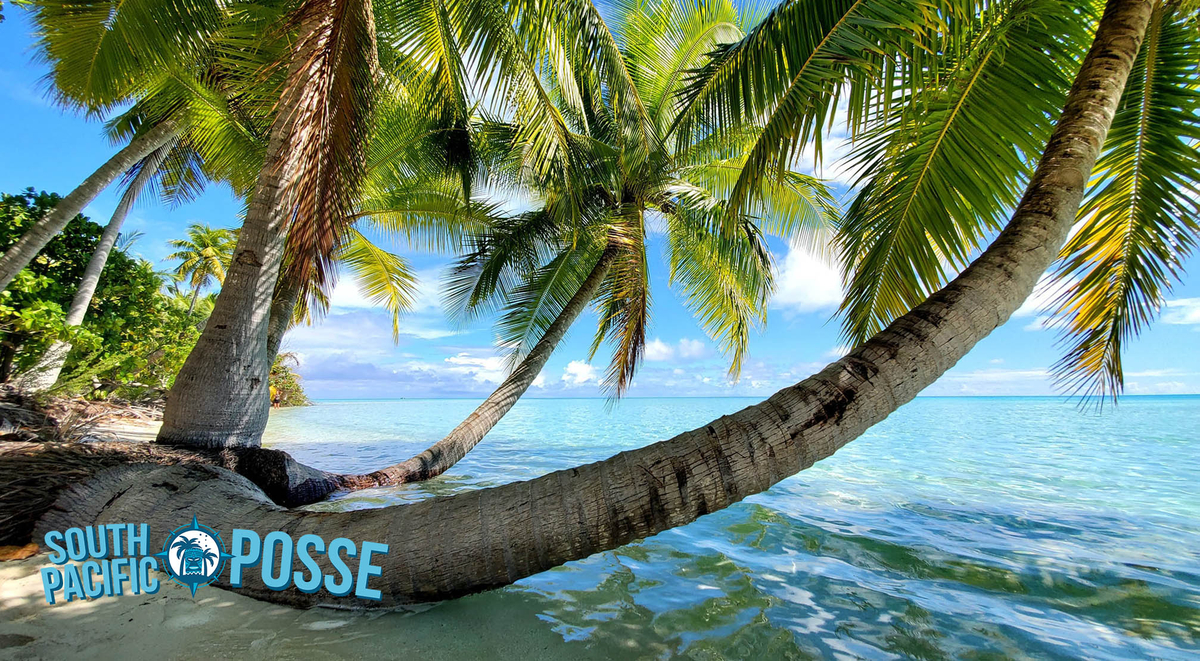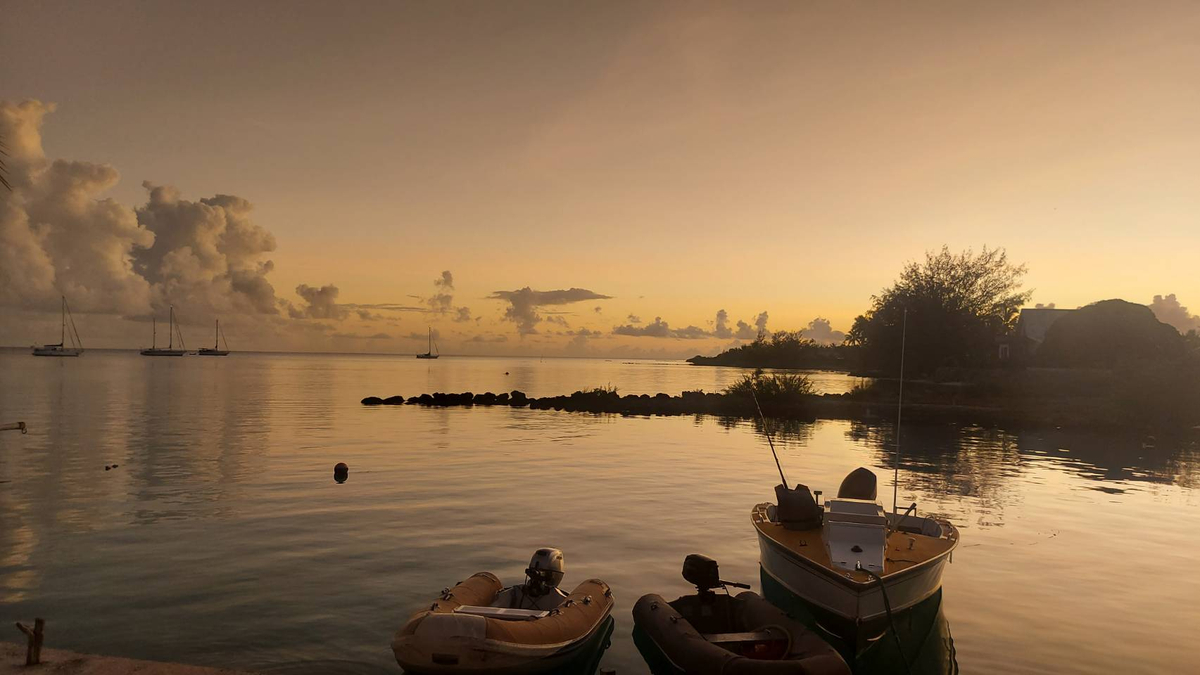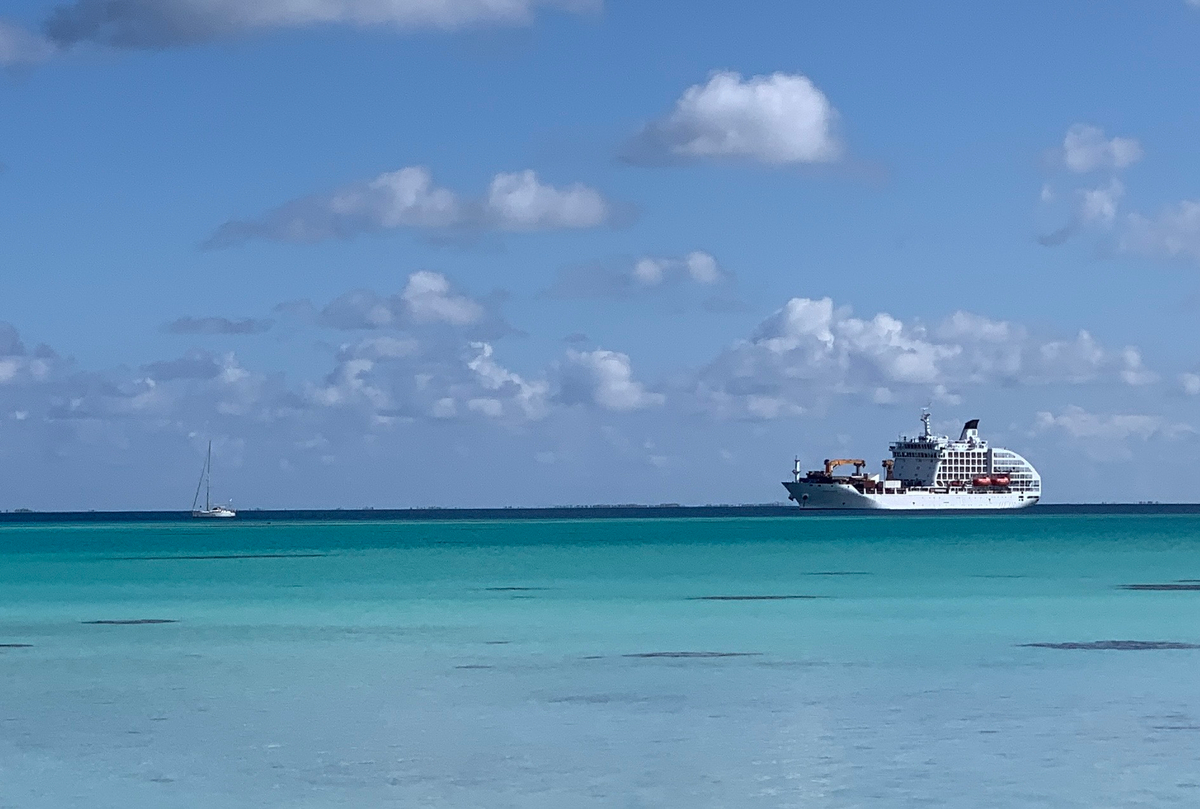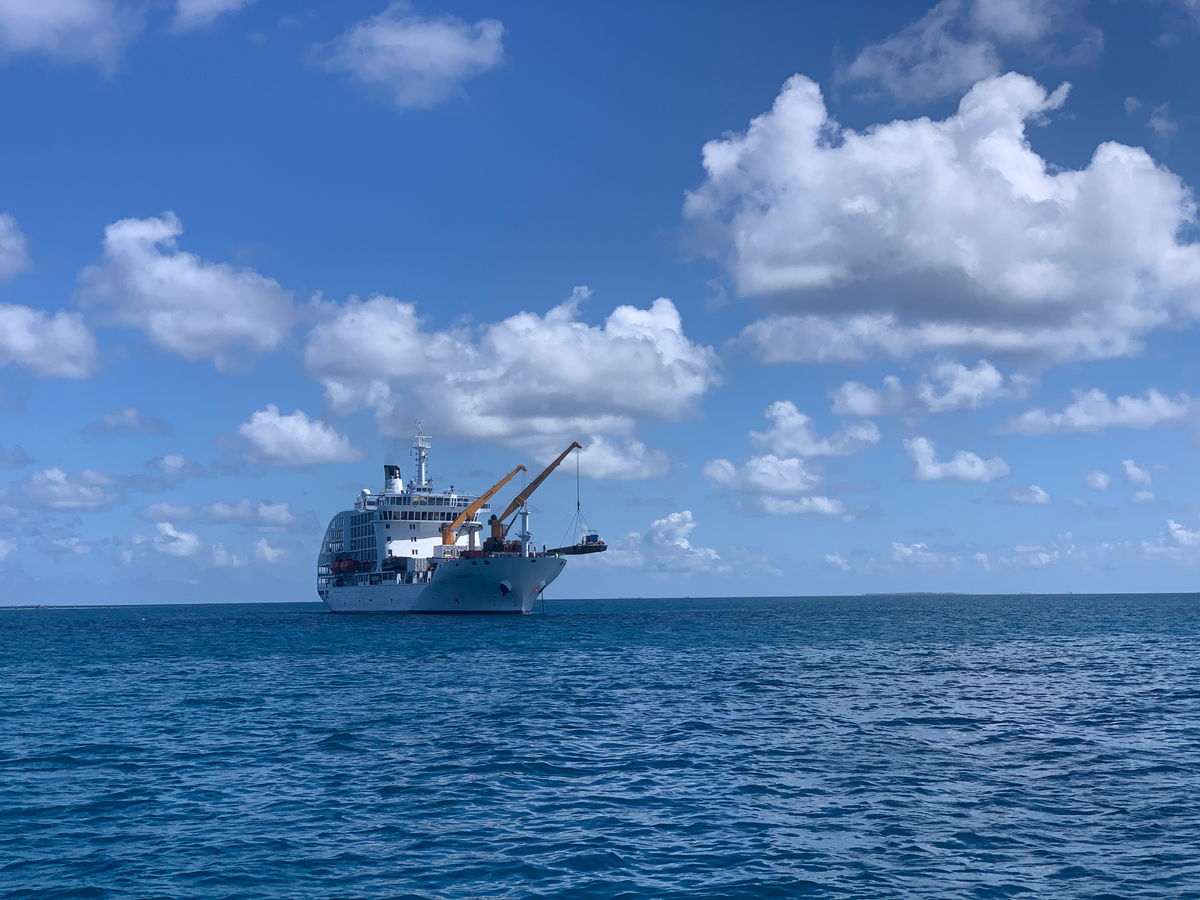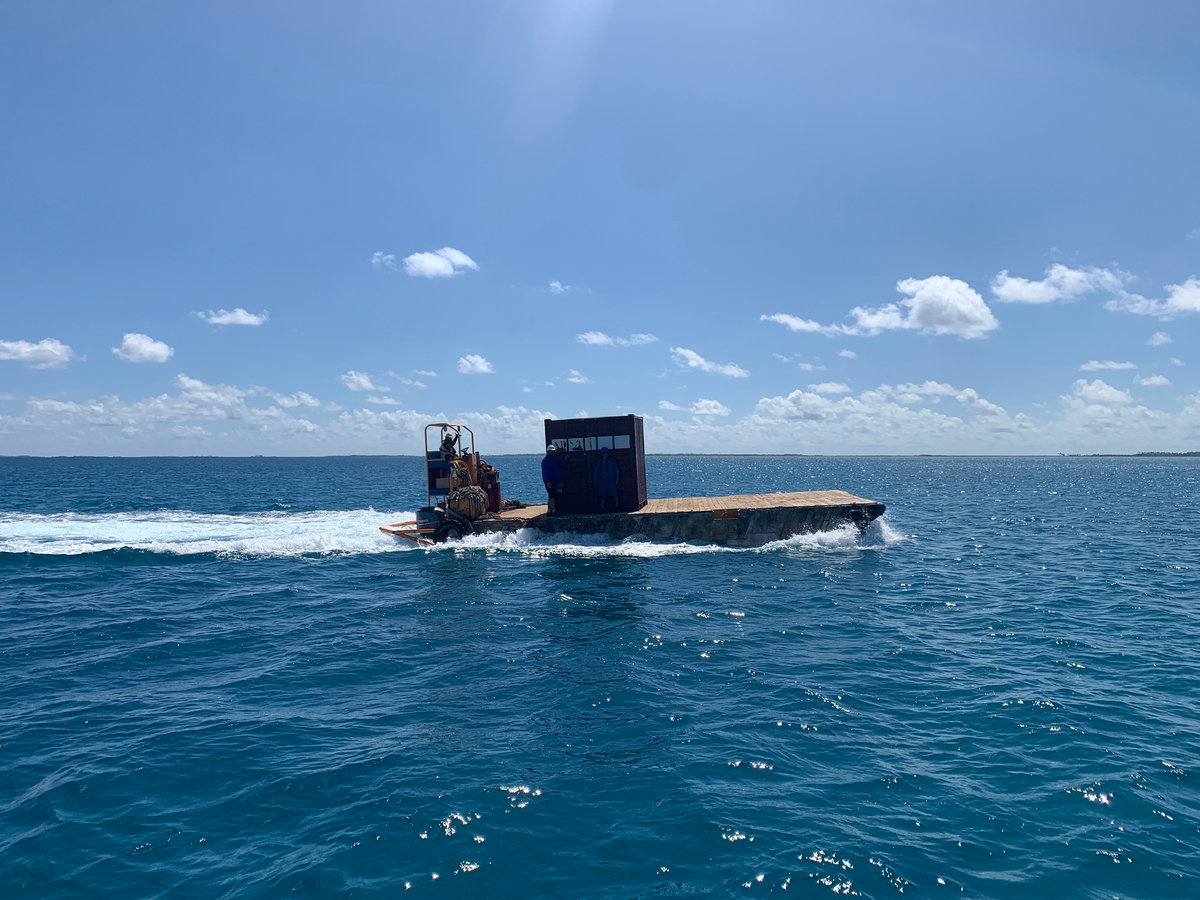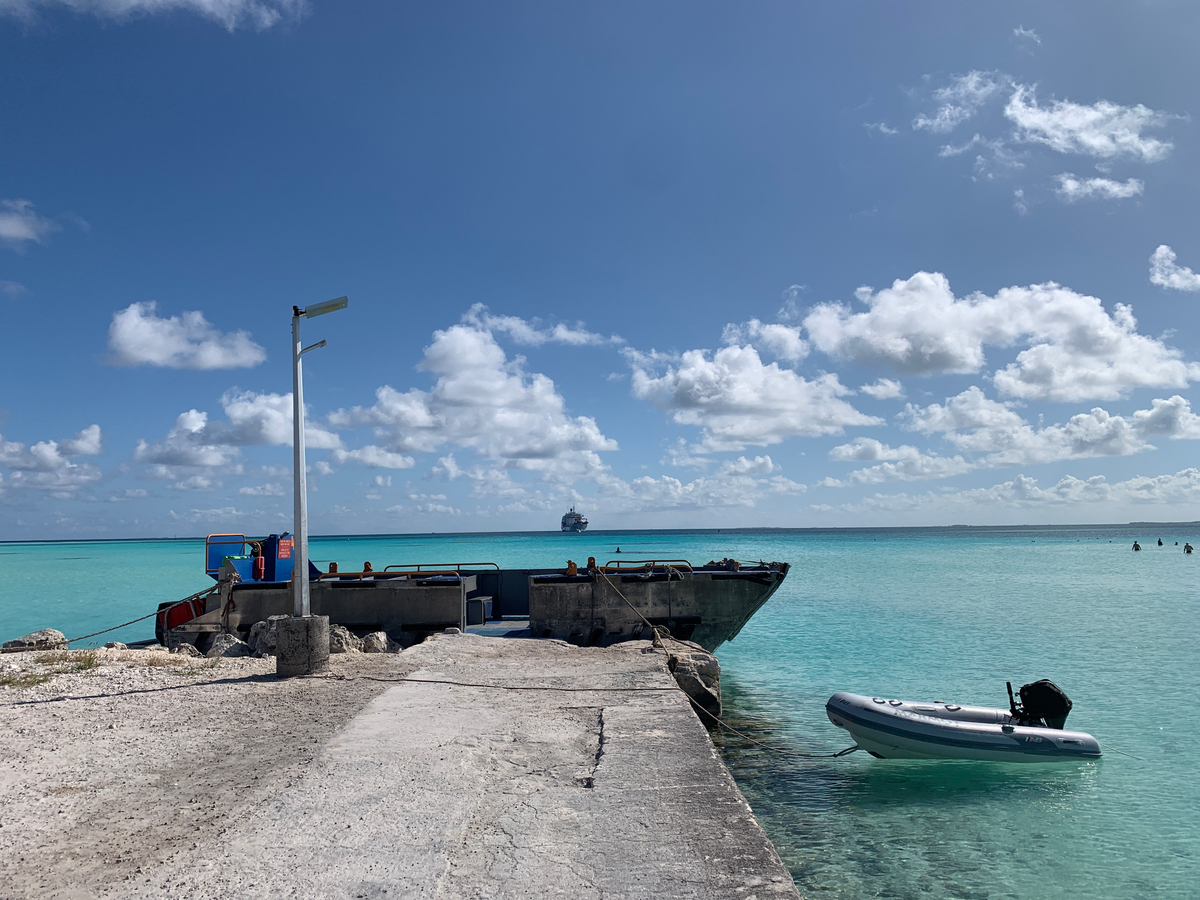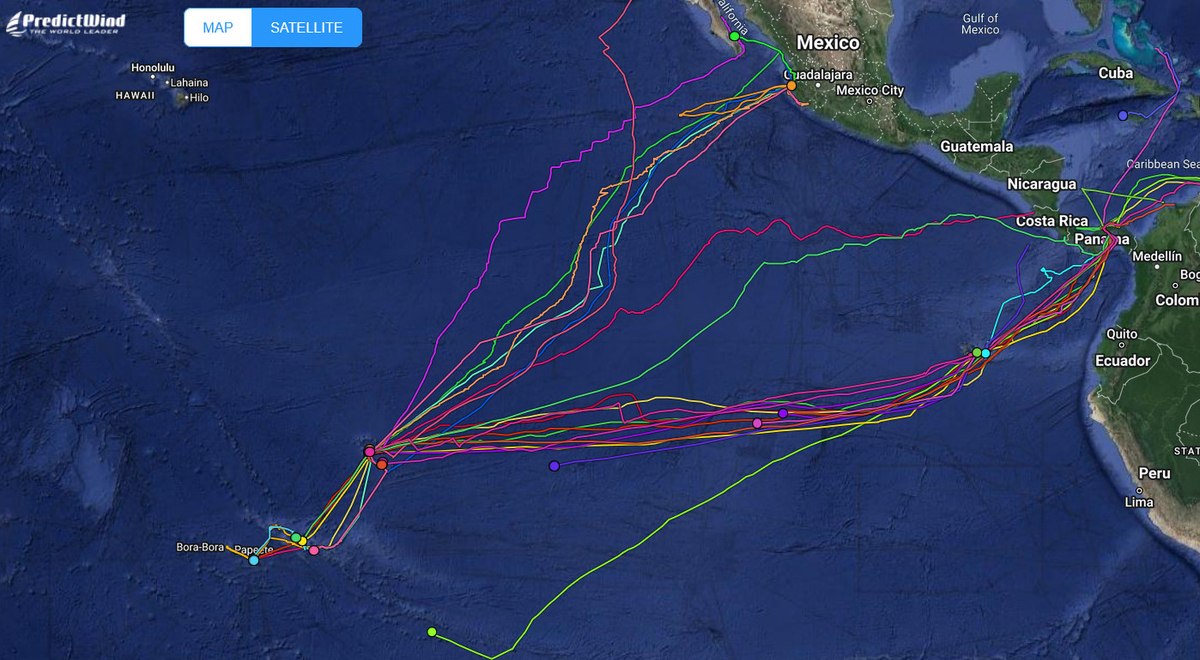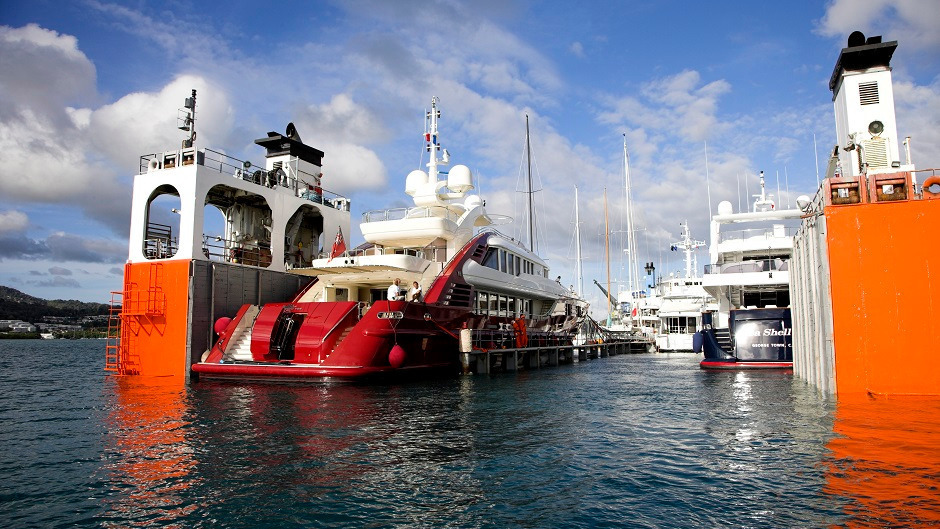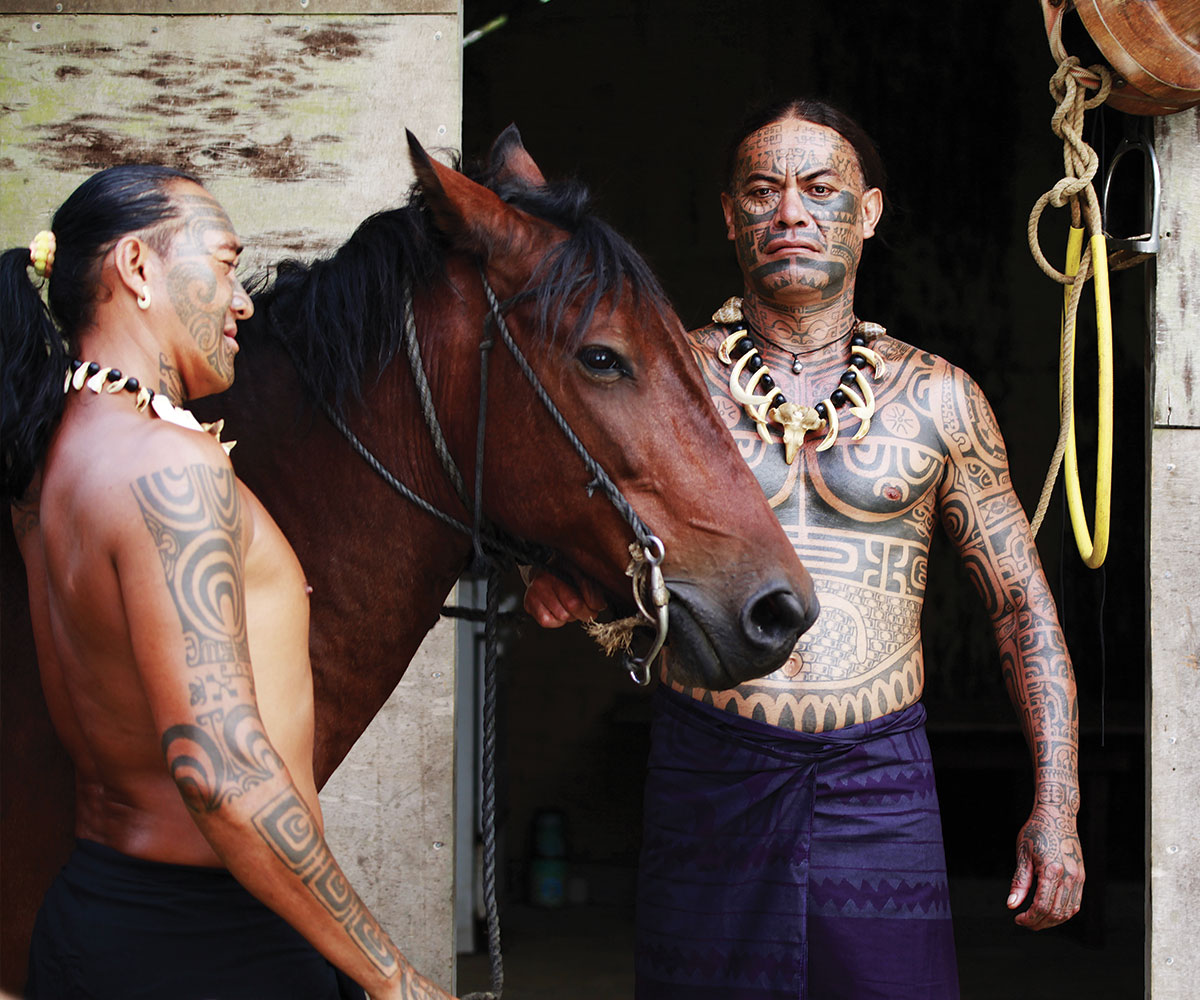FLEET UPDATE 2023-07-23
|
|
|
|
|
FLEET UPDATE 2023-06-11
|
|
|
|
|
|
Clear into French Polynesia
Greetings, Two questions;
-Can you clear in to French Polynesia in Pitcairn?
- How do you apply for the permission to enter French Polynesia? Online? How long in advance should you apply for it?
Pitcairn is NOT French Polynesia -
here are the ports of entry for FP
http://pacificposse.com/french-polynesia
Here is the info on Pitcairn http://pacificposse.com/pitcairn
FLEET UPDATE 2022-07-01
|
|
FLEET UPDATE 2022-06-13
|
|
|
FLEET UPDATE 2022-05-28
|
|
|
FLOATING THE ANCHOR CHAIN
Where and why we float the chain: At anchorages with (lots of) coral heads to avoid the chain tangling on those coral heads. If the chain would tangle on the coral heads it would have a couple of adverse effects: the catenary effect of the chain is reduced (or even eliminated if tangled very close to the bow of the yacht), lifting the anchor might be difficult or even impossible without diving, the galvanization of the anchor chain chafes off faster, more coral gets destroyed. The adverse effect of floating the chain is obviously to loose the friction of the part of the chain which is floating. The way we position / deploy the buoys we end up with some 10m chain on the seabed. There is obviously a residual risk of even that chain tangling, but less likely given of the length of the chain thereafter and rather stable wind direction of the trade winds.
Which buoyance devices we use: When we arrived in the Tuamotus we started off with fenders as we did not carry anything else. The disadvantage of fenders is that they compress if they submerse, one gets growth on them, etc. Those hard plastique pearl farm buoys are much better. Some people say, they are washed ashore everywhere in the Tuamotus. Well that was not our experience. Kauehi was our first atoll and in any reasonable distance from the village the shore line was cleaned by the locals. Nevertheless, many villagers have their stash of pearl farm buoys in their gardens. So we simply walked to one obviously very friendly fellow and asked whether we could have four of them. He actually picked the four nicest he had, of the same color, including lines attached to them and did not even want to have anything in return. We put on clips/little carabines to the ends of the lines for fast attachment / detachment to/from the anchor chain and were ready to go.
What kind of clips we use: We use little stainless steel carabiners, the size is basically driven by the diameter to fit through a chain link, i.e. it needs to be sufficiently thin (we have a 10mm DIN chain, so carabiners end up being like 4-5cm in length), we use different sorts, i.e. whatever we found in our related spare part bag
Where we position the buoys: Our approach is to put the first buoy typically / normal conditions at 10m plus water depth from the anchor, then a buoy every 5m of chain, after the fourth we let out another 7-8m of chain and then hook the bridle. There are other recommendations which take a multiplier to water depth (like 1.5x or 2x water depth), but we just find that not suitable to accommodate for all ranges of water depths. The 10m basically decides how much chain ends up on the seabed, one could do less if the sandy patch is really small or more if there is a larger sandy patch to anchor (in case one sees that at all).
With this approach we end up with a few meters more chain out than based on our non-floating chain length rule under normal conditions (we apply waterdepth plus 30m) – in bad conditions we obviously deploy more in both cases (non-floating and floating).
How we deploy the buoys: First we explore to find the spot we want to anchor as usual. If possible we would look for a sandy patch for the anchor itself, but despite the clear water, when anchoring in deeper water we are not able to see for good and/or be able to drop the anchor that accurately. We put out as much chain as we feel comfortable to “drive in” the anchor. Then we pull up the chain again to the first spot for the first buoy (the 10m + water depth), then put out 5m chain, attach a buoy, etc. (lifting the anchor is as usual, just stopping at every buoy and unclipping it, it does not really delay the process once one gets the hang of it).
How we clip on the clips: For us it is exactly the same as putting the chain hook / bridle on. So in our case we have to bend over the pull pit and downward to clip them on, but as said, that’s the same as we do with the bridle as well and “normal procedure” for us. If we had a set-up where the chain hook would come through the bow roller, the clips could go through as well as they are way smaller than our chain hook and in our case it would be easy to get a clip and line from the front through the bowroller back on deck. Difficulties I could only see arising if it was – due to bow design / set-up - tricky to get to the chain outside of the bow or the clip from the front through the bowroller back on deck or into the chain locker, but that’s set-up specific, hard to comment in general (in the worst case I would deploy by dinghy).
General experience: In general, the boat swings easier than with a non-floating chain, due to the missing friction of the chain length towards the yacht. In places where the wind is dominant anyways and is stable trade wind from the same sector all the time, that’s no issue at all. In places, where swinging is dominated rather by current or tide, one obviously has to check for the space.
In our case only the buoy closest to the yacht is floating on water level in a low wind situation, the others are submersed. We actually measured in one instance the depths of the clips on the anchor chain on an anchorage where the anchor was at 11.5m depths: the clips of the buoys were at 7m, 4m, 2m and 0m water depth respectively (starting from the anchor) at low wind.
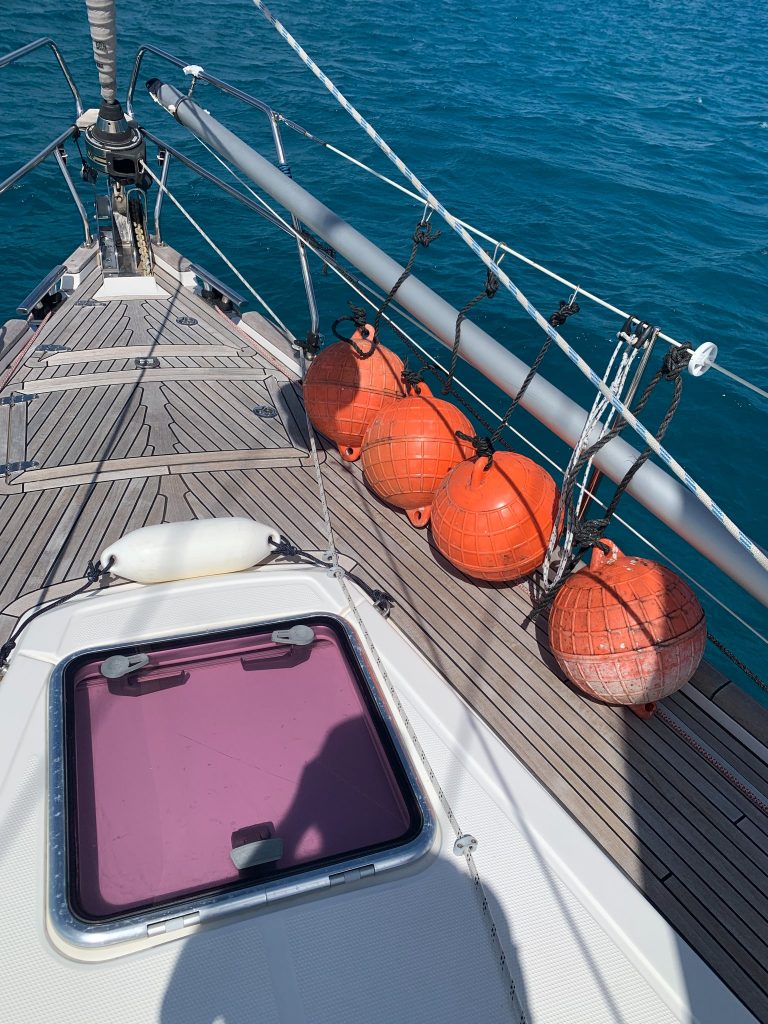
BY IBEX FLorian and Vick SOUTH PACIFIC POSSE '22
FLEET UPDATE 2022-05-13
|
|
|




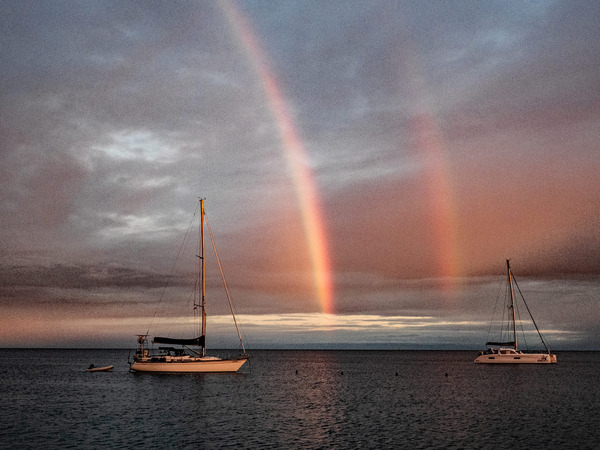


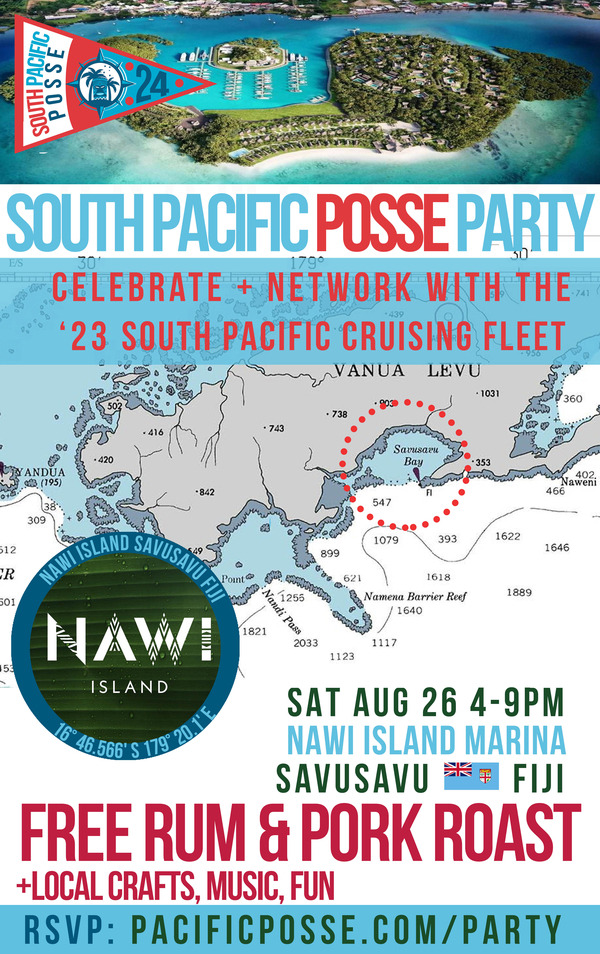
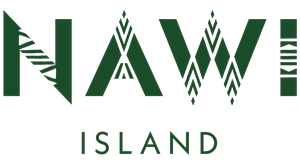
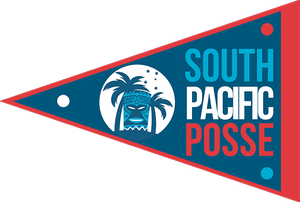
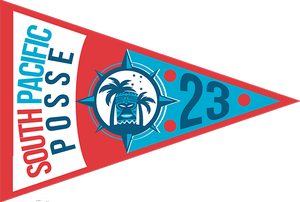
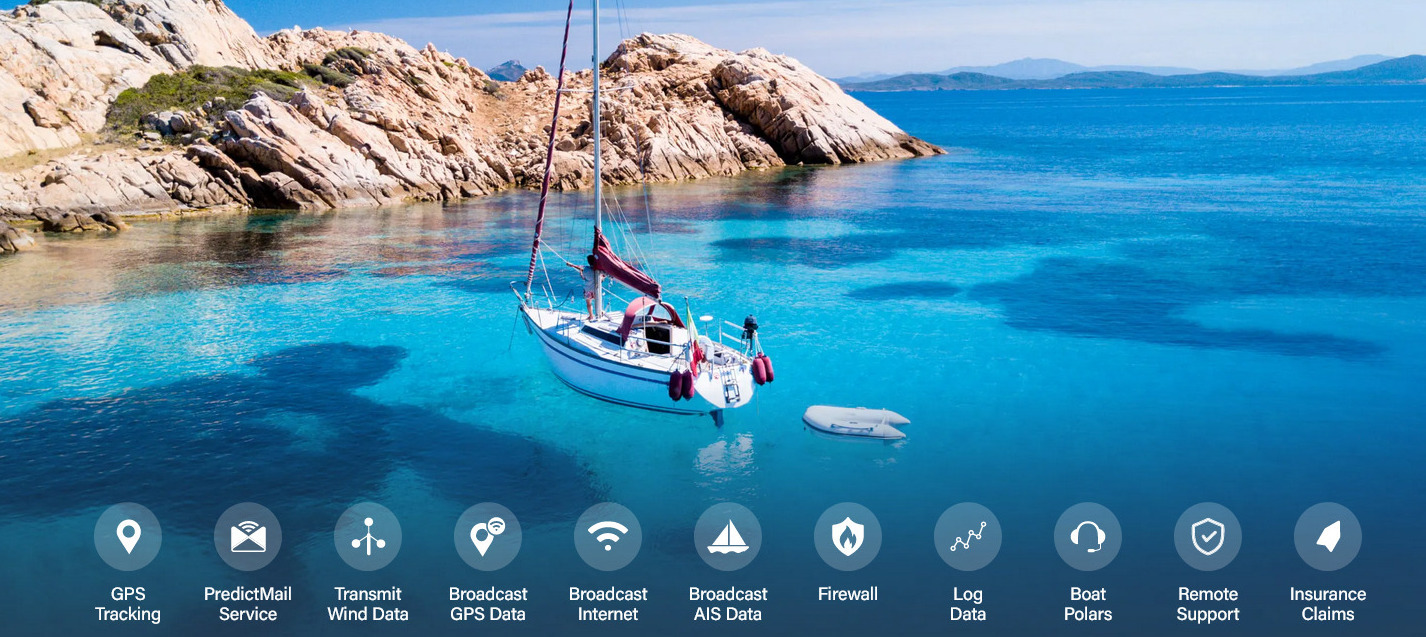
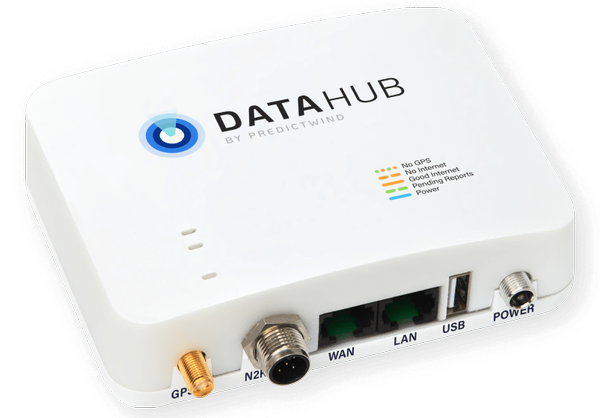
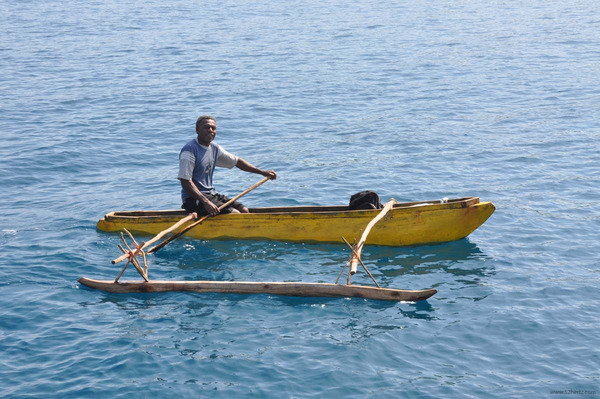
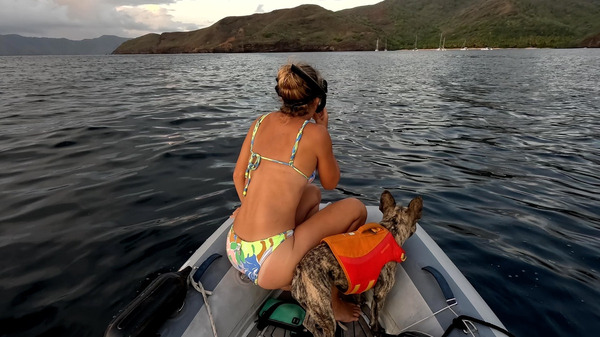



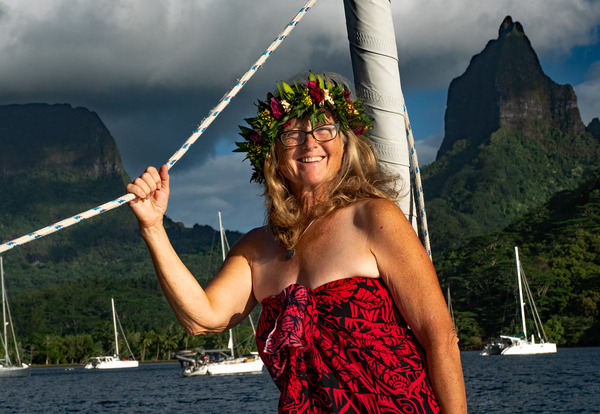
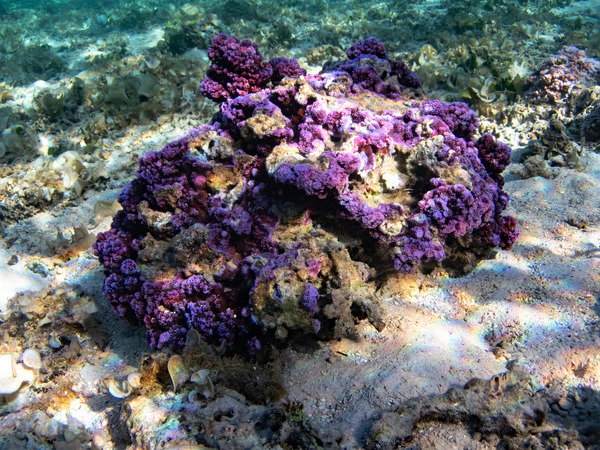
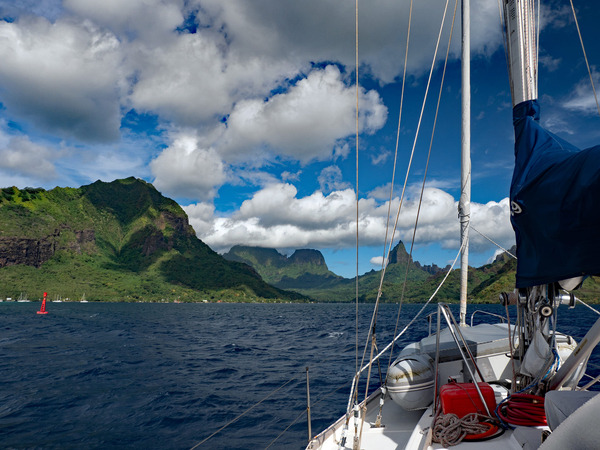
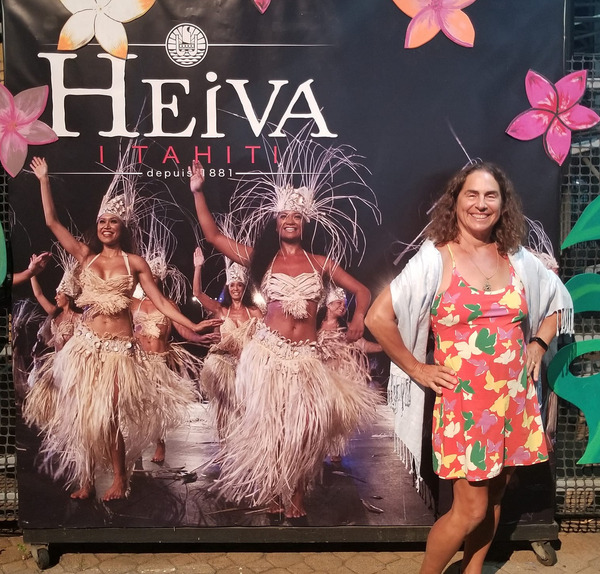
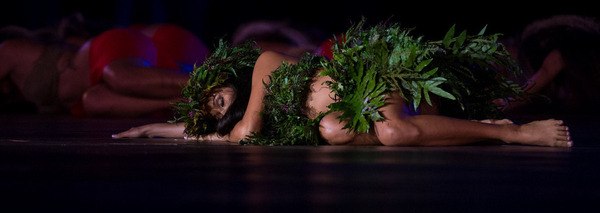


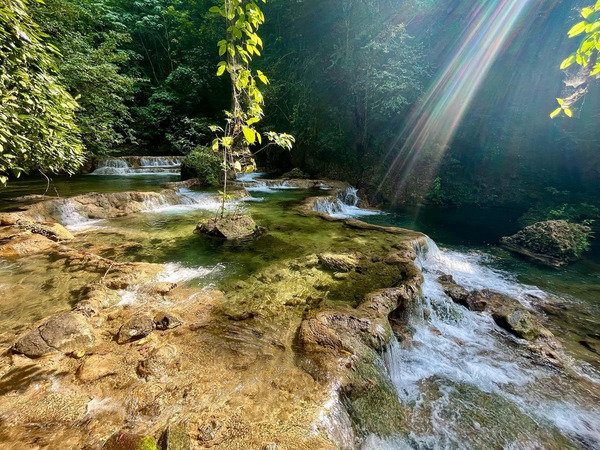
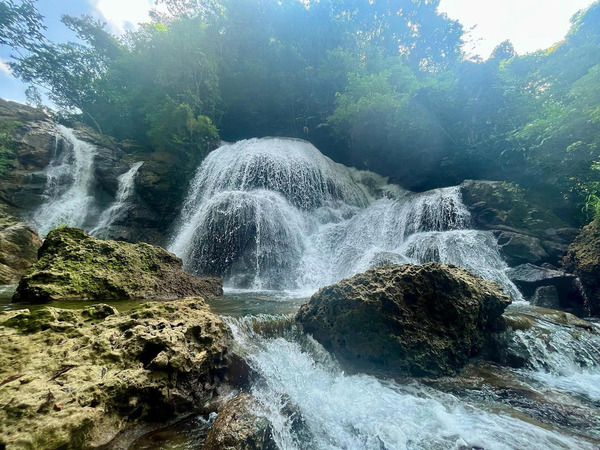
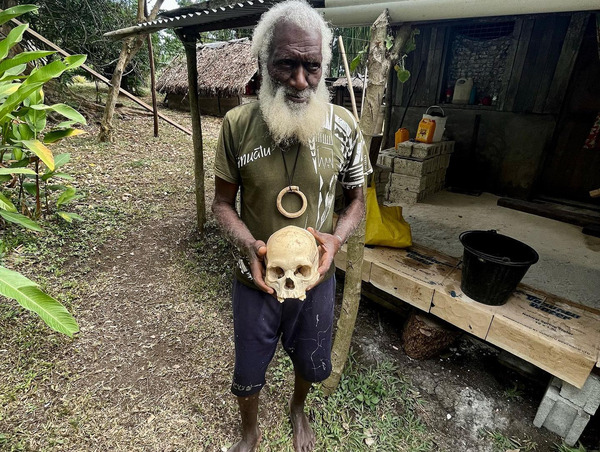
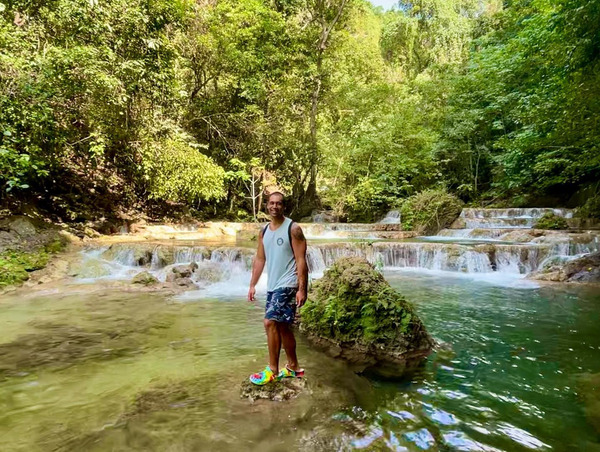


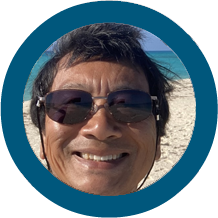
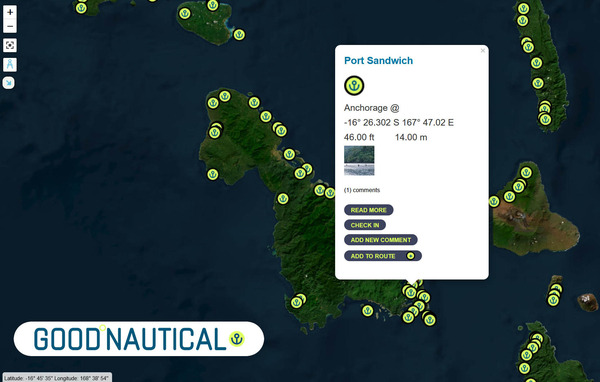
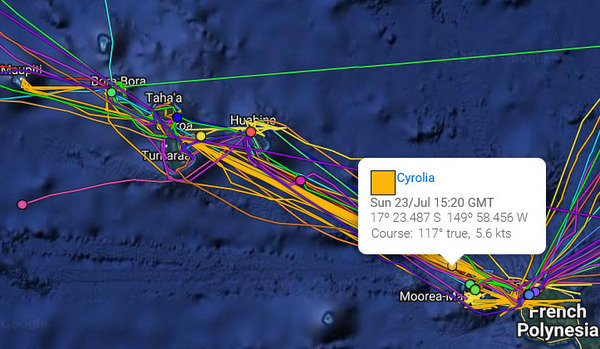
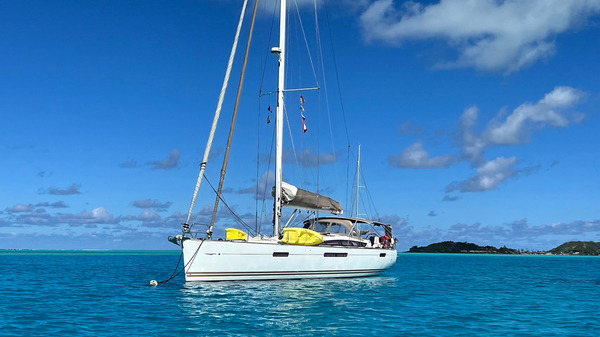

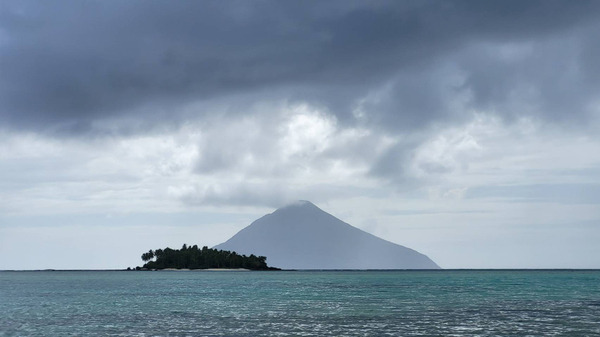
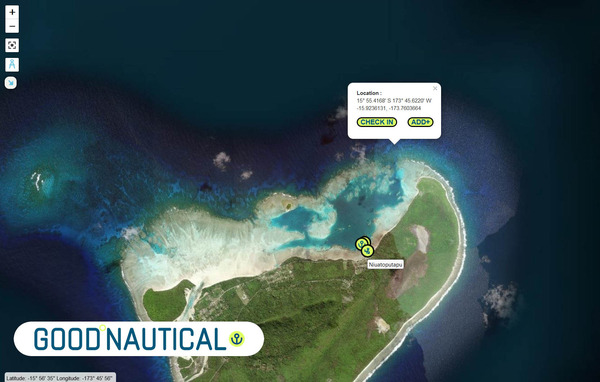
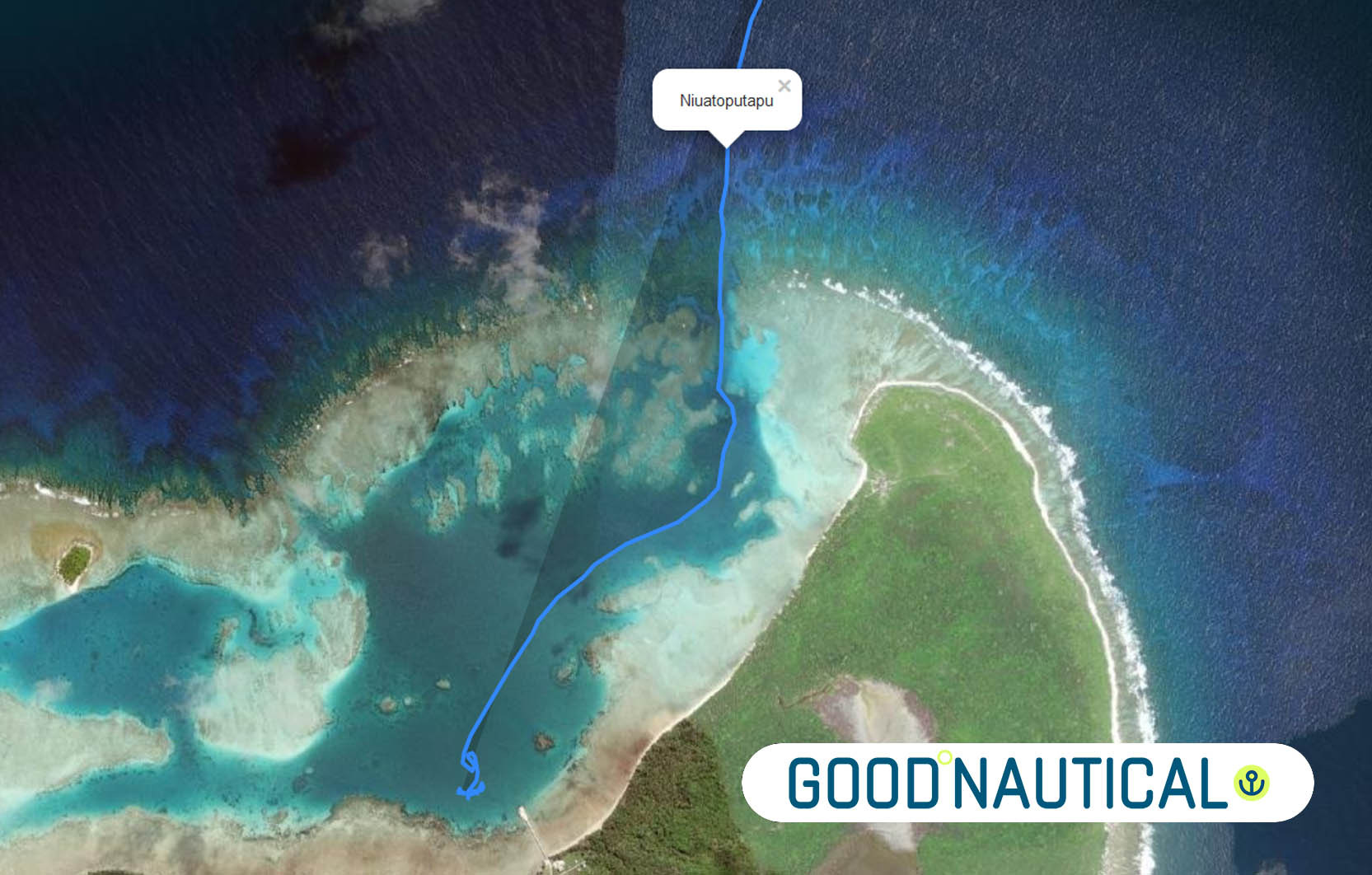


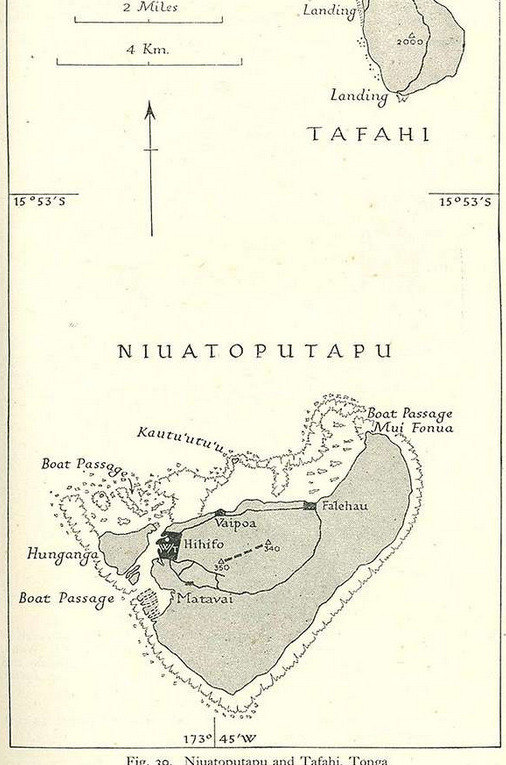

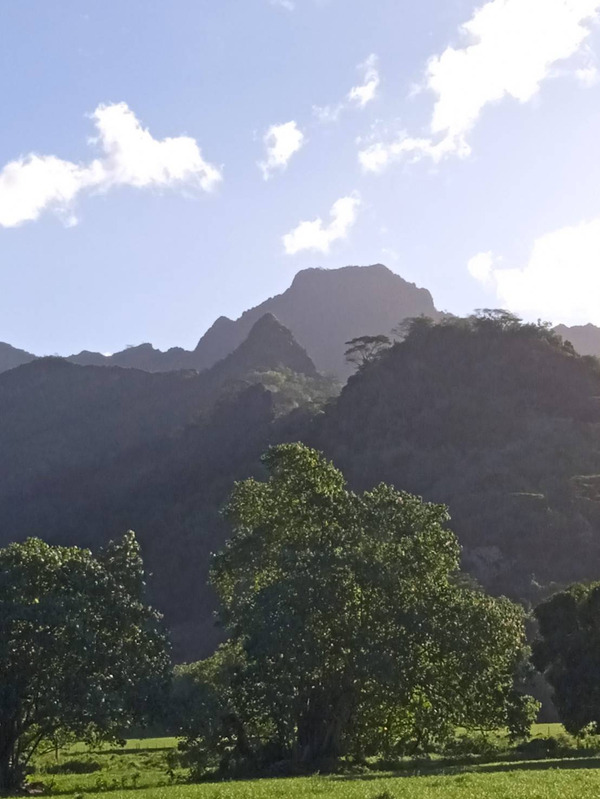
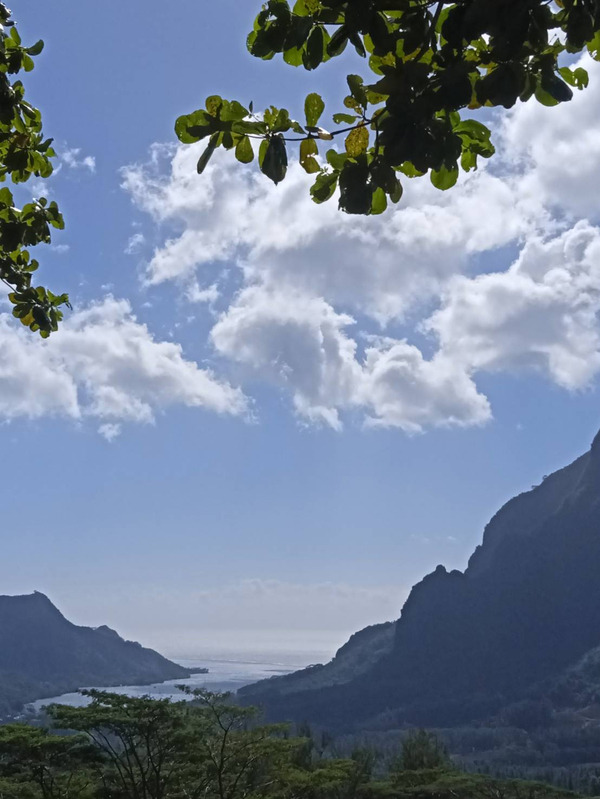
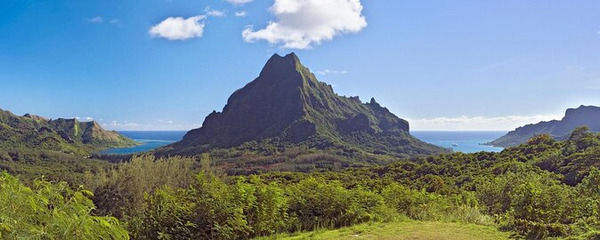
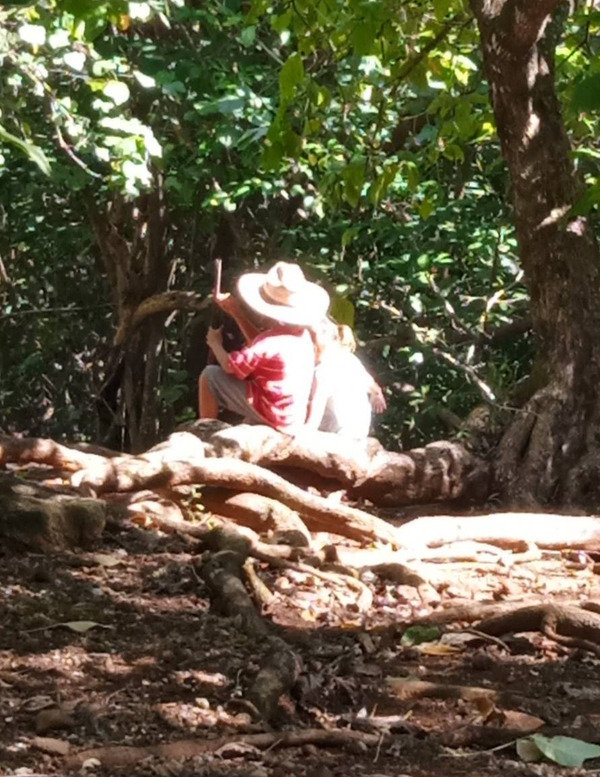




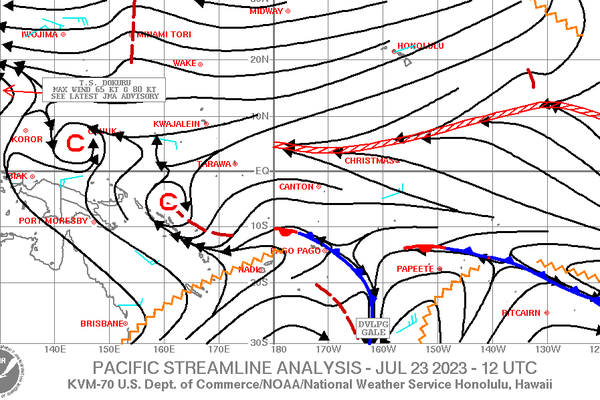

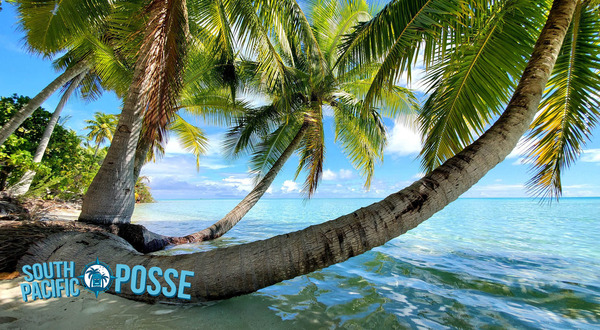
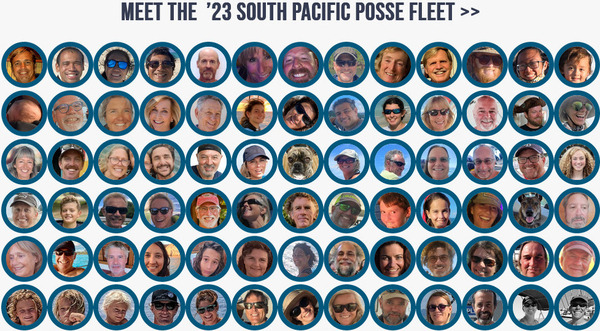
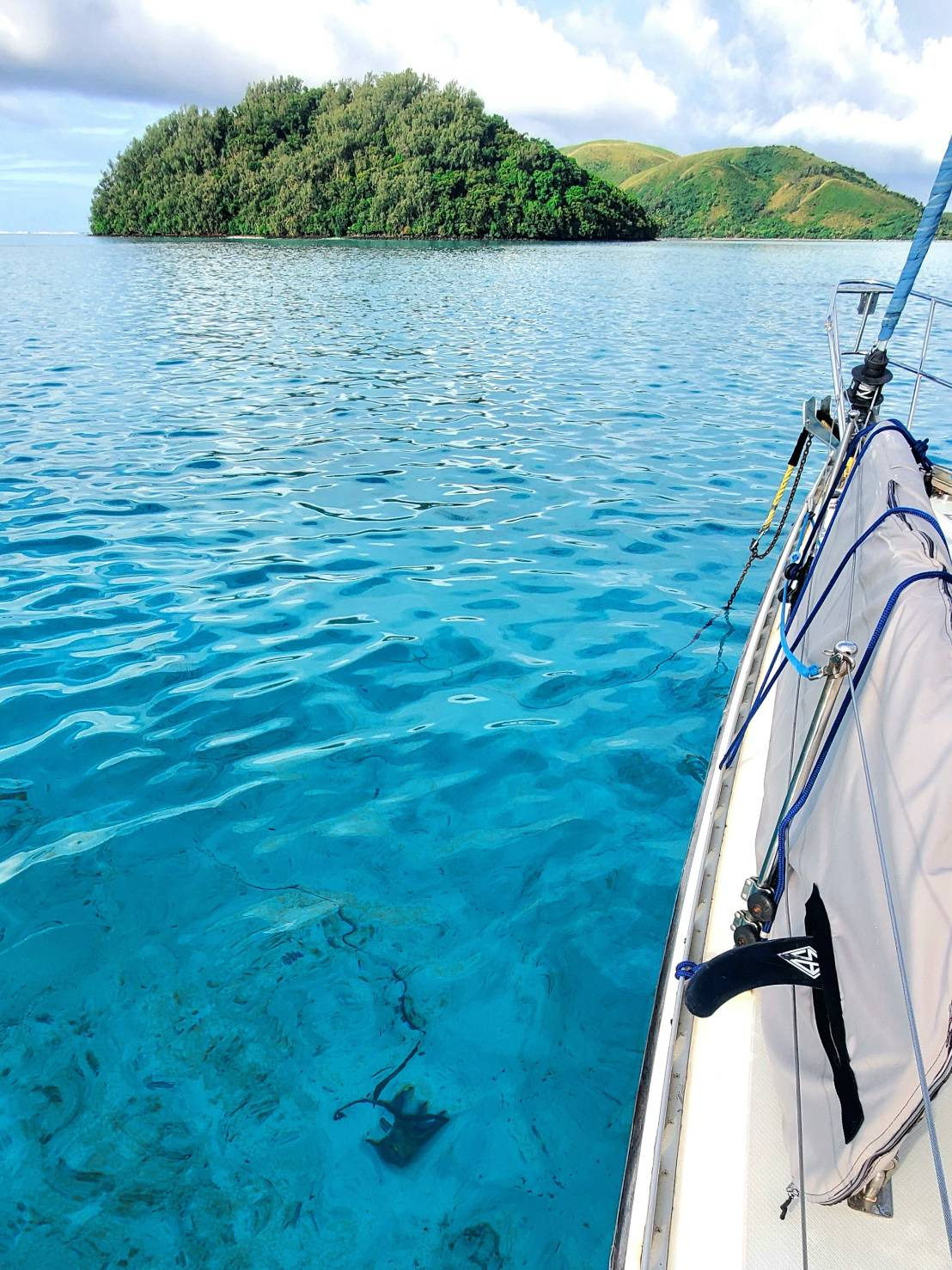
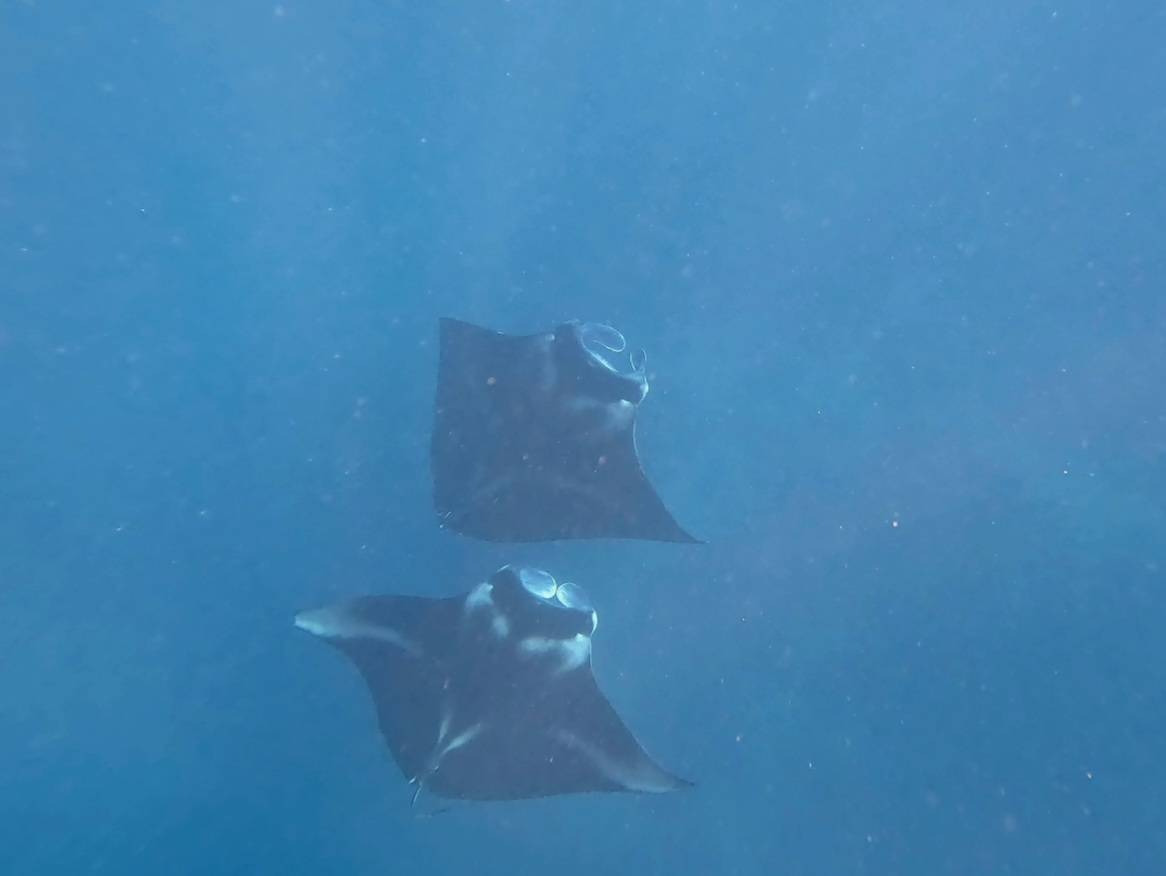
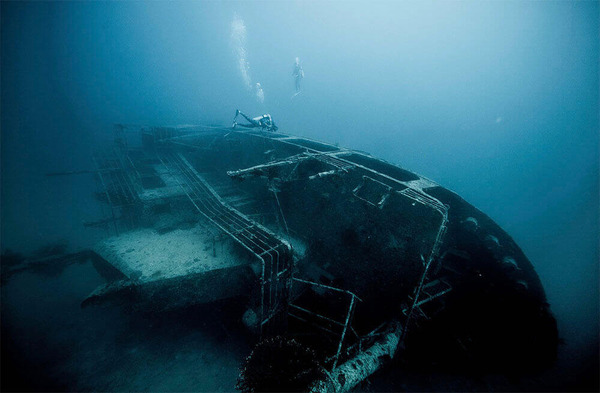


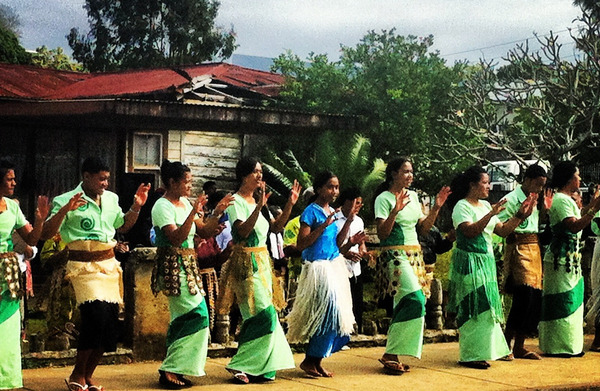
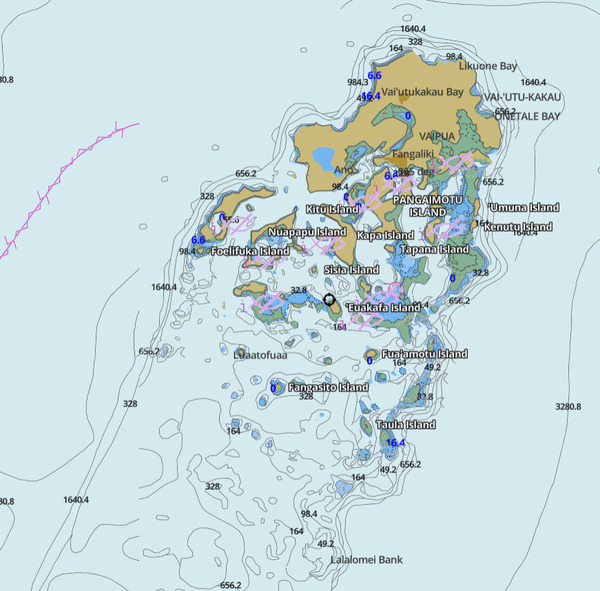
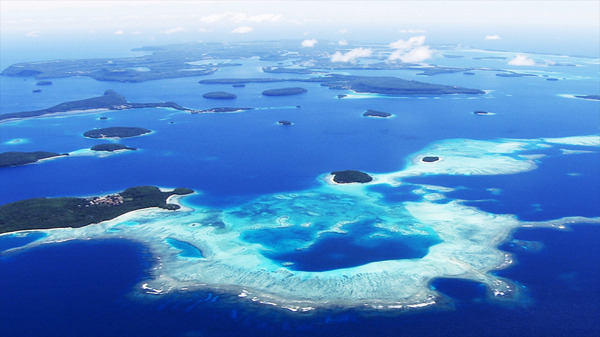

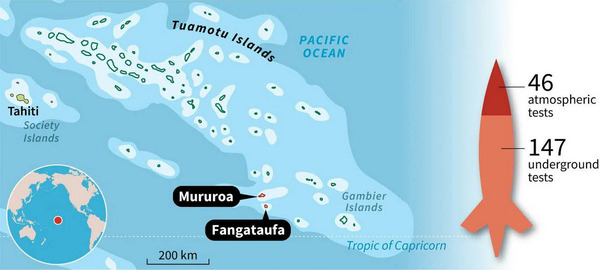

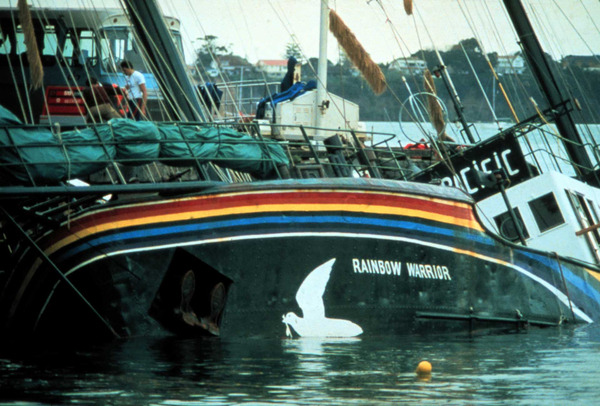
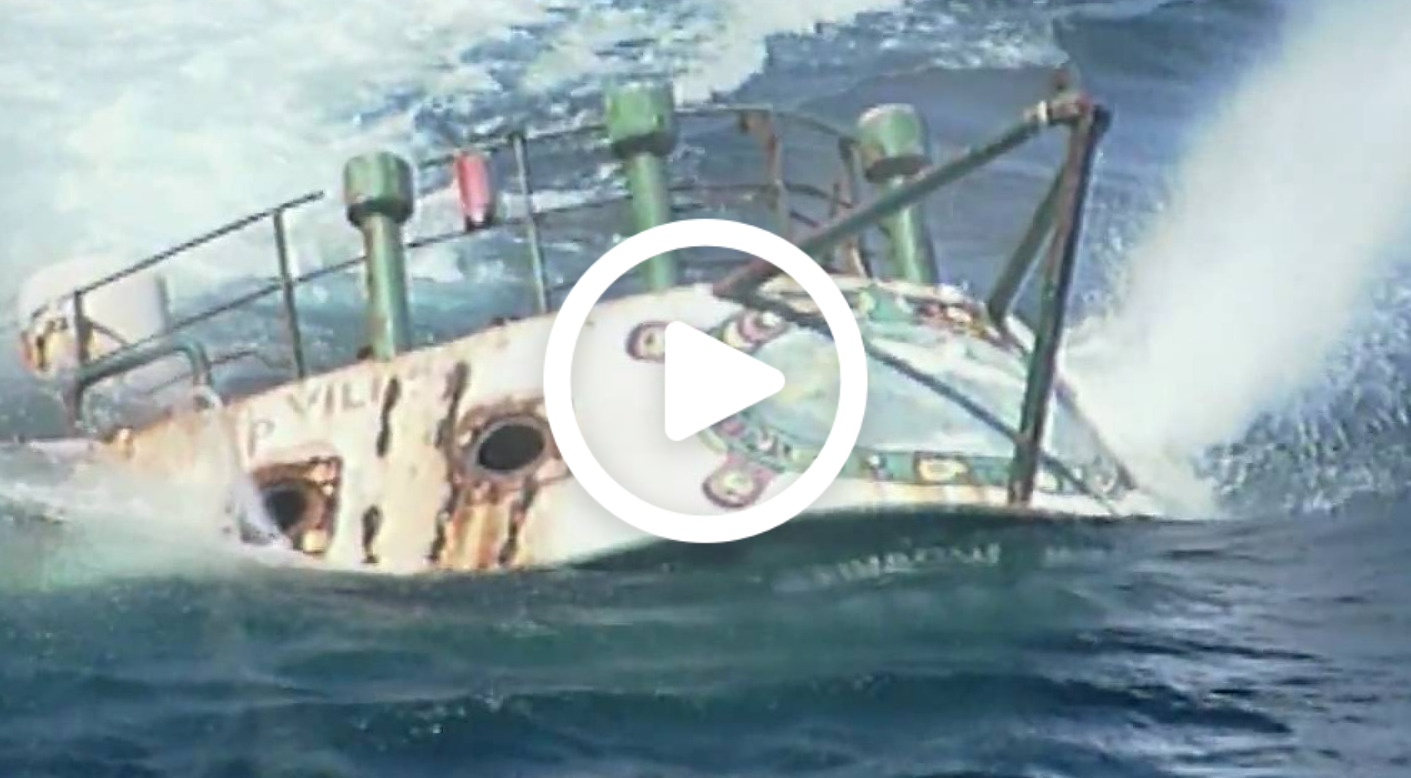
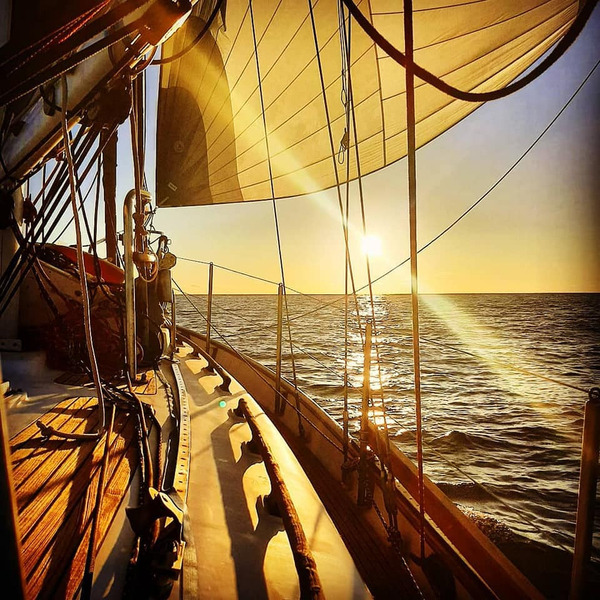
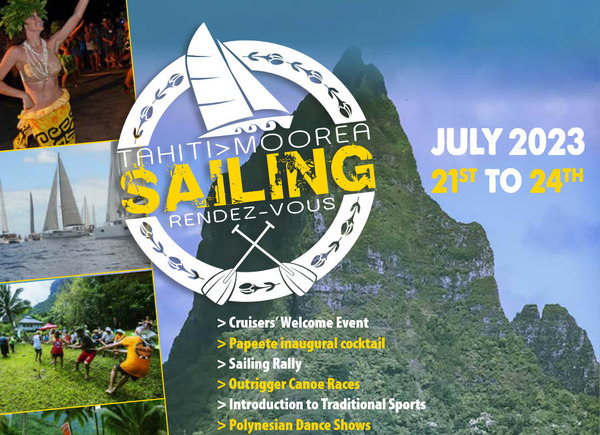

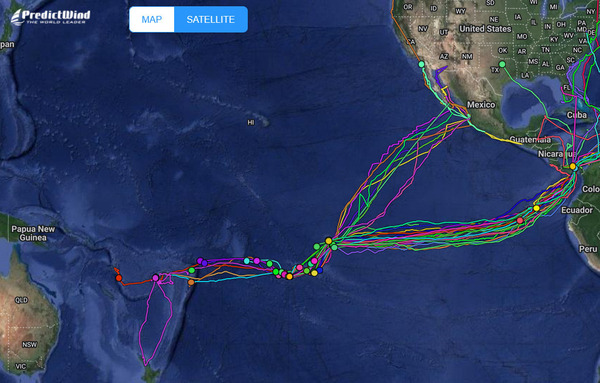

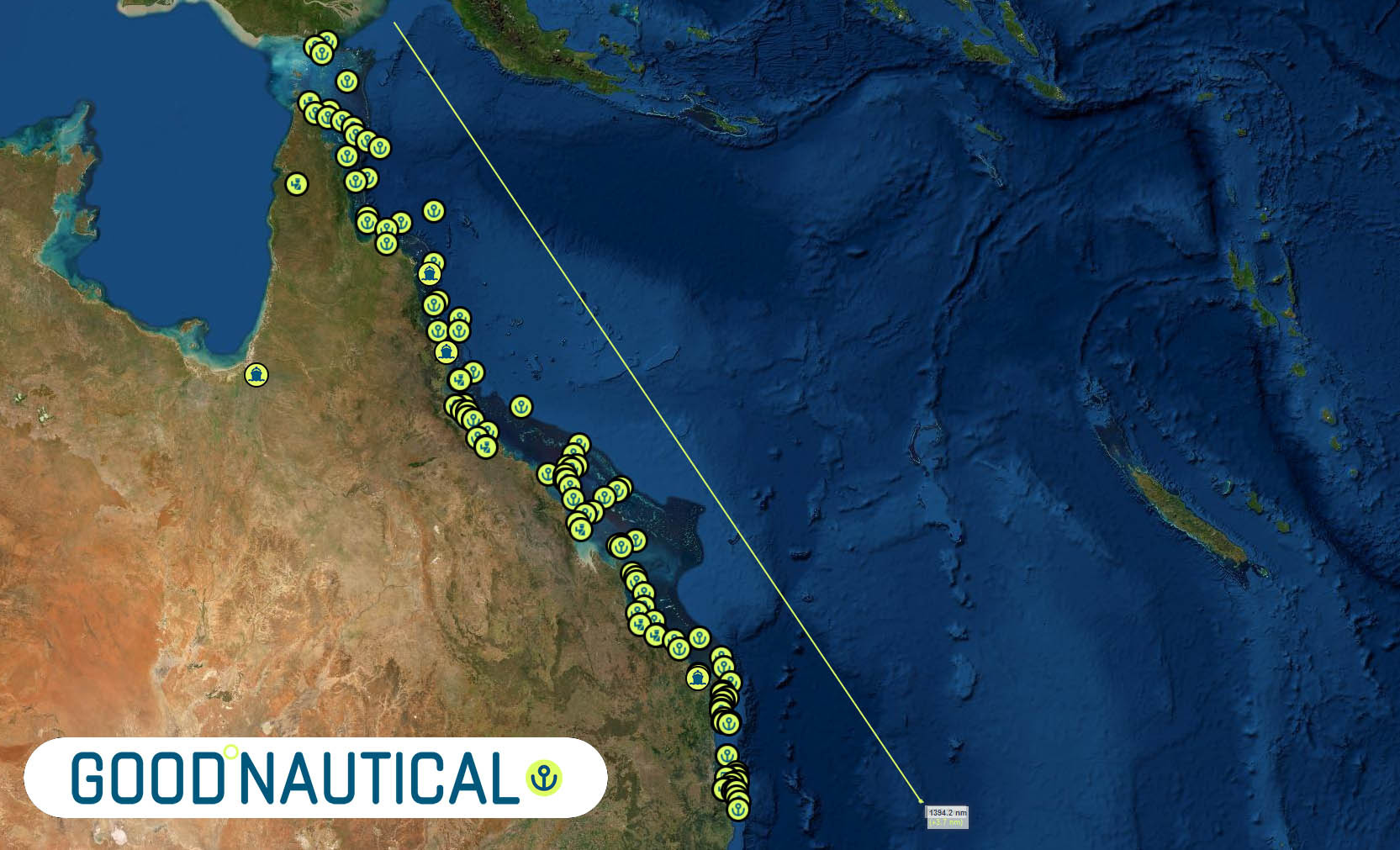
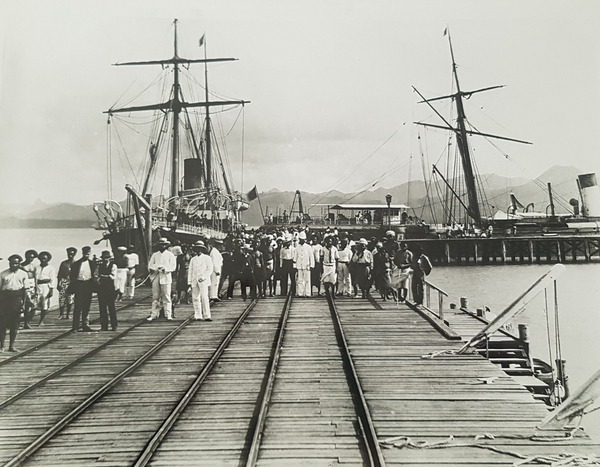
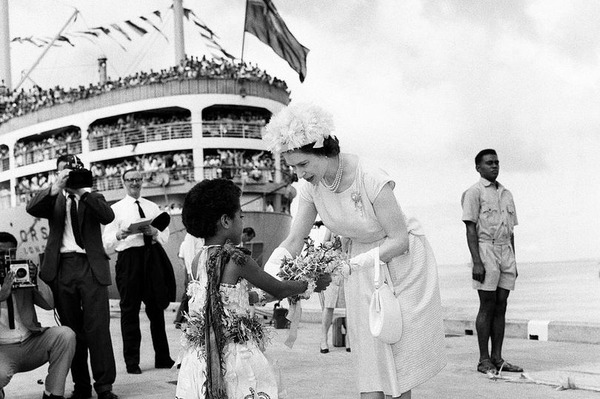
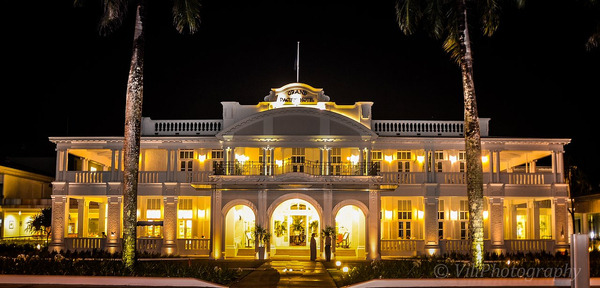
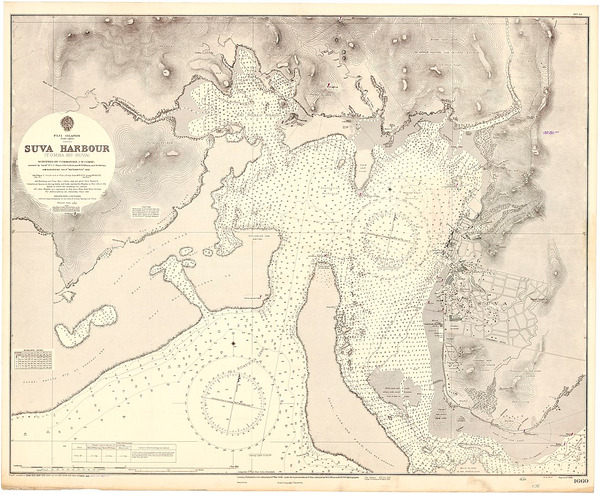
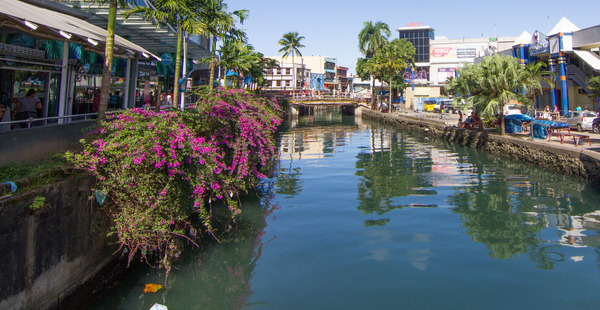
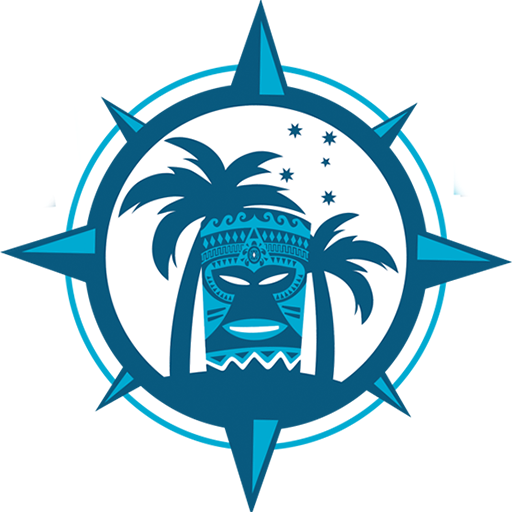
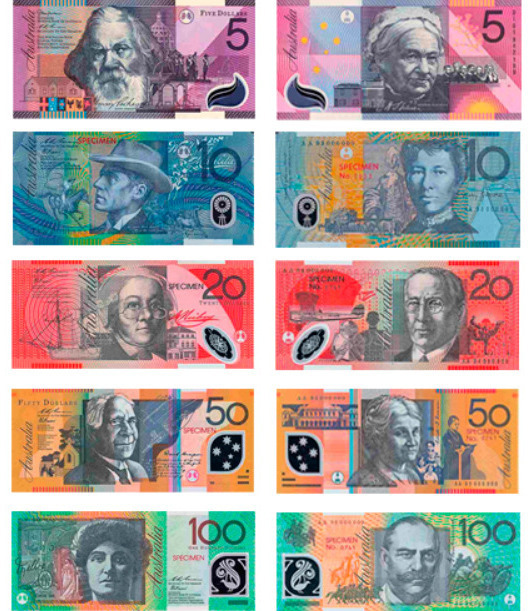
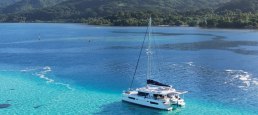



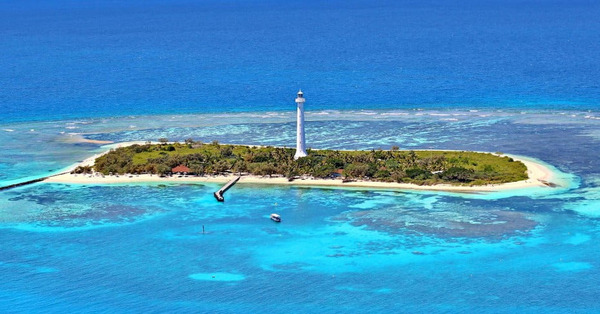
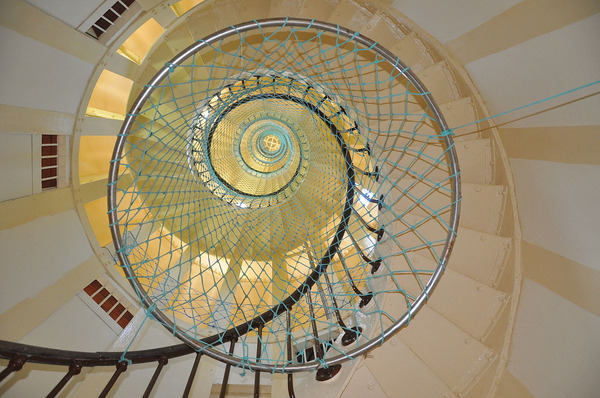
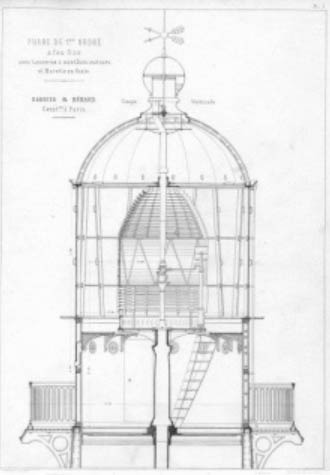
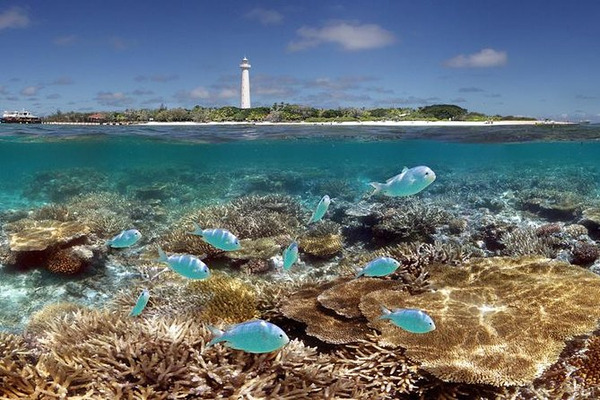
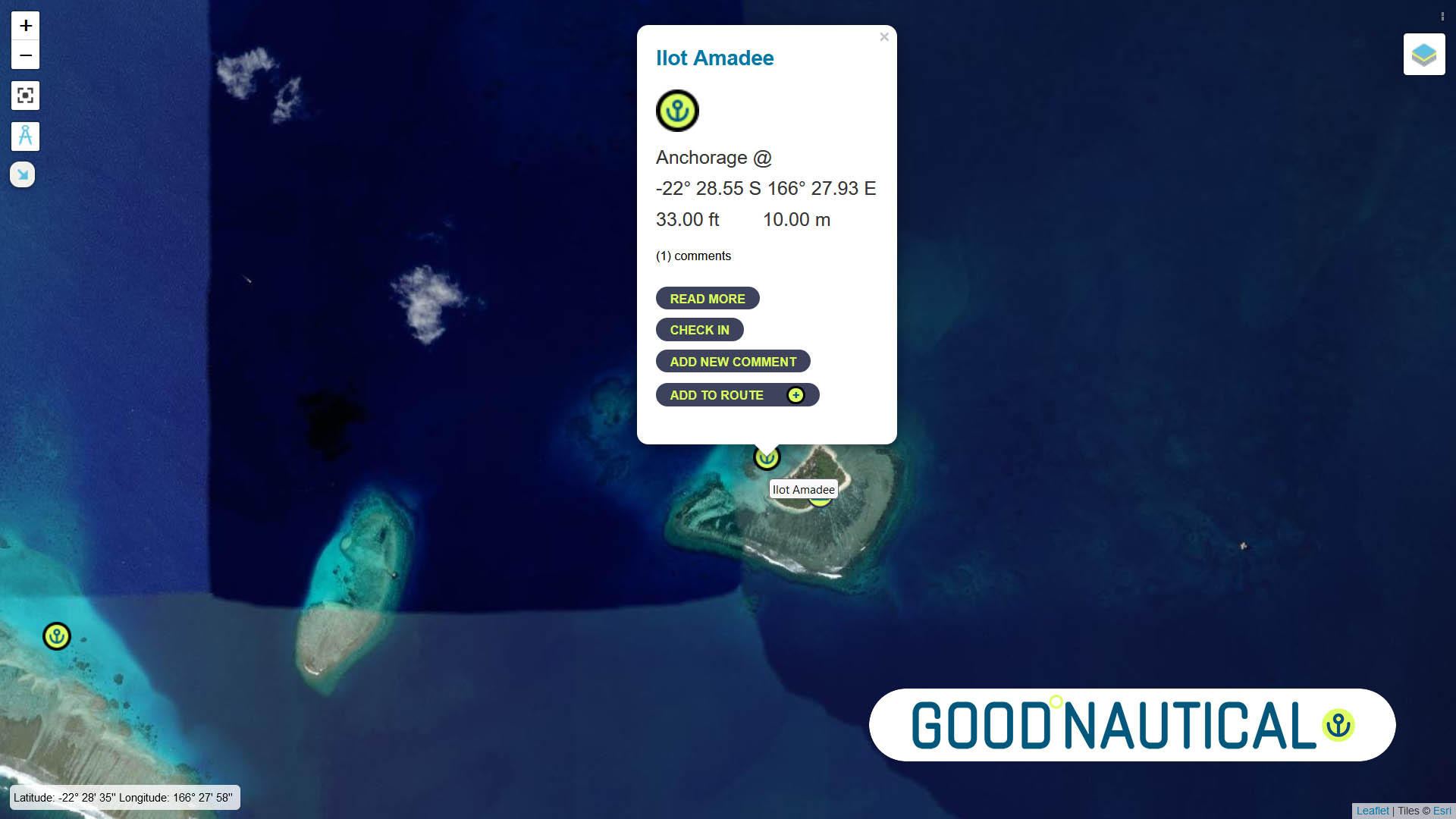
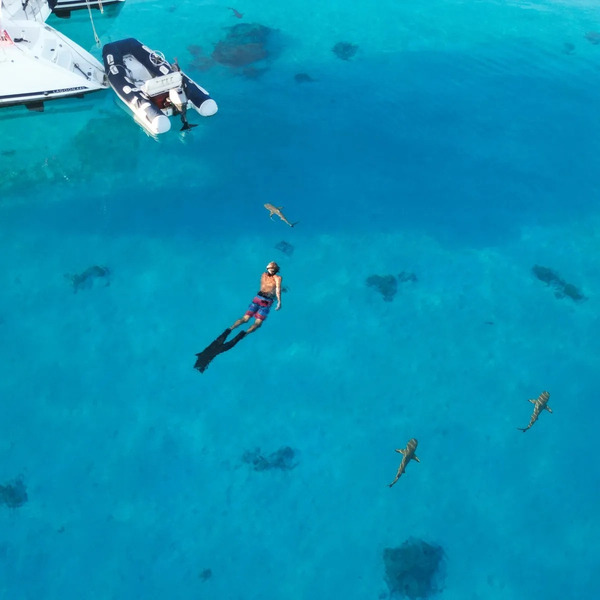
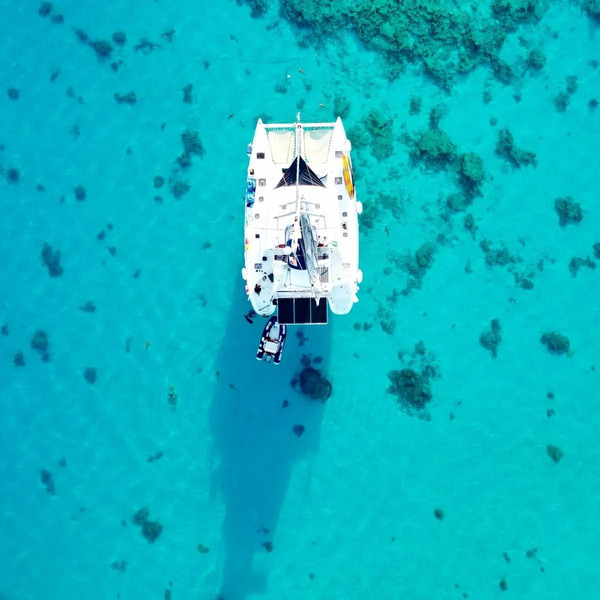
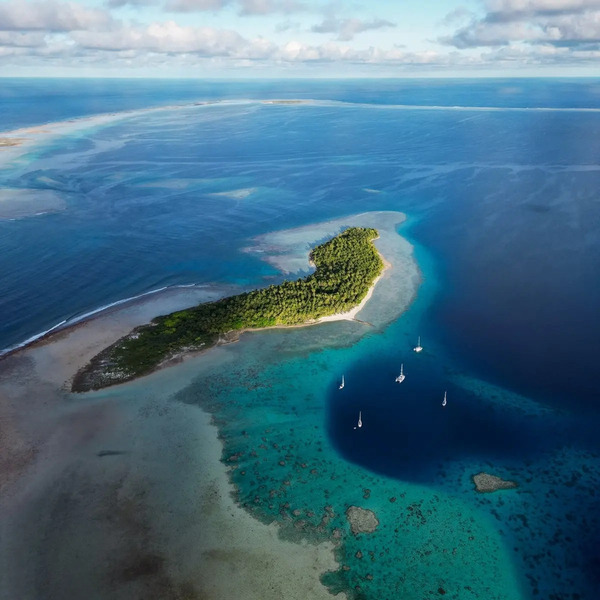


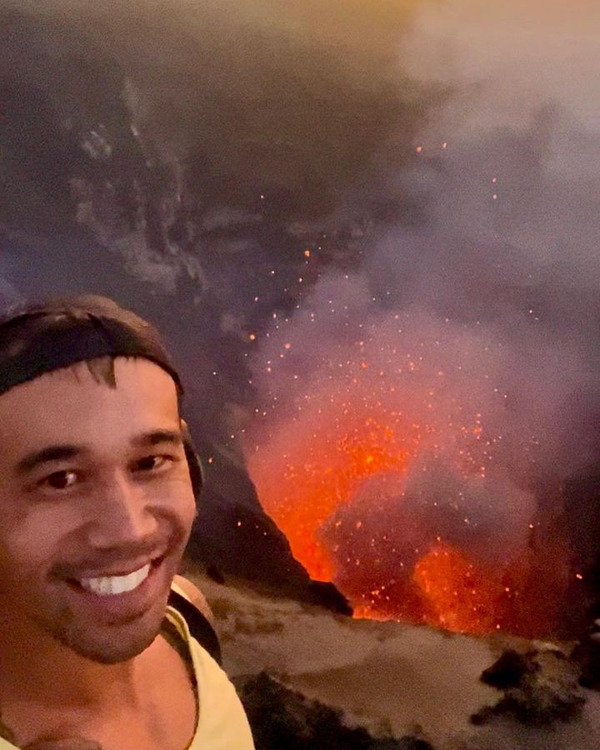
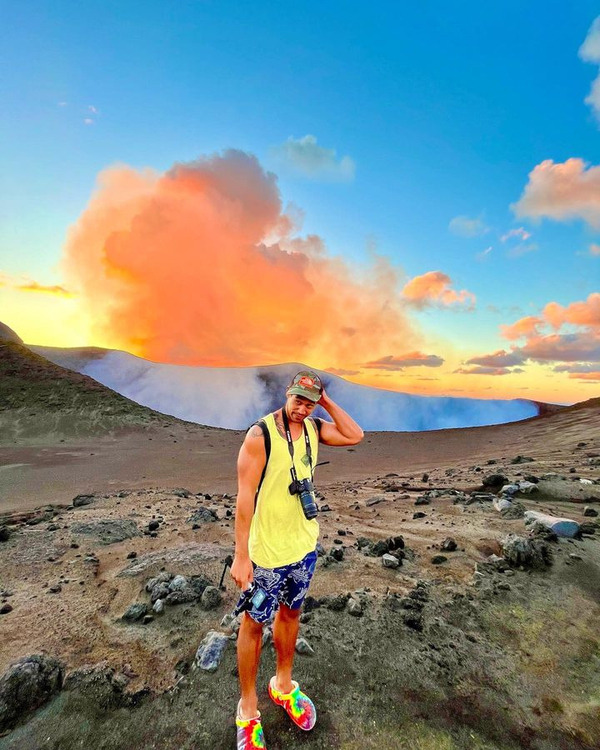




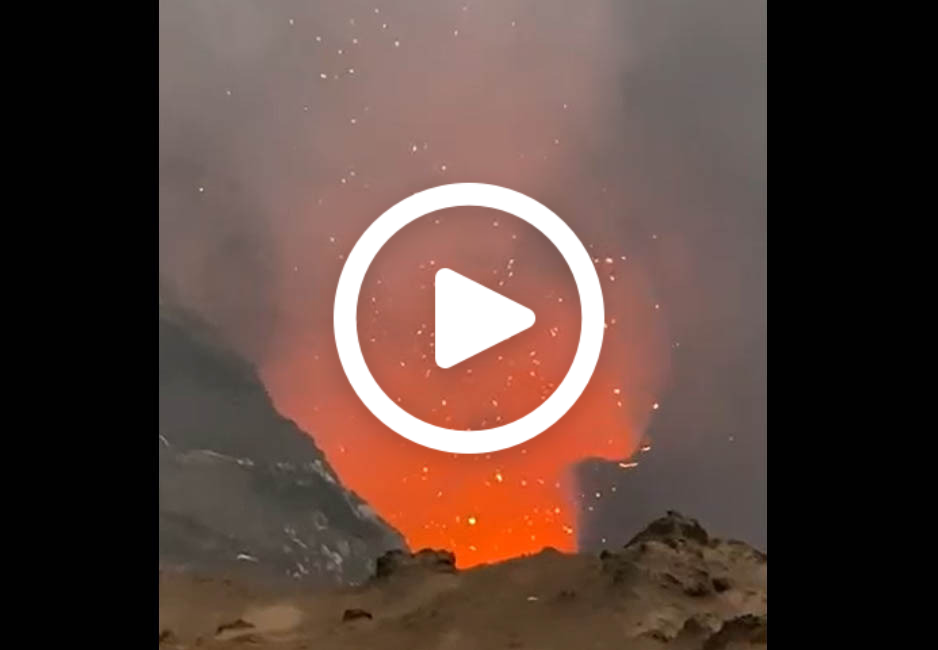
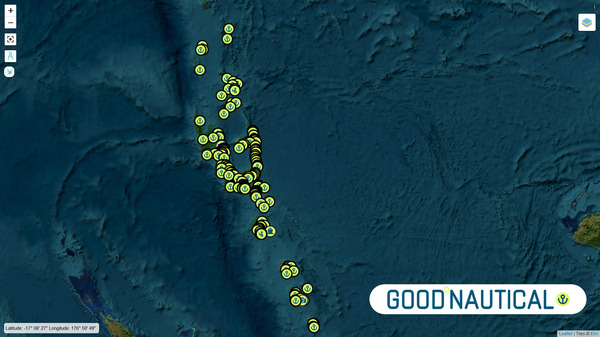

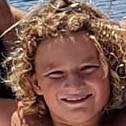
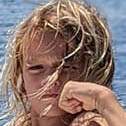

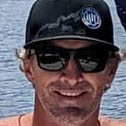

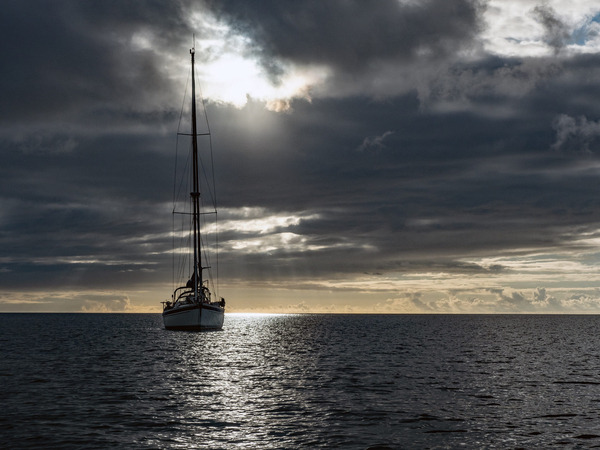
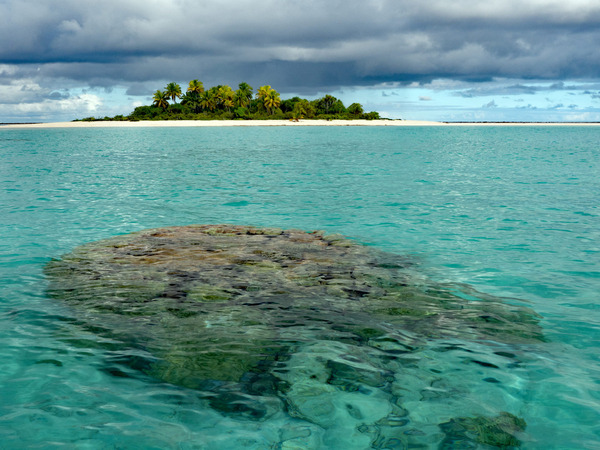
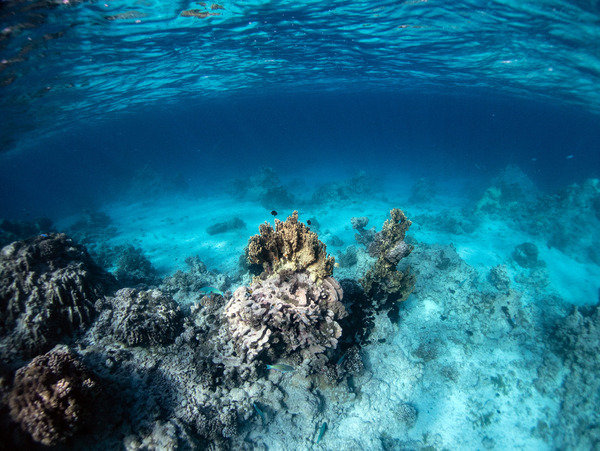

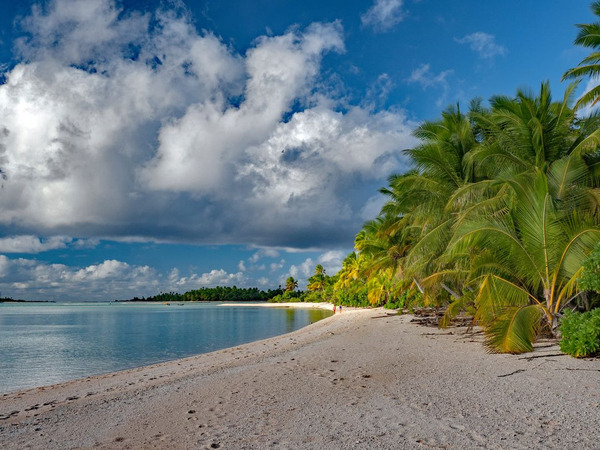
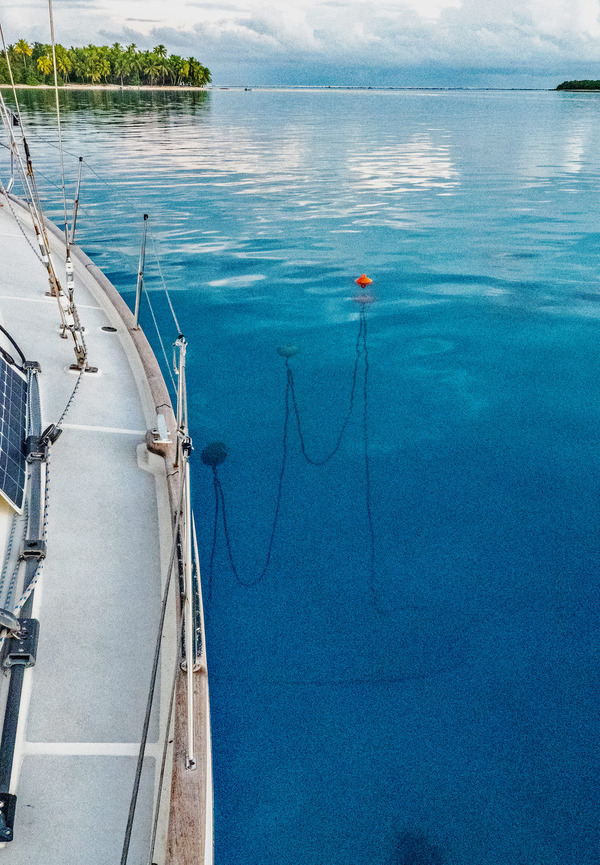



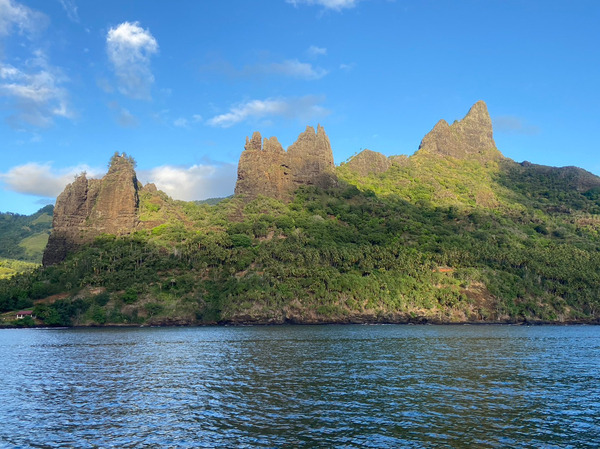
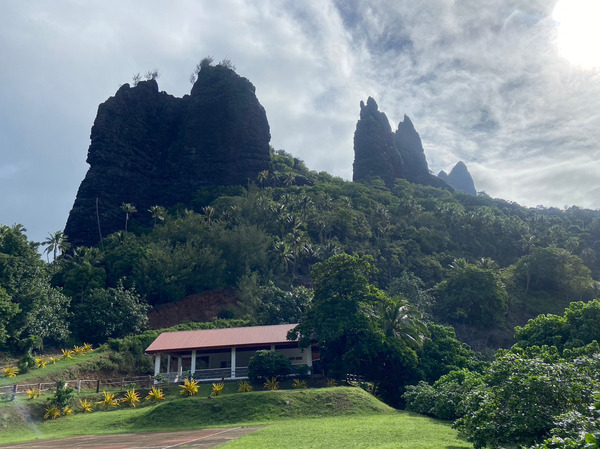
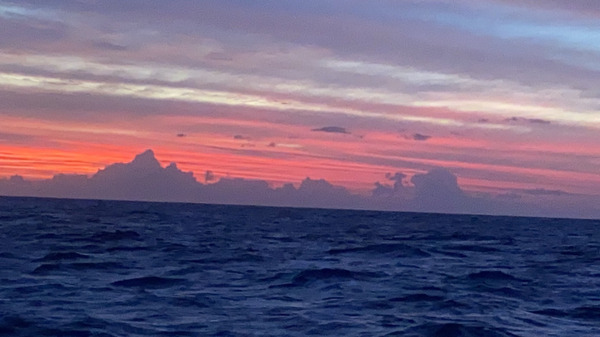


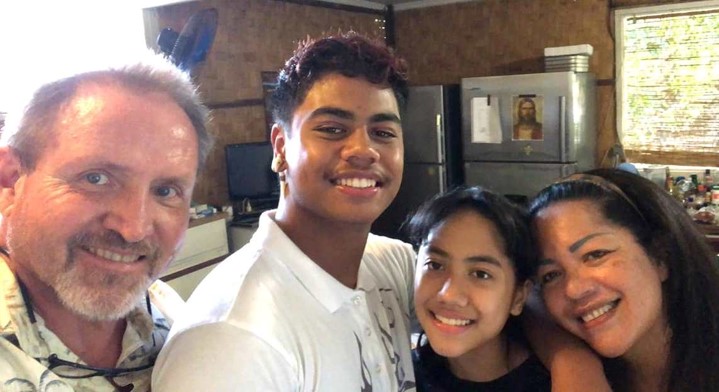
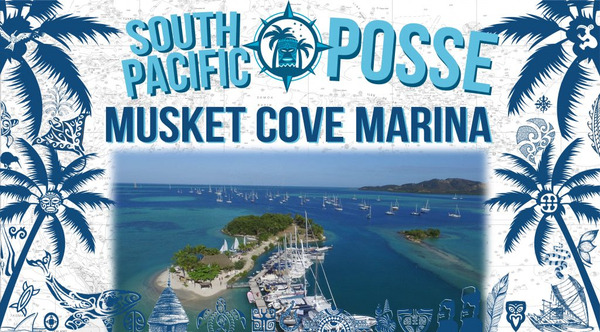

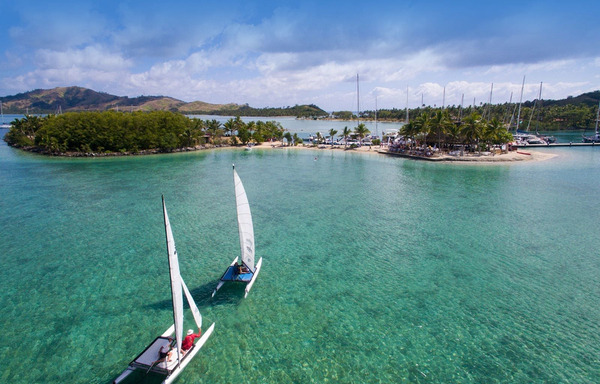
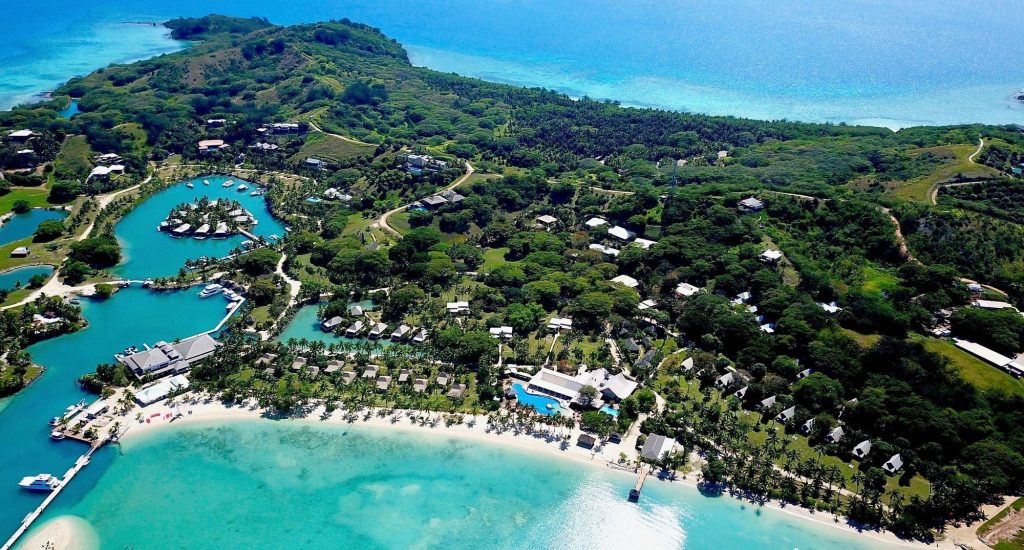
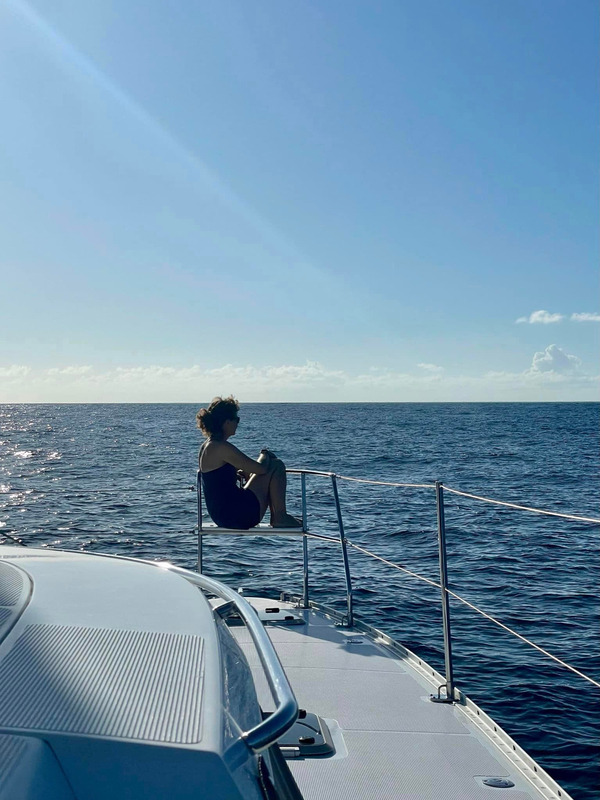
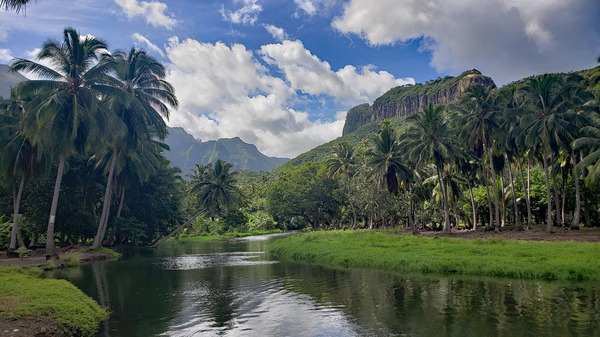
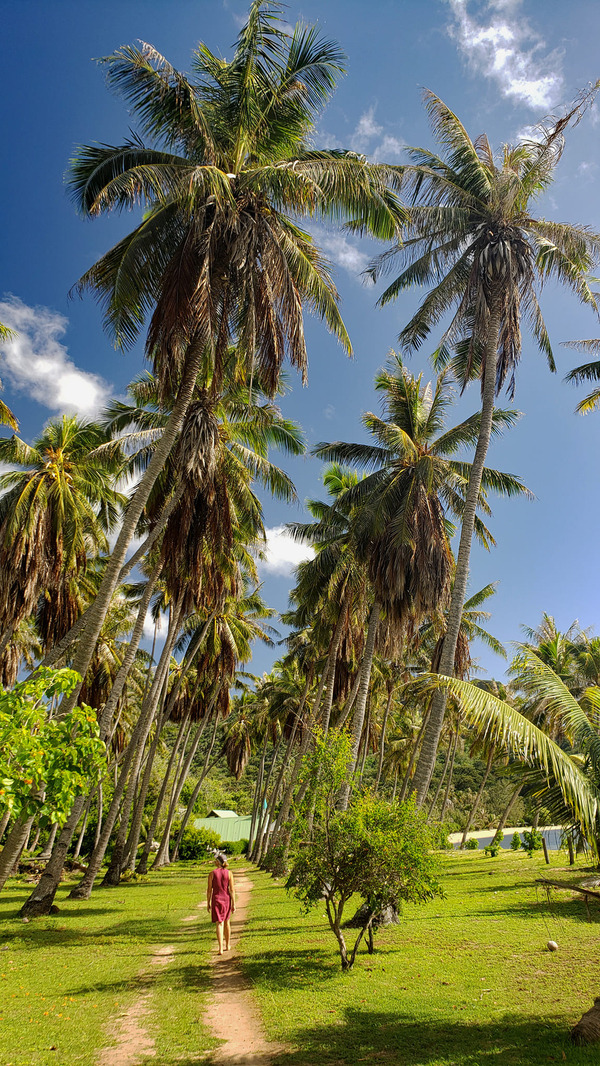
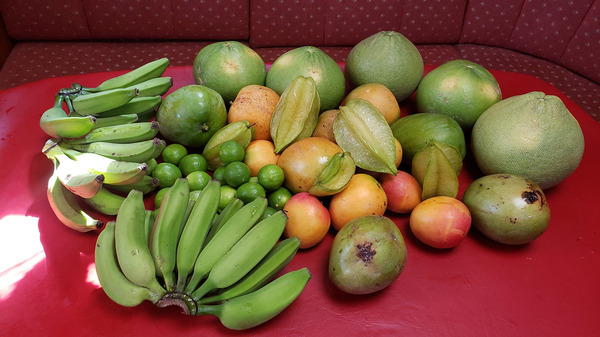
![Tiki: Anthropomorphic Sculptures, Sacred Structures and Powerful Places in Marquesas Islands Tiki : Sculptures anthropomorphiques, structures et localités sacrées des îles Marquises Sidsel Millerstrom p. 1828-1846 Abstract Index Text Bibliography Notes AuthorIllustrations Abstract English Français The ancient Marquesan anthropomorphic stone and wood sculptures or tiki have received wide attention since they were first noted in 1595. However, they have not been systematically and scientifically studied until the Marquesas Rock Art Project was created in 1984. Over several years eighty‑four anthropomorphic sculptures were located through intensive field survey and interviews with local Marquesan. Information gathered at each site included metric data, archaeological, social, architectural and environmental context. Stylistically the Marquesan stone tiki are remarkably similar and followed certain social rules. The similar characteristics also seen in Marquesan rock art, tattoo, and material objects suggest that the fundamental principles regarding the symbolic order remained unchanged for a long time. Moreover, the homogeneous decorative system demonstrates that the Marquesan adhered to a common ideology and belief system. Index terms Mots clés : Océanie, Polynésie française, Îles Marquises, Tiki, pierres anthropomorphiques, archéologie, sculpture sur bois, art rupestre, lieux sacrés, tatouage Keywords : Oceania, Marquesas Island, Tiki, anthropomorphic stone, archaeology, wood Sculptures, rock art, sacred place, tattoo Full text Acknowledgement The Marquesan Rock Art Project was a team effort and several archaeologists and local volunteers worked with us. While they are too numerous to mention here I am grateful for their enthusiasm, help and their friendship. I wish to acknowledge Maeva Navarro, former director of C.P.S.H., Tahiti, for initiating the Marquesan Rock Art Project, and for allowing my team and me to conduct research in the Marquesas. I thank her for her support and encouragement. Thank you to Edmundo Edwards, with whom I was fortunate to be able to work; he headed the project and became my working partner from the beginning. His knowledge of Polynesia and his overwhelming generosity and kindness touched everybody. Heidy Baumgartner Lesage, a long‑time friend and team mate, and I spent much time together in the Marquesas surveying, recording the petroglyphs, tiki, and associated architecture. I will always be indebted to Heidy for her sound advice and companionship. I thank the government of French Polynesia for allowing me to do archaeological research in the islands and for the many Marquesan that housed and fed us, showed us archaeological sites and became our friends. Introduction 1 A publication about a tiki exhibit in 2016, Tahiti, just become available. Tik (...) 1Since the 1590s, with the arrival of the first Europeans to the Marquesan Archipelago, stone and wood sculptures have been described, exhibited, photographed, sketched, painted and admired. However, the sculptures have never been systematically surveyed, documented and analysed. I present here a summary of metric information and empirical observation generated from data collected on the stone sculptures during several archaeological field seasons to the Marquesas Islands.1 2In 1984, Maeva Navarro, then Director of Département d’Archéologie, Centre Polynésien des Sciences Humaines, Te Anavaharau, Tahiti (C.P.S.H), initiated the Marquesas Island Rock Art Project. This government organization is presently known as Service de la Culture et du Patrimoine (S.C.P). Edmundo Edwards, then chief archaeologist with the department, directed the project. I was part of the venture from the beginning. During the Marquesan Rock Art Project, from 1984 to 1989, eighty‑four stone statues or tiki were documented in seventeen valleys on the presently six inhabited islands. Figure 1. The Marquesas Archipelago, French Polynesia Figure 1. The Marquesas Archipelago, French Polynesia Zoom in Original (png, 48k) © Map courtesy Melinda Allen 2016 2 Their work was published in 2007 by Service de la Culture et du Patrimoine, Mi (...) 3Since 1998, additional sculptures have been found and documented by others. For instance, the French couple Catherine Chavaillon and Eric Olivier, while living on Hiva Oa, recorded several previously undocumented statues2. 3 In the 1890s a large anthropomorphic head was taken from Me’ae Iipona, Puamau, Valley, (...) 4In 1997, the American archaeologist Barry Rolett, with University of Hawaii, Manoa, discovered four tiki heads on the surface of a shrine (me’ae) in Vaitahu, Tahuata. Several sculptures are located in Musée de Tahiti et des îles, Punaauia in numerous museums worldwide as well as in private collections. None of these anthropomorphic figures are included in this study. Some statues have been carried away by foreigners or they were hidden by Marquesan when Christianity became established in the archipelago.3 4 A stone monument in Vaitahu, Tahuata, raised in 1995 in commemoration of the discovery o (...) 5The first encounter between Europeans and Te Enana, as the Marquesan people now wish to be called, was brief and brutal.4 In July 1595, the Spanish commander Alvaro de Mendaña and his pilot Portuguese Pedro Fernández de Quiros came upon Fatu Hiva, Tahuata, Hiva Oa, and Montane islands in the southern group, on their way from Peru to form a colony in the Solomon Islands. Te Enana then became the first Polynesian island society to be discovered by the Europeans. During their visit to Vaitahu, Tahuata, Mendaña and his crew held a Mass, raised three wooden crosses, planted a few corn seeds, and took possession of the island in the name of Spain. Due to misunderstandings between Te Enana and the Spanish some two hundred islanders were massacred. Only Quiros left a record of what they saw during their sojourn in the islands. His account contained the first description of anthropomorphic sculptures and a sacred structure: 5 Markham, 1904, p. 27‑28. Apart from the village there was an oracle surrounded by palisades, with the entrance on the west side. Within there was a house, almost in the middle, in which were wooden figures badly carved; and here were offerings of food and a pig, which the soldiers took. When the Spanish soldiers attempted to take some of the objects, they were made to understand by the Enana that they had great respect for the place.5 6As far as the written record is concerned, no Europeans visited the islands during the following 179 years. Western influence first spread after Captain James Cook’s three‑day visit in 1774. Cook, commander of the Resolution and the Discovery, also anchored in Vaitahu Bay, Tahuata. 7He renamed it Resolution Bay. From then on numerous explorers, missionaries, traders and a few beachcombers arrived in the archipelago. Thus, the Marquesan social fabric dramatically changed forever. Anthropomorphic Sculptures (Tiki) Characteristics 8All representations of human like figures such as the statues, anthropomorphs seen in the petroglyphs, pictographs and tattoo repertoire, carved figures on bones, wood and shells are collectively referred to as tiki. This, however, does not mean that they represent the god Tiki, an important figure in Marquesan mythology. In general, the anthropomorphic statues represent deified ancestors such as important chiefs and priests, people that were considered sacred or tapu. For instance, Takai’i, at Me’ae Iipona, Puamu, Hiva Oa, the largest tiki in the Marquesas, was a powerful chief and warrior. Figure 2. Me'ae Iipona, Puamau, Hiva Oa. Takai’i and a sitting tiki Figure 2. Me'ae Iipona, Puamau, Hiva Oa. Takai’i and a sitting tiki Zoom in Original (jpeg, 1,1M) © Millerstrom Location 9Of the 84 stone anthropomorphic sculptures that we documented, the majority, 53 tiki (63,1 percent), were found on Hiva Oa (Table 1). At Me’ae Iipona, there are 18 tiki (5 statues, 10 heads, and three sculpture fragments), as well as numerous boulders with petroglyphs. Several of the heads were uncovered in 1991 when the French archaeologist Pierre Ottino and his crew restored the site for the Third Marquesas Islands Festival. The only sitting tiki recorded by us is located at this site (see figure 2). The sitting tiki, named Te aua ehu ehu or Fau poe, is believed to represent the wife of Takai’i, the tallest tiki in the Marquesas. Island Valley Frequency of tiki Percentage Hiva Oa Puamau 30 ‘Atu’ona 9 Hanaiapa 3 Eiaone 3 Ta’a Oa 2 Tahauku 2 Mutu Ua 2 Hanapa’ao’a 1 Punaei 1 Subtotal 53 63.1 Nuku Hiva Taipivai 12 Hatiheu 4 Anaho 1 Taiohae 4 Subtotal 21 25.0 Ua Huka Hane 4 Vaipaee 1 Hokatu 1 Subtotal 6 7.1 Tahuata Vaitahu 1 Subtotal 1 1.2 Ua Pu Hakamoui 1 Hakatehau 1 Subtotal 2 2.4 Fatu Hiva Omoa 1 Subtotal 1 1.2 Total 84 100 6 One of the “horizontally placed” tiki is located at Me’ae Iipona. In the 1 (...) 10A total of 48 tiki were documented in situ; the remaining 36 sculptures had been relocated, and their exact original location and archaeological contexts are uncertain. Based on morphology, five main categories are distinguished: 1) statue carved in the round; 2) modified boulder; 3) rectangular block with tiki figure in deep bas‑relief; 4) double figure; and 5) exotic figure. The last category includes two separate horizontally placed tiki resting on blocks and one seated figure (mentioned above).6 The most common visual characteristics are large circular eyes, wide nose, mouth, slightly flexed legs, and arms placed on a protruding stomach. It may include intricate facial features, tattoos, and headbands, while the rest of the body is only roughly outlined. 7 Millerstrom, 2003a, p. 103‑110. 11Tiki are associated with shrines (me’ae), chief’s household units, or ritual places located within the tribal communal complexes (tohua). Tiki may also be linked to fishing shrines (Figure 3). We found a small tiki on the surface of a fishing shrine in Anaho, Nuku Hiva.7 At Paepae Paeke, Nuku Hiva, another site with several tiki, the statues are fully carved and placed on or in the walls of platforms. Figure 3. Anaho, Nuku Hiva. Tioka Puhetini with a tiki discovered on Me’ae Atatai, a fisherman's shrine (331ANA T‑1) Figure 3. Anaho, Nuku Hiva. Tioka Puhetini with a tiki discovered on Me’ae Atatai, a fisherman's shrine (331ANA T‑1) Zoom in Original (jpeg, 408k) ©Millerstrom 12Regarding the Paepae Paeke site, when German ethnographer von den Steinen visited in the 1890s, he was told that each of the 12 tiki present at the site was named after a district in Taipi Valley. The name of one of the tiki was Puamamau Etua. Furthermore, the Paepae Paeke was protected by a tapu (a spiritual protection). The sacredness of the place, the location on top of a peak, and the name of one tiki indicate that this was a me’ae and that one tiki may represent a deified inspirational priest. When the American archaeologist Ralph Linton examined the site in 1920, his guide claimed that the site was neither sacred nor a shrine and the people of Taipi did not know of any names. 13Sometimes statues are directly associated with a chief’s domestic complex. A chief’s house is sometimes referred to as a me’ae in the historic literature. It is possible that an important chief’s house became so infused with supernatural power after his death that the site became sacred and thus became become a shrine as. This is what might have taken place at Paepae Paeke. Structure 14Typically, the size of the head is one third or more of the body’s height. Because the head was considered sacred and the seat of supernatural power (mana), it was the most important part of the statue. Thus, it was carved with careful attention to the smallest details. It is usually resting directly on square shoulders lacking a neck. A tiki at Me’ae Iipona is unusual because of the small size of the head in relation to the body (Figure 4). It is possible that the original head broke off, and the statue and the head were re‑carved to fit into a smooth groove in the upper torso. Round, large, and bulging eyes are usually encircled with a 1‑2‑cm‑wide raised rim under high‑arched eyebrows. Sometimes the eyes have a raised or incised curved line that bisects them from the outer part of the eye to the inner corner of each eye. Some tiki have circular indented pits indicating the pupils. Figure 4. Me'ae Iipona, Puamau, Hiva Oa Figure 4. Me'ae Iipona, Puamau, Hiva Oa Zoom in Original (jpeg, 418k) © Millerstrom 15A broad nose with wide nostrils fills out most of the centre of the face. The outline of the nose goes upward and connects with the eyebrow. High eyebrows reach down on the outer side of the head and link with the ears, resembling the stems of eyeglasses. A long, wide mouth, sometimes with a protruding tongue or even teeth with great canines, covers the lower part of the face. When tattoo occur, they depict anthropomorphic figures, dogs, and geometric motifs. Tattoo are usually placed on the side of the mouth chest or on the thighs. 8 Linton, 1925, p. 74. 16Carved headdresses (hei) are the most common form of decoration, but wreath around the neck, tattoo, short mantles, and hair‑knots on each side of the head occur. Some tiki have drilled circular perforation in the earlobes for placement of earplugs. Takai’i at Me’ae Iipona, has tattoo on the chest and legs, what appears to be a hair knot at the back, and we noted several vertical grooves in each eye, perhaps this was to emphasize their size and the direction of the gaze. The American archaeologist Ralph Linton8 mentions ornamental grooves, circles and chevron patterns on the abdomen and buttocks on some images, but these tattoo design are no longer visible on the tiki we recorded. We do not know if the neck ornaments represent plants or marine material. Perforated shell tabs, pearl pendants, fish, porpoise and whale teeth are found in archaeological deposits. In fact, whale teeth were so treasured that towards the beginning of the Classical Period (1600‑1790) and onwards imitation whale teeth were carved from the lips of Cassi shell. Wreaths of perishable plant material are difficult to ascertain archaeologically. Paul Pétard (1912‑1980), a French ethnobotanist, reported that garlands were strung from the keys of Pandanus (Pandanus tectorius), also referred to as Screw Pine, to decorate the body during feasts. Several varieties of the Pandanus were recognized by the Polynesian according to the various parts of the tree, and the changing colour of the ripening fruit. Garlands strung from the Pandanus keys, especially the red type (ha’a kua), was reserved for garlands to decorate the tiki during feasts and hence tapu or forbidden to commoners. 17Wide, rounded hips and short, stubby extend legs rest on a pedestal. Some tiki have a peg base to secure them in the ground. Legs were considered less important and many images have the legs only indicated, while other sculptures are cut off below the waist. Ankles may be indicated by raised circular knobs. Only a few images depict toes. The back is often carved with spines and buttocks even when the statues are fitted into a stone platform. The tiki recorded by our team vary in height from 32.7 to 250 cm above the ground. The majority of the statues measure between 50 and 100 cm. 18During some ceremonies, the tiki was girdled in tapa or bark clothes. While tapa beating was usually done by women, the loincloth for the tiki were ceremonially beaten by the priest. Early explorers describe old inspirational priests (tuhuna/tuhuka) beating loincloth for the gods. The act was so sacred that the priest could only eat in the evening. Offerings of human victims, animals, fruit, and vegetables were placed in front of the statue or hung in nearby trees. Contributions were placed near the tiki and priest were seen presenting food to the mouth of the statues. Robarts, an English beachcomber that lived eight years in the islands noted that during the memorial feast, food was always sent to the priests at the me’ae. A small portion of the food was placed on the head of the image. Edward Robarts wrote: “This no one eats, being held sacred” (1974). Several of the images we documented have a flat surface on top of the head which may have been a space to place decoration such as a crown of shell, teeth, bones, or plant material as well as offerings to the ancestors. 9 Quoted from E. S. Handy (1923, p. 224) in The Native Culture in the Marquesas: Bernice (...) 19Hands with fingers are most often resting on a protruding abdomen. As ritual knowledge, genealogy and oral tradition were believed to be held in the stomach, hands placed on a protruding belly may have been a way to protect these memories. A tiki, part of Tohua Pehe Kua, Puamau, have the left hand touching the mouth (Figure 5). The reason for this is unknown. At Me’ae Iipona, a headless tiki placed on a terrace below Takai’i has 6 fingers on each hand also resting on a protruding stomach. A circular tattoo on the left ankle indicates that it is a high raking person. A tribal inspirational priest or shaman was called tau’a. Sometimes they would also be called atua (called etua in the Southern group), which means literally god. A shaman could be a male or female. He or she was thought to be persons who could be possessed by spirits or gods and their position were demonstrated by some type of phenomenon or “distinguished by remarkable physical deformity of some kind”.9 This statue is the only one we recorded that showed deformity, although a tiki located at Paepae Paeke, Nuku Hiva, has two heads. However, double‑headed tiki or the Janus figure phenomena seen elsewhere in Polynesian carvings may have different connotations. Figure 5. Tohua Pehe Kua, Puamau, Hiva Oa. The tiki, one of a pair, is presently located at chief Te Hau Moe’s tomb Figure 5. Tohua Pehe Kua, Puamau, Hiva Oa. The tiki, one of a pair, is presently located at chief Te Hau Moe’s tomb Zoom in Original (jpeg, 40M) © Millerstrom 20It is generally assumed that all the tiki represented men. This may not be the case. Leaving out sculptured heads from the calculation, there are 61 torsos and fully carved tiki. Of these 39 sculptures (64.0 percent) have no sex depicted. While 16 sculptures (26.2 percent) represent males, 6 tiki (9.8 percent) represent females. At Paepae Paeke, Taipivai (Nuku Hiva), 4 of the 12 tiki represent females and 4 are males (Figure 6). In the past all tiki had a name, but most of them are forgotten today. According to legends and local informants the tiki with 6 fingers on with both hands at Me’ae Iipona carries names that are both male and female; Te torae e nohu ua, or Maiauto, or Pete ta mu imui are masculine and feminine names. Thus, the male/female distinctions in carved ancestral figures may or may not have been meaningful to the Marquesan in the past. Figure 6. Paepae Paeke, Taipivai, Nuku Hiva. A female tiki carved in red volcanic tuff Figure 6. Paepae Paeke, Taipivai, Nuku Hiva. A female tiki carved in red volcanic tuff Zoom in Original (jpeg, 2,5M) © Millerstrom Material 10 Millerstrom & Edwards, 1998. 11 Linton, 1925, p. 162. 21A total of 31 tiki (37.0 percent) were carved from sacred red volcanic tuff, but some basaltic tiki were once painted red10. When we used artificial light at night to checked on an image at Me’ae Utukua, Punaei Valley, Hiva Oa, we discovered traces of red pigment around the eyes (Figure 7). Ralph Linton11 saw traces of red pigment in protected parts of a statue at Me’ae Iipona, Hiva Oa. Some of the sculptures, 16 (19.0 percent) in total, were carved in a gray or yellow tuff. The remaining 37 sculptures (44.0 percent) were crafted in basalt. Figure 7. Me’ae Utukua, Punaei Valley, Hiva Oa. Figure 7. Me’ae Utukua, Punaei Valley, Hiva Oa. Zoom in Original (jpeg, 433k) ©Photo courtesy C. Chavaillon and E. Oliver 12 Ibid., p. 8‑9, 164‑165. 13 Ibid., p. 8. 22There are numerous quarries in the Marquesas, but none of them have been investigated. Ralph Linton12 writes that all the “great tiki” at Me’ae Iipona were sculptures with material from the quarry of Teohopuapu, located in a small valley in the stream bed on the south‑western side of Teohovevau, Puamau Valley. Both red and gray tuff are found in the quarry. In the same area there is a 10 feet stratum of gray tuff deposit. The outline of a large block, also called ke’etu, has been removed and an unfinished tiki head is still visible. Linton13 mentioned another quarry in Puamau that were quarried for stones for secular structures and a quarry at Hakahetau, Ua Pou. None of these quarries have been visited by our team. 14 Ibid., p. 74‑75. 23Ralph Linton14 claims that the tuff on Nuku Hiva is coarser than the tuff elsewhere and that the sculptures are “technically inferior to those of Hiva Oa”. This has yet to be confirmed. On the beach of the isolated Ha’ata’ive’a Valley, located on the north coast of Nuku Hiva, there are two quarries one on each side of the bay. On the east side, a 2‑3 m wide, red tuff band is exposed in a cliff, and a cave is situated above. In the cave, approximately 5 m above the ground, two anthropomorphic faces are pecked on the floor (Figure 8ab). Rectangular outlines, the results of removing blocks of red tuff, are visible on the north side of the 2‑3 m tuff deposit. At high tide the area is partly submerged, a rough outlined tiki is still in place. A basalt adze quarry with the remains of a white beach rock pavement is situated across the bay. Figure 8. Ha’atai’ve’a, Nuku Hiva. Two petroglyph faces placed on the floor of a rock shelter (331haa 1) Figure 8. Ha’atai’ve’a, Nuku Hiva. Two petroglyph faces placed on the floor of a rock shelter (331haa 1) Zoom in Original (jpeg, 9,2M) © Millerstrom 15 Linton, 1925, p. 165. 24Numerous rituals took place before cutting trees for canoes or quarry stones for tiki. Most of these are now forgotten. In the Polynesian past, all boulders and stones were embodied with supernatural power, but some were thought to be more powerful or sacred than others. Boulders, like all things in nature, were believed to grow in the same manner as people and plants. Te Enana believed that ke’etu “grows slowly but constantly ‑a quality peculiar to it”.15 In fact, carving of stone was so important that certain rituals were observed while quarrying. Workers had to render themselves tapu and has to avoid women prior to working with stones or their tools would break. Conservation Issues 25The stone sculptures, especially those carved in the coarse and soft red and yellow volcanic tuff, are friable. Deterioration of the sculptures due to the exposure of the environment continuous to be a serious threat to the Marquesan cultural remains. Over the years many discussions considering the best way to preserve the sculptures have taken place, e.g., chemical treatment, replace the original with copies, or cover them with roofs. In 2016, conservation efforts have been implemented at Me’ae Iipona, Puamau, a site that receives a relatively large number of tourists. Thatched roofs have been built over each of the most fragile tiki. This certainly will help to slow the deterioration, but in many respects, it may be too late. Since the early 1980s my team and I have noticed slow deterioration of the tiki especially at Me’ae Iipona and Paepae Paeke. In the 1920‑21, Ralph Linton noticed tattoo patterns on the upper and lower legs of Takai’i, such as herringbone patters on the thigh and horizontal grooves on the lower legs. These figures are no longer visible. When our team recorded Takai’i in 1985, we noted 4 vertical grooves in his right eye and 27 vertical grooves in his left eye. These grooves are now difficult to distinguish. 16 Heyerdahl & Ferdon, 1965, p. 127, plate 40c. 26When the Norwegian Archaeological Expedition excavated at Me’ae Iipona in 1956, they made a complete plaster mold, a total of fifty‑nine parts, of Takai’i16. An identical copy was then made for the Kon‑Tiki Museum, Oslo, Norway. In the 1990s, I contacted Arne Sjølsvold at the Kon‑Tiki Museum and asked him if they still had the plaster mold. The plaster cast was made by archaeologists Sjølsvold and Figueroa, members of the Norwegian Archaeological Expedition. Sjølsvold also excavated Me’ae Iipona. While they searched the museum, no mold was found. Sjølsvold speculated that the pieces were thrown away after the copy for the museum was completed. Discussions Age Determination 17 Heyerdahl, 1965, p. 123‑150. 18 Ferdon, 1965, p. 117‑121. 19 The radio carbon age determination for Paeke is 1516 plus or minus 80 year (...) 27To determine the age of the sculptures is challenging. It appears that the conventional image face was first developed in the petroglyphs system and later became part of the tiki face in the sculptures (Figure 9). According to informants in 1890s who could recite approximately 25 generations, Karl von den Steinen, calculated that Me’ae Iipona was constructed circa 1700‑1750. Excavation in 1956 by members of the Norwegian Archaeological Expedition to Easter Island and the East Pacific, financed and directed by Thor Heyerdahl, yielded three significantly earlier radiocarbon dated from about 1300 to 1700 (uncalibrated) for the site17. At Paepae Paeke, Taipivai, Edwin Ferdon18, also a member of the Norwegian Archaeological Expedition, collected an early radiocarbon date, approximately from 1500‑1600. While these dates indicate the occupation of the sites, it is uncertain if the age determinations reflect the age of the associated sculptures19. Suggs (1961), based on his excavations on Nuku Hiva, suggests that the sculptures were first made around 1600‑1700. Rolett noted that the tiki uncovered in Vaitahu (Tahuata) probably dated to the late prehistoric or early historic period, 1700‑1850. Figure 9: Vaitahu, Taipivai, Nuku Hiva. Two mata or tiki faces (333vai 1) Figure 9: Vaitahu, Taipivai, Nuku Hiva. Two mata or tiki faces (333vai 1) Zoom in Original (png, 30k) © Millerstrom 20 Linton, 1925, p. 167. 28The statues at Paepae Poevau, Puamau Valley, were, according to Ralph Linton20 “among the last products of the Marquesan sculptures tradition and prove conclusively that the art of stone carvings was alive and vigorous at the time of the French conquest”. A pervasive art system 21 Linton, 1923, p. 269. 22 It is assumed that human figures are the most numerous Marquesan design element. This (...) 29Polynesian decorative systems e.g., tiki, petroglyphs, pictographs and tattoo, are pervasive. Ralph Linton21 stated that the Marquesan material culture was homogeneous. For example, human images were more often depicted on all Marquesan media (e.g., houses, canoes, implements, and ornaments) than on the same media in the other Polynesian islands or island groups22. Ruth Greiner (1923) numerically demonstrated that the distributions of design elements and motifs used in carving occurred in more Marquesan media than in the islands on Hawaii, Tahiti, Austral, Tonga, Fiji, Samoa, the Cooks, and New Zealand. Unfortunately, Greiner did not have the opportunity to examine Karl von den Steinen’s (1969(I), 1969(II), 1969(III)) seminal work on Marquesan material art. Von den Steinen’s work would have bolstered Greiner’s argument. 23 Walsh & Biggs, 1966. 24 Millerstrom & Allen, 2006. 25 DeBoer, 1991, p. 157. 26 Crook William, 2007 [1797‑1799]. 30A great number of petroglyph faces, stylistically similar to the faces of the sculptures, are often referred to mata both by the local people and in the literature. Mata is also a word linked to numerous tattoo motifs given to von den Steinen in 1897. Mata, a Proto‑Polynesian taxeme refers to eye and face.23 The word has the same meaning in Tonga, Samoa, the Cooks, Easter Islands and among the Maori. Maka is a Hawaiian cognate. Other glosses for mata include genealogy, clan, tribe, or status lineage. This word is still retained in Polynesian dialects indicate that the face motif is connected with important concepts that go far back in Oceanic history. The pervasive mata motif seen in tiki and petroglyphs is also expressed on the surface of, for instance, stilt holders, calabashes, ear plugs, hair ornaments, bark cloth masks, wooden clubs ivory fan handles and so on, collected in the early historic period. There is also a connection between the decoration on tiki, petroglyphs and tattoo.24 They all show remarkable similarities in their decorative systems. This homogeneous decorative system probably identified and intensified the ideology of a group of people. A pervasive art system, furthermore, promotes and reinforces social solidarity in order to maintain belief systems that bolster the political position of the hereditary chief, priests or warriors. Pervasive decorative organization experience much less rate of change that for example an opposing partitive art system.25 These theoretical perspectives have important implications regarding changes in the Marquesan art system and how these changes reflect social transformation. The emphasis on the mata may also have been a way to memorialize, honour, and venerate ancestors. Concern with genealogy was strong in Polynesia. Genealogy linked people with their ancestors and defined their social position to their chiefs. Genealogies were chanted in rites of adoption, birth of a firstborn, marriages, funerals, and so on. Because the head was considered the seat of mana, ancestral skulls were frequently removed from burials and treated as sacred relics. The similarity of much of the archaeological art may be, in part, because the craft specialist (tohuna), despite unrest and warfare, could safely travel between islands.26 Conclusion 27 A version of this essay was presented at the Fourth International Conference on Easter I (...) 31This brief essay on the Marquesan statues presents metric data and some discussion on the statues linked to sacred structures.27 The similarities seen in Marquesan rock art, tattoo, and material objects suggest that the fundamental principles regarding the symbolic order remained unchanged for a long time. Moreover, the homogeneous decorative system demonstrates that the Marquesan adhered to a common ideology and belief system. Stylistically the Marquesan stone tiki are remarkably similar, obviously following certain social rules. However, numerous variations exist suggesting that each tiki not only symbolized important deceased ancestor but in fact represented a specific ancestor. 32The research discussed above is but a small part of the potential wealth of information still to be gleamed from investigating the tiki. Several issues remain to be examined. For example, although the Marquesan tiki are remarkably homogeneous, attribute variations occur. While I speculate that these variations reflect the individual deified ancestor, the stylistic variations could be due to the individual craft‑person, regional or chronological differences, or perhaps associated with the type of material used. Furthermore, is it possible to identify the sex of the 72.8 percent genderless statues by isolating specific male and female characteristics? Futures tiki studies may involve the examination of quarries, as well as to investigate the source of the tiki. To be able to link the source of the statues to the various quarries may reveal information on, for instance, exchange systems, the distance the statues were transported across a challenging landscape, time and efforts of both manufacturing and transportation, division of labour, the limitation of natural resources, social structure or status involved in the quarrying and the carving of the statues, technology and quality of the material, and, in general, social context. Future projects may, furthermore, include the documentation of the anthropomorphic sculptures in museums worldwide and those that are accessible in private collections. Together with the 84 sculptures recorded by my team it will further our knowledge of the Marquesan cultural heritage. Without a doubt, additional tiki will be discovered in the future during archaeological survey, excavation as well as during road and house constructions. Bibliography Books Crook William P., 2007 [1797‑1799], An Account of the Marquesas Islands 1797‑1799, Haere Po, Tahiti, 215 p. Markham Clements, 1904, The Voyages of Pedro Fernandez de Quiros, 1595 to 1606, 2 vol., The Hakluyt Society, London. Millerstrom Sidsel, 2017, Te Henua Enana; Images and Settlement Patterns in the Marquesas Islands, French Polynesia, 67, Contributions of the Archaeological Research Facility, University of California, Berkeley eScholarship, DOI: https://escholarship.org/uc/item/9v38f0zt. [97809890022-5-7] Robart Edward, 1974, The Marquesan Journal of Edward Robarts 1797‑1824, edited by Dening Greg, University Press of Hawai'I, Honolulu, 360 p. [0708106358] Walsh D. S. & Biggs Bruce, 1966, Proto‑Polynesian Word List i, Linguistic Society of New Zealand, Auckland, 133 p. Papers and contributions to books DeBoer Waren R., 1991, “The Decorative Burden: Design, Medium, and Change”, in Longacre William A. (ed.), 2016, Ceramic Ethnoarchaeology, The University of Arizona Press, Tucson, 318 p. [9780816534791] Ferdon Edwin N., 1965, “Surface Architecture of the Site of Paeke, Taipi Valley, Nuku Hiva”, in Heyerdahl Thor & Ferdon Edwin N. (eds.), Reports of the Norwegian Archaeological Expedition to Easter Island and the East Pacific, vol. ii, School of American Research and Kon‑Tiki Museum, Monograph 24, part. 2. Santa Fe, p. 117‑122. Greiner Ruth H., 1923, Polynesian Decorative Designs, B. P. Bishop Museum, Bernice P. Bishop Museum, Bulletin 7, Honolulu, 358 p. Heyerdahl Thor, 1965, “The Statues of the Oipona Me’ae, with a Comparative Analysis of Possibly Related Stone Monuments”, in Heyerdahl Thor & Ferdon Edwin N. (eds.), Reports of the Norwegian Archaeological Expedition to Easter Island and the East Pacific, School of American Research and Kon‑Tiki Museum, Monograph 24, Vol. ii, part. 2, Santa Fe, p. 123‑151. Linton Ralph, 1925, Archaeology of the Marquesas Islands, B. P. Bishop Museum, Bernice P. Bishop Museum Bulletin 23, Honolulu. Millerstrom Sidsel, 1997, “Carved and painted rock images in the Marquesas Islands, French Polynesia”, Archaeology of Oceania, vol. 32, no 3, p. 181‑196. Millerstrom Sidsel & Edwards Edmundo, 1998, “Stone Sculptures of the Marquesas Islands (French Polynesia)”, in Stevenson Christopher M., Lee Georgia & Morin F. J. (eds.), Easter Island in Pacific Context, South Seas Symposium, University of New Mexico, Easter Island Foundation, Proceedings of the Fourth International Conference on Easter Island and East Polynesia, Albuquerque, p. 55‑62, 402 p. [1880636131] Millerstrom Sidsel, 2006, “Ritual and Domestic Architecture, Sacred Places, and Images in the Marquesas Archipelago, French Polynesia”, in Lilley Ian (ed.), Archaeology of Oceania: Australia and the Pacific Islands, Blackwell Publishing, Malden (Mass.), p. 284‑301, 416 p. [9780631230823] Millerstrom Sidsel & Allen Tricia., 2006, “Carved Images and Punctured Skins: Rock Carvings and Tattoos in the Marquesas Islands”, American Indian Rock Art, IRAC Proceedings, Rock Art World Heritage, American Rock Art Association, vol. 21, p. 131‑138. Notes 1 A publication about a tiki exhibit in 2016, Tahiti, just become available. Tiki. Co‑édition Musée de Tahiti et des Iles et Éditions Au Vent des iles. Polynésie Française, 2017. I did not have an opportunity to examine this publication. 2 Their work was published in 2007 by Service de la Culture et du Patrimoine, Ministère de la Cuture de Polynésie Française, Tahiti, called Le patrimoine archéologique de l’île de Hiva Oa (archipel des Marquises). 3 In the 1890s a large anthropomorphic head was taken from Me’ae Iipona, Puamau, Valley, Hiva Oa, by von den Steinen and his crew. It was brought to Germany and is housed in the Ethnographic Museum, Dahlem. The collection will eventually be relocated to the center of Berlin. In 2019, the Ethnographic Museum and Museum of Asian Art are scheduled to reopen in the Humboldt Forum in the reconstructed Berlin City Palace (Berliner Stadtschloss). 4 A stone monument in Vaitahu, Tahuata, raised in 1995 in commemoration of the discovery of the Marquesas Islands by Europeans has the following inscriptions: “FENUA ENATA TERRES DES HOMMES. En 1595, elle fut appelée Îles Marquises, nom qui la fit connaître au reste du monde. Qu’aujourd’hui le monde connaisse son nom d’origine. VATAHU, Le 29 Juillet 1995”. (Fenua Enata, the land of men. In 1595 she was called the Marquesas Islands, a name that become known to the rest of the world. Today the world knows the original name. Vaitahu, July 29, 1995). Because most of my archaeological field research took place in Nuku Hiva, I use the term Te Enana, the men/people rather than Te Enata, the term used in the southern group. 5 Markham, 1904, p. 27‑28. 6 One of the “horizontally placed” tiki is located at Me’ae Iipona. In the 1990s, to everybody’s surprise, a smaller but similar tiki was found below the site Meaiaute. Meaiaute is a small me’ae located on a peak in Hane Valley, Ua Huka. Three tiki and one slab with petroglyph are placed at the edge of a pavement. It is unknown where on the site the “horizontally placed” tiki was originally placed. 7 Millerstrom, 2003a, p. 103‑110. 8 Linton, 1925, p. 74. 9 Quoted from E. S. Handy (1923, p. 224) in The Native Culture in the Marquesas: Bernice P. Bishop Museum Bulletin 9. Honolulu. 10 Millerstrom & Edwards, 1998. 11 Linton, 1925, p. 162. 12 Ibid., p. 8‑9, 164‑165. 13 Ibid., p. 8. 14 Ibid., p. 74‑75. 15 Linton, 1925, p. 165. 16 Heyerdahl & Ferdon, 1965, p. 127, plate 40c. 17 Heyerdahl, 1965, p. 123‑150. 18 Ferdon, 1965, p. 117‑121. 19 The radio carbon age determination for Paeke is 1516 plus or minus 80 years. The following three dates from Me’ae Iipona are: 1) 1316 plus or minus 100 years; 2) 1497 plus or minus 200 years; 3) 1487 plus or minus 150 years. It should be noted that these dates are uncalibrated and the charcoal samples has not been identified. Furthermore, the dates do not necessary represent the first use of the site nor can we be sure that the dates correspond to the time the tiki were made. 20 Linton, 1925, p. 167. 21 Linton, 1923, p. 269. 22 It is assumed that human figures are the most numerous Marquesan design element. This may be solely due to the fact that human figures are more recognizable. Quantitative analysis of the 3 379 petroglyphs recorded in Hatiheu Valley, Nuku Hiva, demonstrates that abstract geometric figures prevail. As a whole, 998 anthropomorphic figures account for 29,5 percent whereas 2121 petroglyphs or 62,8 percent depict abstract geometric motifs. The situation in the western section, the research area of Hatiheu Valley, show a similar pattern, Millerstrom, 2017. In the painted rock shelters of Eiaone Valley, Hiva Oa, anthropomorphs are represented by 20 figures (18,2 percent), while 50 (45.5 percent) are geometric figures. 23 Walsh & Biggs, 1966. 24 Millerstrom & Allen, 2006. 25 DeBoer, 1991, p. 157. 26 Crook William, 2007 [1797‑1799]. 27 A version of this essay was presented at the Fourth International Conference on Easter Island and East Polynesia. University of New Mexico, Albuquerque, USA, 5‑10 August 1997. It was subsequently published with my colleague Edmundo Edwards in 1998. Millerstrom & Edwards, 1998. List of illustrations Title Figure 1. The Marquesas Archipelago, French Polynesia Credits © Map courtesy Melinda Allen 2016 URL http://books.openedition.org/pressesinalco/docannexe/image/33727/img-1.png File image/png, 48k Title Figure 2. Me'ae Iipona, Puamau, Hiva Oa. Takai’i and a sitting tiki Credits © Millerstrom URL http://books.openedition.org/pressesinalco/docannexe/image/33727/img-2.jpg File image/jpeg, 1,1M Title Figure 3. Anaho, Nuku Hiva. Tioka Puhetini with a tiki discovered on Me’ae Atatai, a fisherman's shrine (331ANA T‑1) Credits ©Millerstrom URL http://books.openedition.org/pressesinalco/docannexe/image/33727/img-3.jpg File image/jpeg, 408k Title Figure 4. Me'ae Iipona, Puamau, Hiva Oa Credits © Millerstrom URL http://books.openedition.org/pressesinalco/docannexe/image/33727/img-4.jpg File image/jpeg, 418k Title Figure 5. Tohua Pehe Kua, Puamau, Hiva Oa. The tiki, one of a pair, is presently located at chief Te Hau Moe’s tomb Credits © Millerstrom URL http://books.openedition.org/pressesinalco/docannexe/image/33727/img-5.jpg File image/jpeg, 40M Title Figure 6. Paepae Paeke, Taipivai, Nuku Hiva. A female tiki carved in red volcanic tuff Credits © Millerstrom URL http://books.openedition.org/pressesinalco/docannexe/image/33727/img-6.jpg File image/jpeg, 2,5M Title Figure 7. Me’ae Utukua, Punaei Valley, Hiva Oa. Credits ©Photo courtesy C. Chavaillon and E. Oliver URL http://books.openedition.org/pressesinalco/docannexe/image/33727/img-7.jpg File image/jpeg, 433k Title Figure 8. Ha’atai’ve’a, Nuku Hiva. Two petroglyph faces placed on the floor of a rock shelter (331haa 1) Credits © Millerstrom URL http://books.openedition.org/pressesinalco/docannexe/image/33727/img-8.jpg File image/jpeg, 9,2M Title Figure 9: Vaitahu, Taipivai, Nuku Hiva. Two mata or tiki faces (333vai 1) Credits © Millerstrom URL http://books.openedition.org/pressesinalco/docannexe/image/33727/img-9.png File image/png, 30k Author Sidsel Millerstrom University of California, Berkeley, Oceanic Archaeology Lab, Archaeological Research Facilities (ARF) By the same author Petroglyphs of the Society Islands within the Polynesian Rock Art Repertoire in Encyclopédie des historiographies : Afriques, Amériques, Asies, Presses de l’Inalco, 2020 © Presses de l’Inalco, 2020 OpenEdition Books License Textes de stèles de grands moines (Corée) Titres Primordiaux (Amérique latine post‑colombienne)](/wp-content/uploads/2023/06/lj3mv.jpeg)
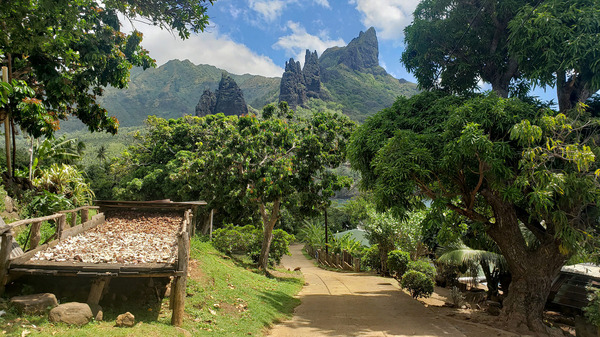

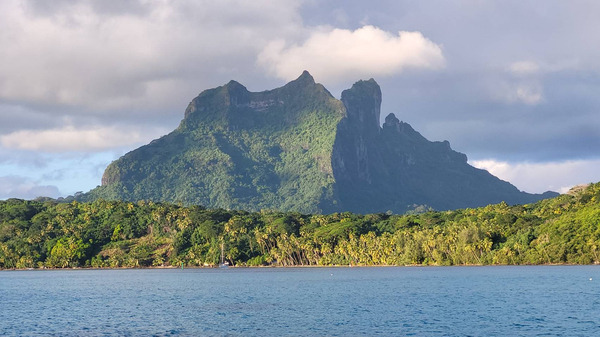


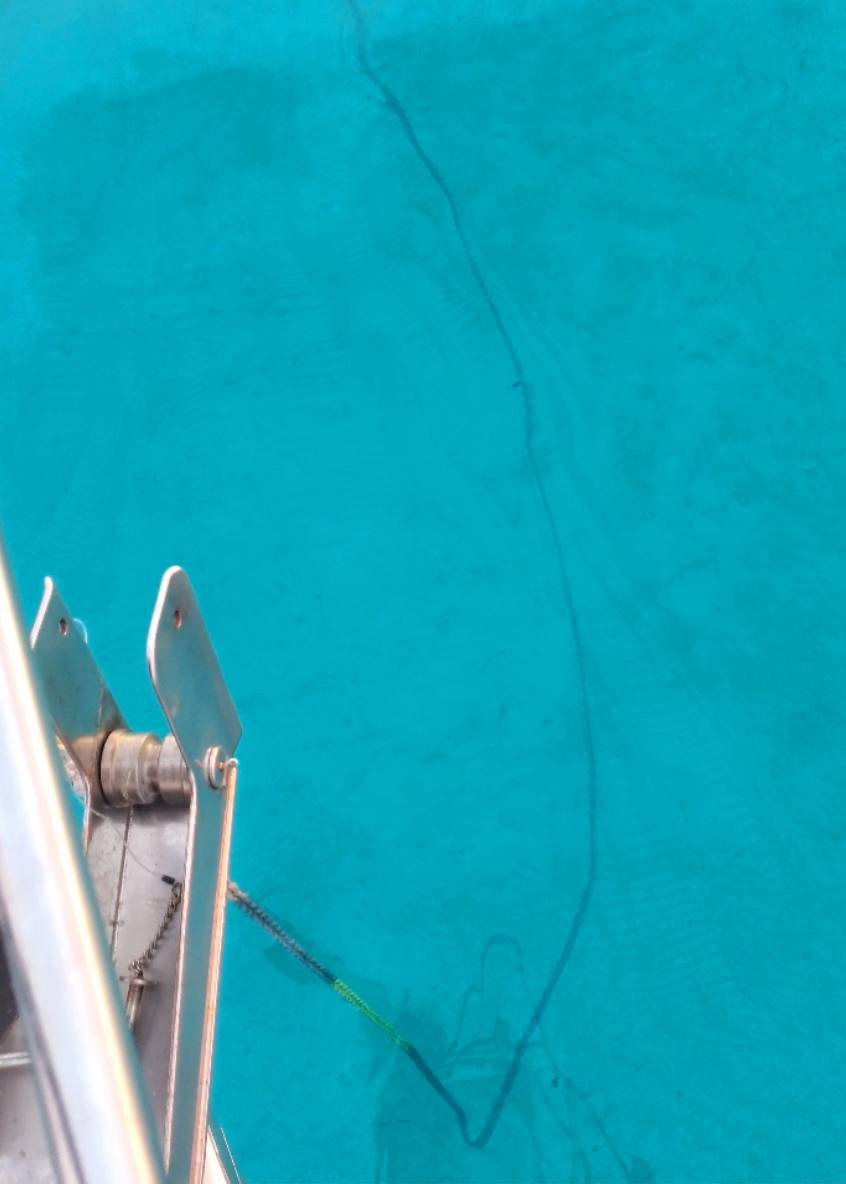

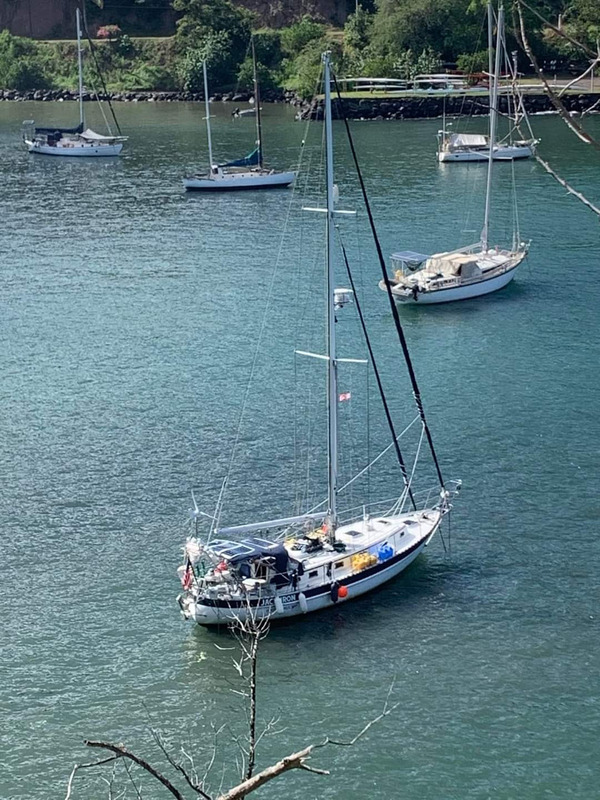
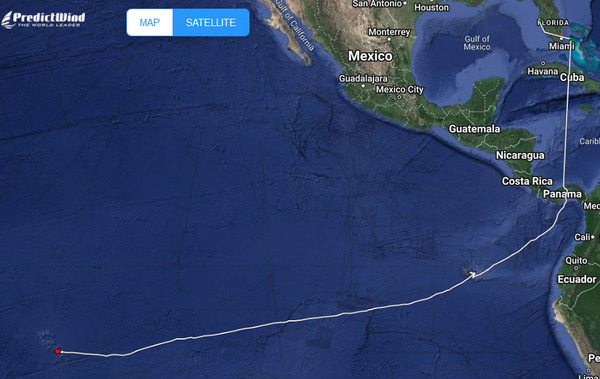


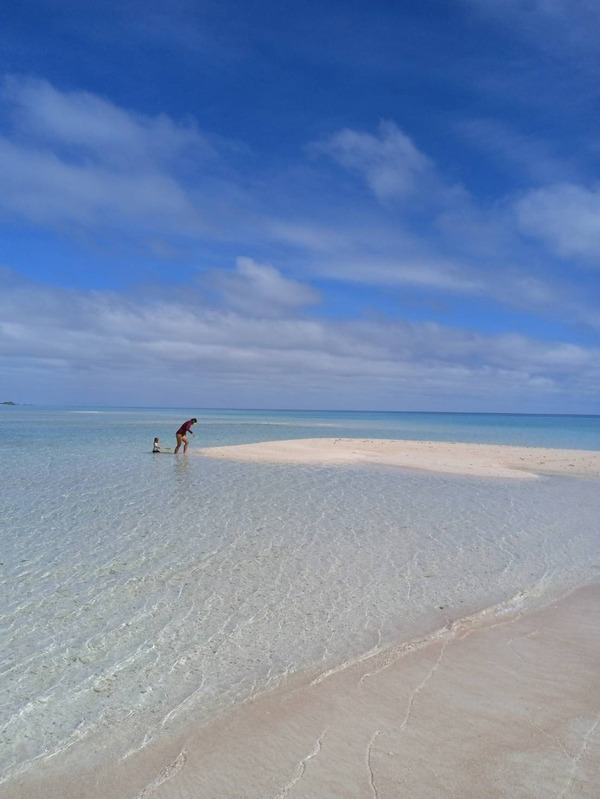
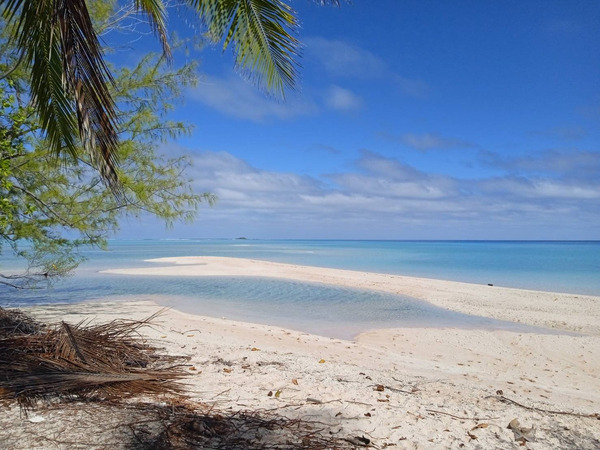

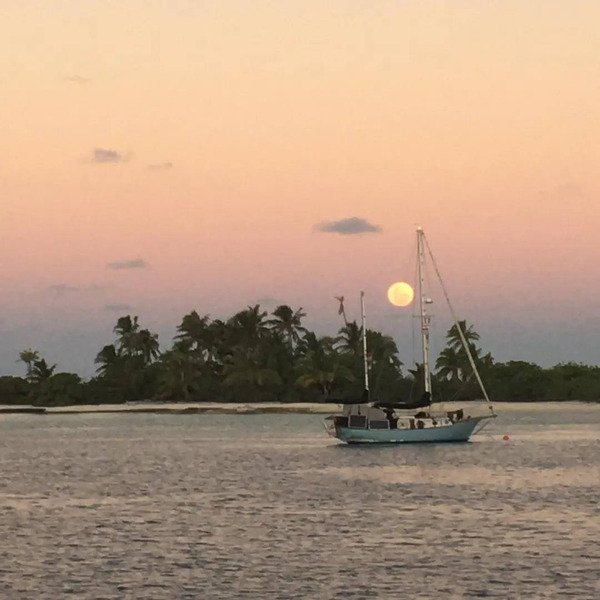




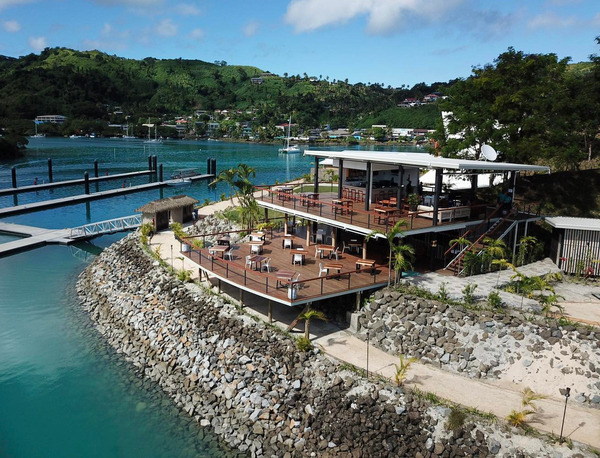

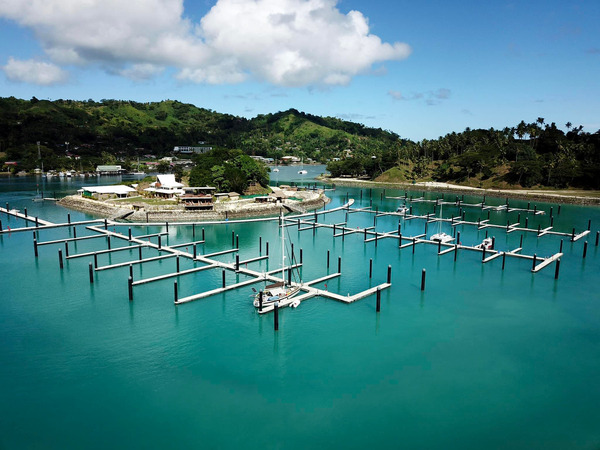
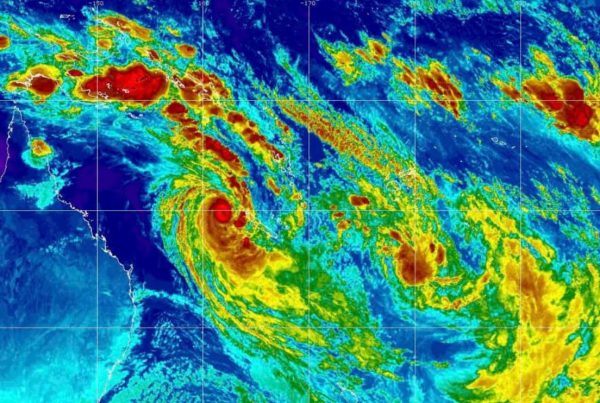
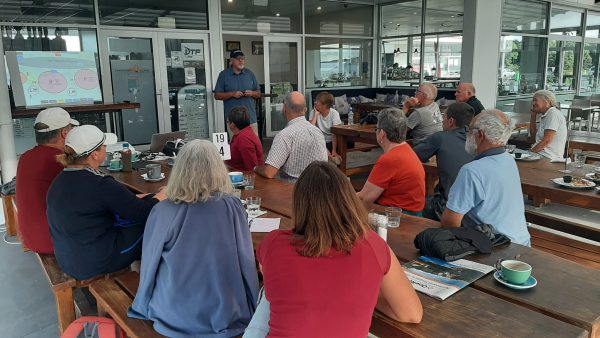

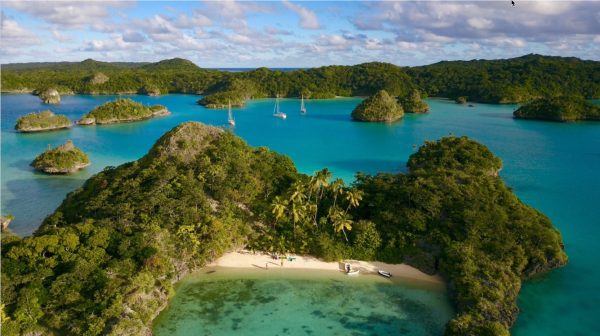
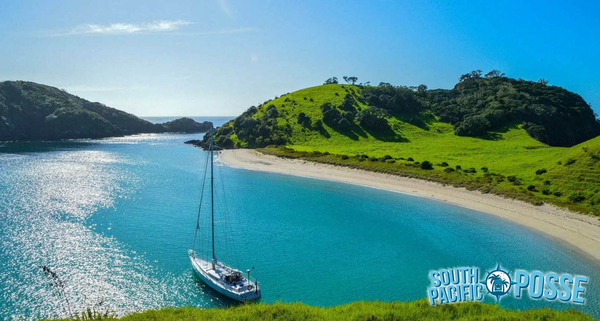

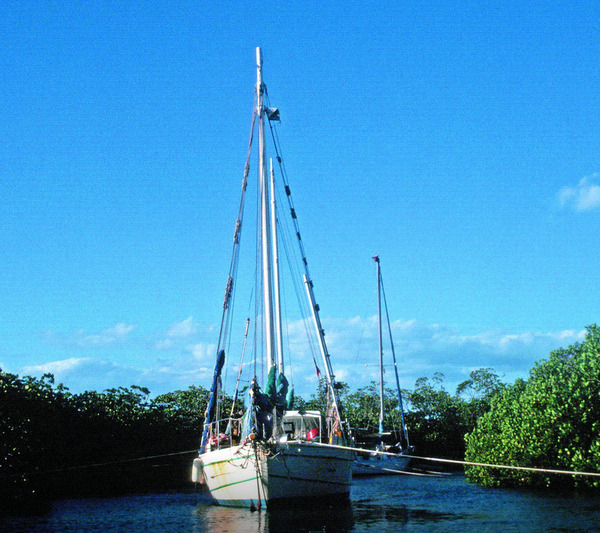

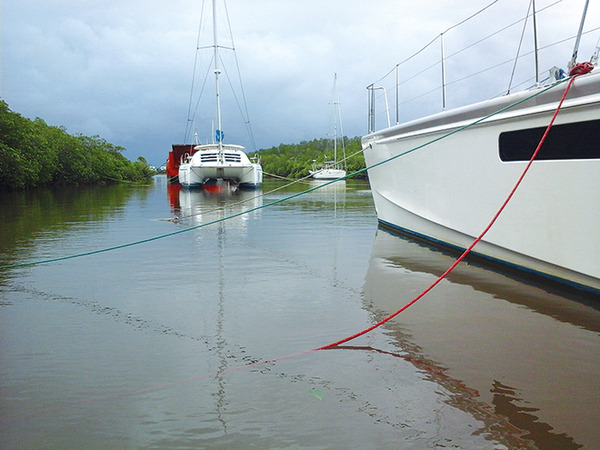
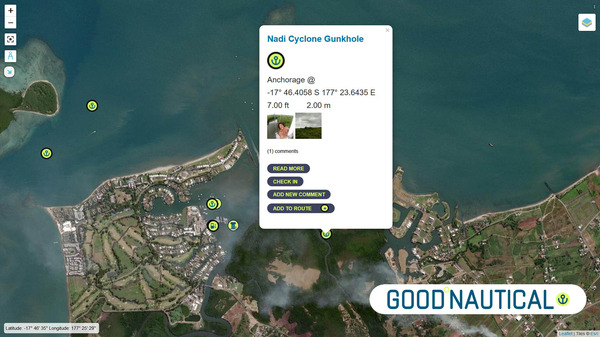
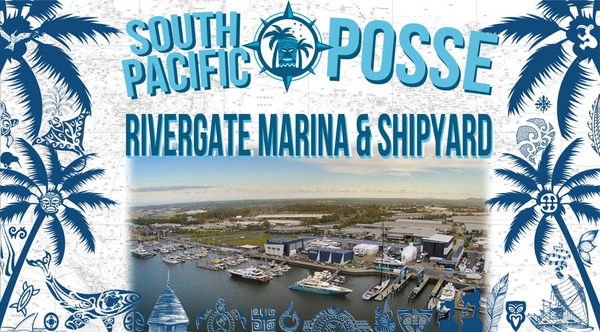
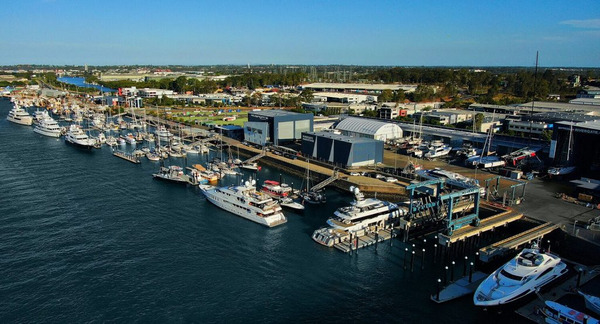
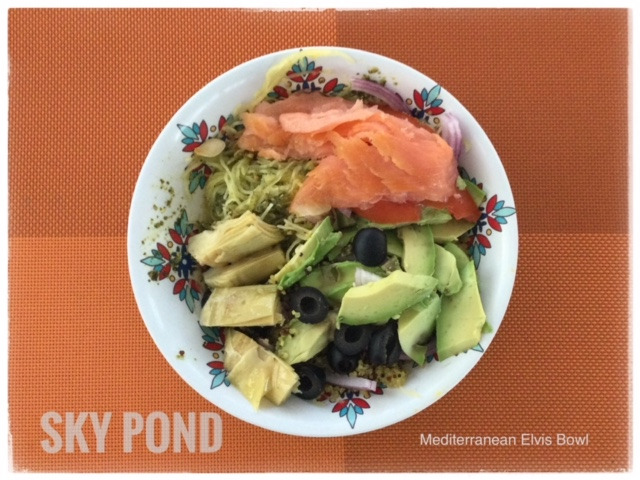
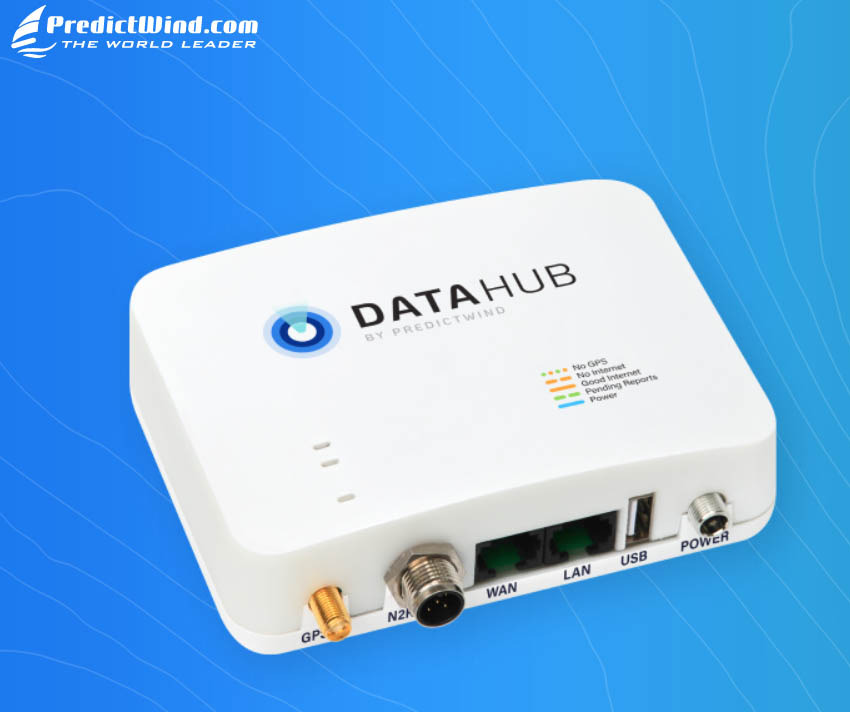
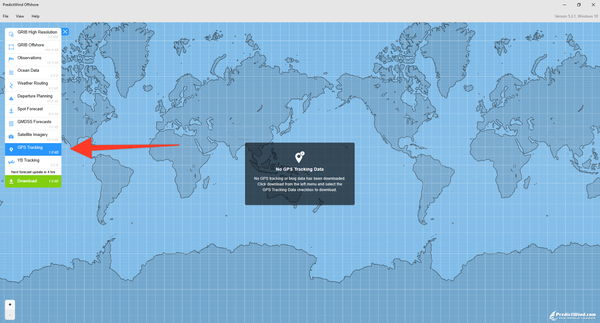
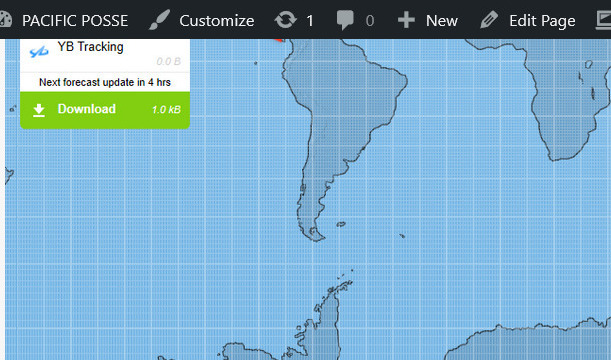
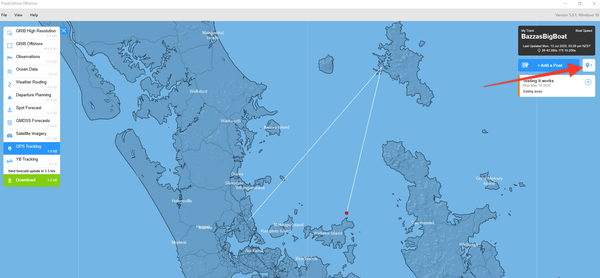
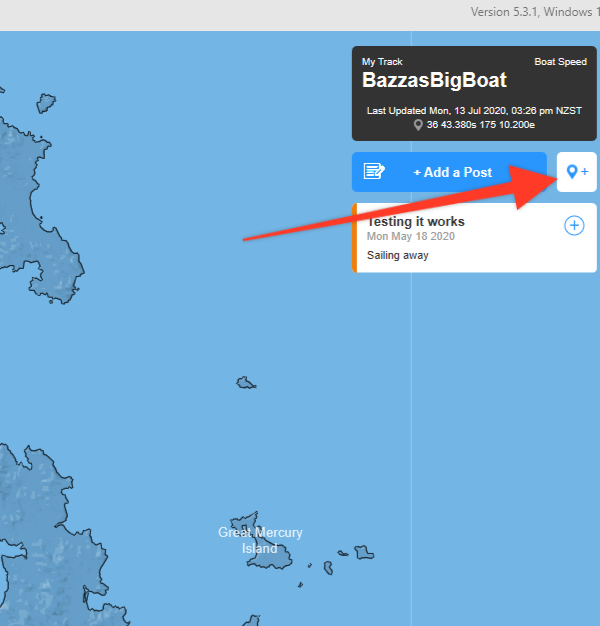



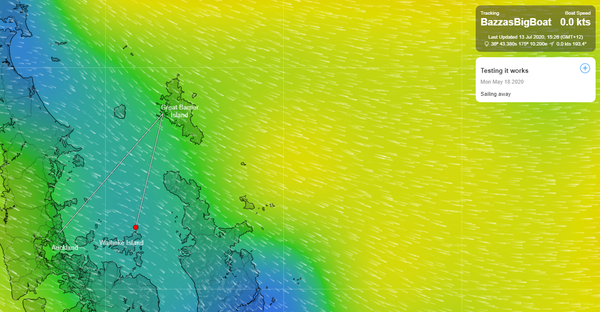
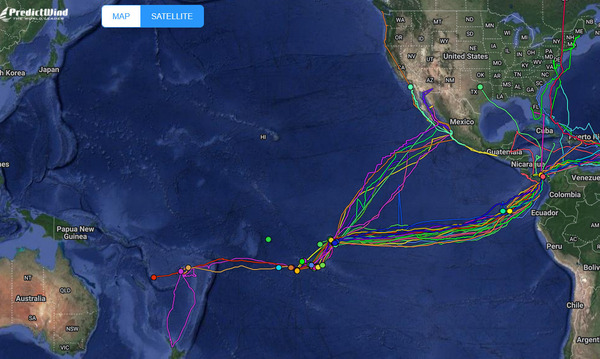





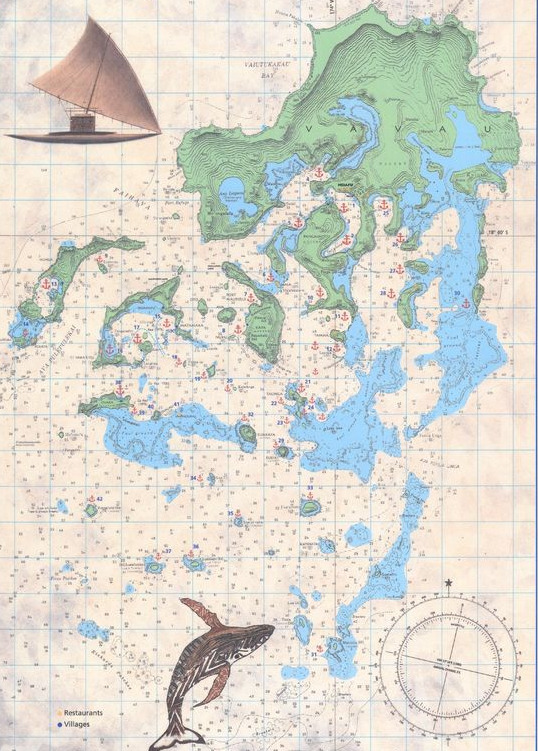
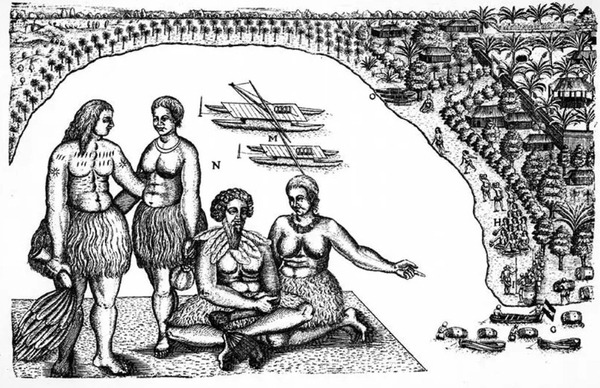
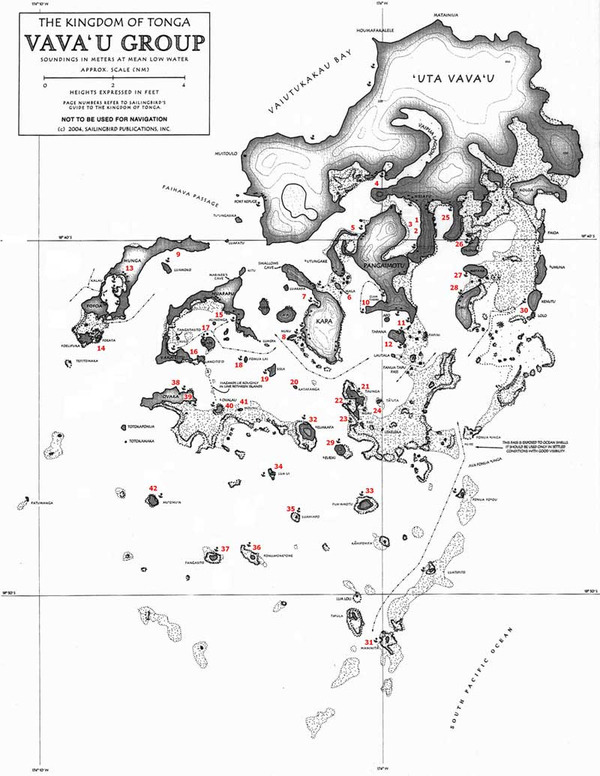
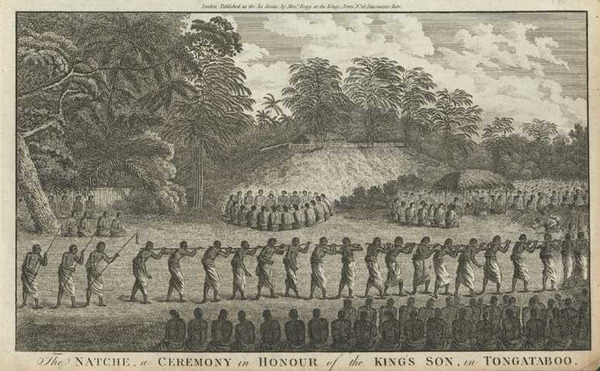
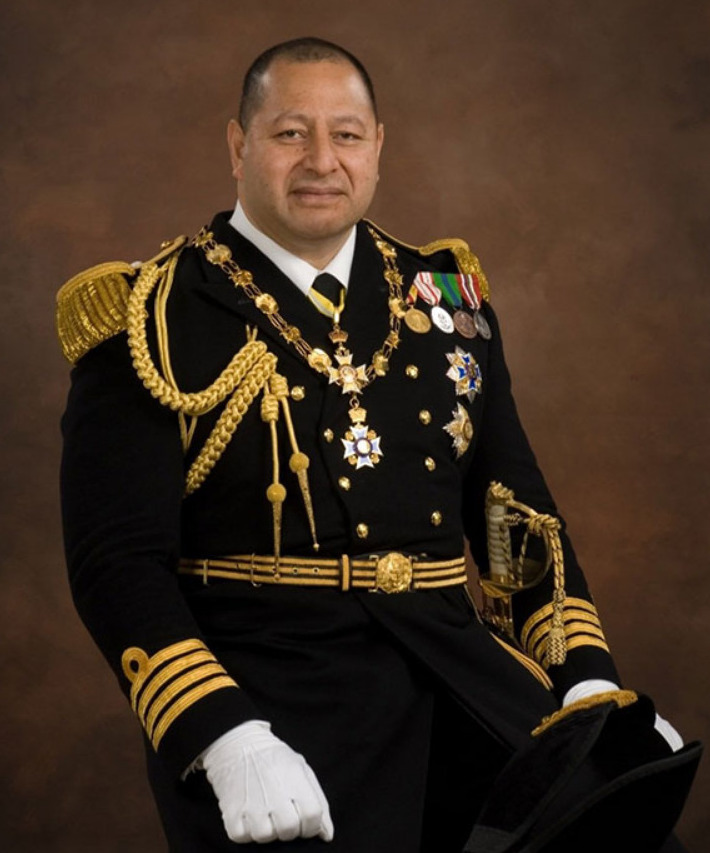
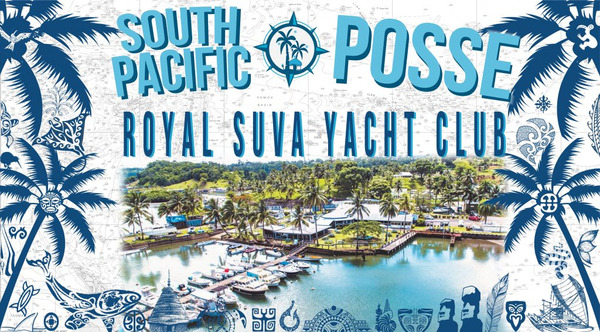


































































































































































































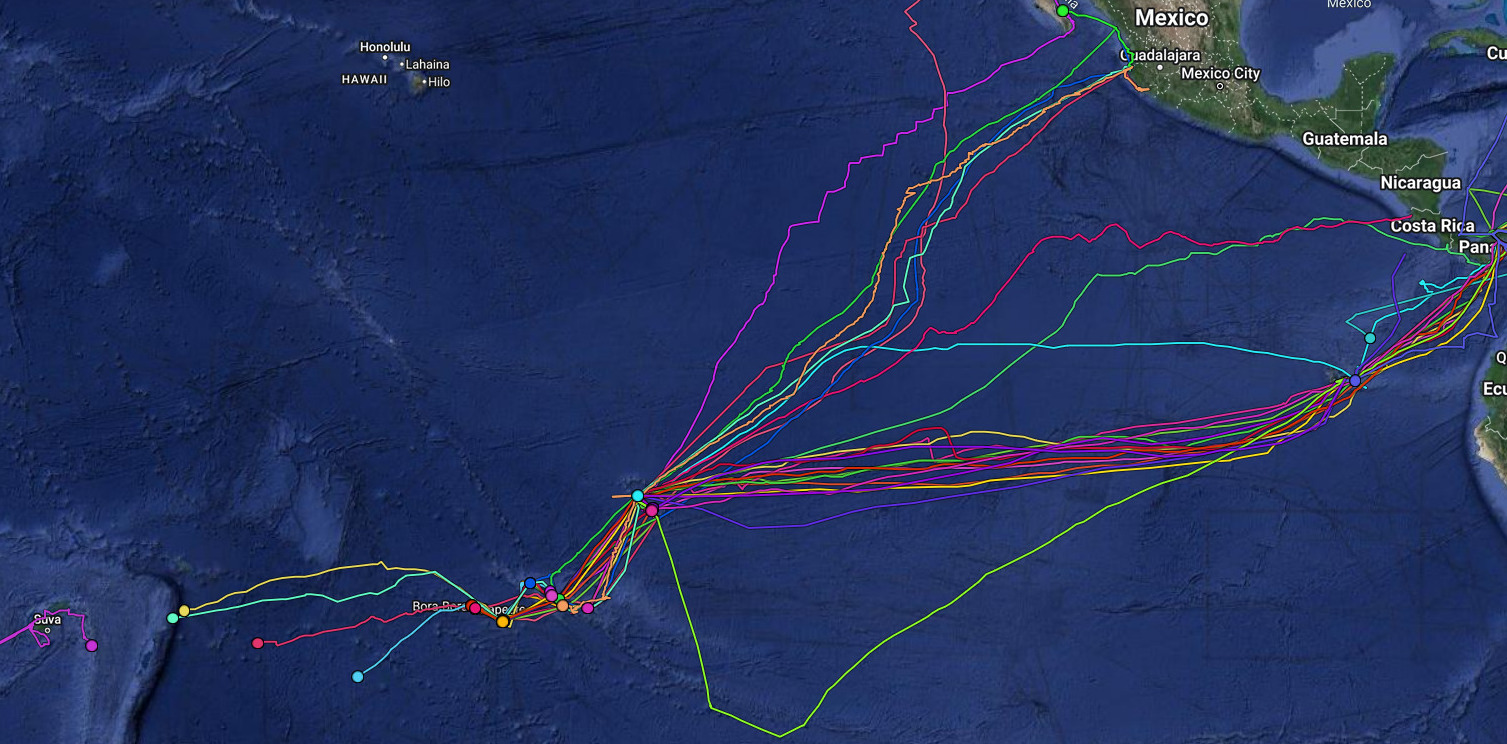

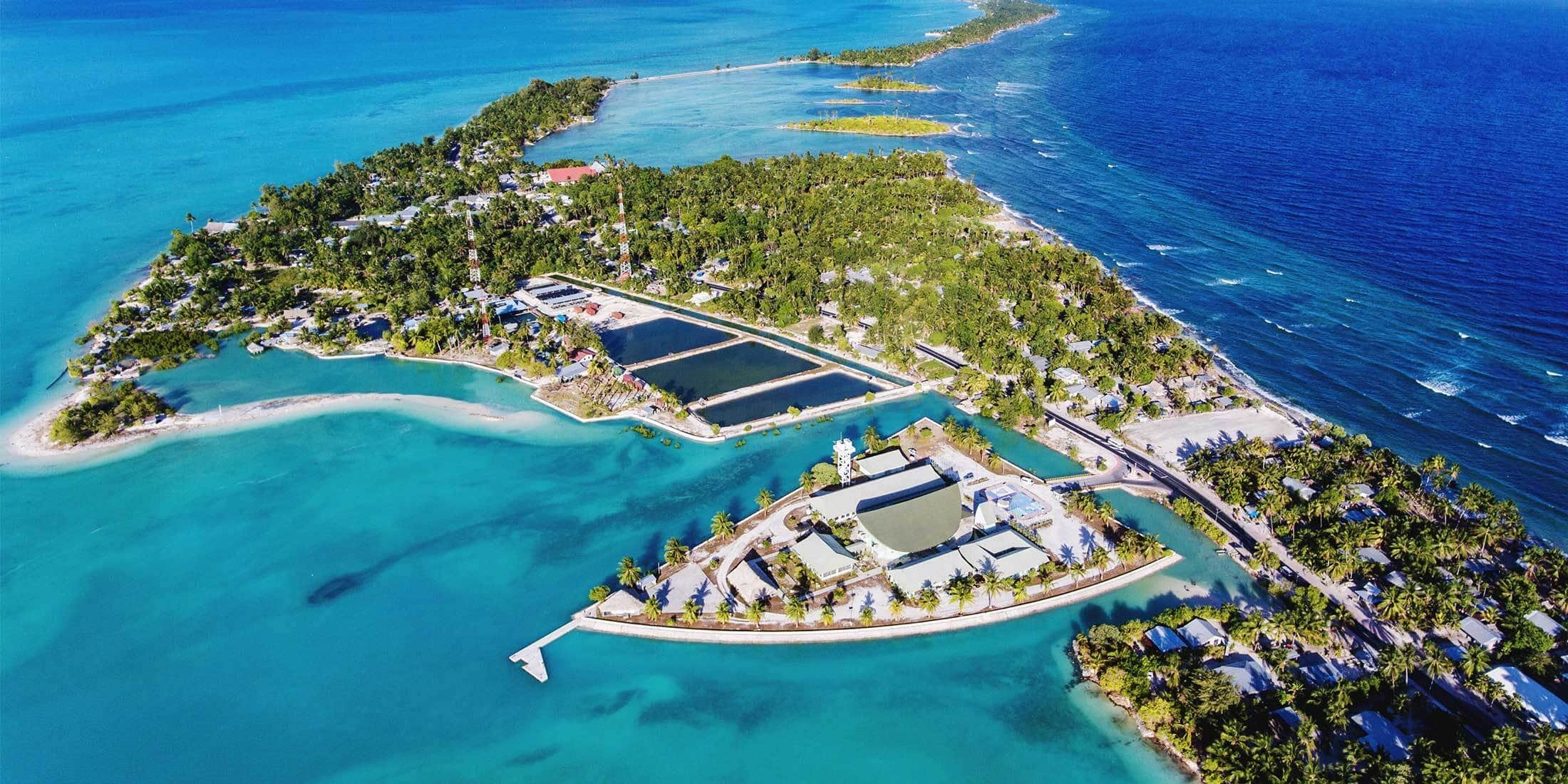
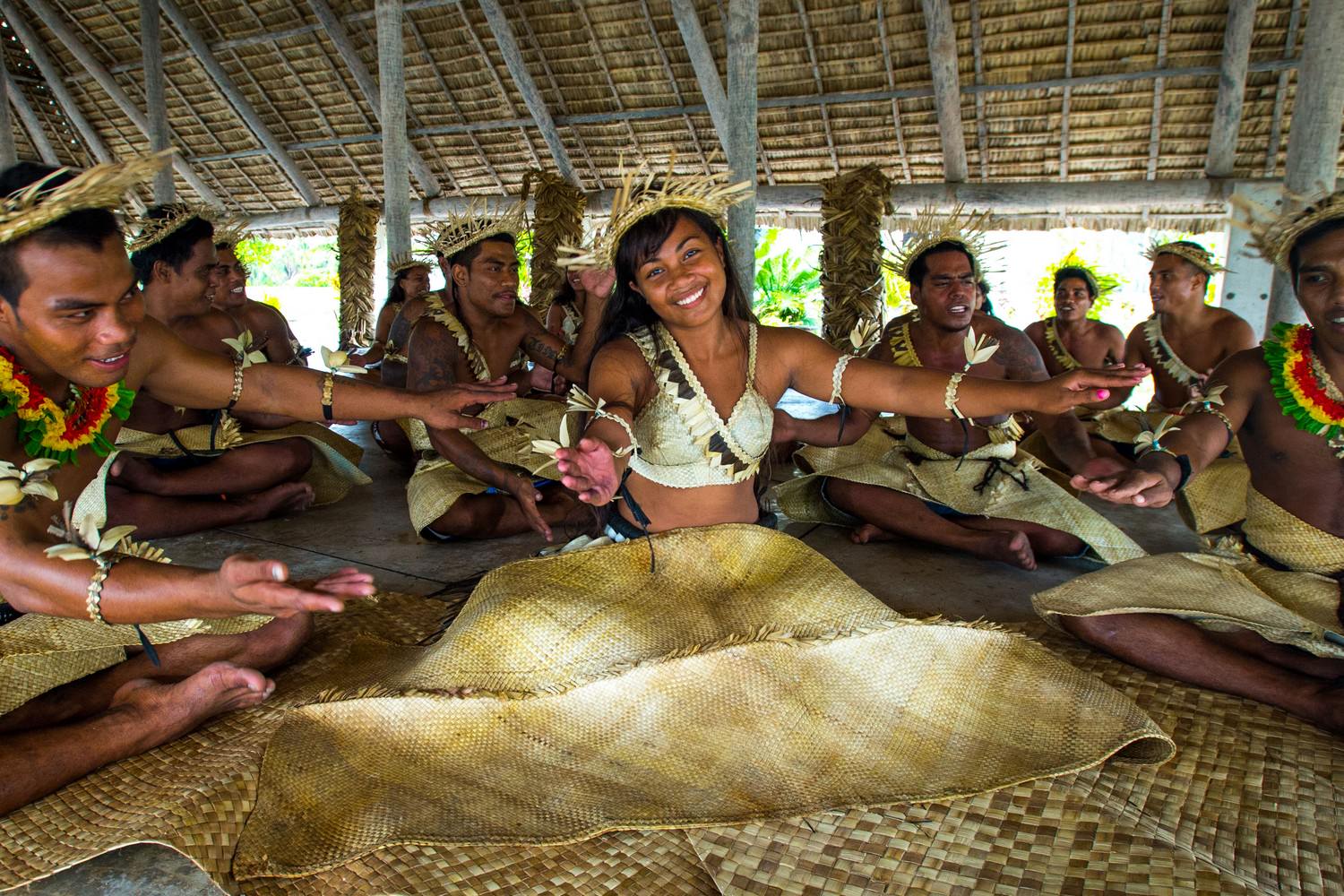
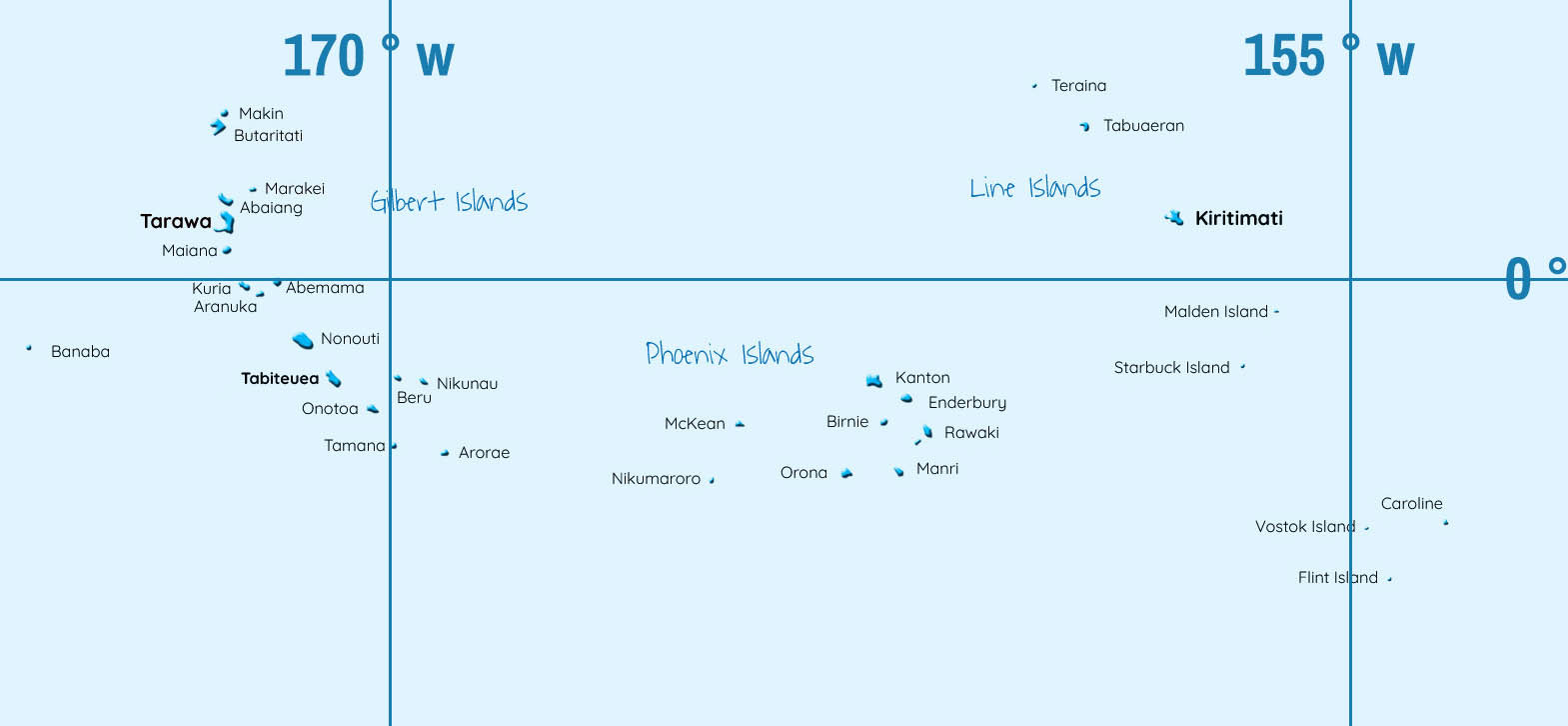
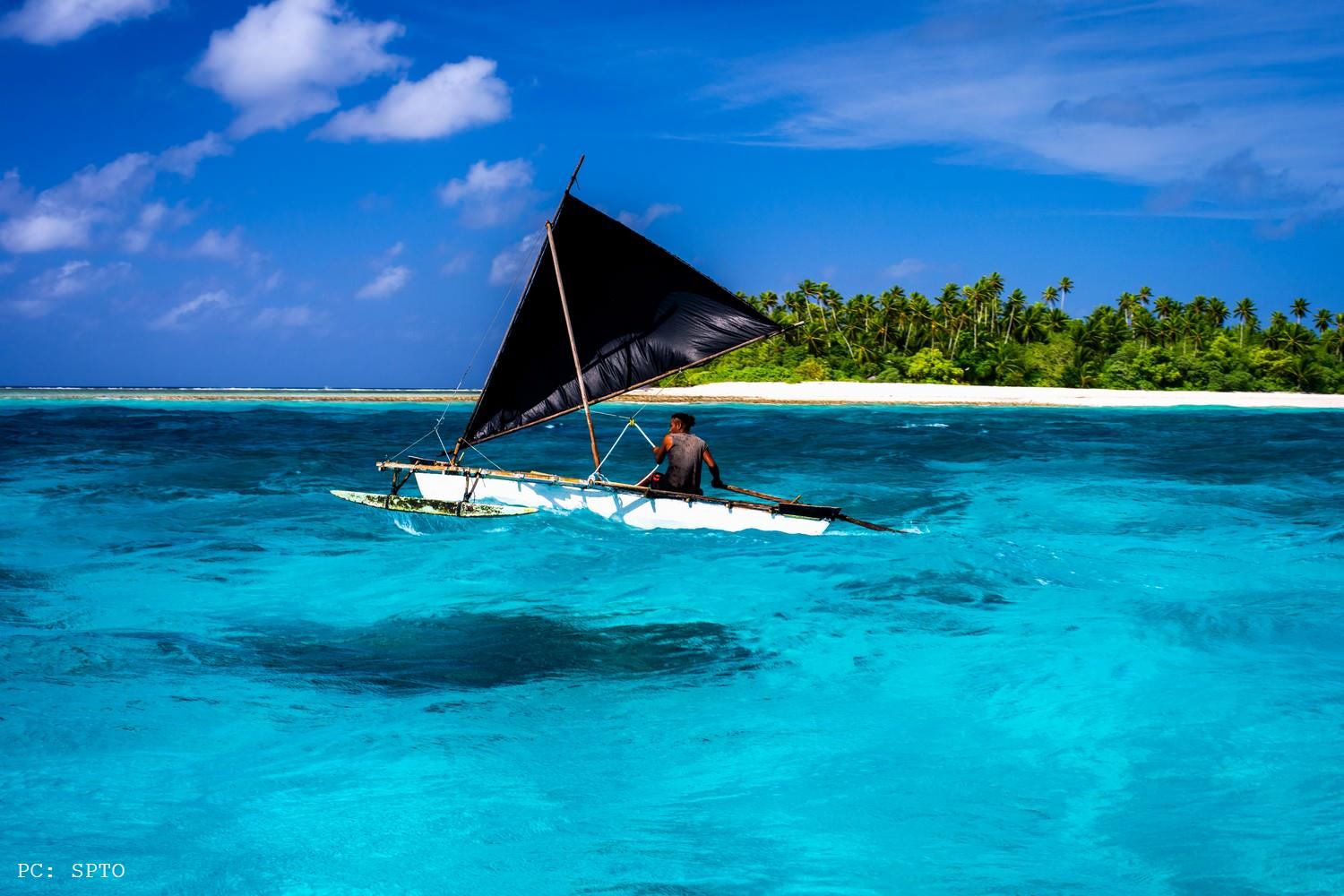
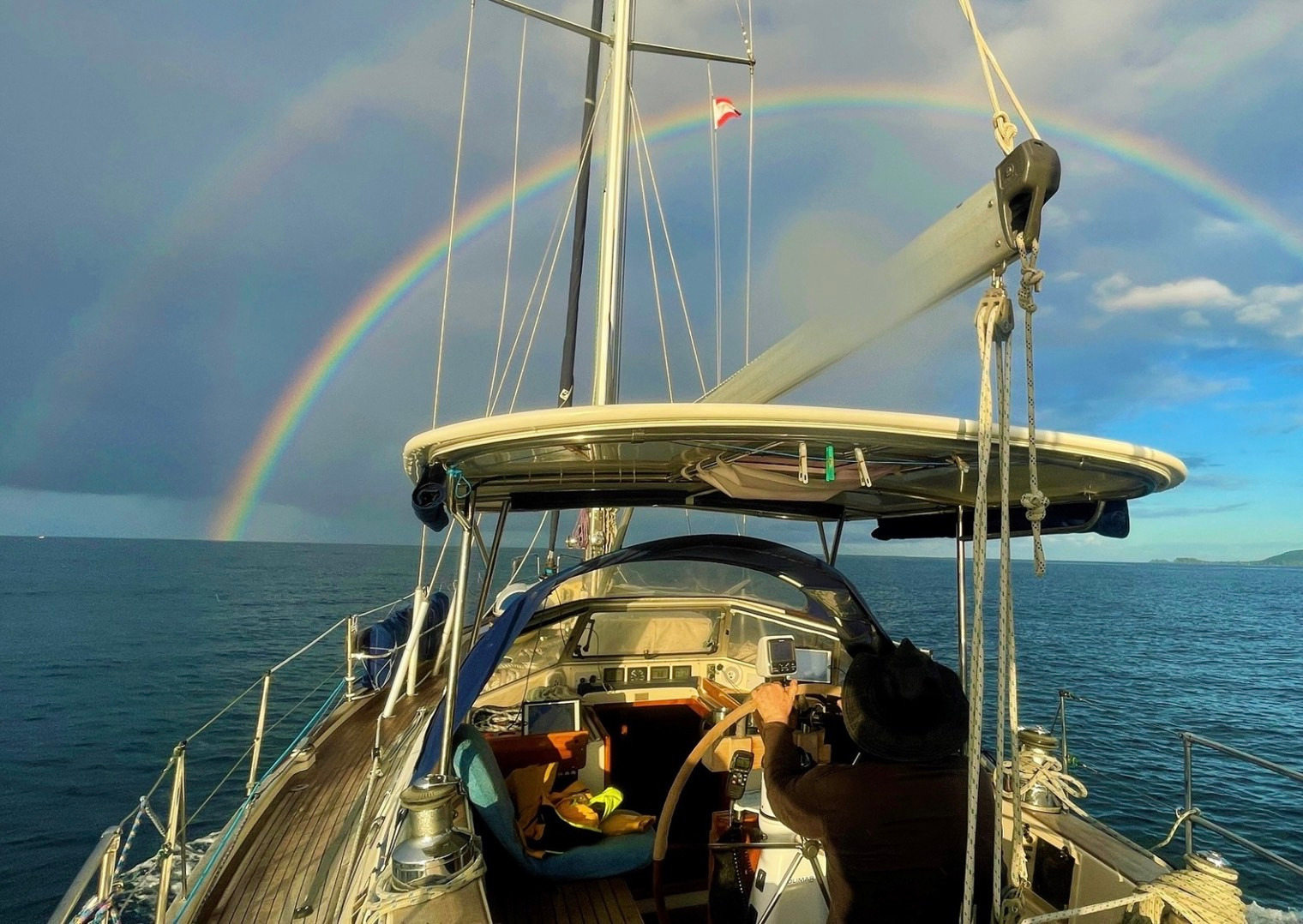
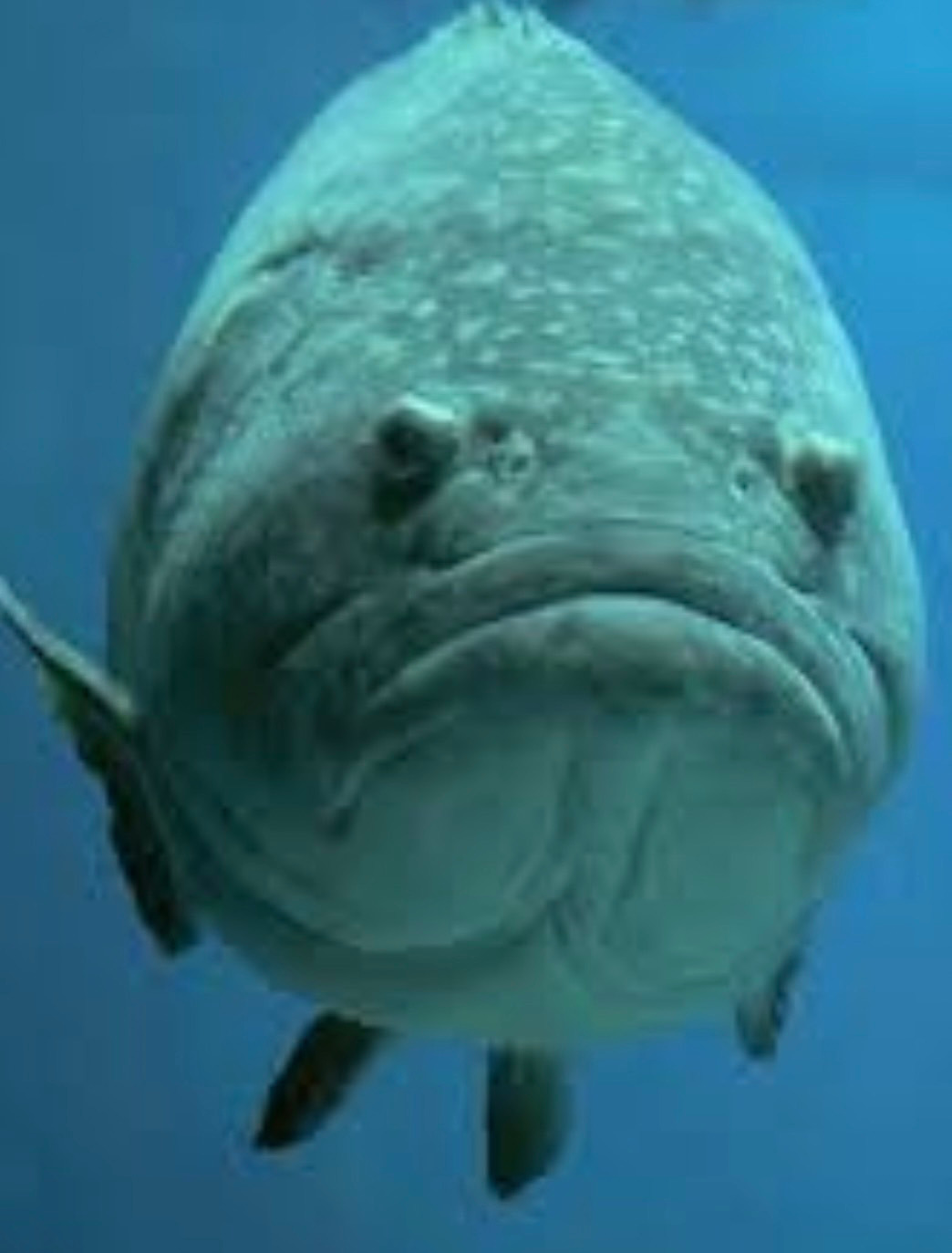


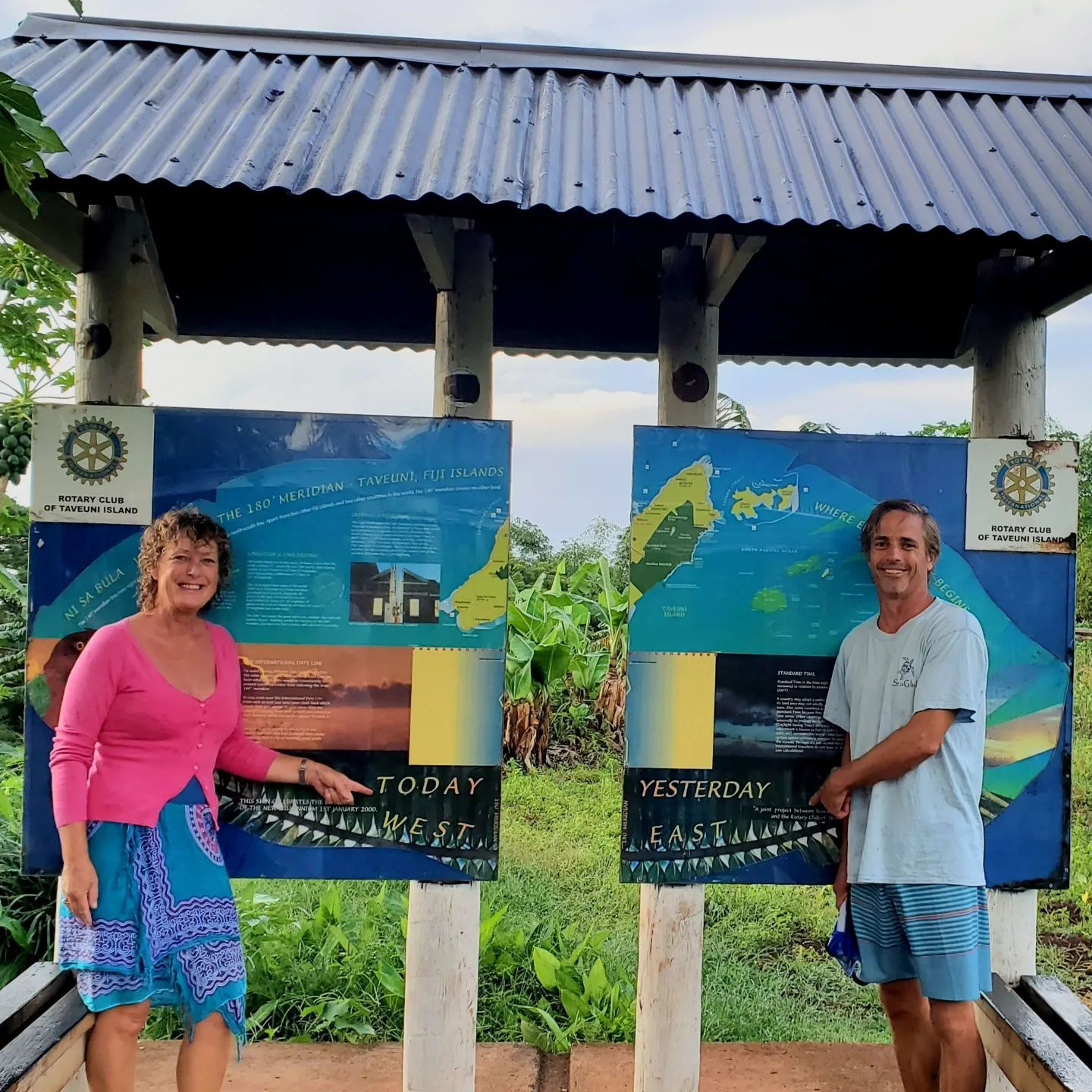
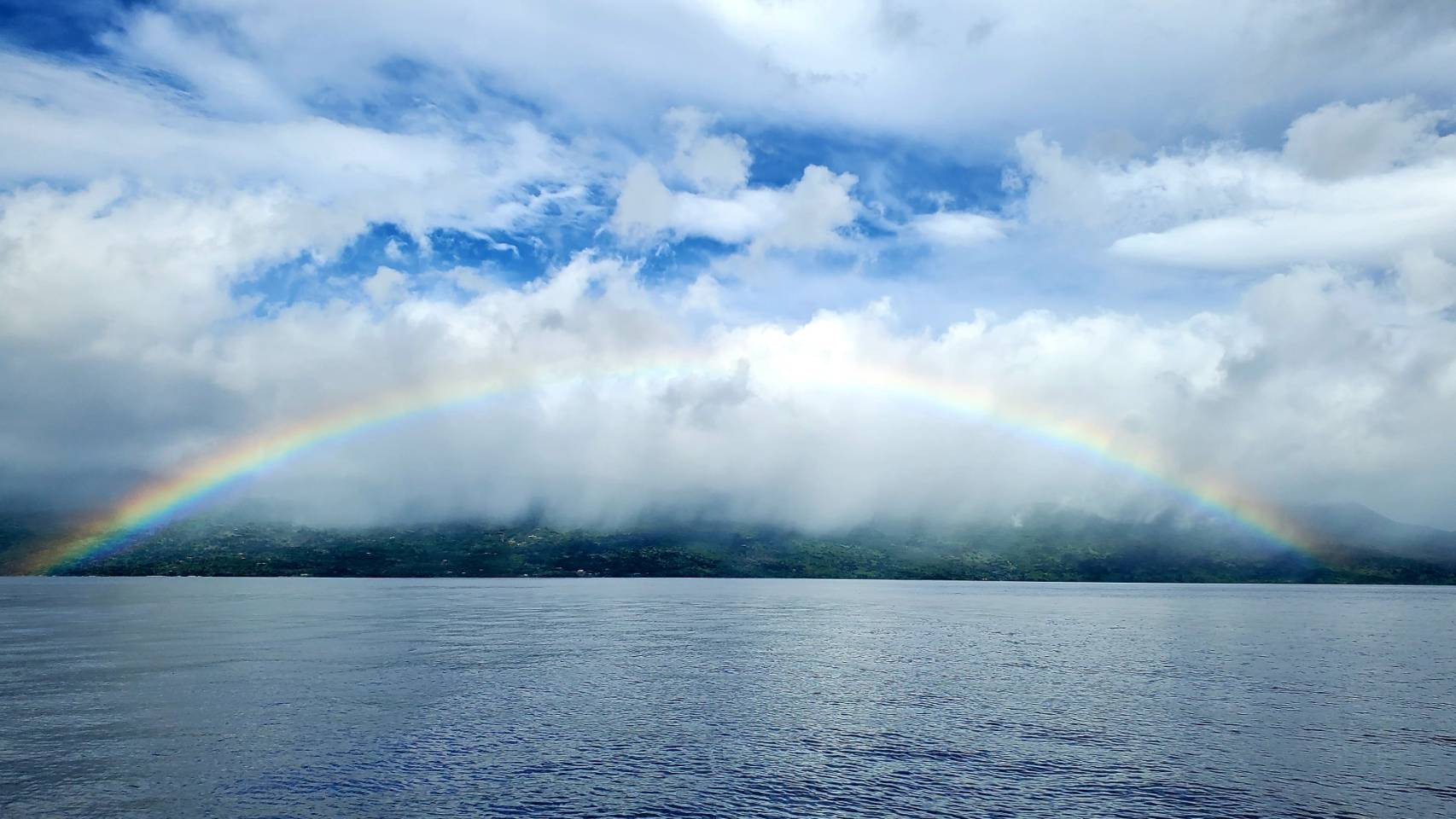
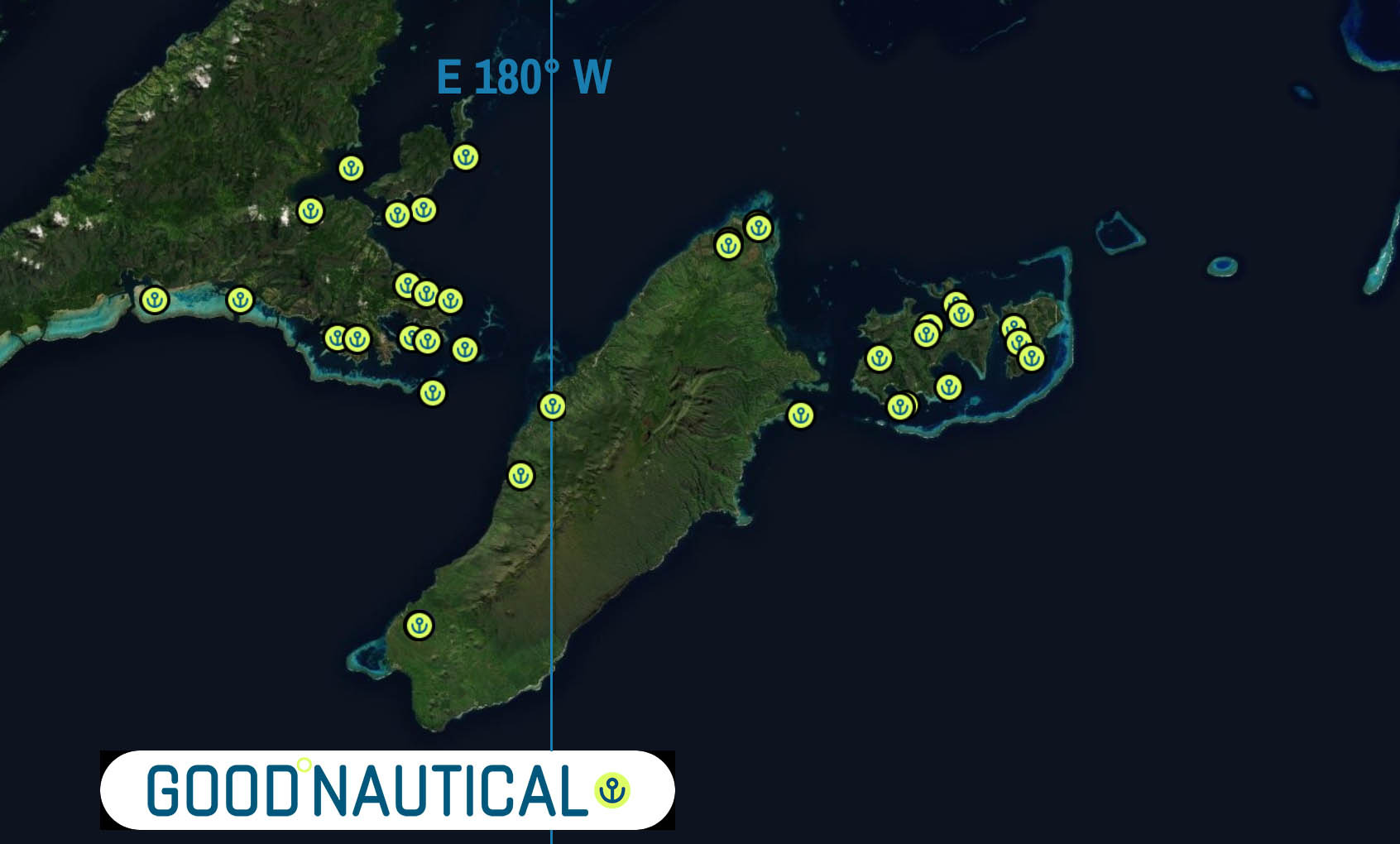
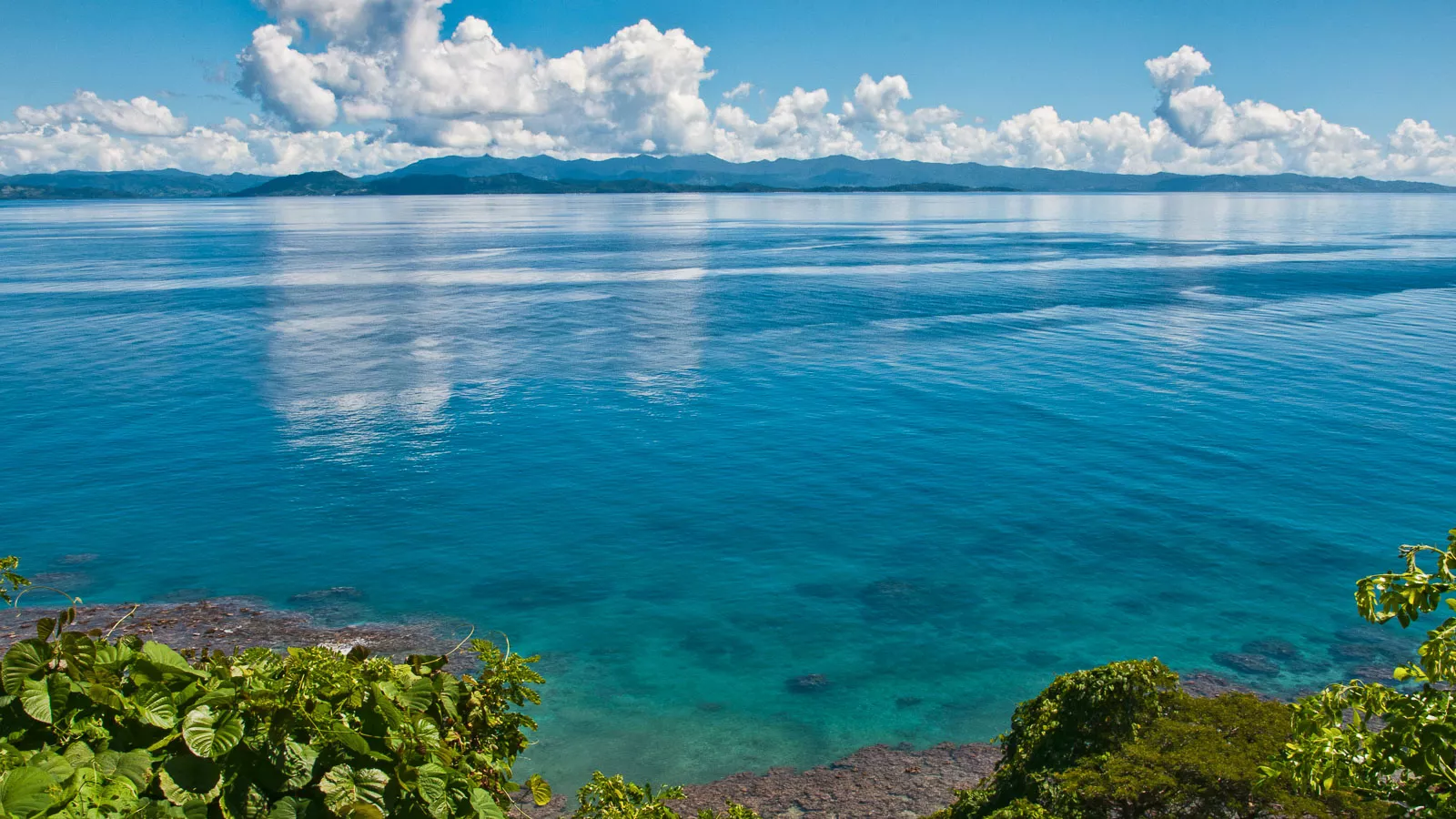
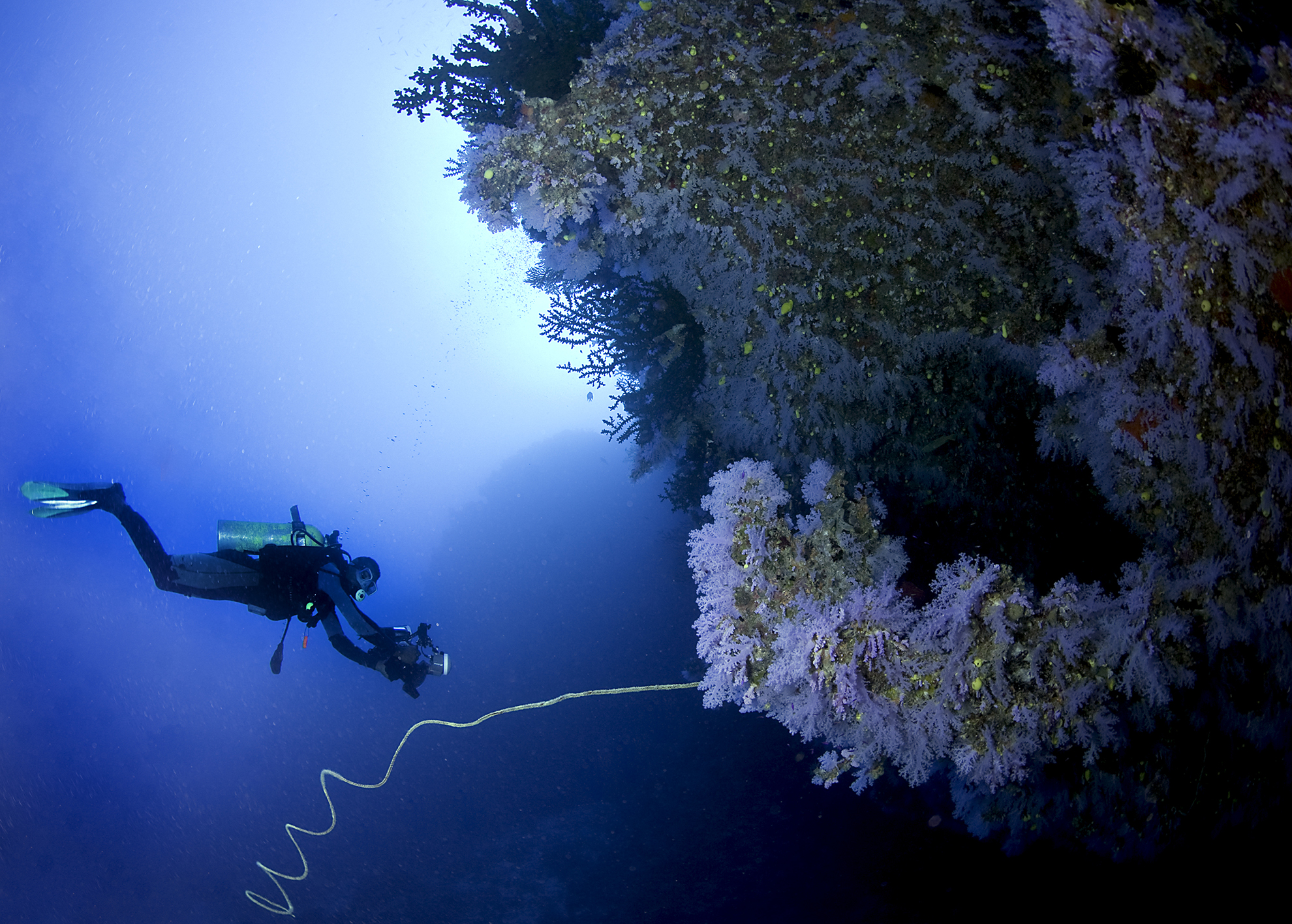
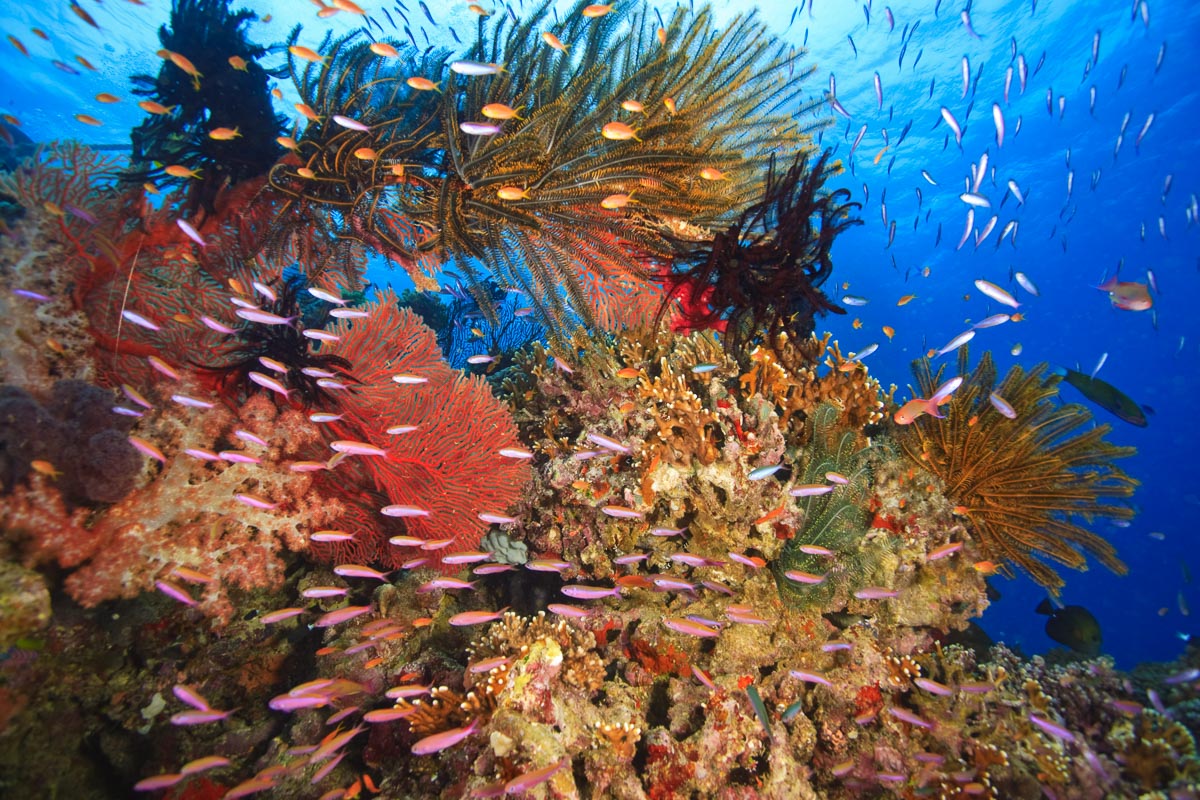
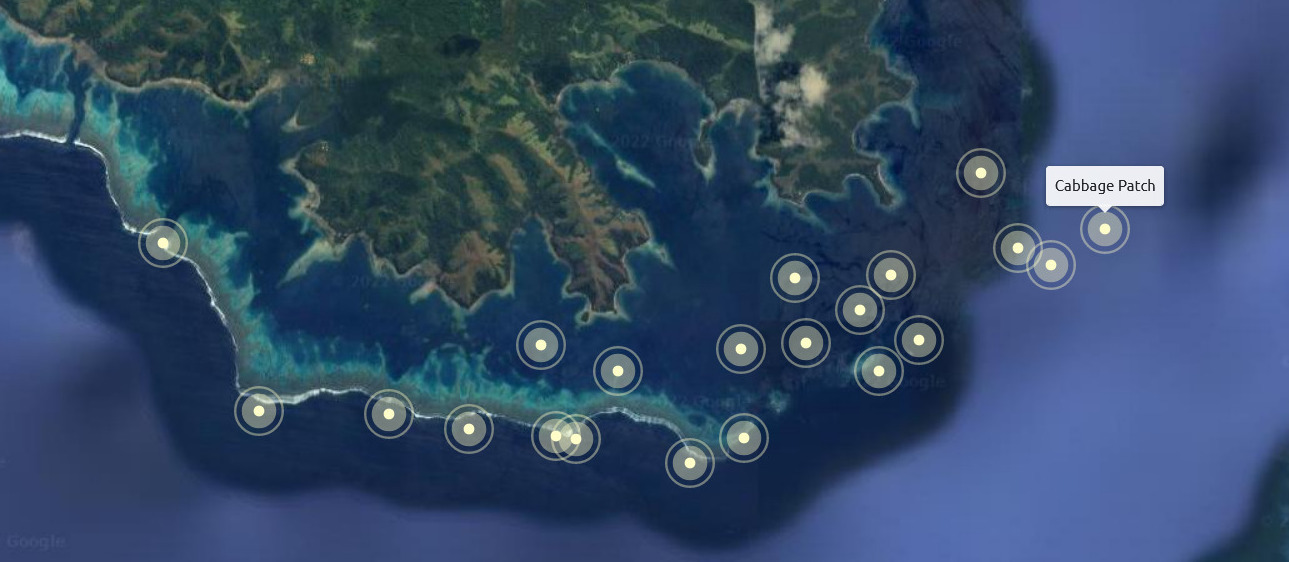

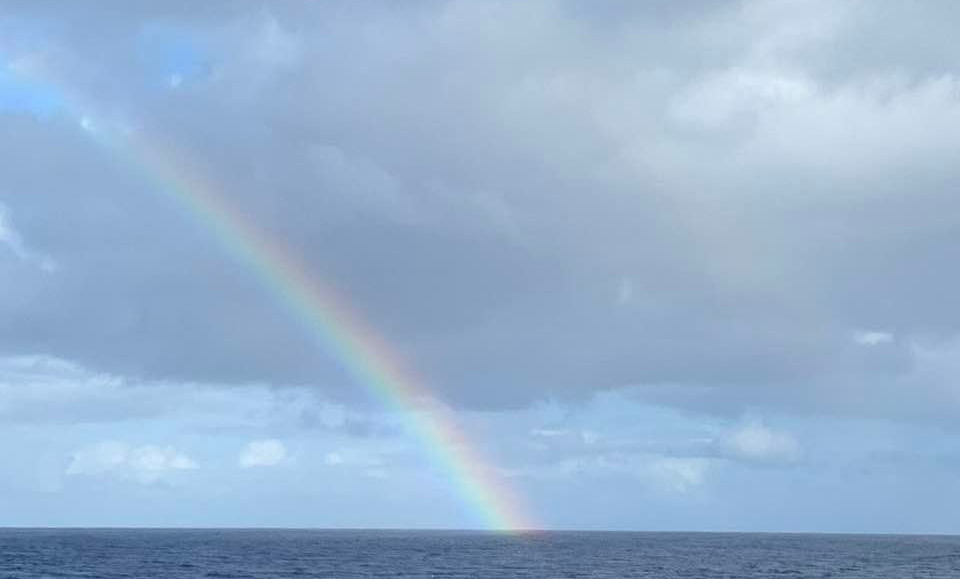

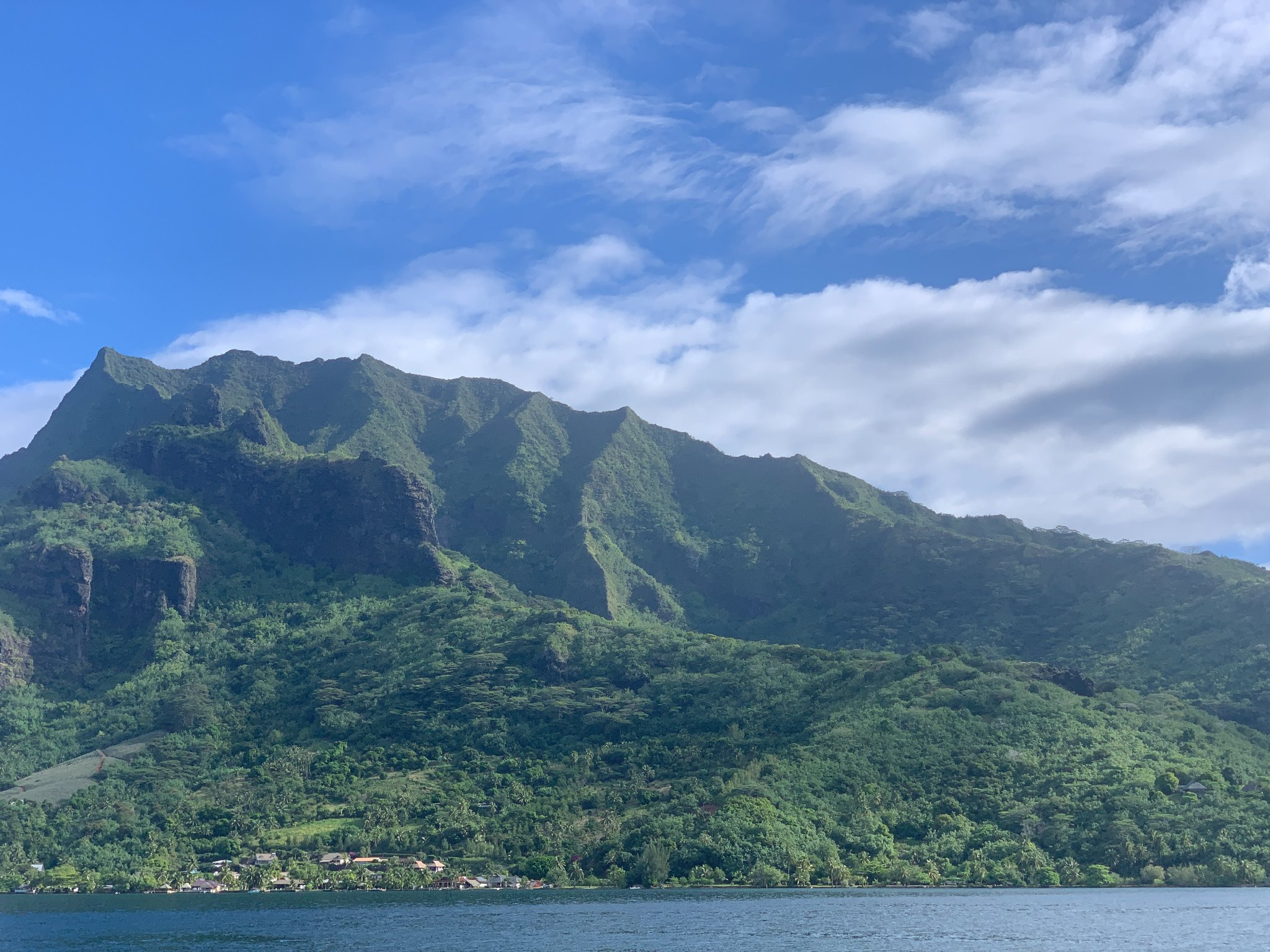
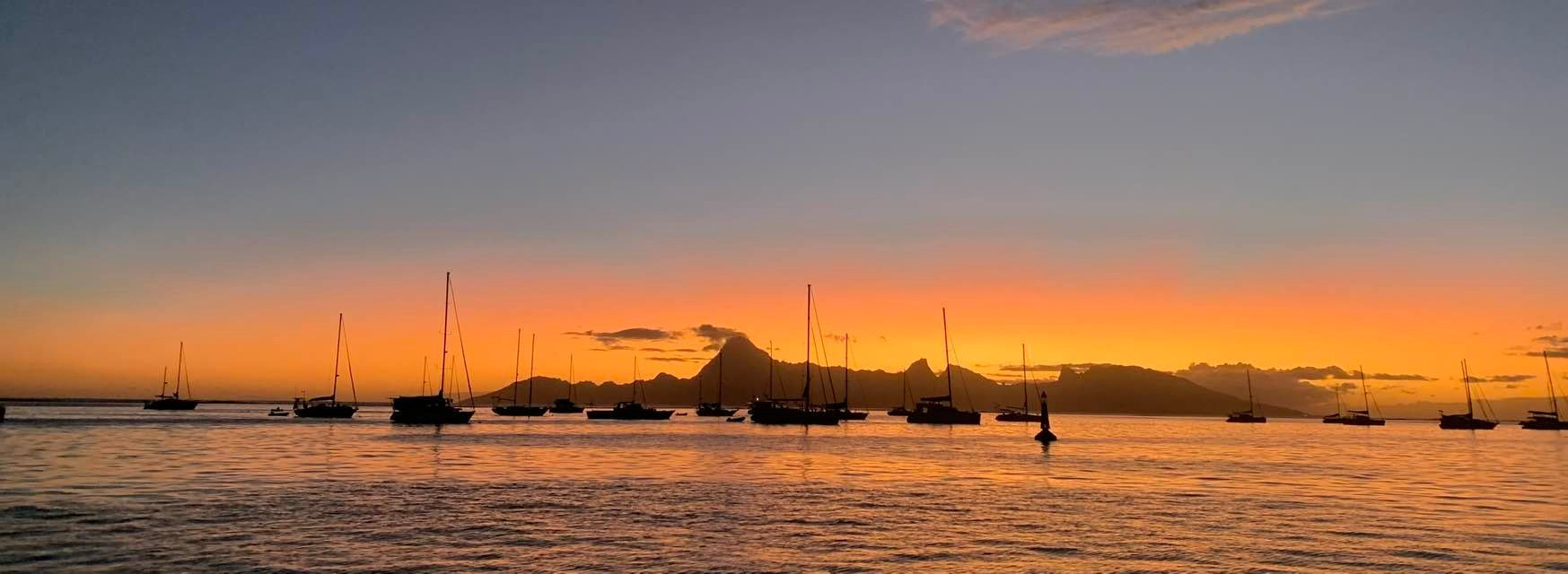
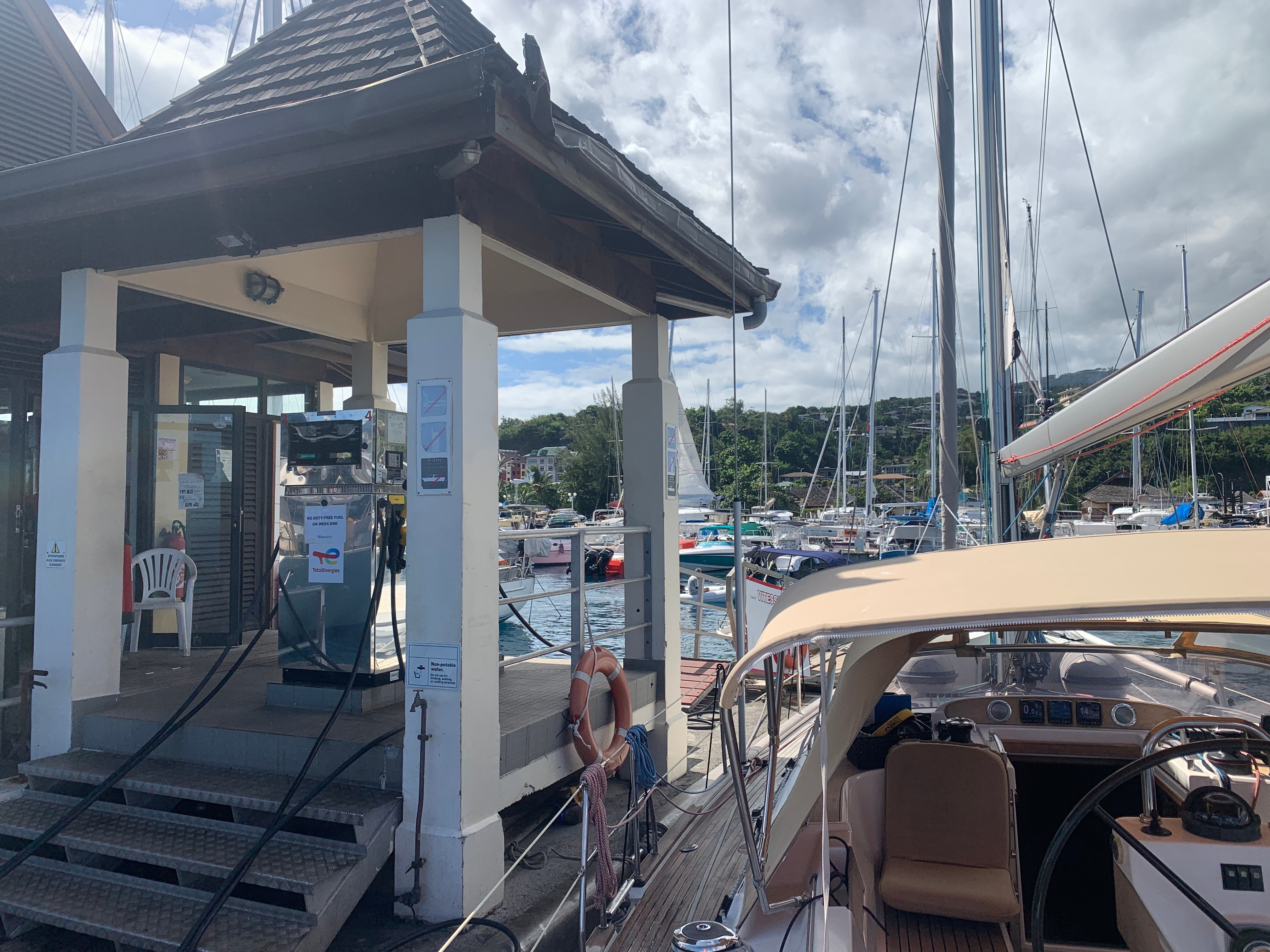

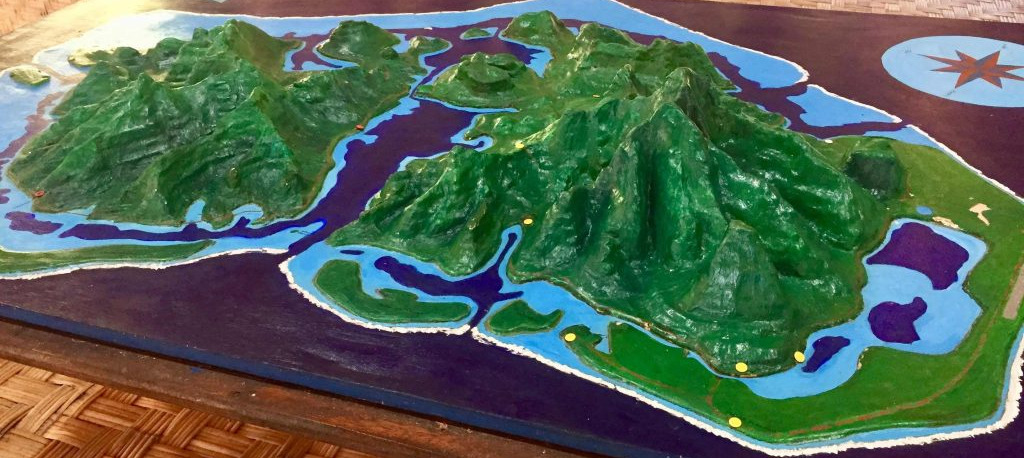
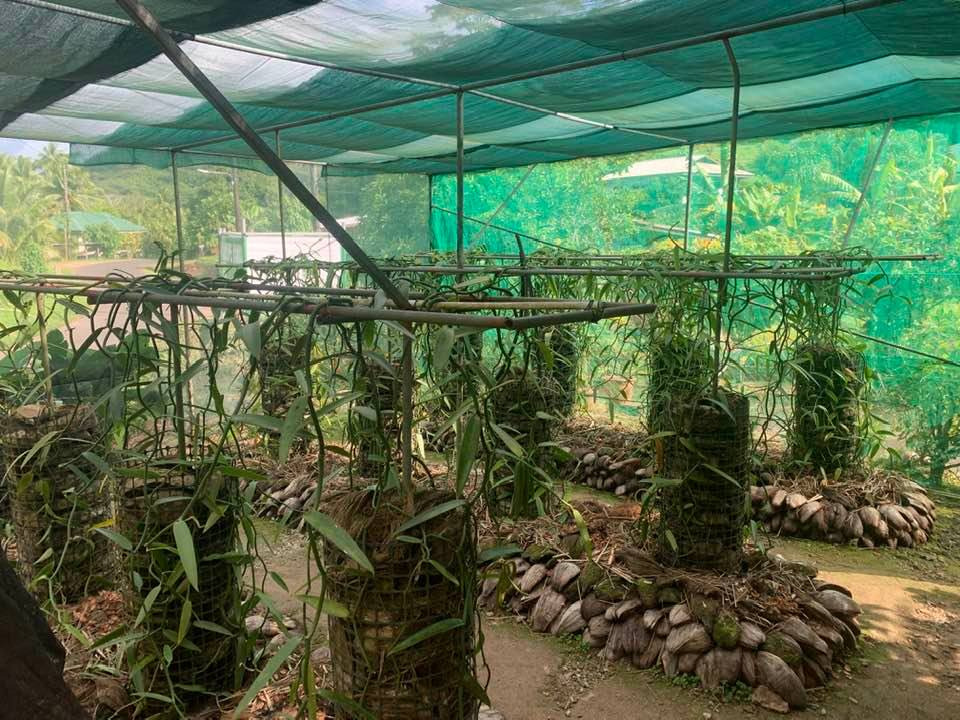
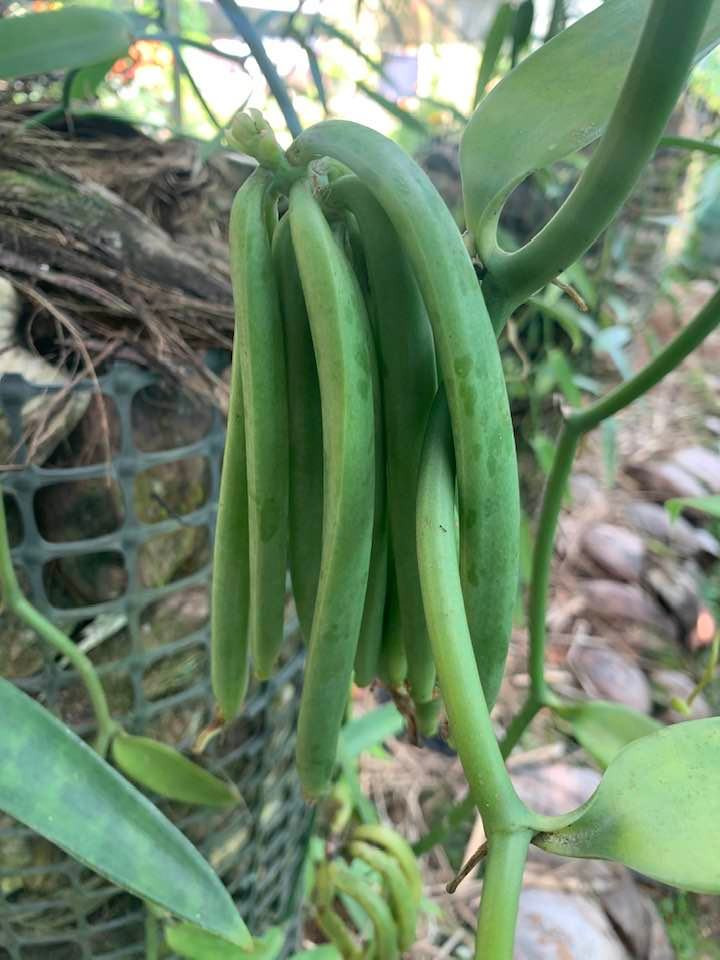
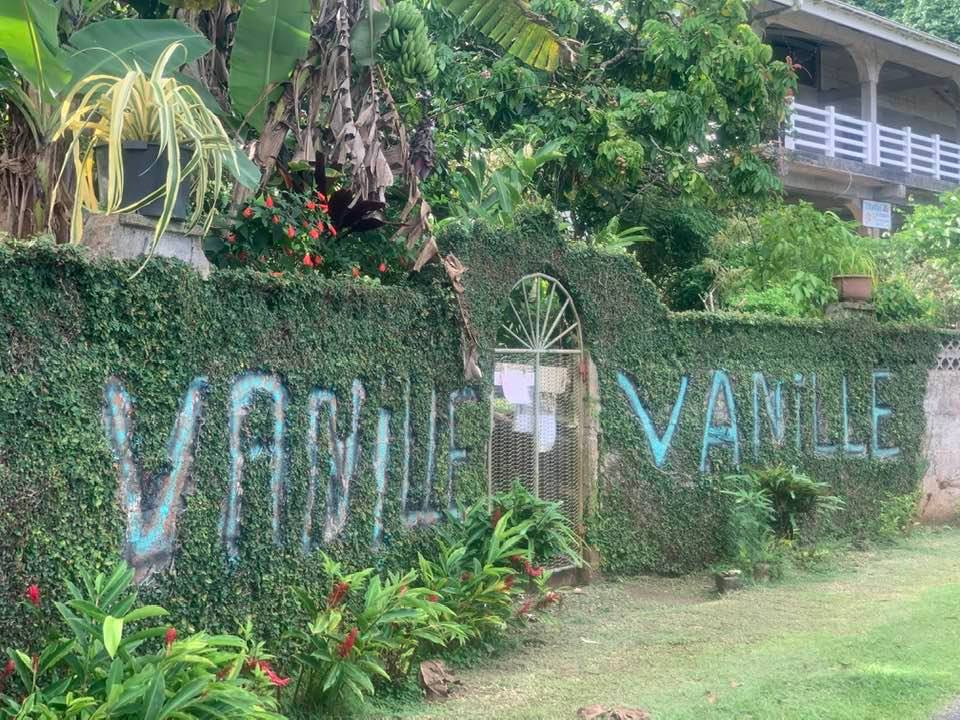
![Mont Orohena is a mountain located in the South Pacific, on the island of Tahiti. With an elevation of 2,241 metres (7,352 ft)[2] above sea level, it is the highest point of French Polynesia. Mont Orohena is an extinct volcano](/wp-content/uploads/2022/07/01/12kk6.jpeg)
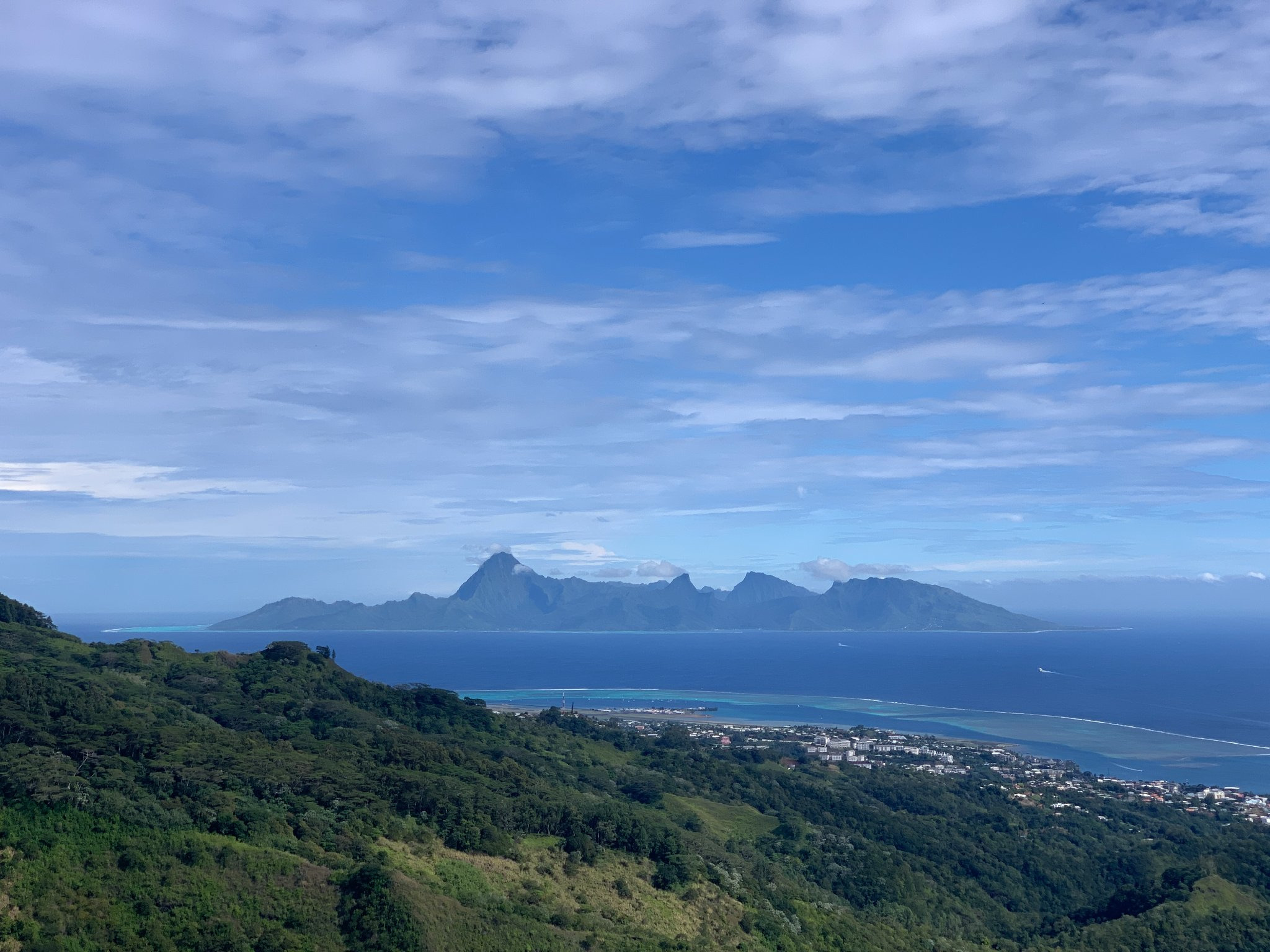
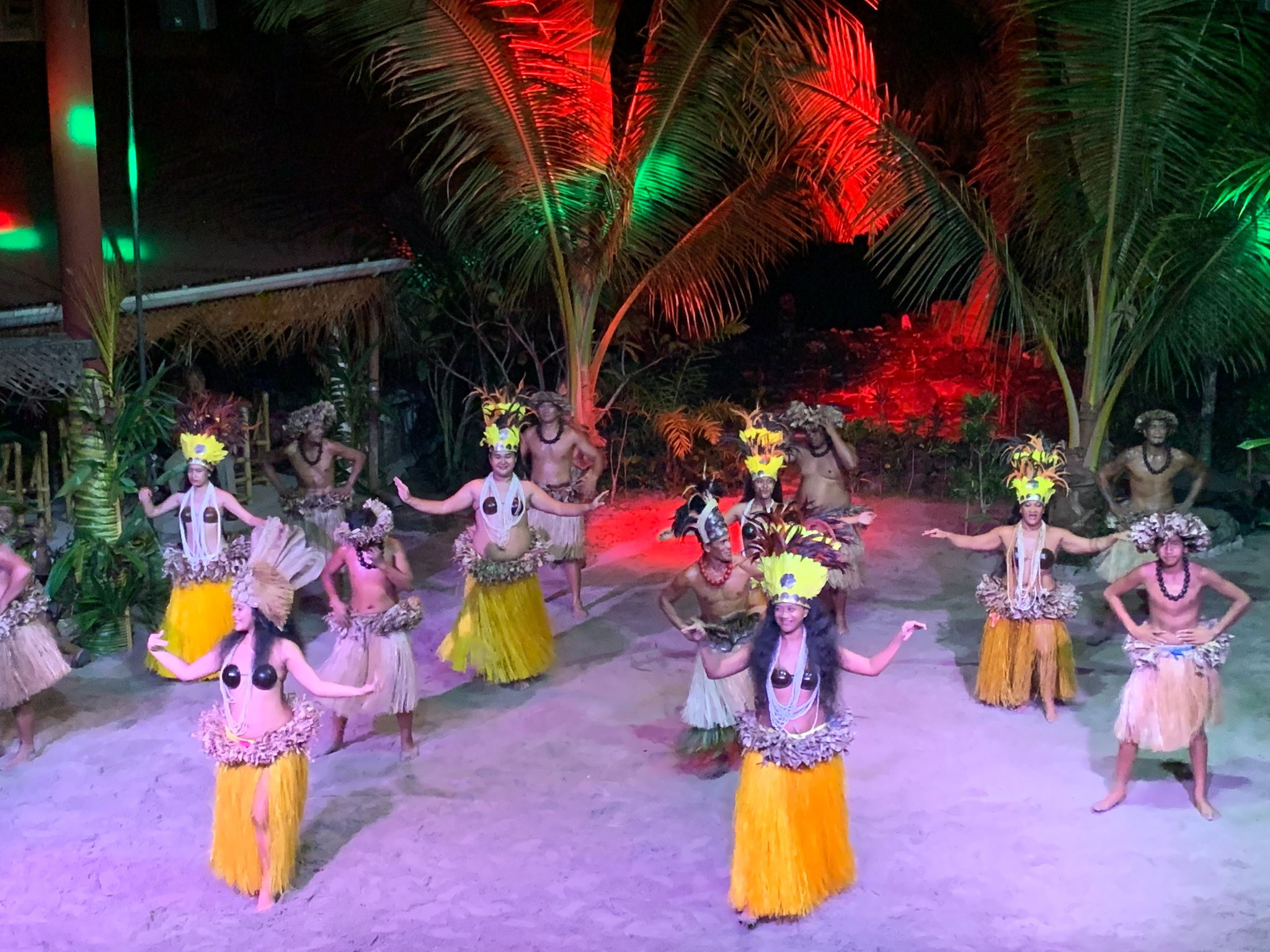
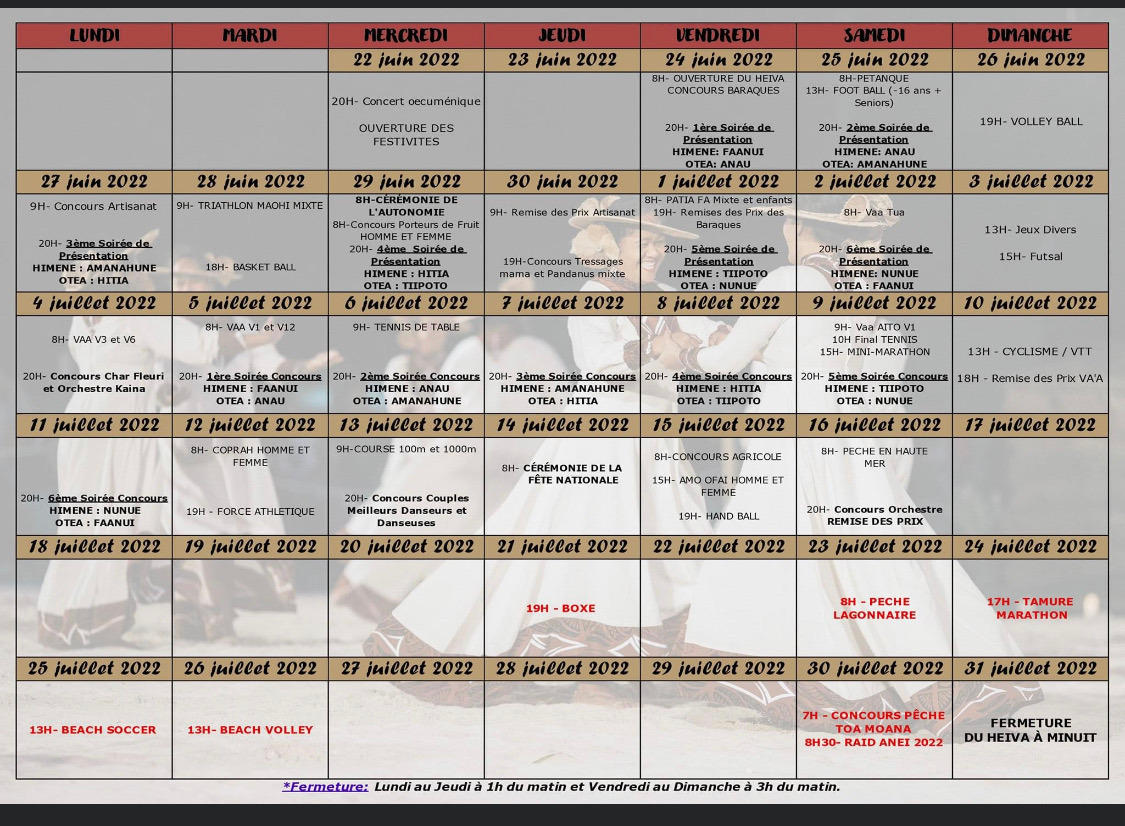

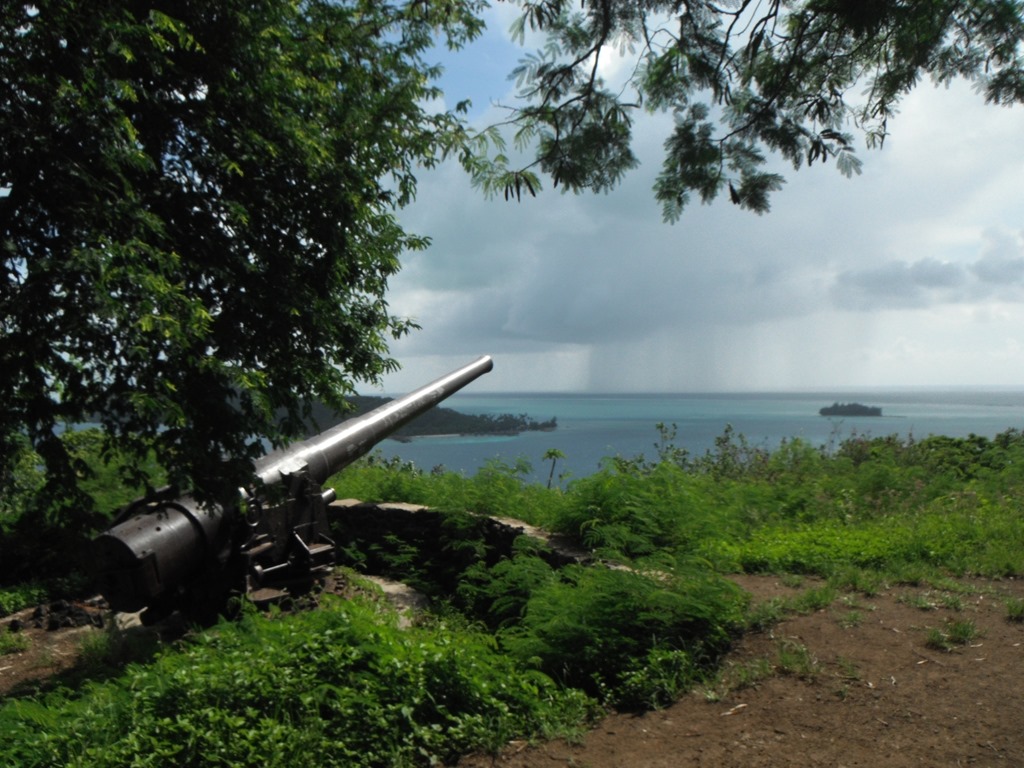



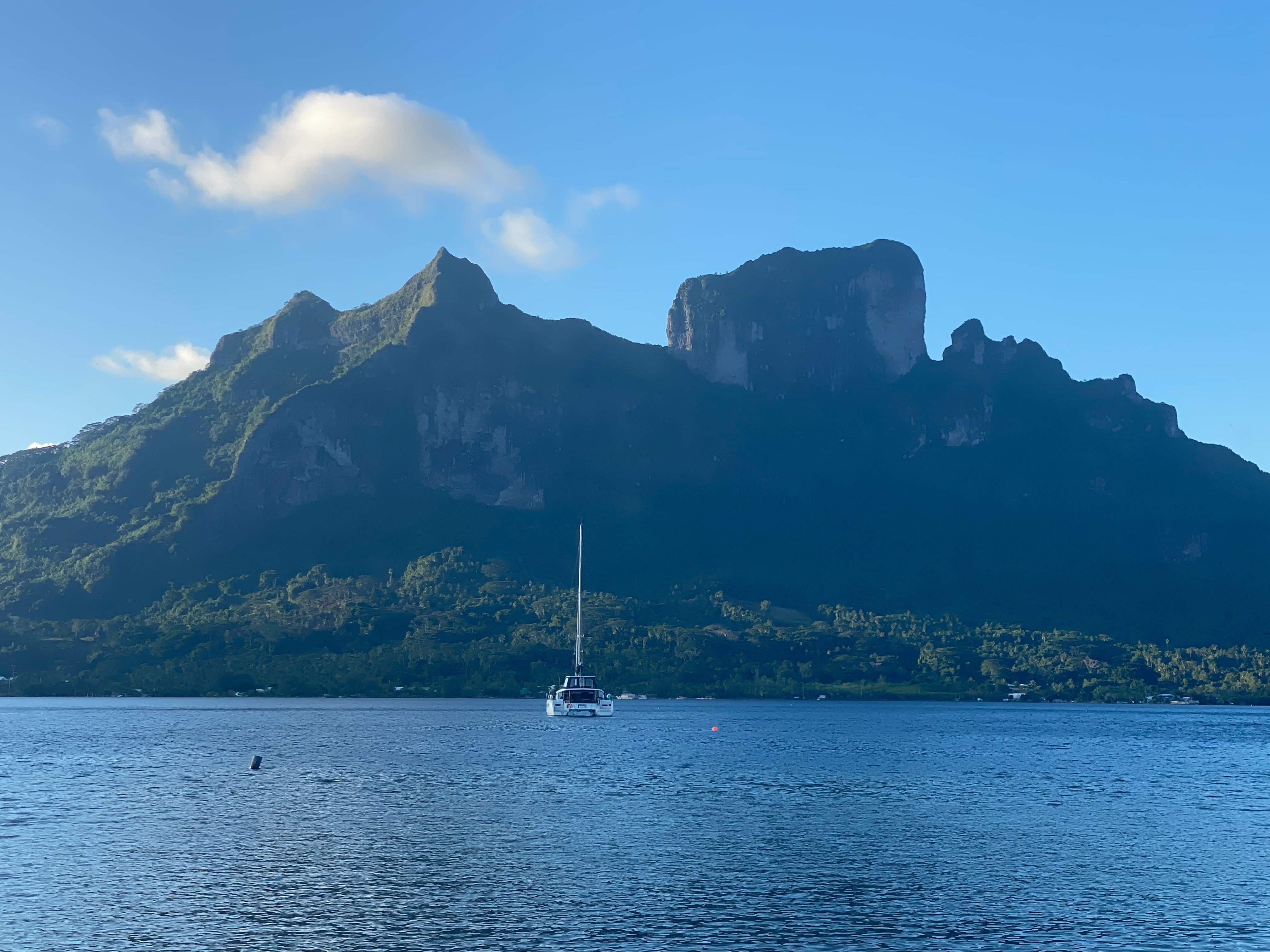
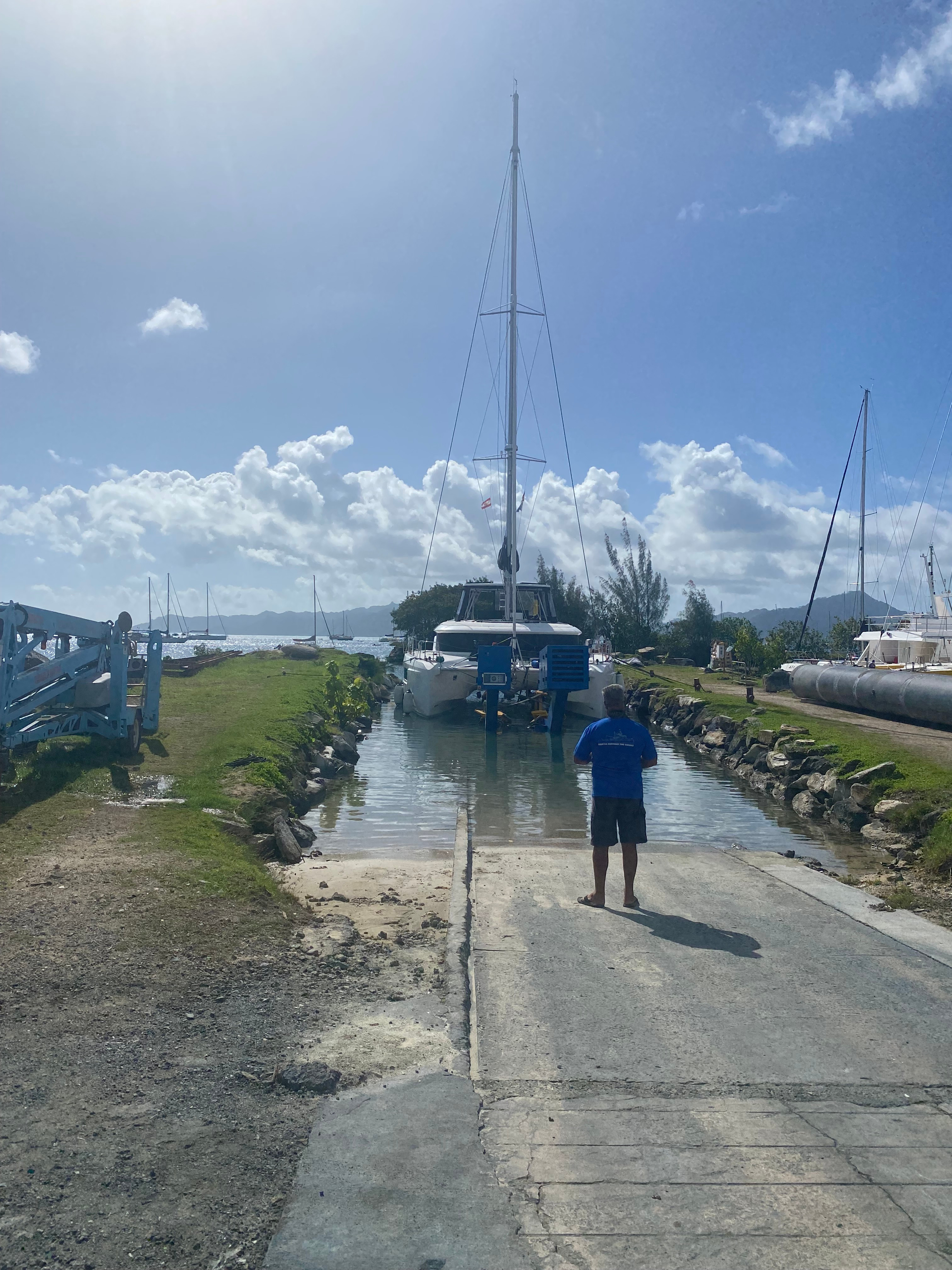


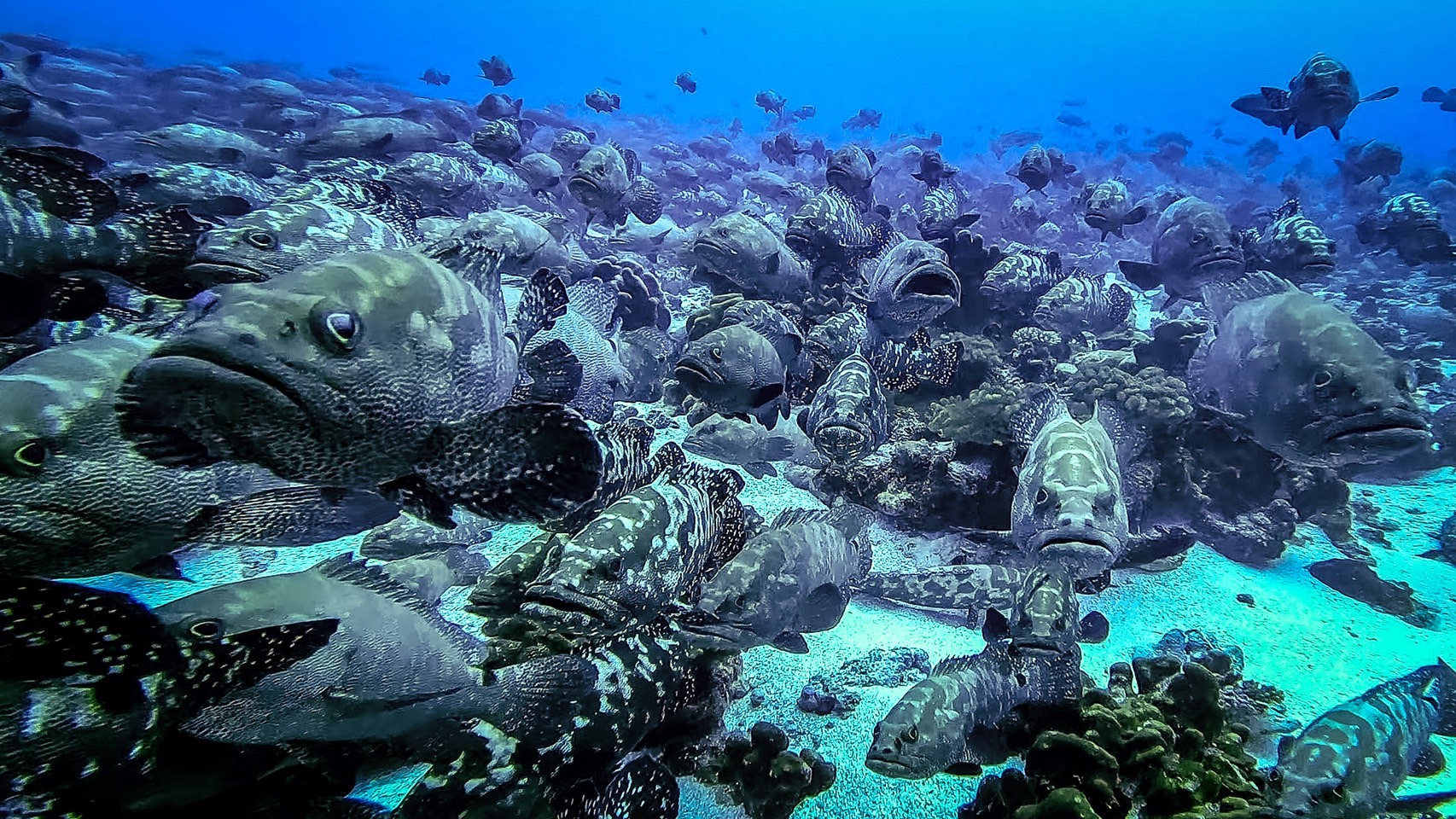
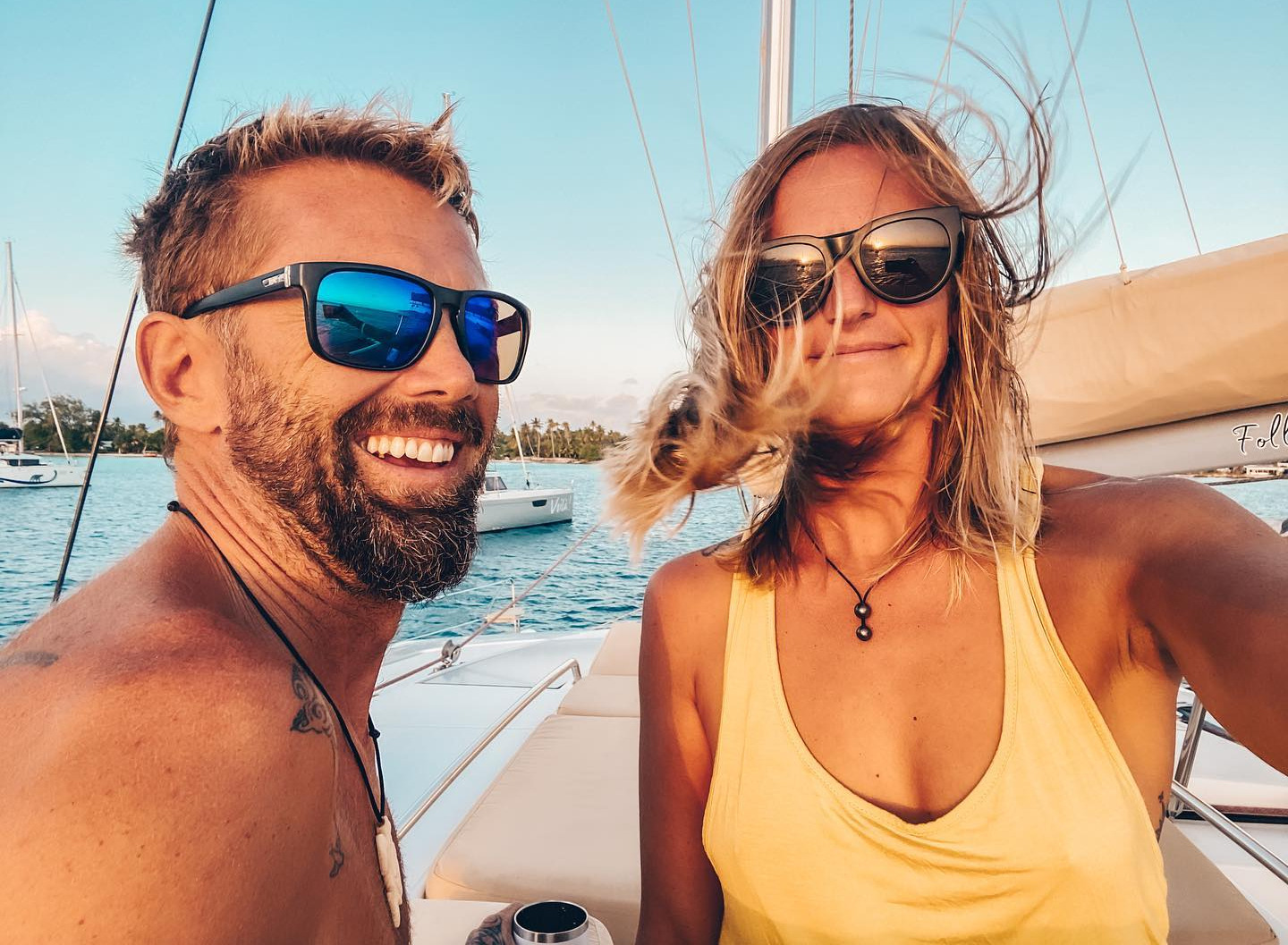
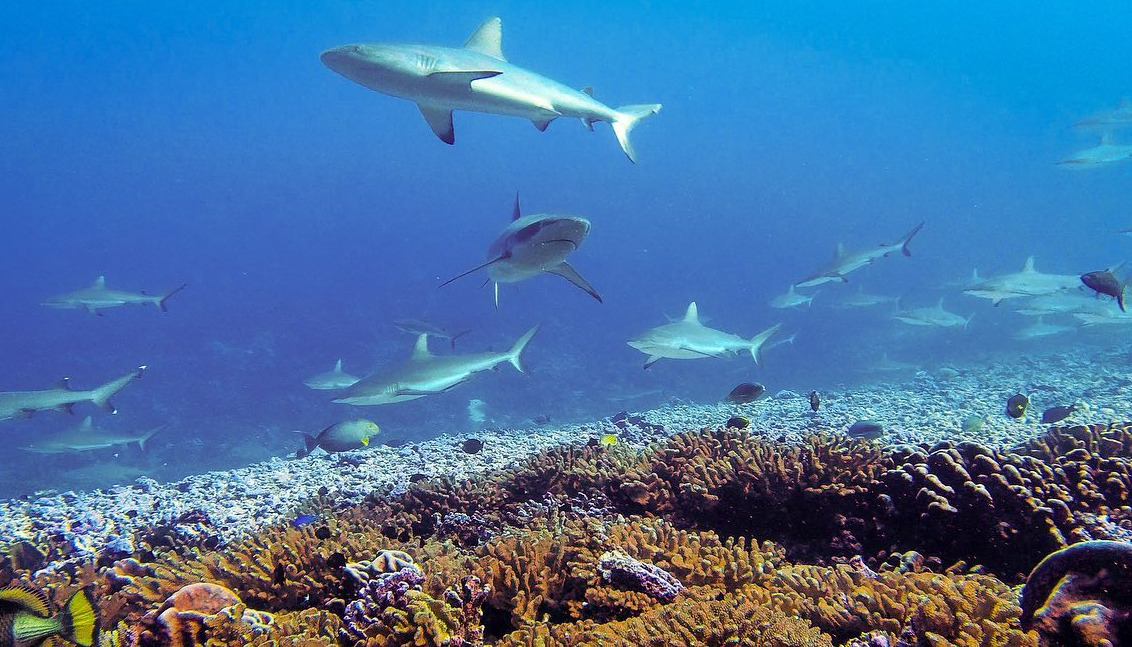
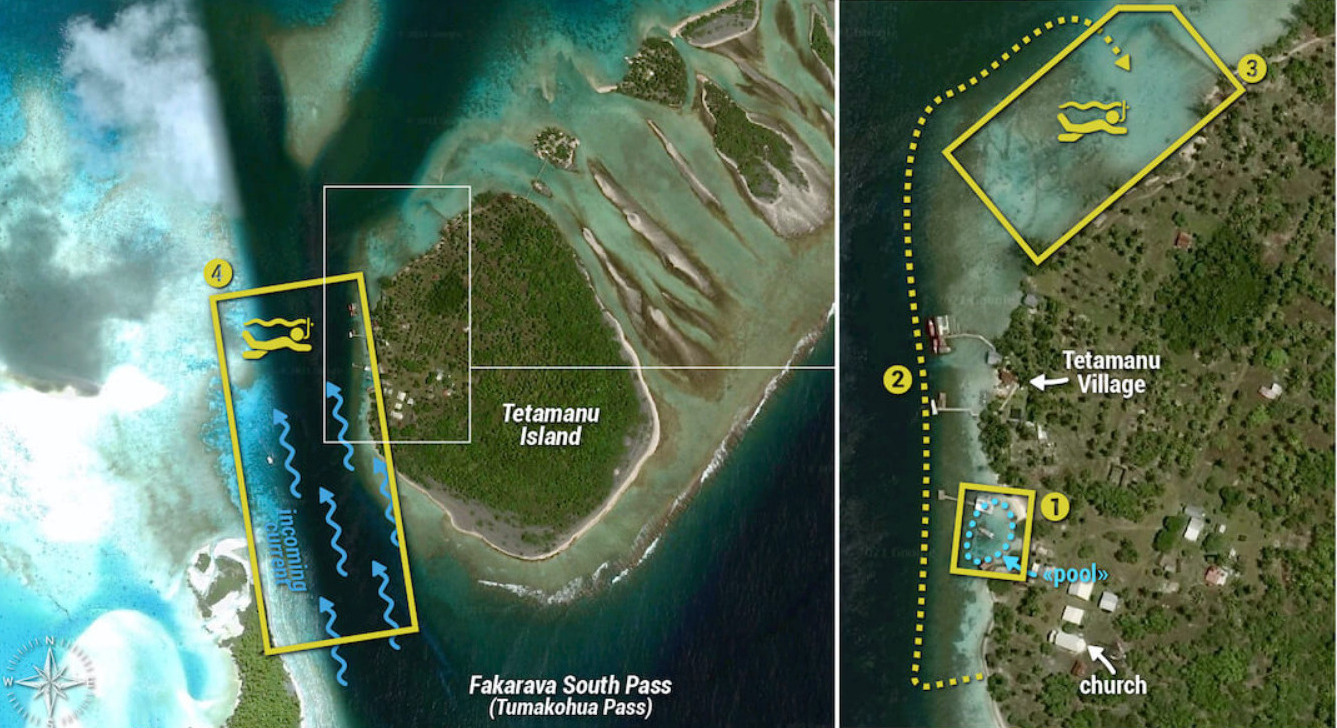


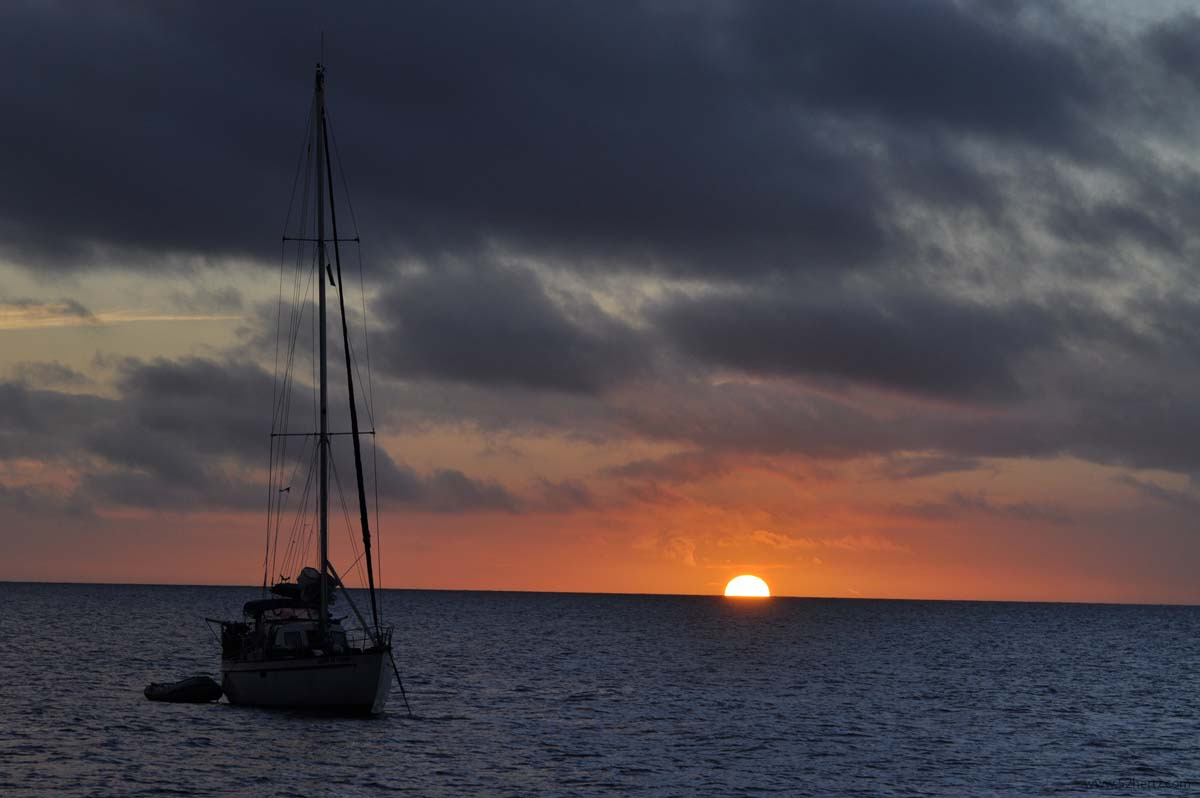

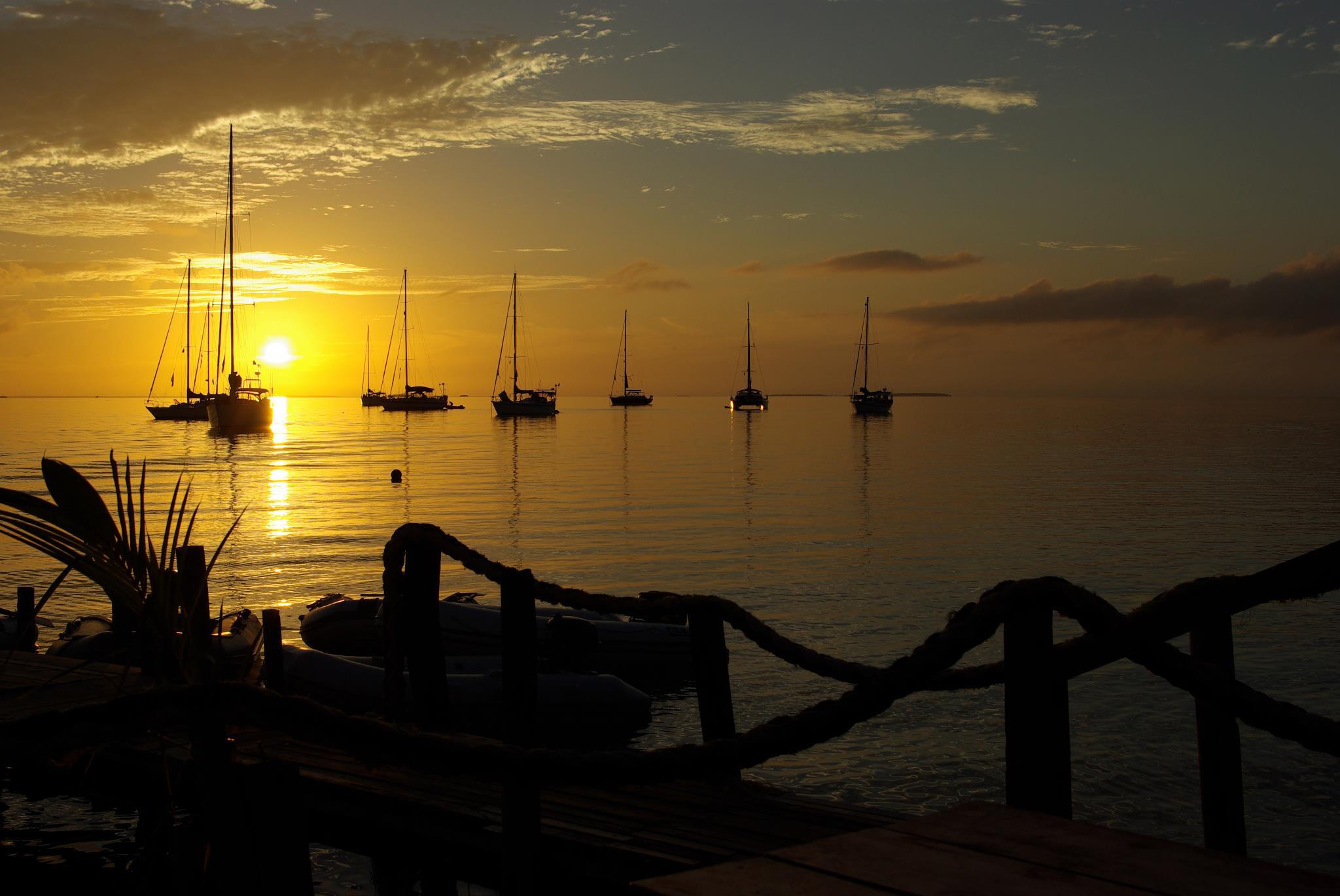
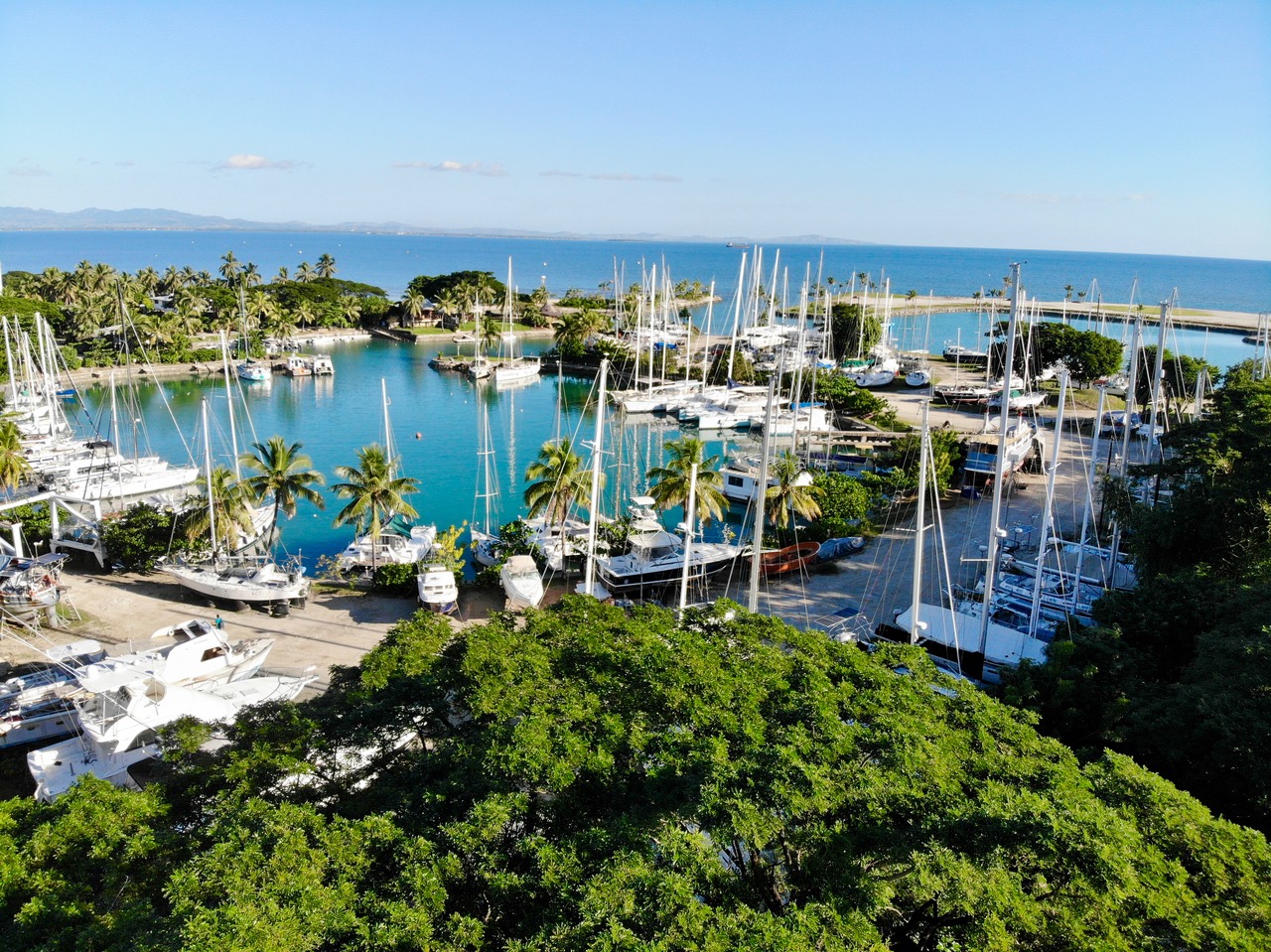
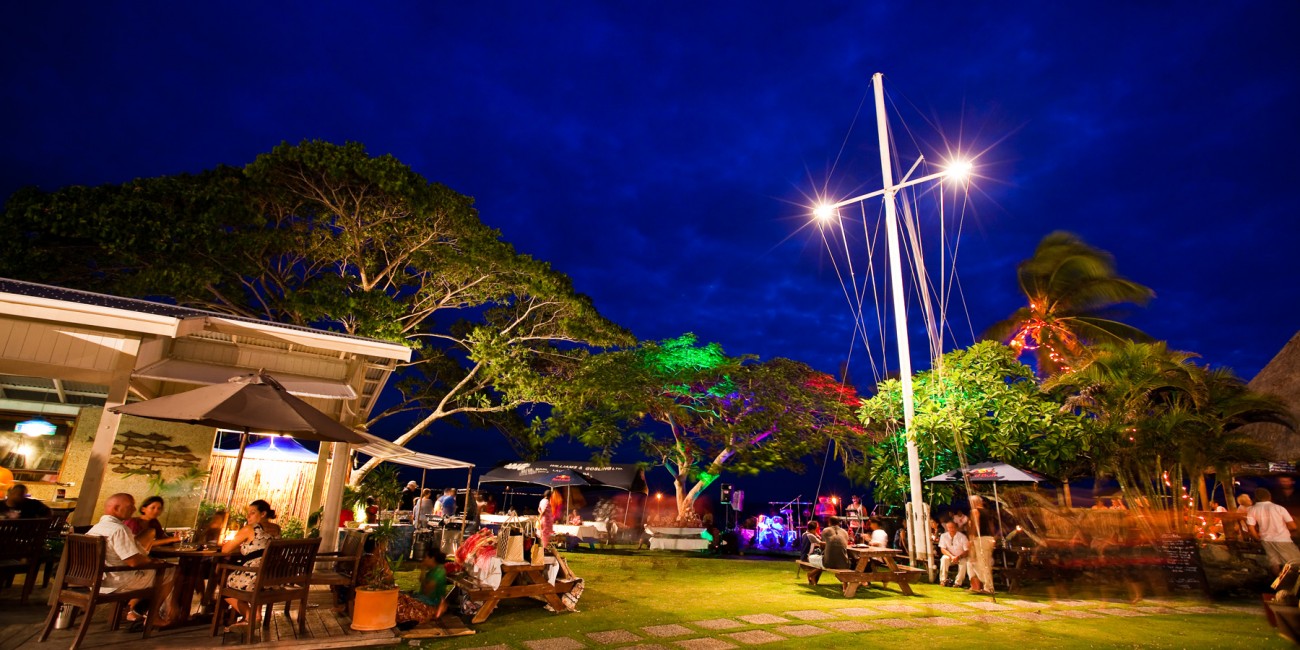
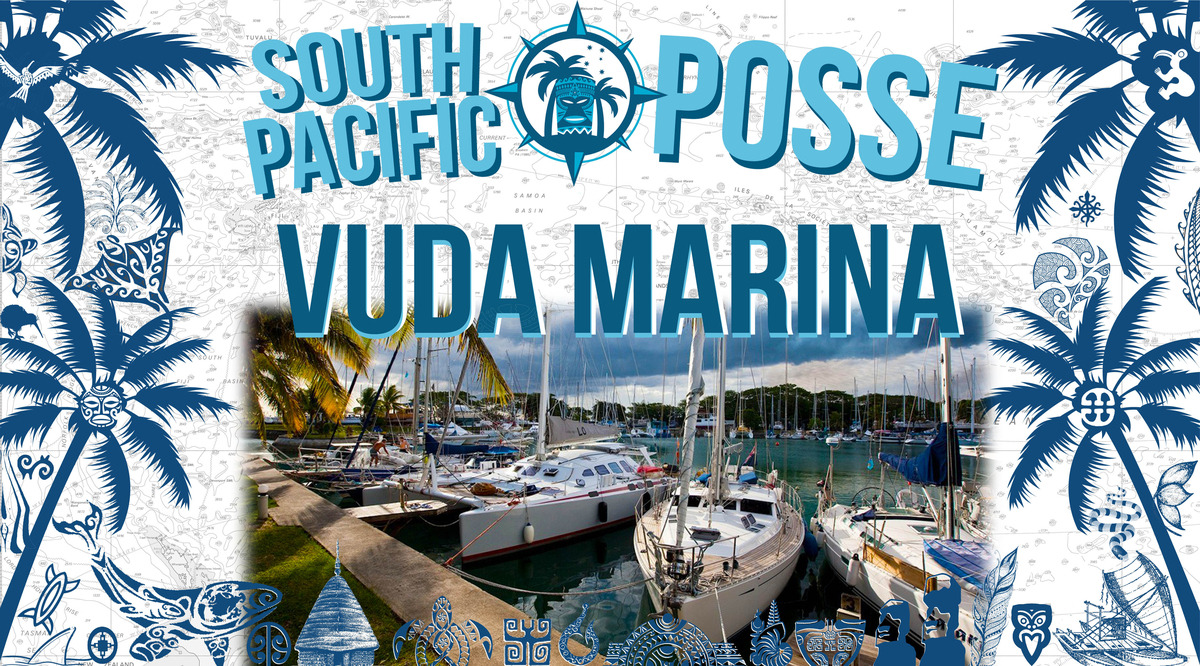

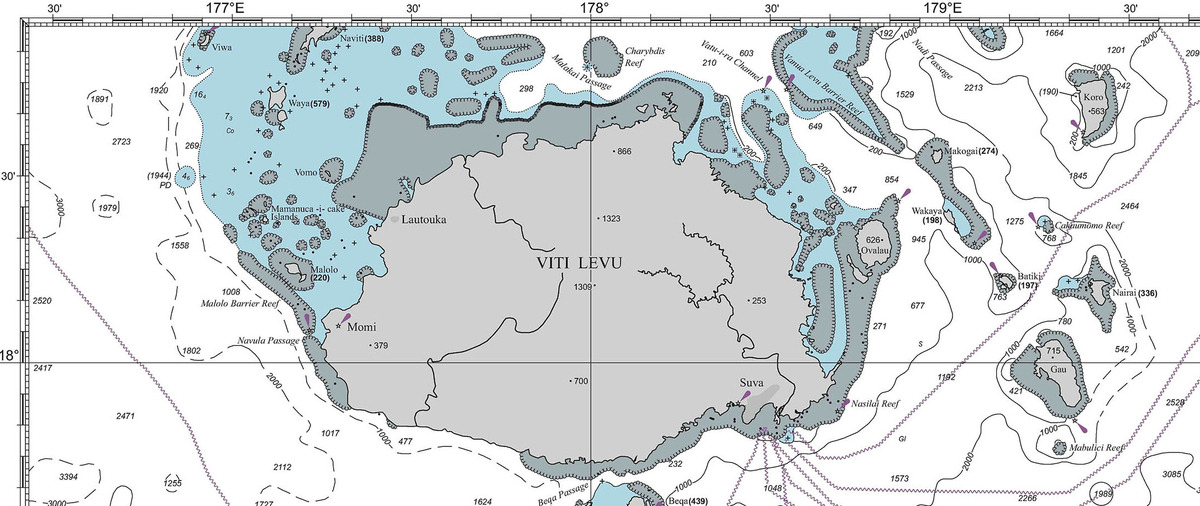
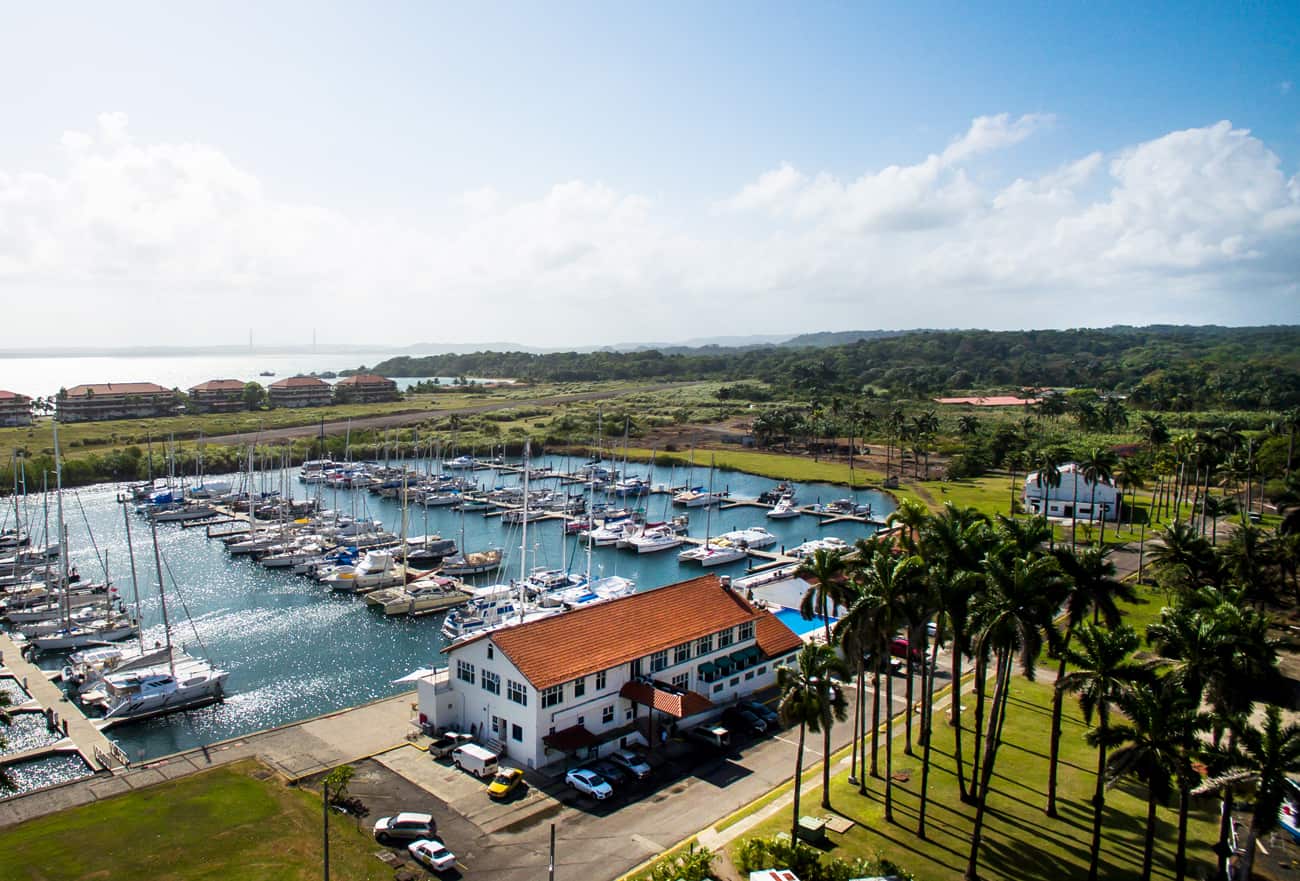
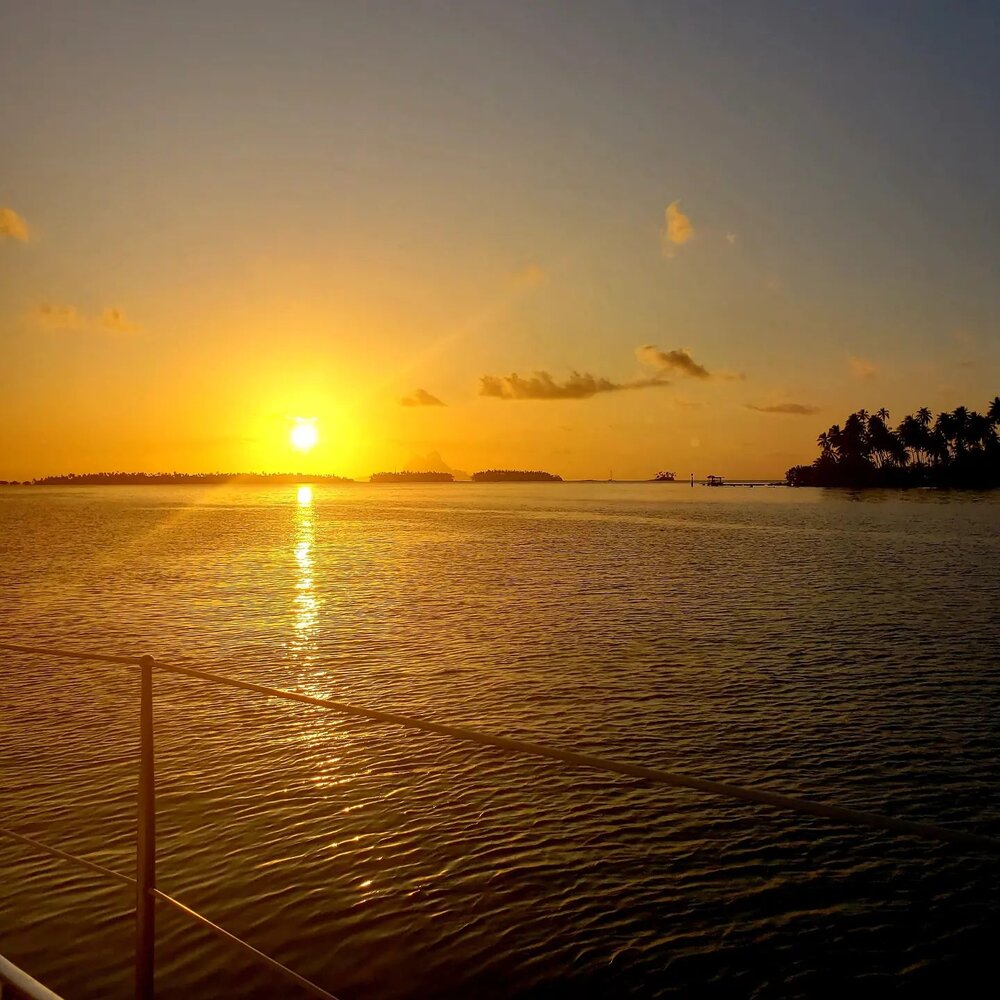


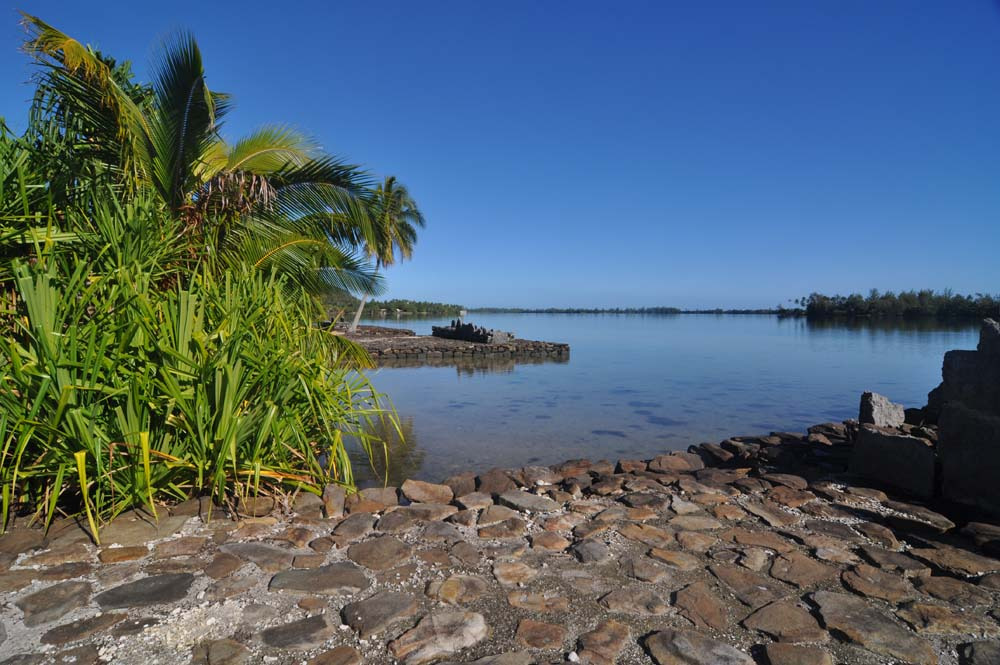
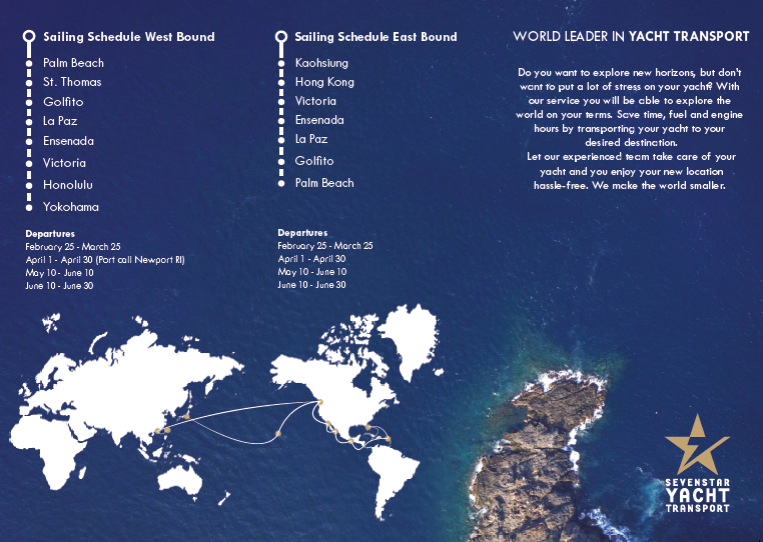
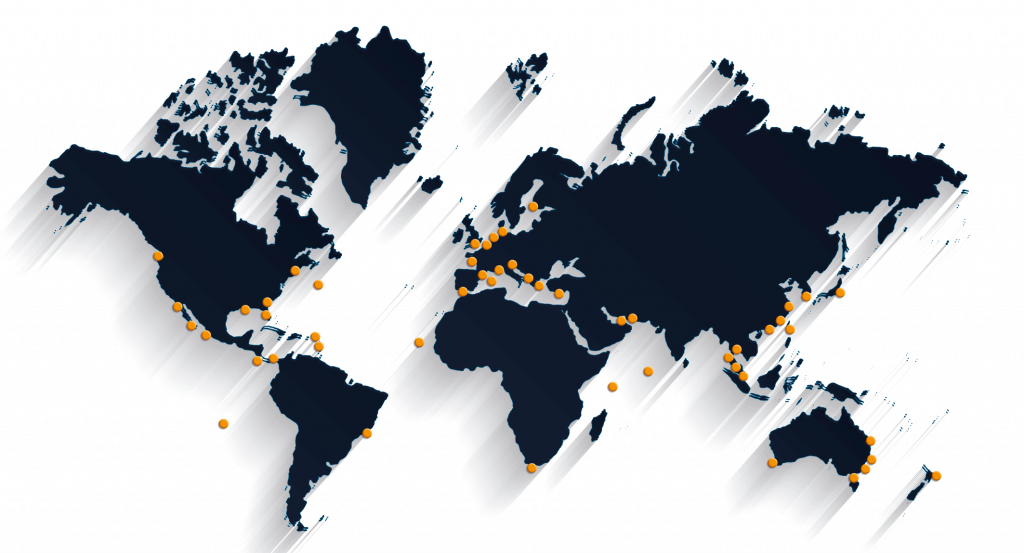

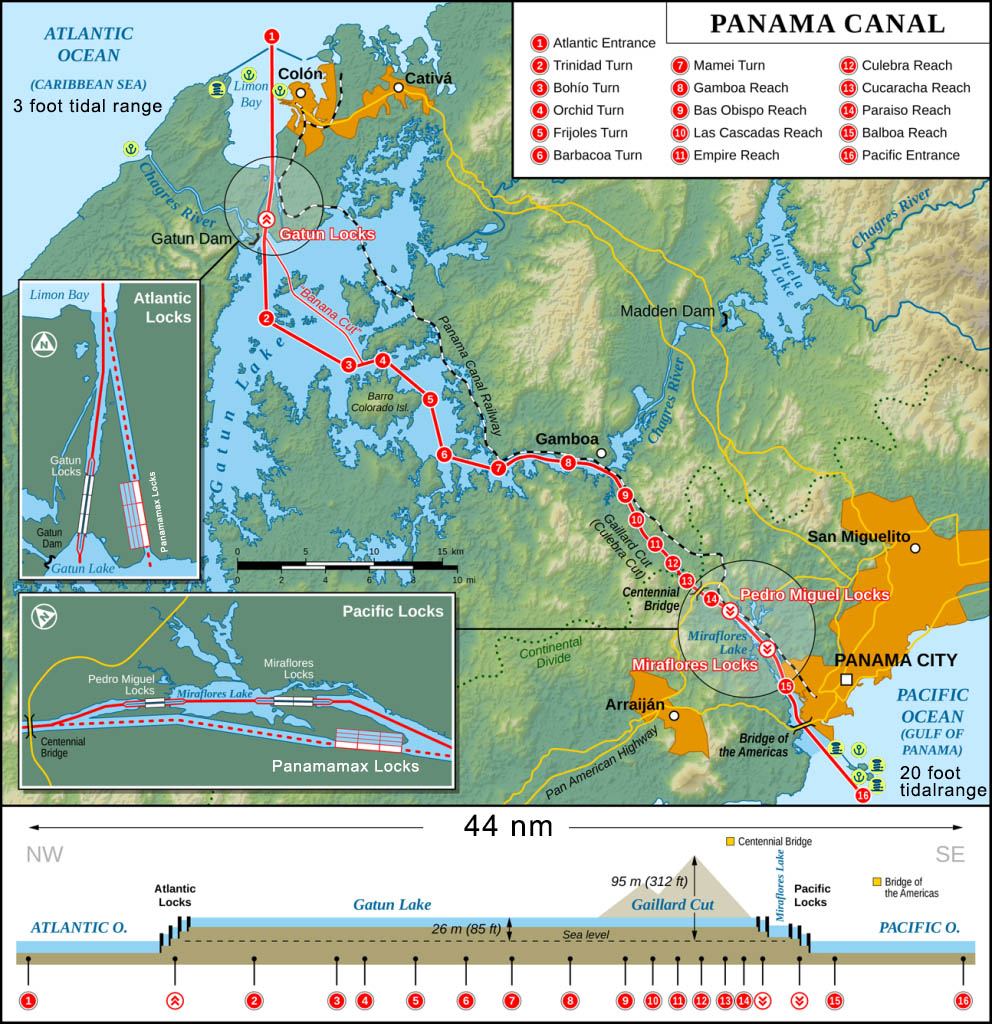
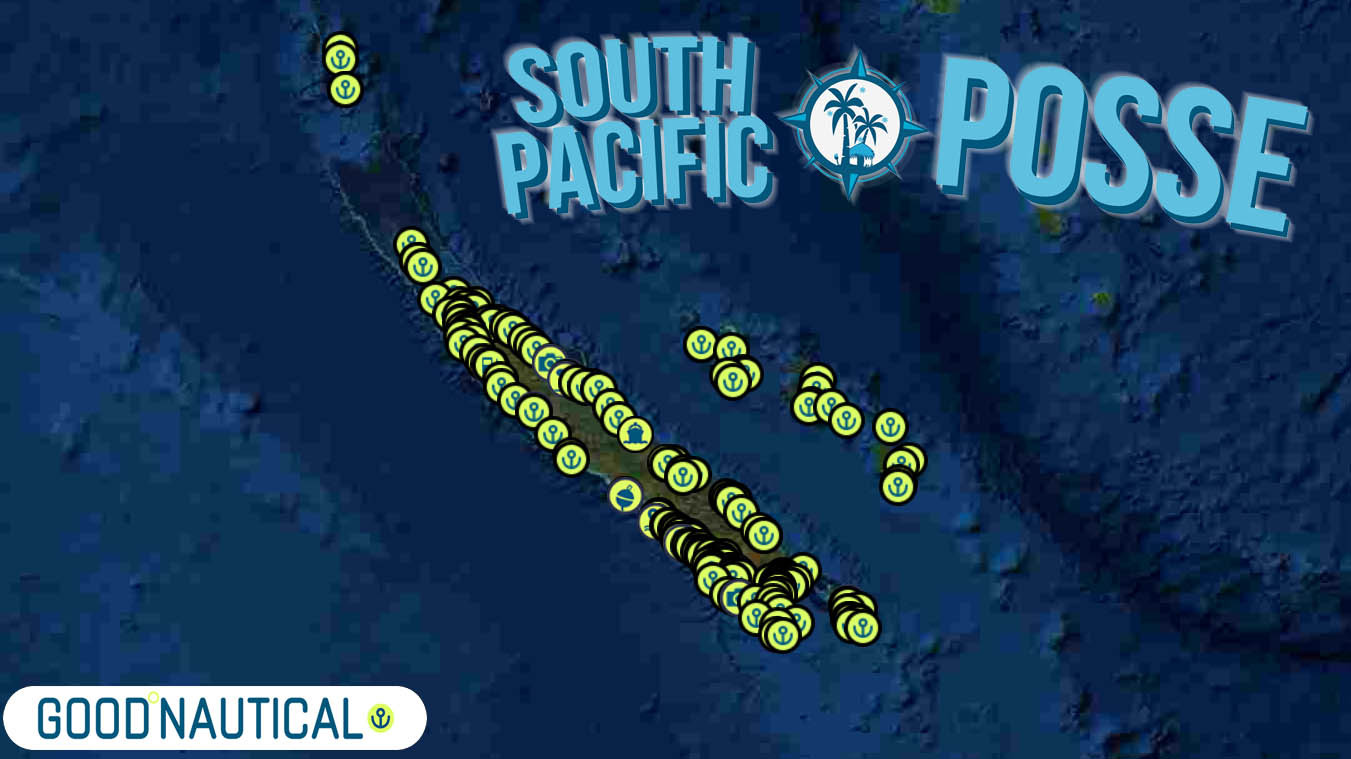
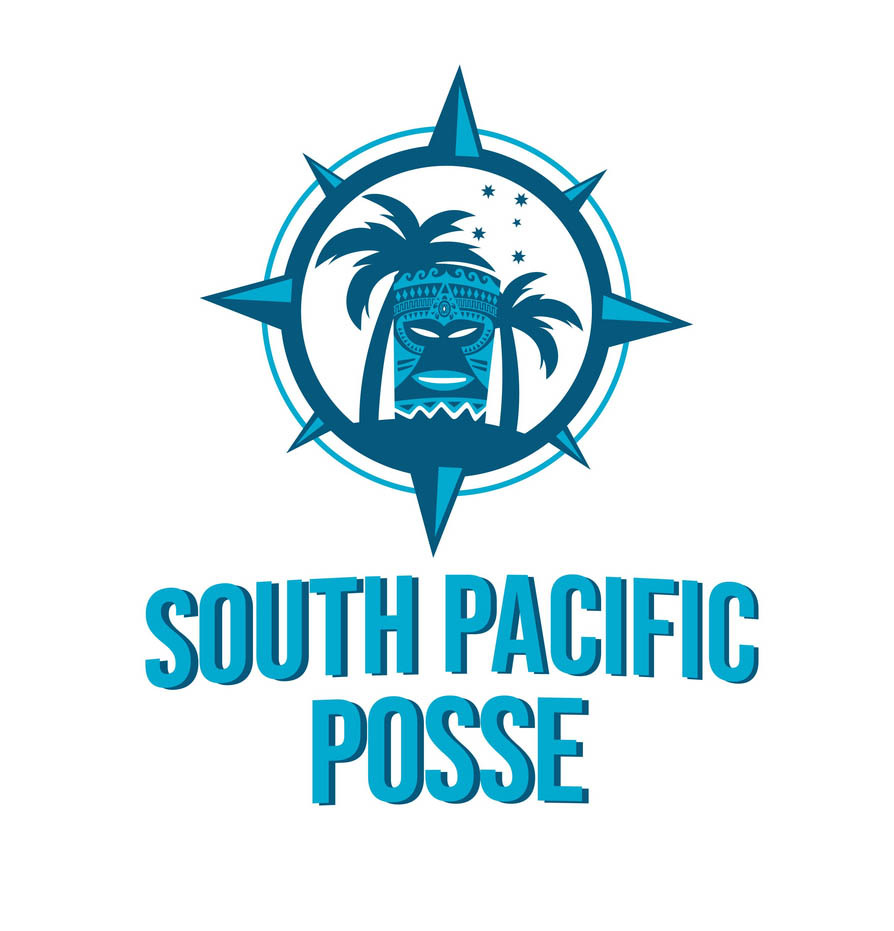



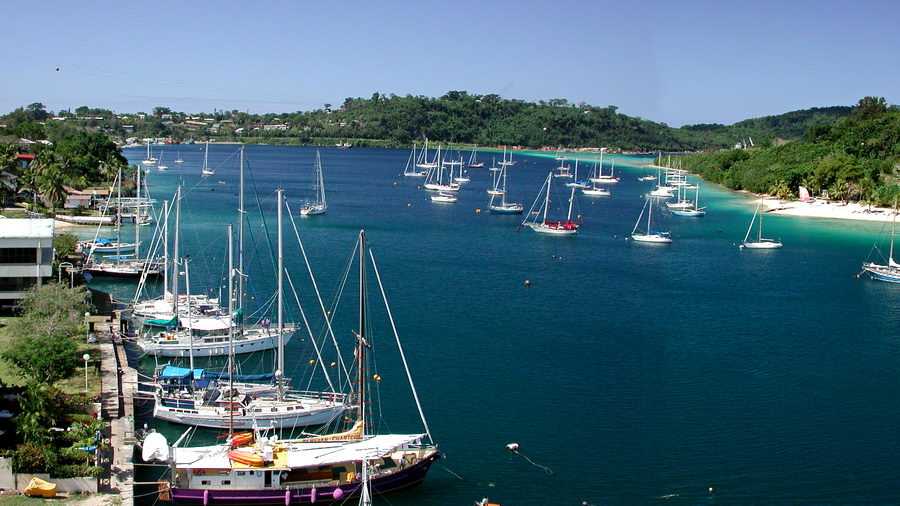
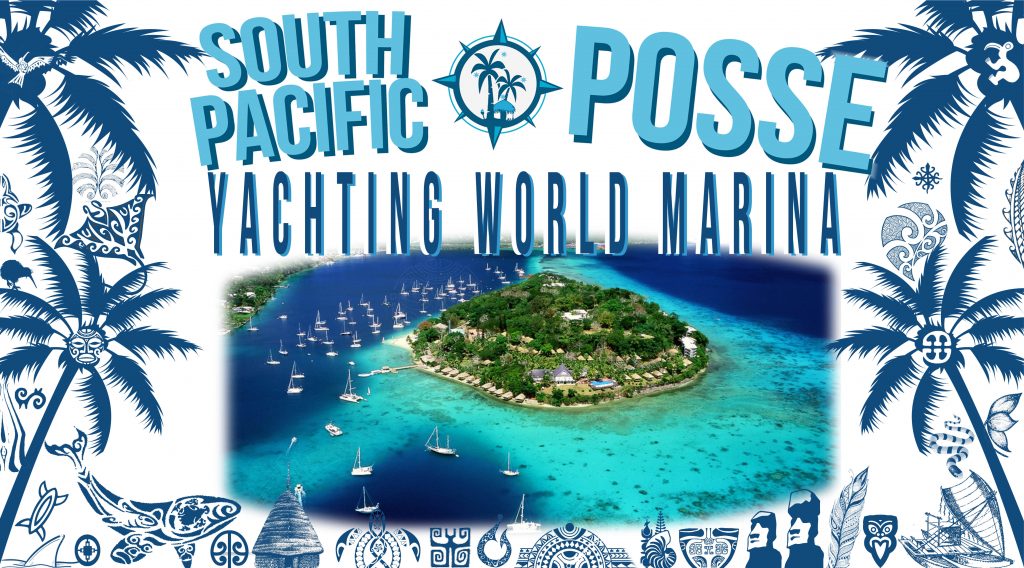
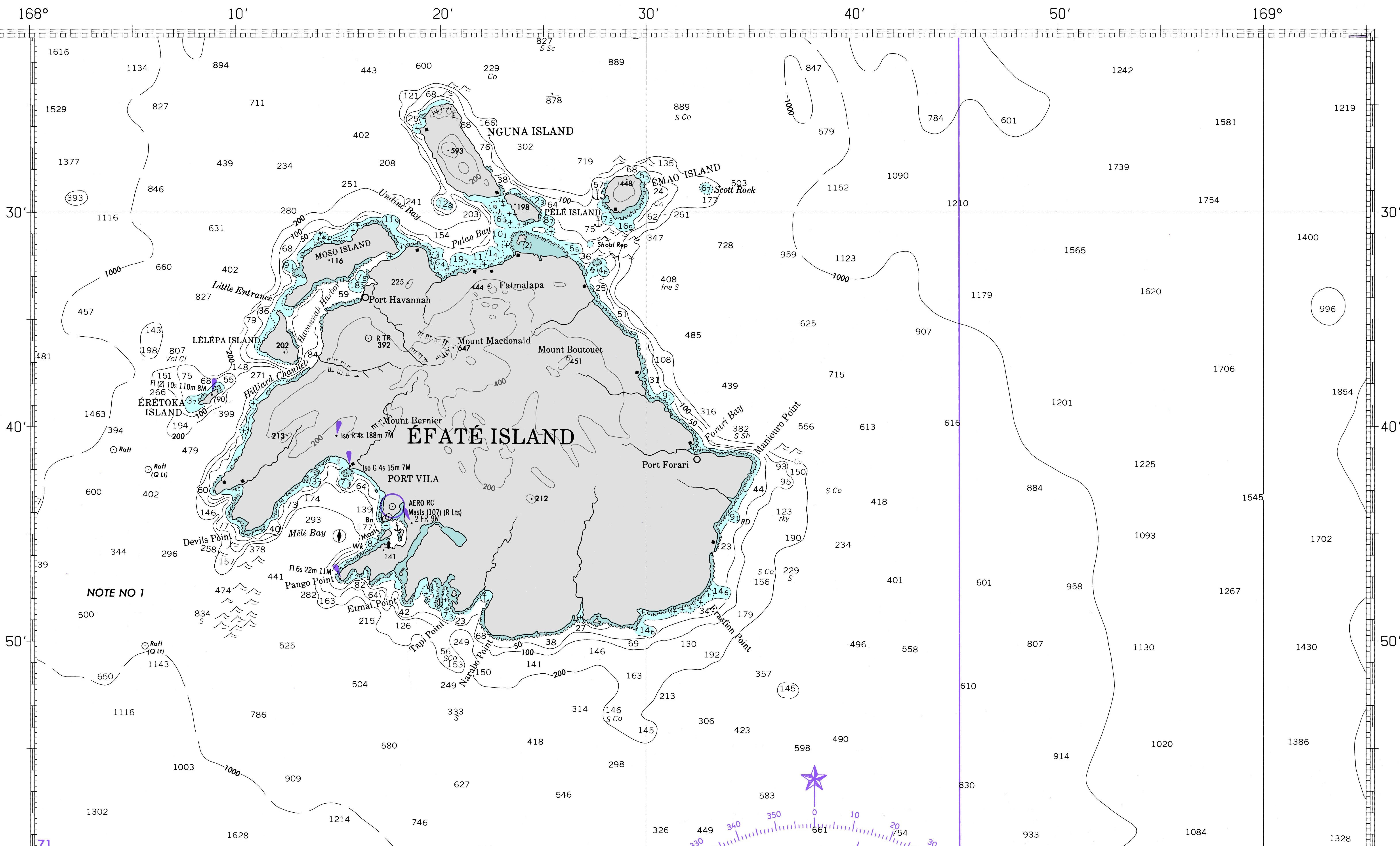
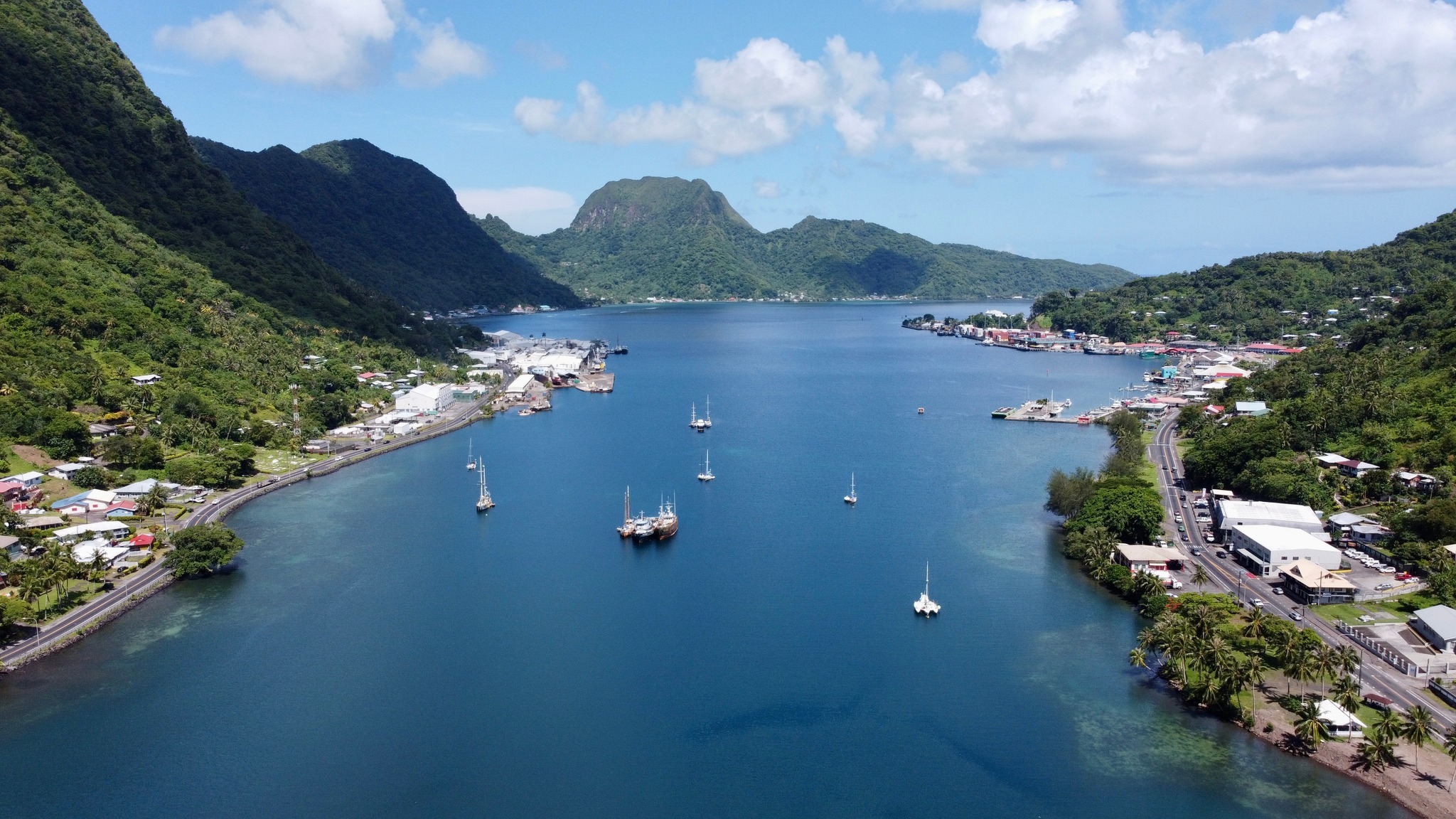
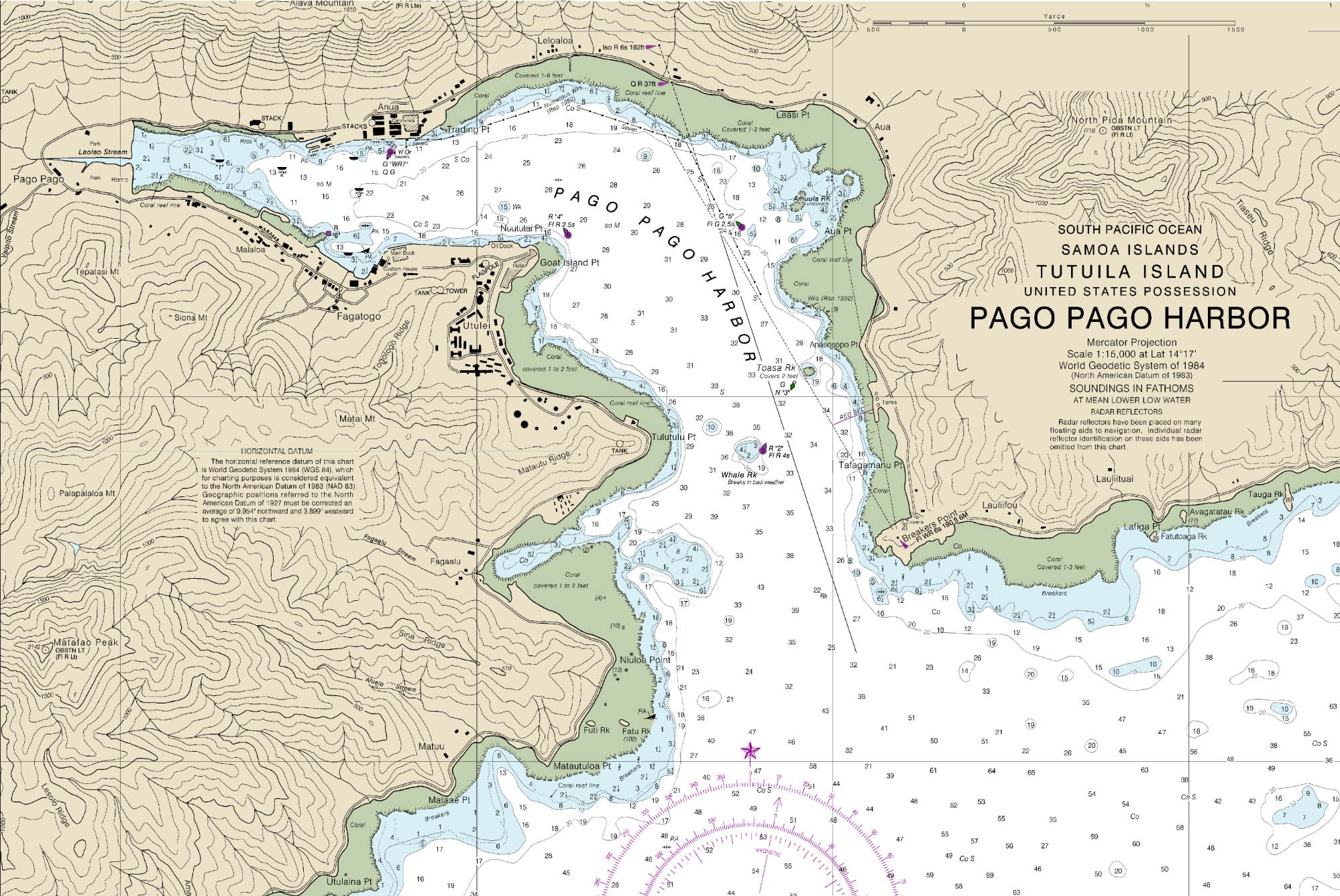
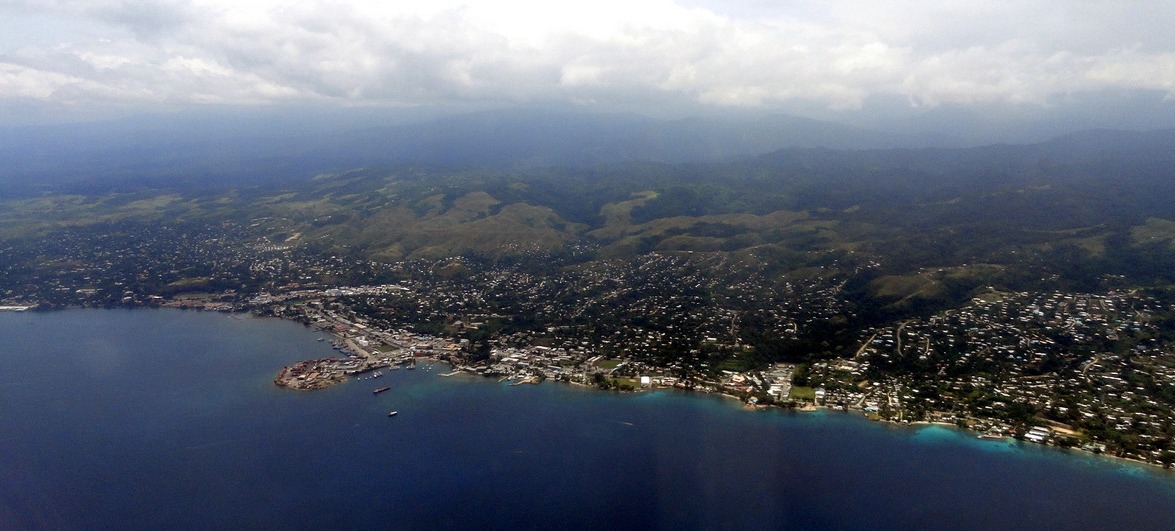
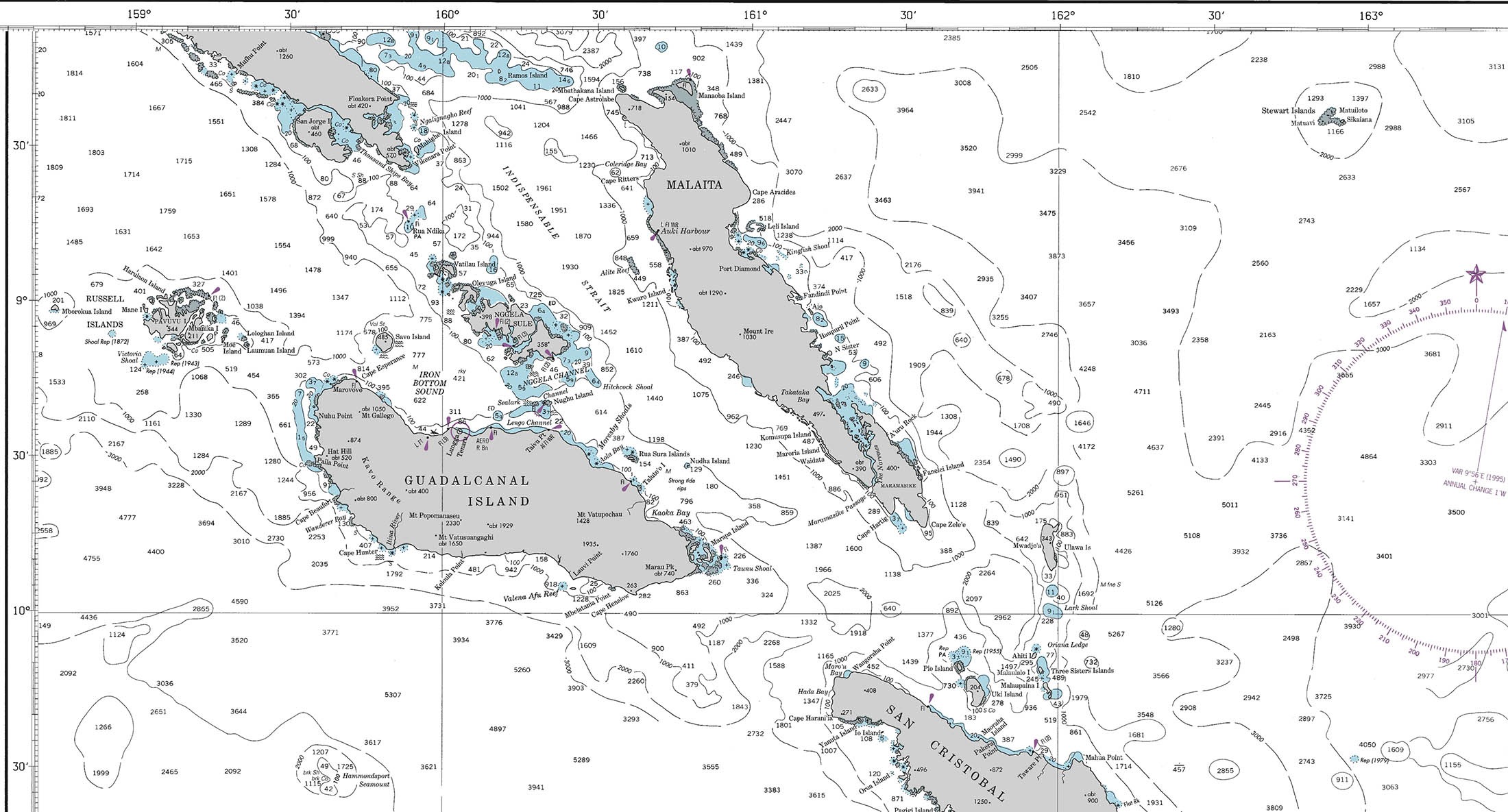
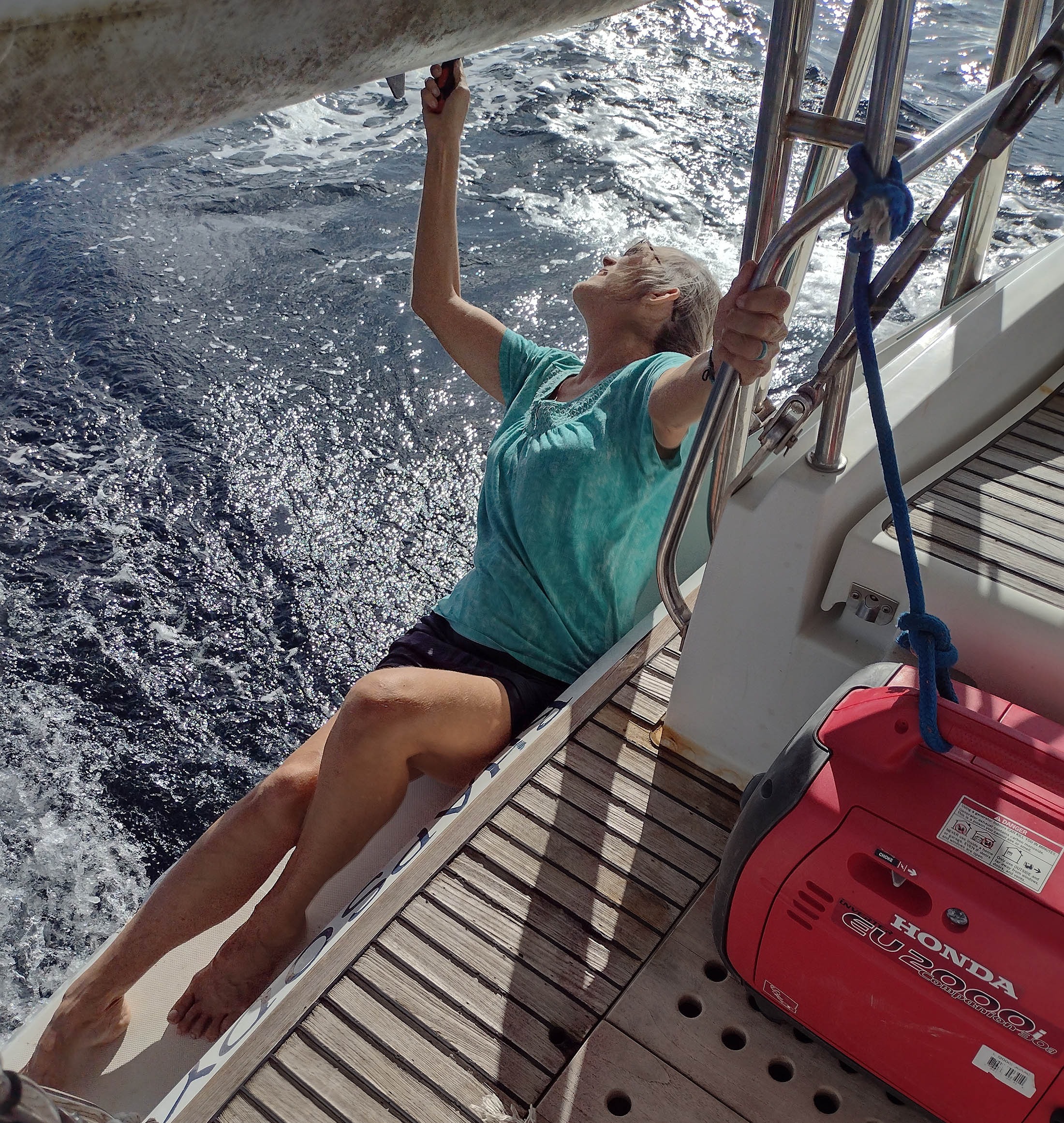


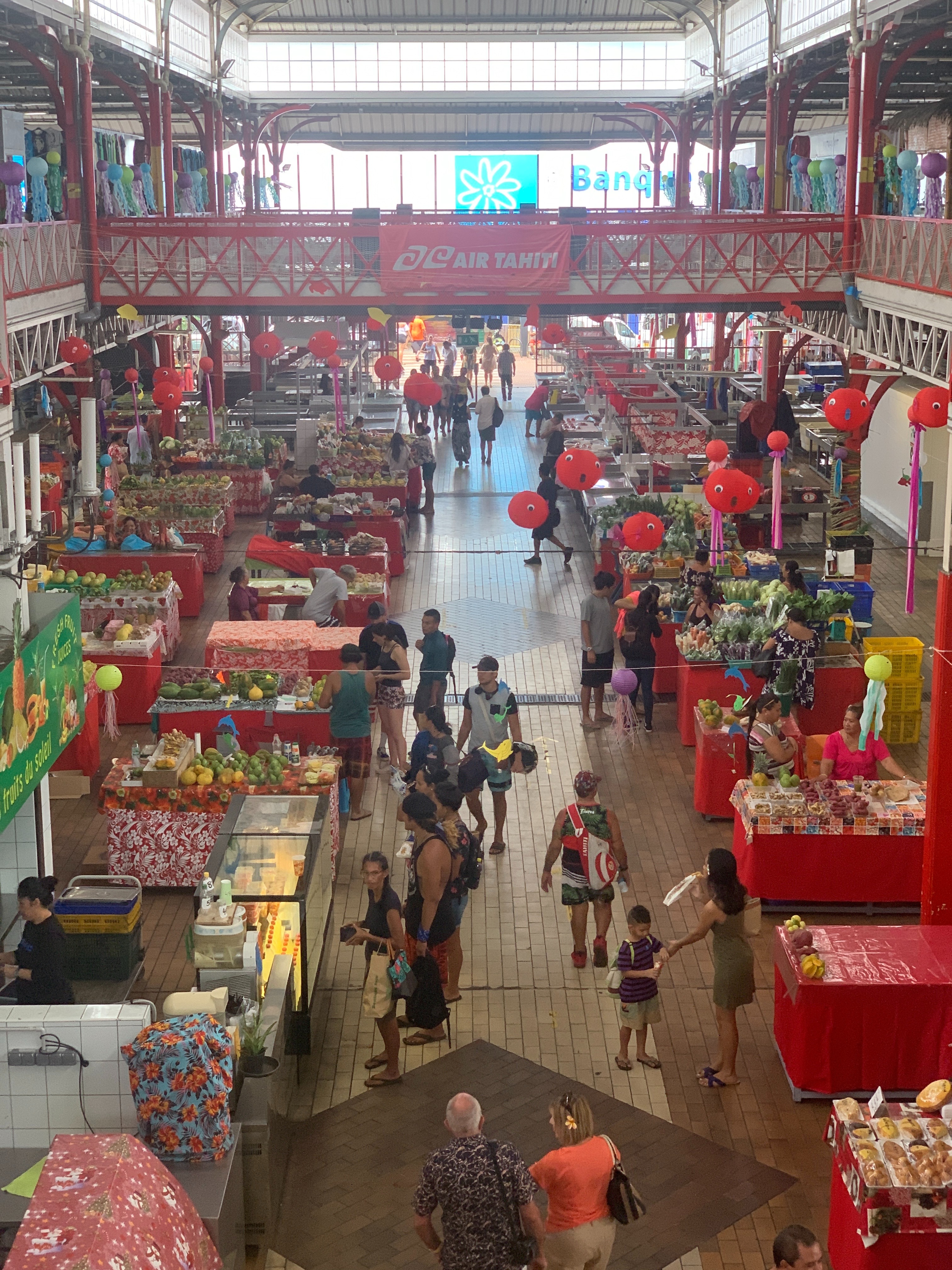
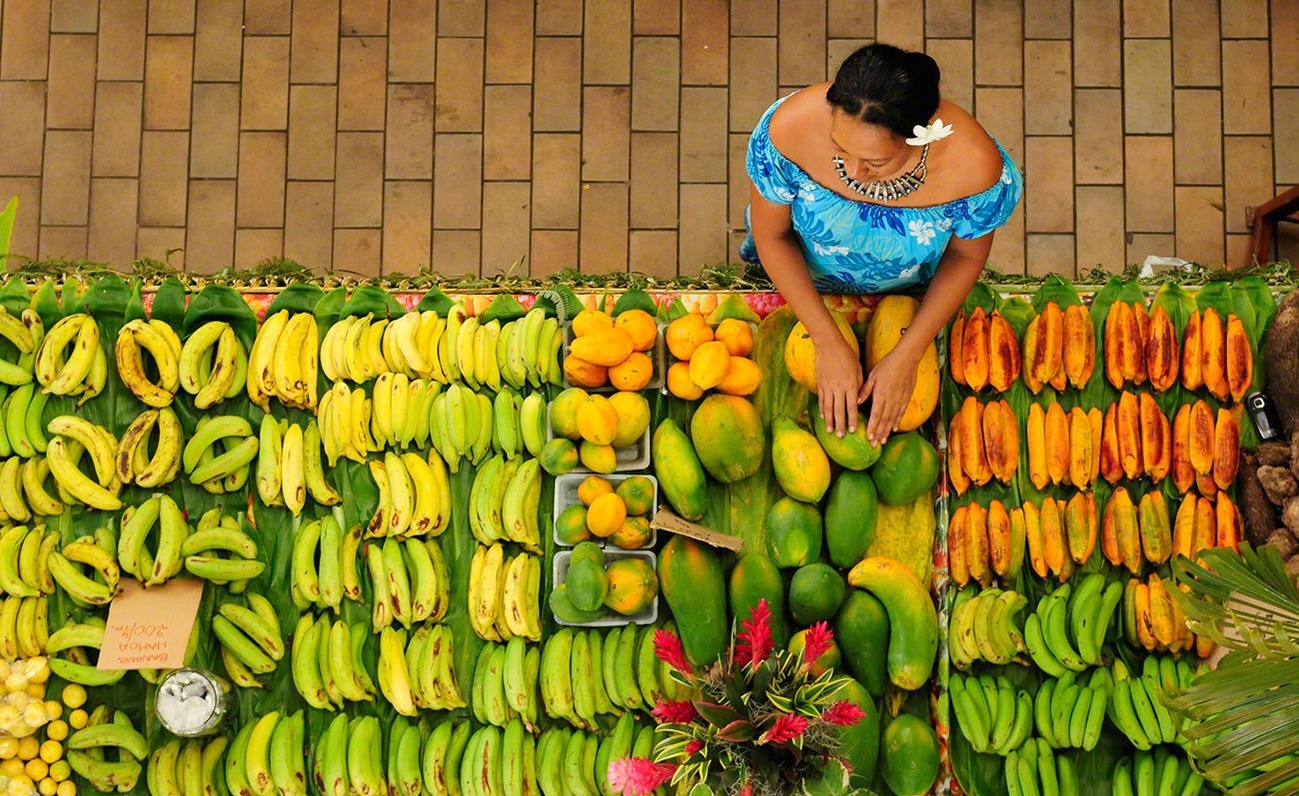

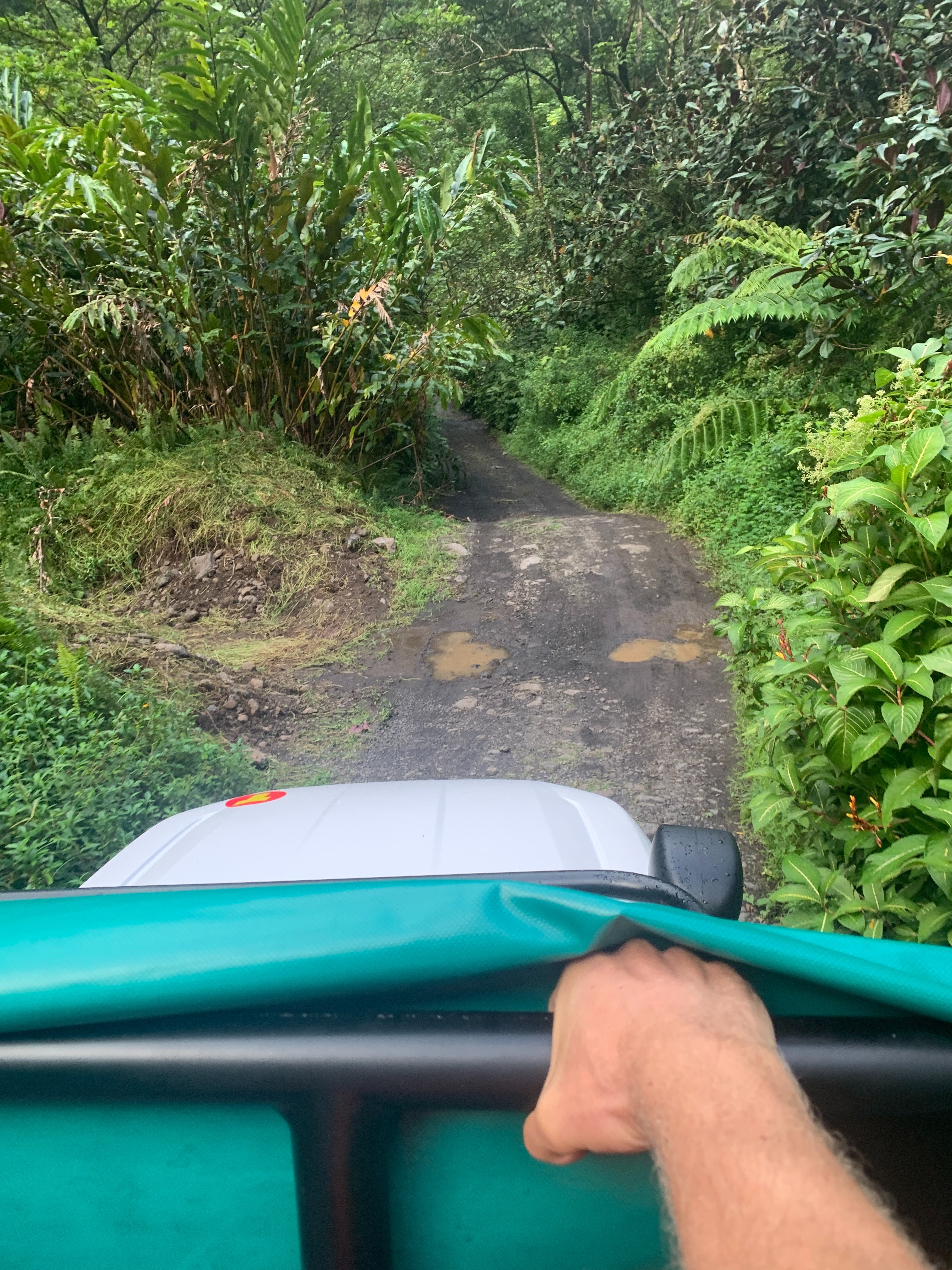
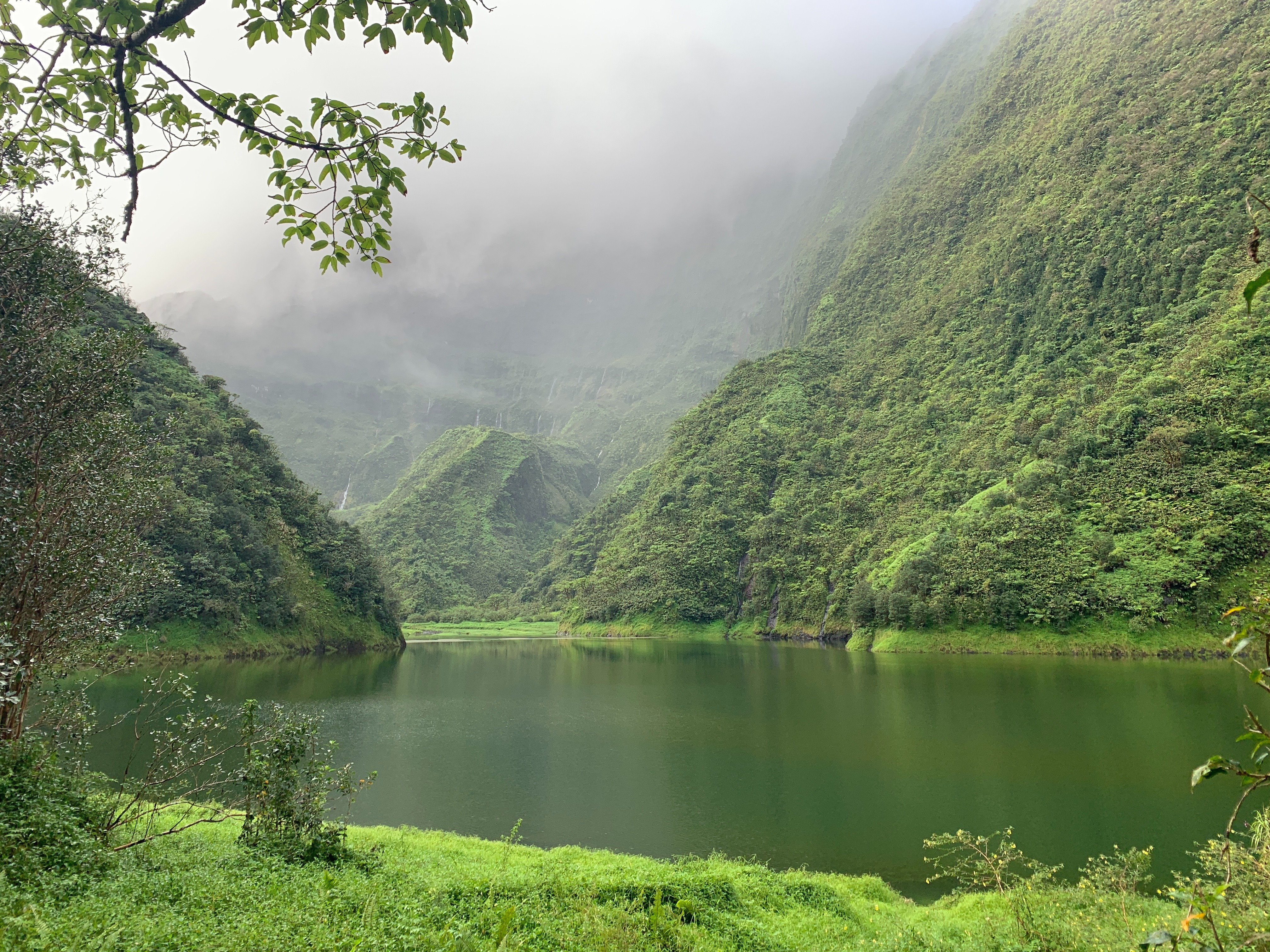
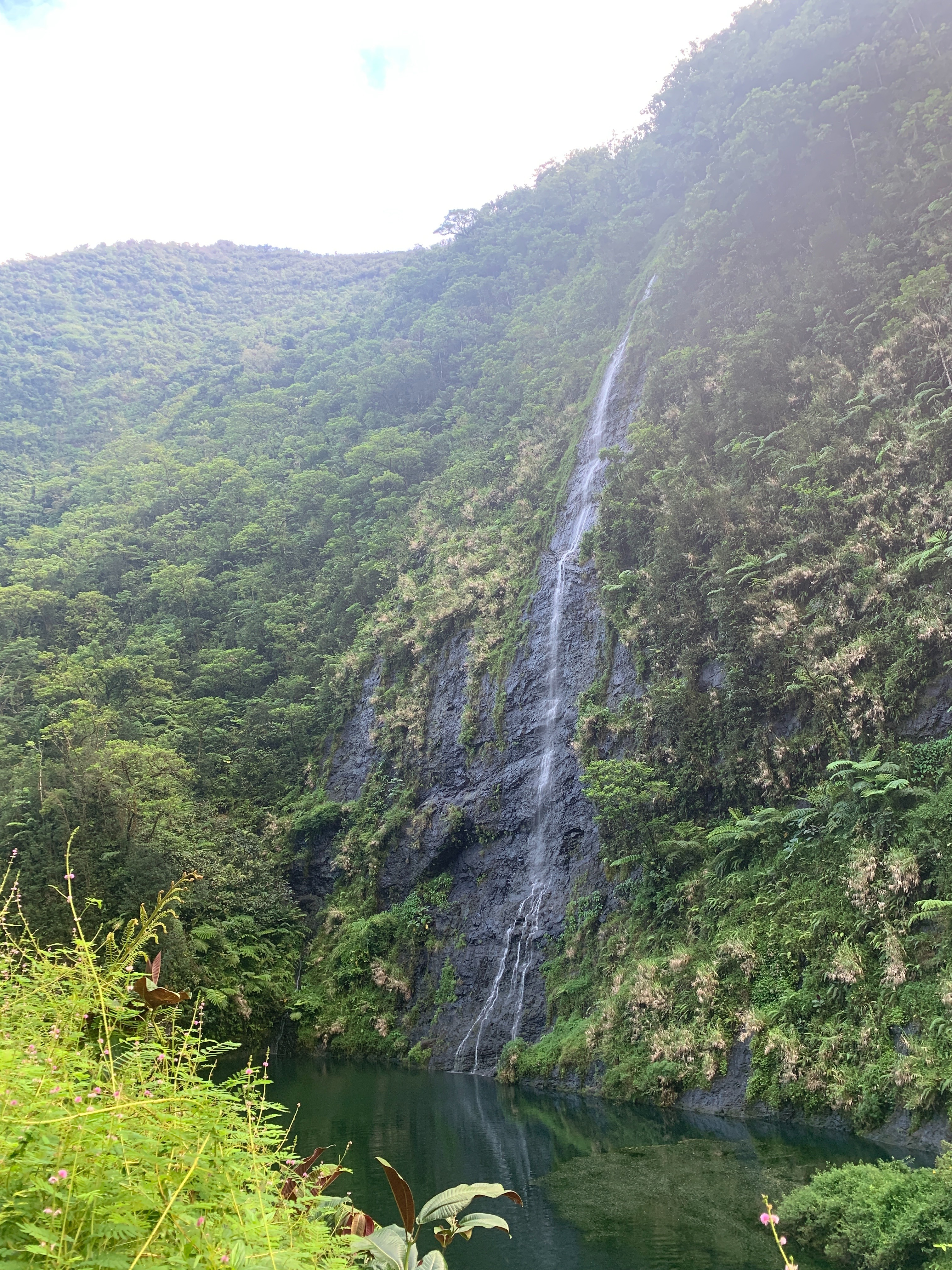
![Mont Orohena is a mountain located in the South Pacific, on the island of Tahiti. With an elevation of 2,241 metres (7,352 ft)[2] above sea level, it is the highest point of French Polynesia. Mont Orohena is an extinct volcano](/wp-content/uploads/2022/06/13/1mhjy.jpeg)


